MCLA Gallery 51 is excited to collaborate with artist Lorenzo Baker to present February, an offering of 365 days of Black History. As we continue to discuss the Black history within Art history, this project expands upon what we know and includes what has been omitted. MCLA will launch a simultaneous Instagram takeover by the artist, starting on January 1, 2022 and ending December 31, 2022, at @gallery_51. Look for complimentary programming on our 2022 Calendar of Events throughout the year.
february is a digital collage series by Lorenzo Baker that expands and explores the definitions of Black History. Looking at history from a unique vantage point, the daily project offers viewers insight into what is commonly known as Black History Month.
The push for celebrating Black History Month began in the 1920s, with the work of Historian Carter G. Woodson, who proposed in 1926 that, "It is not so much a Negro History Week as it is a History Week. We should emphasise not Negro History, but the Negro in History. What we need is not a history of selected races or nations, but the history of the world void of national bias, race hatred and religious prejudice". Motivated by Carter. G Woodson, february extends the argument that the achievements, moments, and record of Black people should be commemorated well beyond the standardized 28/29-day long window.
Sourcing from the principles of Afrofuturism, which override western approaches to time, space, and meaning, february began by addressing the question “what happens if February never ends?” Utilizing historical photographs, documents, illustrations, and images sourced from the internet, the artworks bend the viewers understanding of what is worth historizing. As a daily meditation on Black History, each artwork blends and incorporates new or obscure information and data into depictions of well-known and unfamiliar icons within the black historical cosmos.

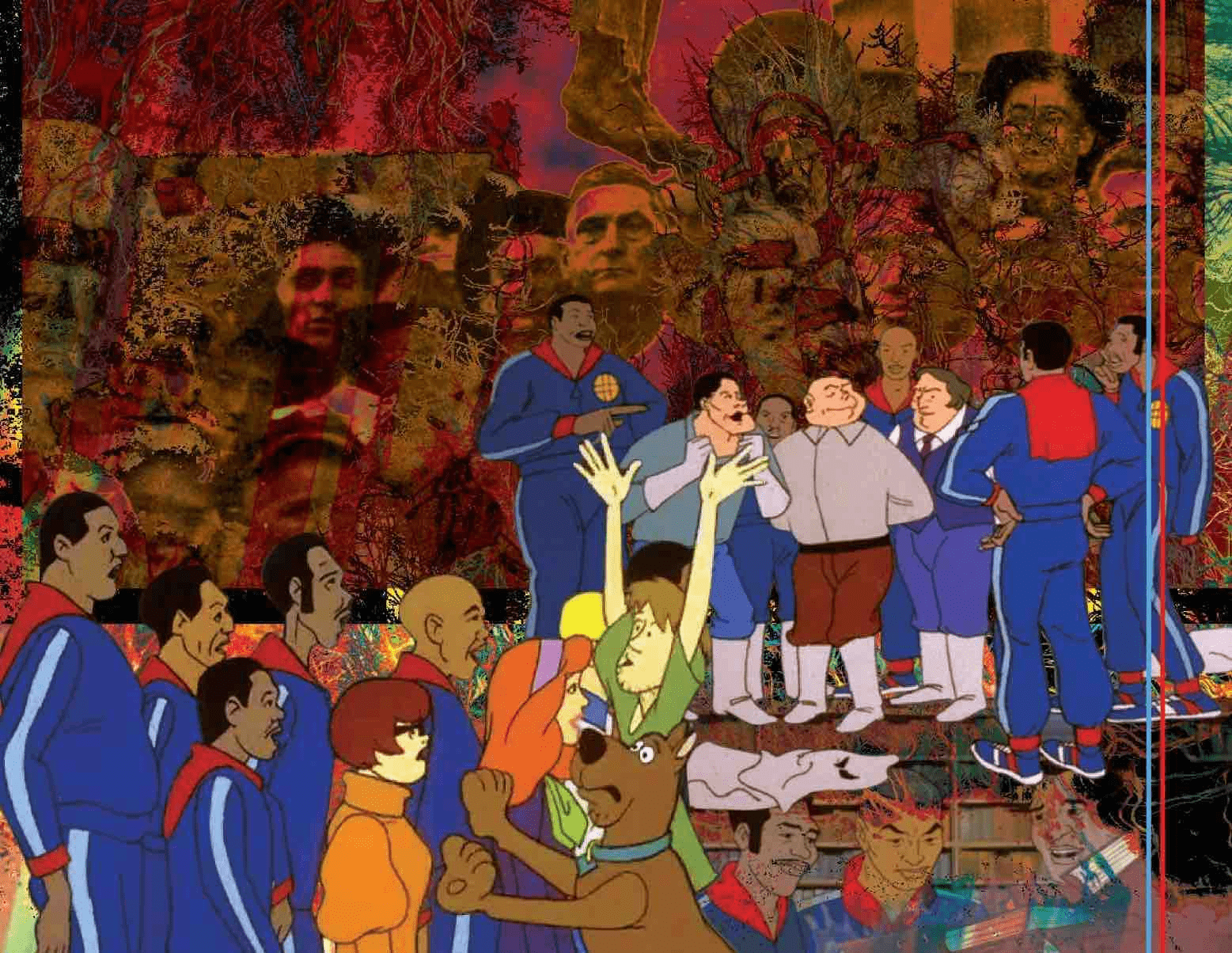
1.1.2022
After Learning about the Jim Crow South, The Harlem Globetrotters, Scooby Doo, and the Gang travel back in time to fight Lynch Mobs.
The anti-lynching movement was a civil rights movement in the United States that aimed to eradicate the practice of lynching. Lynching was used as a tool to repress African Americans. The anti-lynching movement reached its height between the 1890s and 1930s.
A large part of the movement was composed of women's organizations. Such as Ida B. Wells, Mary Burnett Talbert, Angelina Grimké, and Juanita Jackson Mitchell
The movement was composed mainly of African Americans who tried to persuade politicians to put an end to the practice, but after the failure of this strategy, they pushed for anti-lynching legislation.
On January 4th 1935, senators’ democrats Edward P. Costigan and Robert F. Wagner together worked and set out a new bill that stated “To assure to persons within the jurisdiction of every state the equal protection of the crime of lynching.” The bill was made with many sections to which protected people from all types of lynching crime.
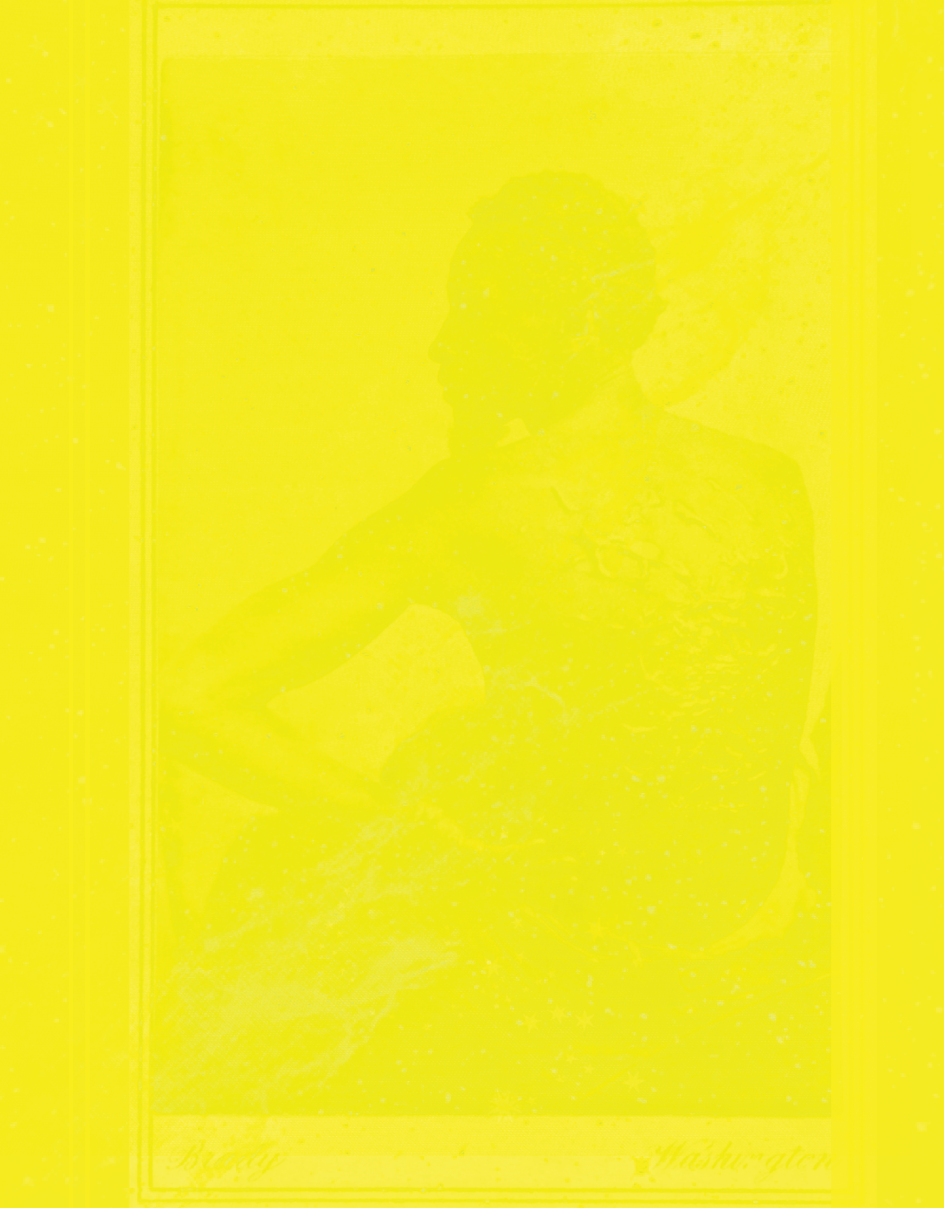
1.2.2022
Gordon, or "Whipped Peter", was an enslaved African American who escaped from a Louisiana plantation in March 1863, gaining freedom when he reached the Union camp near Baton Rouge.
He became known as the subject of photographs documenting the extensive scarring of his back from whippings received in slavery.
Abolitionists distributed these carte de visite photographs of Gordon throughout the United States and internationally to show the abuses of slavery. Gordon escaped in March 1863 from the 3,000-acre (12 km2) plantation of John and Bridget Lyons, who owned him and nearly forty other slaves at the time of the 1860 census.
The Lyons plantation was located along the west bank of the Atchafalaya River in St. Landry Parish, between present-day Melville and Krotz Springs, Louisiana.
In order to mask his scent from the bloodhounds that were chasing him, Gordon took onions from his plantation, which he carried in his pockets.
After crossing each creek or swamp, he rubbed his body with these onions in order to throw the dogs off his scent.

1.3.2022
Ghana is a country located along the Gulf of Guinea and the Atlantic Ocean, in the subregion of West Africa. Spanning a land mass of 238,535 km2 (92,099 sq mi), Ghana is bordered by the Ivory Coast in the west, Burkina Faso in the north, Togo in the east, and the Gulf of Guinea and Atlantic Ocean in the south. Ghana means "Warrior King" in the Soninke language.
The first permanent state in the territory of present-day Ghana dates back to the 11th century. Numerous kingdoms and empires emerged over the centuries, of which the most powerful was the Kingdom of Dagbon and the Kingdom of Ashanti. Beginning in the 15th century, the Portuguese Empire, followed by numerous other European powers, contested the area for trading rights, until the British ultimately established control of the coast by the late 19th century. Following over a century of native resistance, what are now Ghana's borders follow the lines of what were four separate British colonial territories: Gold Coast, Ashanti, the Northern Territories and British Togoland. Those were unified as an independent dominion within the British Commonwealth on 6 March 1957.
Ghana's population of approximately 30 million spans a variety of ethnic, linguistic and religious groups. According to the 2010 census, 71.2% of the population was Christian, 17.6% was Muslim, and 5.2% practised traditional faiths. Its diverse geography and ecology ranges from coastal savannahs to tropical rain forests.

1.4.2022
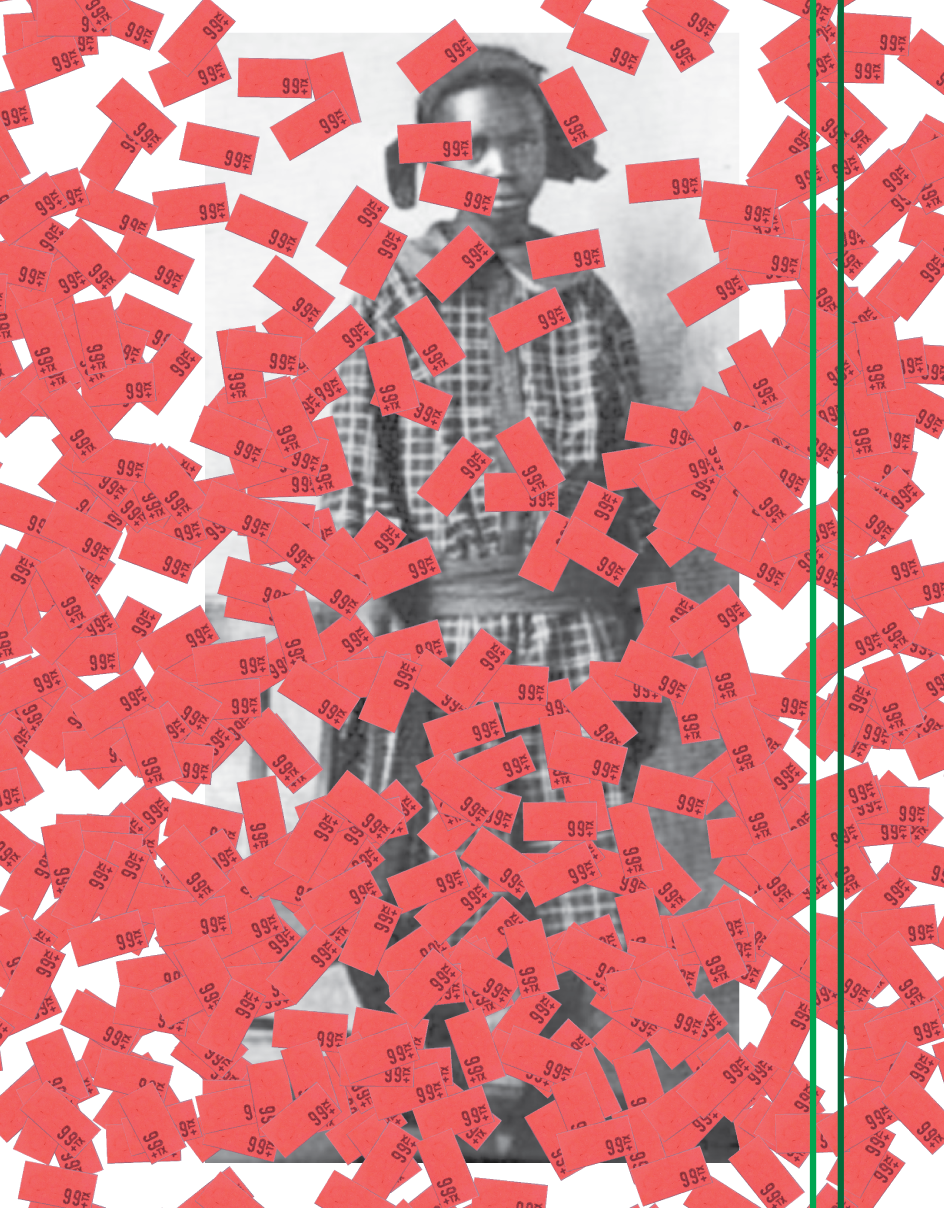
1.5.2022
Sarah Rector was an African American member of the Muscogee (Creek) Nation, best known for being the "Richest Colored Girl in the world" or the "Millionaire girl a member of the race”.
In February 1911, Joseph Rector leased Sarah's parcel to the Standard Oil Company. In 1913, the independent oil driller B.B. Jones drilled a well on the property which produced a “gusher” that began to bring in 2,500 barrels of oil a day. Rector began to receive a daily income of $300 from this strike.
As news of Rector's wealth spread worldwide, she began to receive numerous requests for loans, money gifts, and even marriage proposals from four young men in Germany— despite the fact that she was only 12 years old. Given her wealth, the Oklahoma Legislature declared her to be a white person, so that she would be allowed to travel in first-class accommodations on the railroad, as befitted her position.
In 1914, an African American journal, The Chicago Defender, began to take an interest in Rector, just as rumors began to fly that she was a white immigrant who was being kept in poverty.
The newspaper published an article claiming that her estate was being mismanaged by her and her “ignorant” parents, and that she was uneducated, dressed in rags, and lived in an unsanitary shanty. National African American leaders such as Booker T. Washington and W. E. B. DuBois became concerned about her welfare.
This prompted Dubois to establish a Children’s Department of the NAACP, which would investigate claims of white guardians who were suspected of depriving black children of their land and wealth. Washington also intervened to help the Rector family.
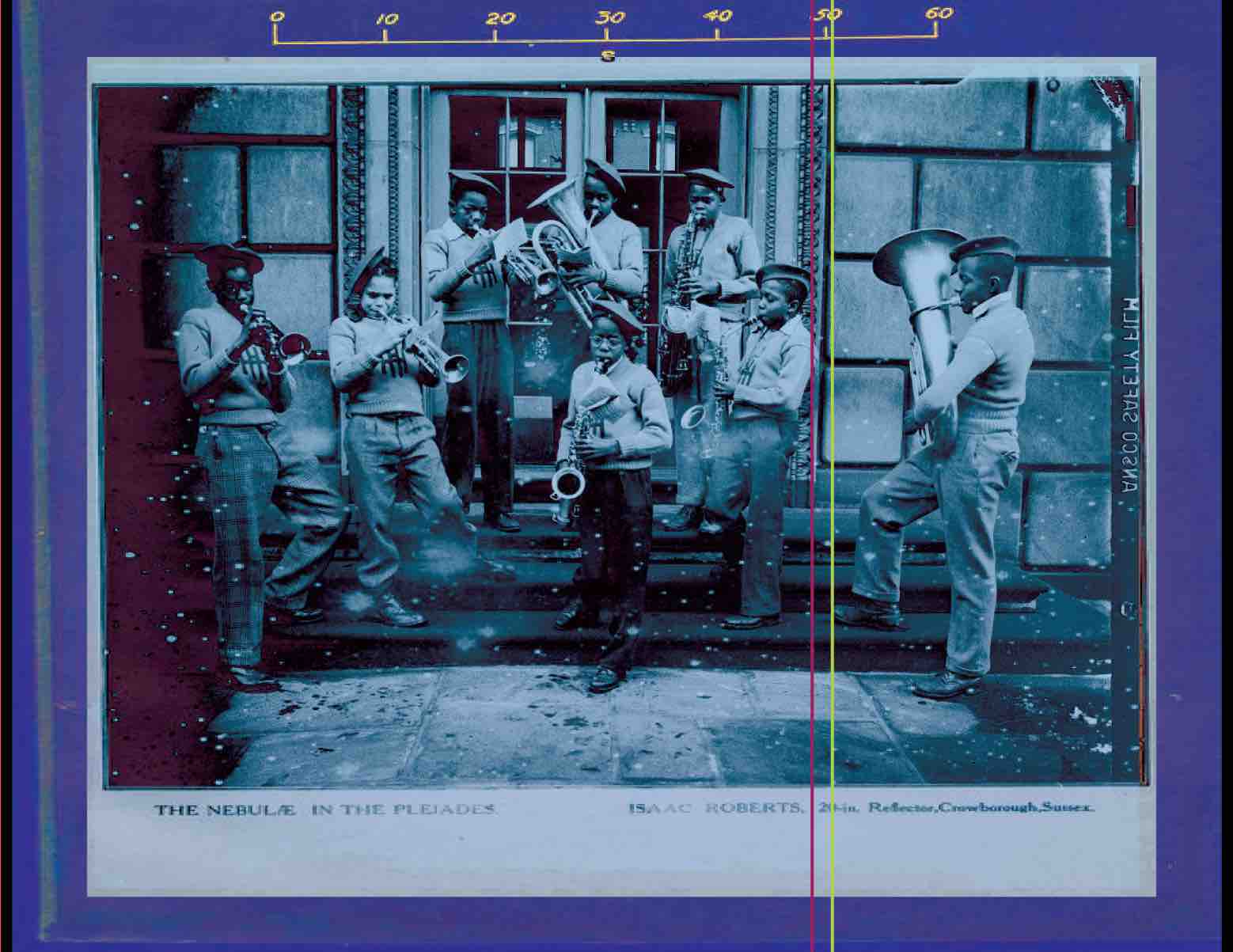
1.6.2022
Boys, possibly from Herron Hill School, playing brass instruments on steps, circa 1938- 1945.

1.7.2022
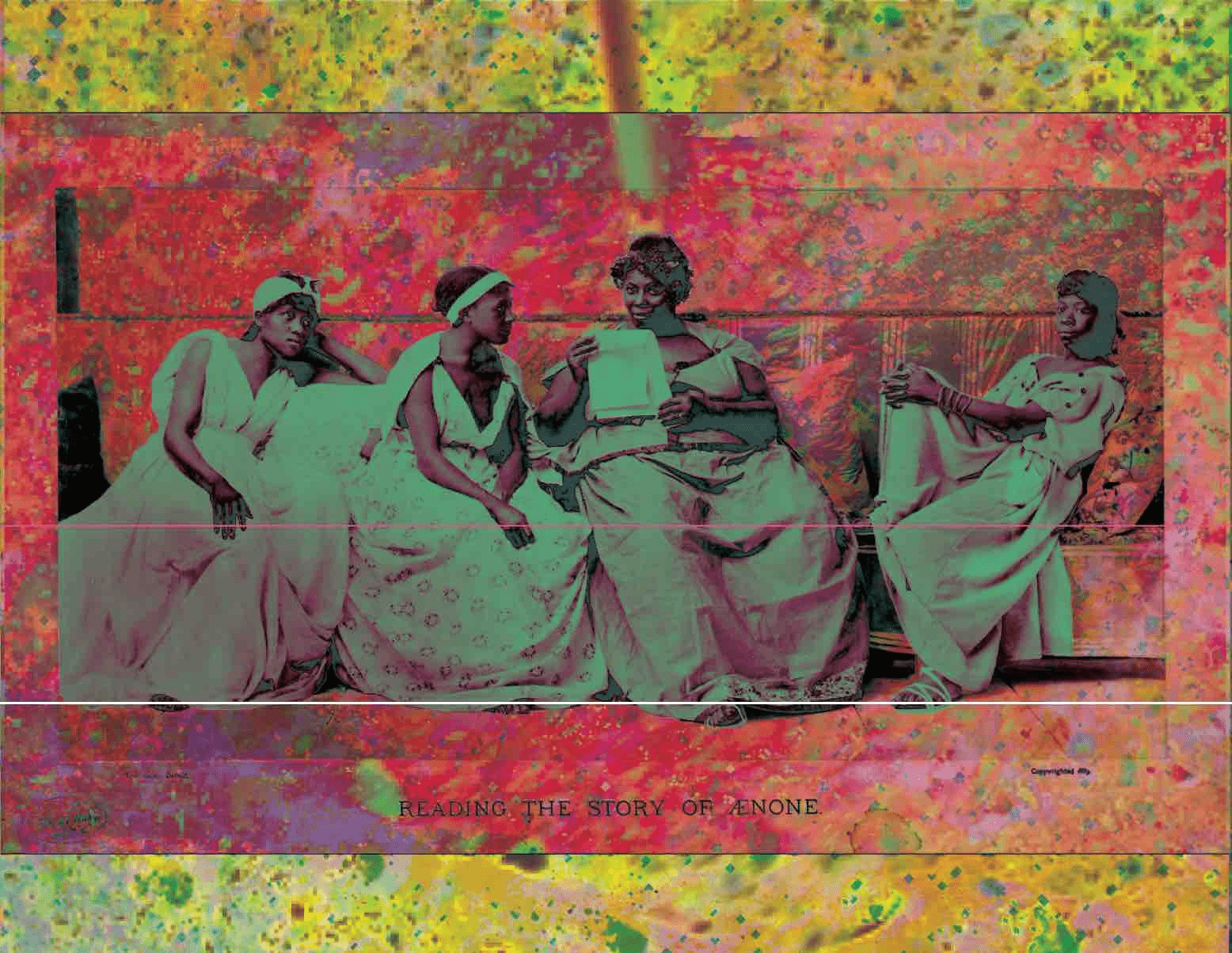
1.8.2022
four ladies dressed in classical roman attire reading the story of Ænone, 1889

1.9.2022
Afeni Shakur Davis (born Alice Faye Williams; January 10, 1947 – May 2, 2016) was an American activist and businesswoman who was the mother of American rapper and actor Tupac Shakur.
In 1968, at the age of twenty-one, she changed her name to Afeni Shakur; Afeni is a Yoruba word for "lover of people" and Shakur is Arabic for "thankful”. She lived in Harlem, New York, and she joined the Black Panther Party. She wrote the Black Panther Party newsletter Panther Post.
In April 1968, Afeni Shakur was arrested with her then husband Lumumba Shakur at their apartment in Harlem on charges of conspiring with other Black Panther members to carry out bombings in New York. With bail set at $100,000 each for the 21 suspects, the Black Panthers decided to raise bail money first for Joseph and Shakur so that those two could work on raising bail for the others. Shakur had been effective in raising bail funds for jailed Panthers.
The pre-trial started in February 1970 and the actual trial on September 8, 1970. Charges brought against her and the other members of the Black Panther Party were attempted murder, conspiracy to commit murder, conspiracy to bomb buildings and conspiracy. During the course of the trial, the judge dismissed twelve out of the thirty charges. Shakur chose to represent herself in court, pregnant while on trial and facing a 300-year prison sentence and had no law degree. Shakur interviewed witnesses and argued in court.
She and the others in the "Panther 21" were acquitted in May 1971 after an eight- month trial. Altogether, Afeni Shakur spent two years in jail before being acquitted. Her son, Lesane Parish Crooks, was born on June 16, 1971. The following year, in 1972, Lesane Parish was renamed Tupac Amaru Shakur, which means "shining serpent" in Inca.
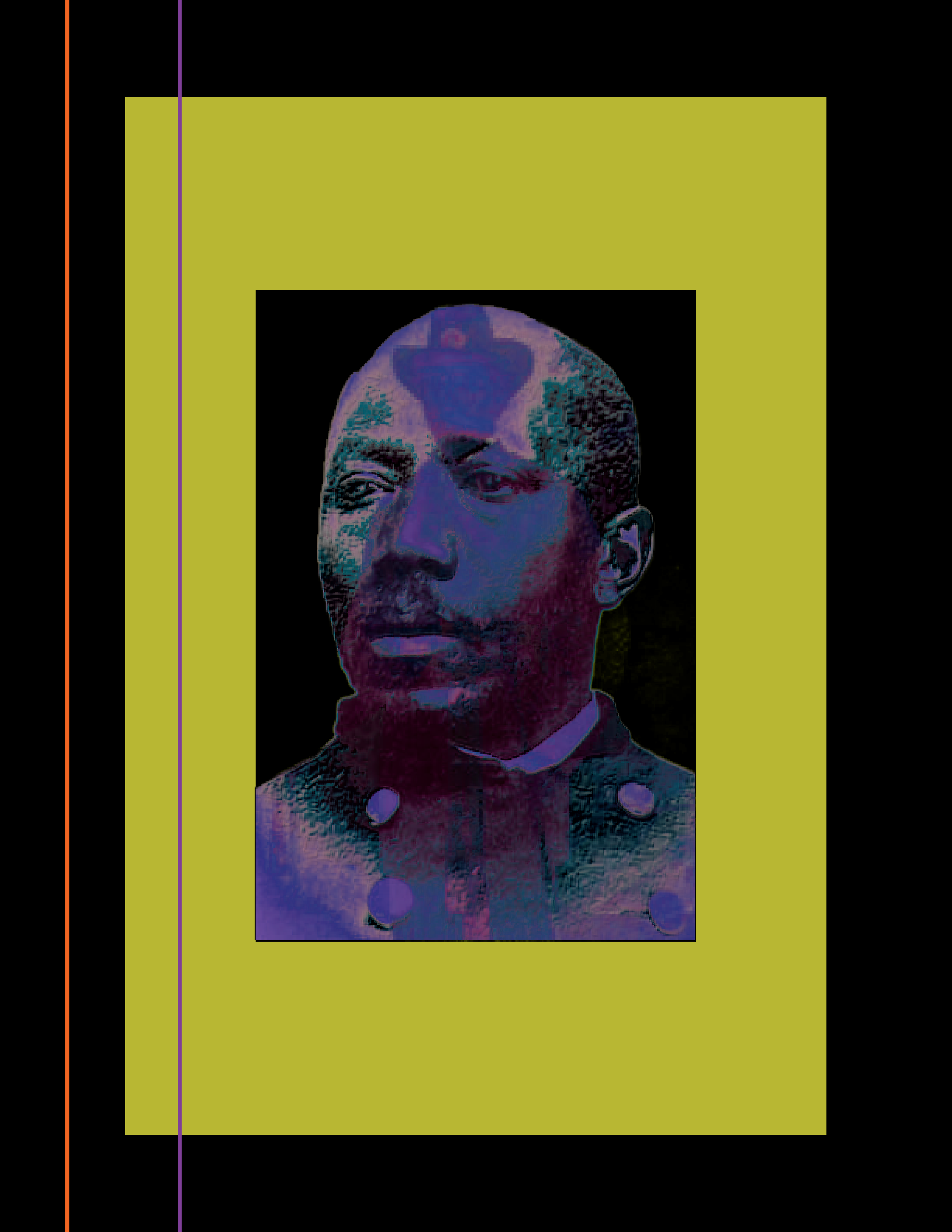
1.10.2022
Martin Robinson Delany (May 6, 1812 – January 24, 1885) was an African-American abolitionist, journalist, physician, soldier, and writer, and arguably the first proponent of black nationalism. Delany is credited with the Pan-African slogan of "Africa for Africans."
Born as a free person of color in Charles Town, Virginia, now West Virginia (not Charleston, West Virginia) and raised in Chambersburg and Pittsburgh, Pennsylvania, Delany trained as a physician's assistant. During the cholera epidemics of 1833 and 1854 in Pittsburgh, Delany treated patients, even though many doctors and residents fled the city out of fear of contamination. In this period, people did not know how the disease was transmitted.
In 1850, Delany was one of the first three black men admitted to Harvard Medical School, but all were dismissed after a few weeks because of widespread protests by white students. Delany had traveled in the South in 1839 to observe slavery firsthand. Beginning in 1847, he worked alongside Frederick Douglass in Rochester, New York to publish the North Star.
Delany dreamed of establishing a settlement in West Africa. He visited Liberia, a United States colony founded by the American Colonization Society, and lived in Canada for several years, but when the American Civil War began, he returned to the United States. When the United States Colored Troops were created in 1863, he recruited for them. Commissioned as a major in February 1865, Delany became the first African-American field grade officer in the United States Army.
After the Civil War, Delany went to the South, settling in South Carolina. There he worked for the Freedmen's Bureau and became politically active, including in the Colored Conventions Movement. Delany ran unsuccessfully for Lieutenant Governor as an Independent Republican. He was appointed as a trial judge, but he was removed following a scandal. Delany later switched his party affiliation. He worked for the campaign of Democrat Wade Hampton III, who won the 1876 election for governor in a season marked by violent suppression of black Republican voters by Red Shirts and fraud in balloting.
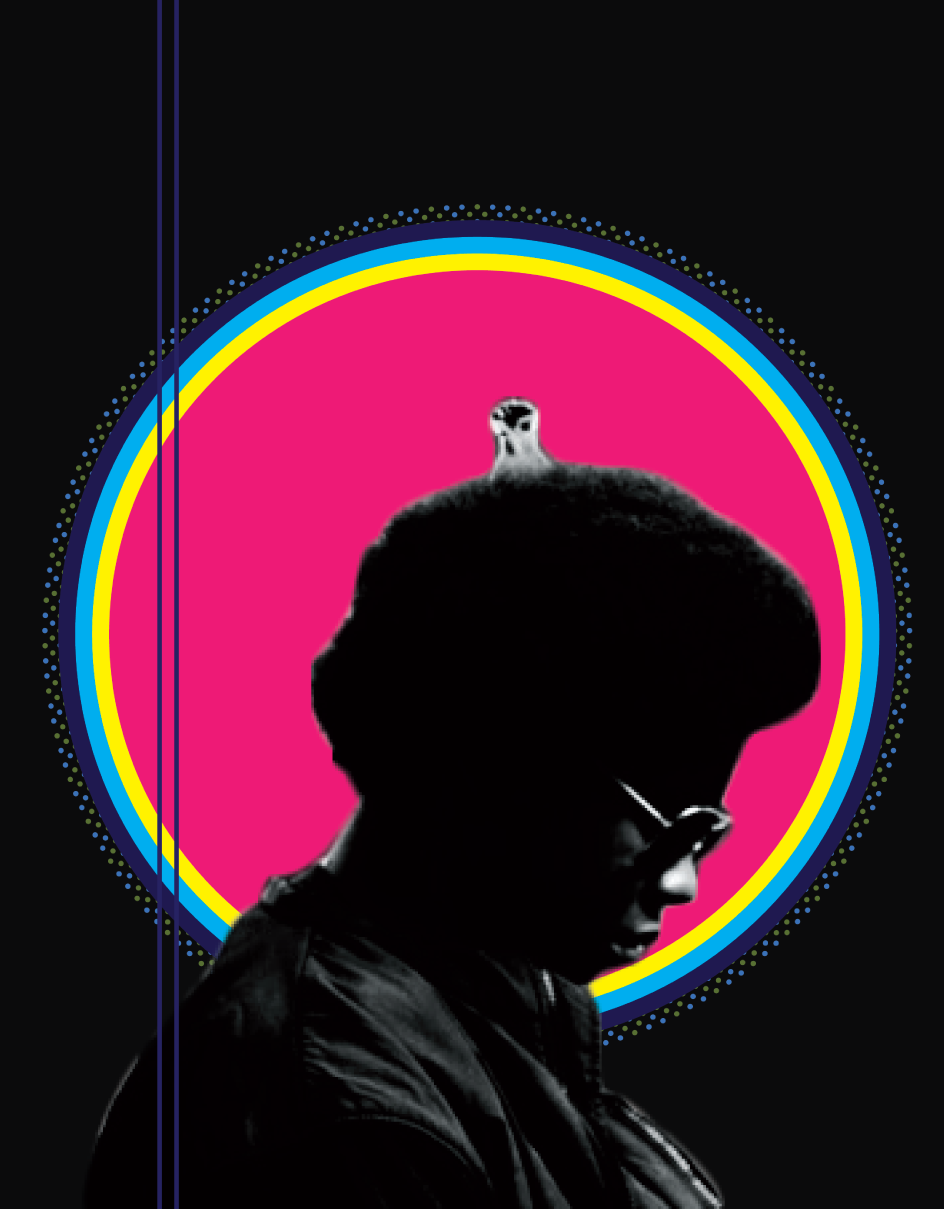
1.11.2022
Afro sometimes abbreviated to 'fro and also known as a "natural", is a hairstyle worn naturally outward by people with lengthy kinky hair texture.
The hairstyle is created by combing the hair away from the scalp, allowing the hair to extend out from the head in a large, rounded shape, much like a cloud or ball.
The Afro became a powerful political symbol which reflected black pride and a rejection of notions of assimilation and integration. In the mid-1960s, the Afro hairstyle began in a fairly tightly coiffed form, such as the hairstyle that became popular among members of the Black Panther Party.
As the 1960s progressed towards the 1970s, popular hairstyles, both within and outside of the African-American community, became longer and longer. As a result, the late 1960s/early 1970s saw an expansion in the overall size of Afros.
Some of the entertainers and sociopolitical figures of the time known for wearing larger Afros include political activist Angela Davis, actress Pam Grier, rock musician Jimi Hendrix, singer Miriam Makeba, and the members of the musical groups The Jackson 5 and The Supremes.
In contrast, the Afro's popularity among African-Americans had already started to wane by the early 1970s; the introduction of the Afro to the mainstream and its adoption by people of non-African descent caused the Afro to lose its radical, political edge.
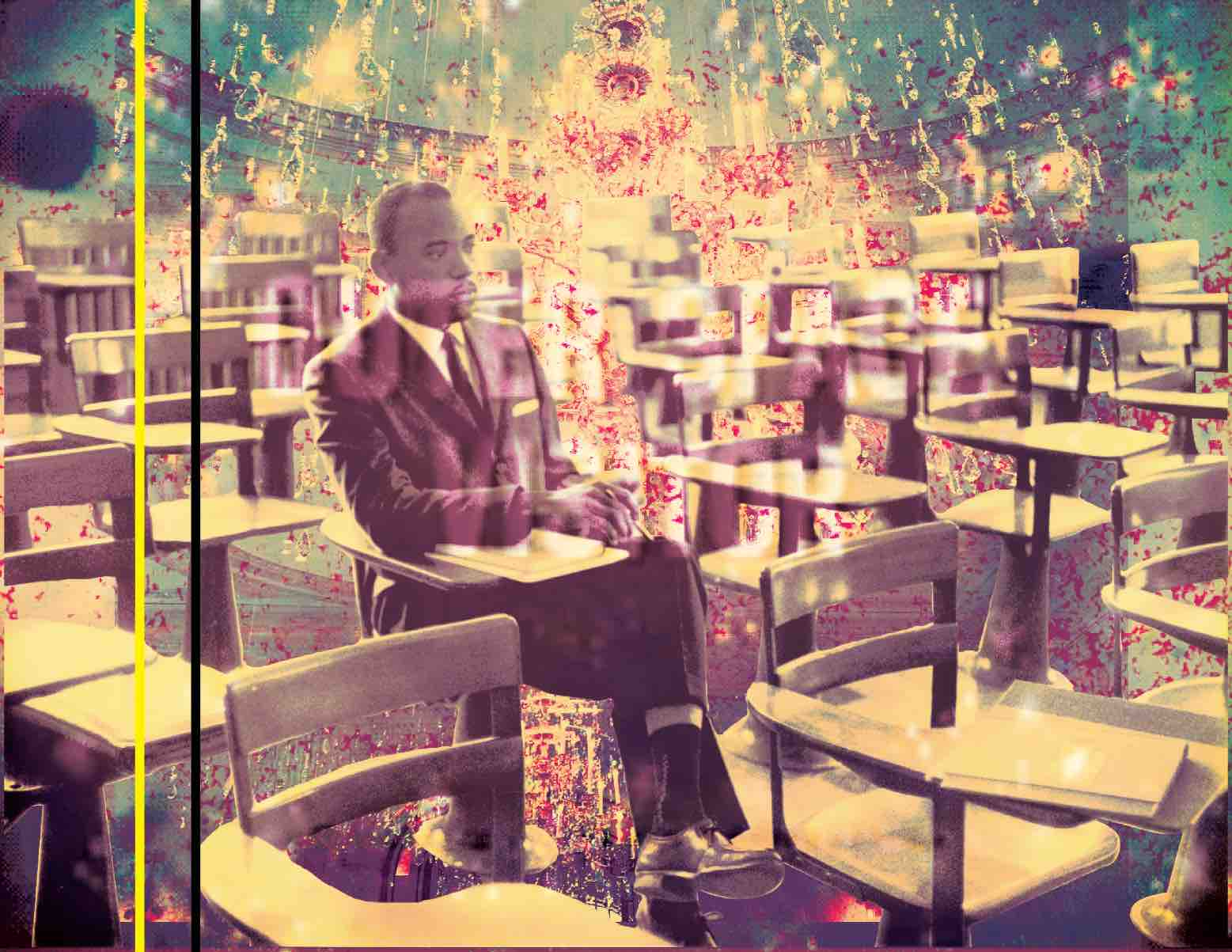
1.12.2022
James Meredith alone on his first day of class.
As a Civil Rights Movement figure, writer, political adviser and Air Force veteran. In 1962, he became the first African-American student admitted to the segregated University of Mississippi, after the intervention of the federal government, an event that was a flashpoint in the Civil Rights Movement.
On the evening of September 29, after State Senator George Yarbrough withdrew the State Highway Police, a riot broke out the following day. Whites opposing integration had been gathering at the campus.
Despite the Kennedy administration's reluctance to use force, it ordered the nationalized Mississippi National Guard and federal troops to the campus.
In the violent clashes which followed, two men were killed by gunshot wounds, and the white mob burned cars, pelted federal marshals with rocks, bricks and small arms fire, and damaged university property.
The next day on October 1, 1962, after troops took control, Meredith became the first African-American student to enroll at the University of Mississippi.
Meredith's admission is regarded as a pivotal moment in the history of civil rights in the United States. He persisted through harassment and extreme isolation to graduate on August 18, 1963, with a degree in political science.
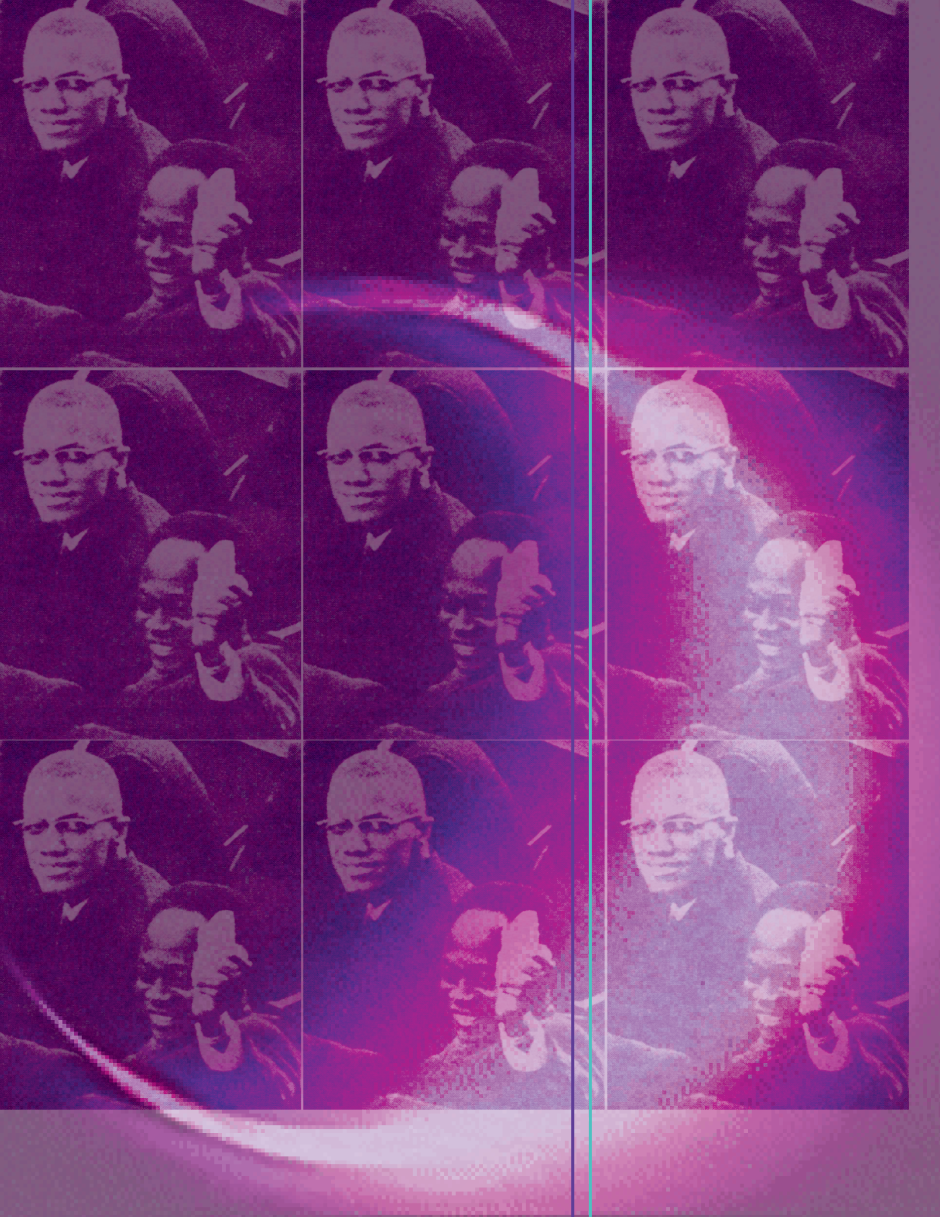
1.13.2022
Malcolm X and Kwame Nkrumah at the Harlem Rally honoring Nkrumah in in July, 1958.
March 6, 1957, marked the celebration of Ghana becoming the first colonized country in Africa to claim it's independence from Europe. During his independence day speech, Nkrumah made it abundantly clear that Ghana's independence was nothing more than a paper declaration without the independence of the entire African continent. From that day forward, a significant focus of Nkrumah's Convention People's Party was making Ghana the base of the African revolution. Liberation forces from all over the continent set up bases in Ghana and were provided resources to train and prepare for their liberation work. Since Nkrumah's vision was a Pan-African one - meaning he understood that all people of African descent are Africans and belong to the African nation - an important aspect of this period included inviting Africans from all over the world to come to Ghana to help in establishing that country as that revolutionary Pan-African base. Many people heeded this call. W.E.B. DuBois and his wife Shirley Graham DuBois moved to Ghana. Trumpeter Louie Armstrong came. Academic Julian Mayfield moved there. Poet Maya Angelou responded to the call.
Revolutionary organizer George Padmore, who remains probably the most unknown and significant contributor to African forward progress in the 20th Century, came to Ghana and became an adviser to Nkrumah's government. Ghana became the shining star for the hopes of Africans everywhere and Nkrumah became an inspiration and symbol of a greater future for African people. In July, 1958, Nkrumah came to the U.S. and a major rally was organized in Harlem to receive him. Malcolm X was invited to participate in that rally and it was there that he was introduced to Kwame
Nkrumah. According to Nkrumah's letters, published in 1990 in the book "The Conakry Years", Nkrumah and Malcolm developed a relationship that they maintained until Malcolm's assassination in 1965.
Serious study of Malcolm's legacy reveals that he had a penchant for building relationships with revolutionary leaders/activists who's radical politics landed far outside the realm of the theology of the Nation of Islam. Another example of this was Malcolm's invitation to meet Fidel Castro during the Cuban leader's visit to Harlem in 1960. As he did with Nkrumah, Malcolm begged Elijah Muhammad for permission to meet both men. Although Muhammad was not overly enthusiastic about these meetings, Malcolm was able to negotiate space to make these connections. These political ambitions that Malcolm possessed speak to his evolving political consciousness and his growing radical beliefs which really explain his path towards leaving the Nation of Islam much better than the commonly held narrative that he left because of Muhammad's fathering of several children with secretaries within the Nation. Malcolm was inspired by the radical Pan-Africanist ideals of Kwame Nkrumah and according to Nkrumah, they spoke about those ideals in that period between 1958 and 1964.

1.14.2022
Nietta Dunn participated in a sit-in at the H.L. Green lunch counter in downtown Lexington in the early 1960s. At the time, blacks were allowed to buy food, but they had to stand or leave.
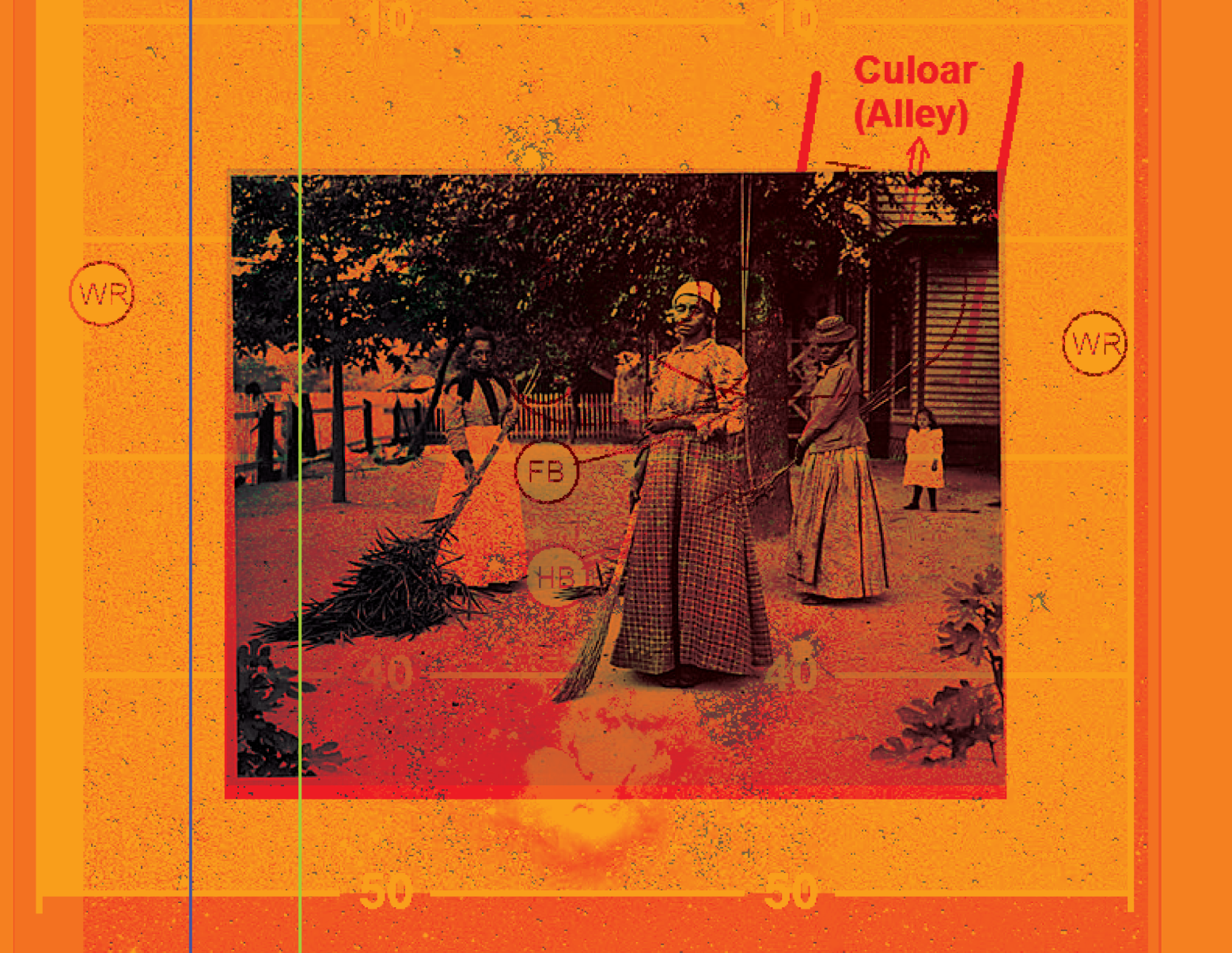
1.15.2022
African-American Women with Brooms of Bambusa, 1899
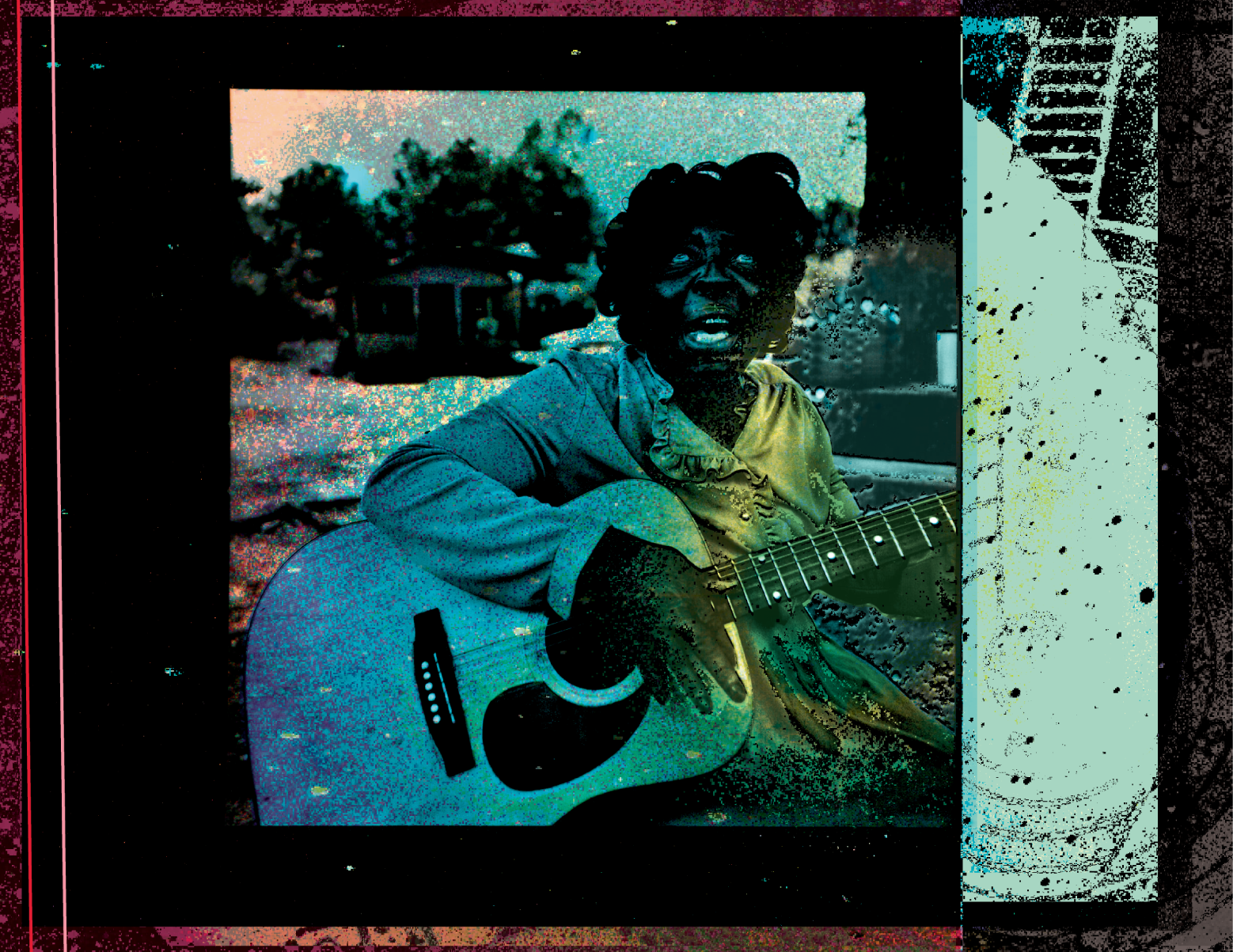
1.16.2022
Cora Fluker was born in Livingston, Alabama, around 1920. When Denise and I visited her in 1997 it was a deeply moving experience. She told us of a childhood growing up sharecropping with her family. The conditions were so hard that she tried to run away at the age of nine only to be caught by the white landowner and beaten nearly to death. She showed us the scars on her back and seemed deeply haunted by this awful memory. She then broke out a testimony about her life and what led her to her praying ground under a pecan tree where she had a vision of Jesus and since devoted her life to preaching. When she sang and preached her voice had the power of a saxophone.
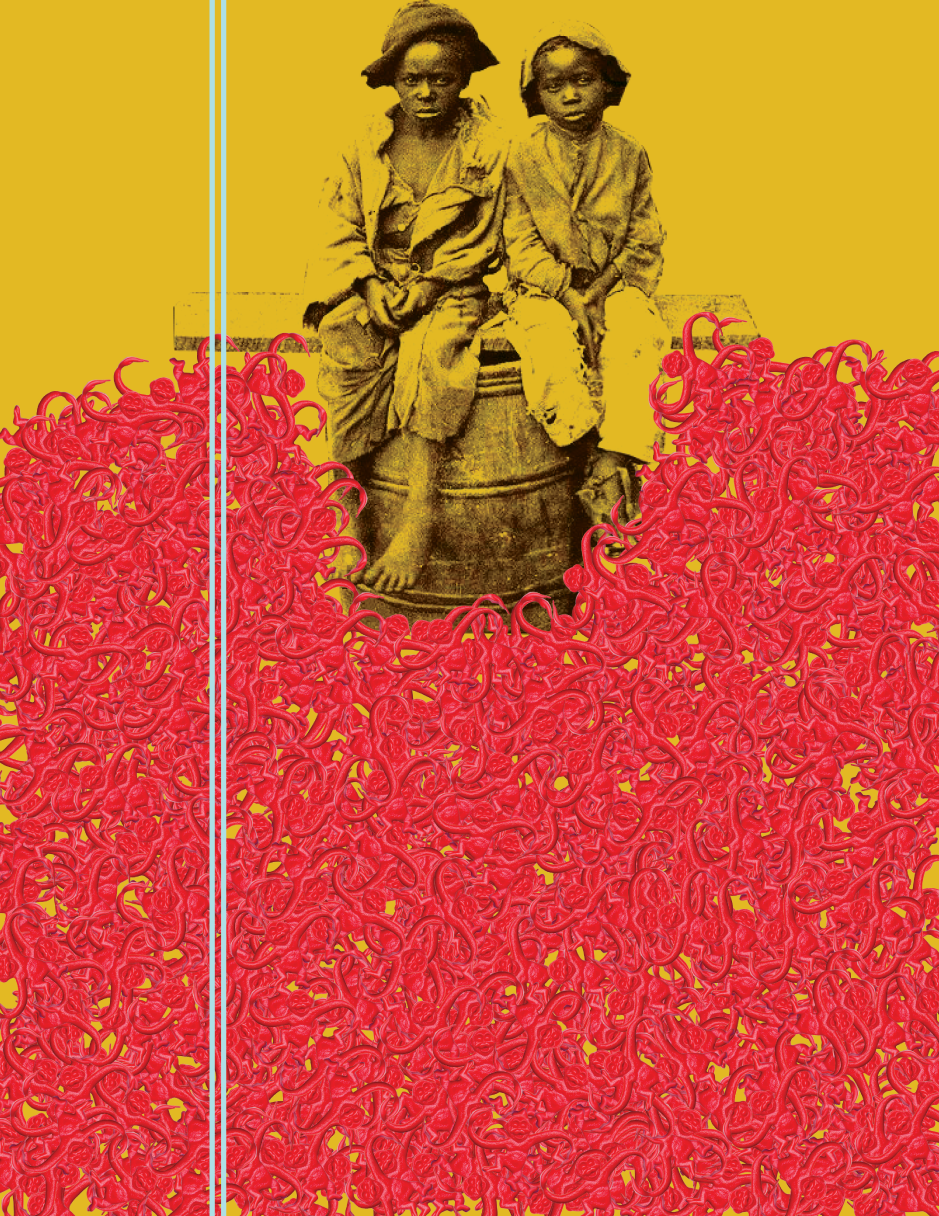
1.17.2022
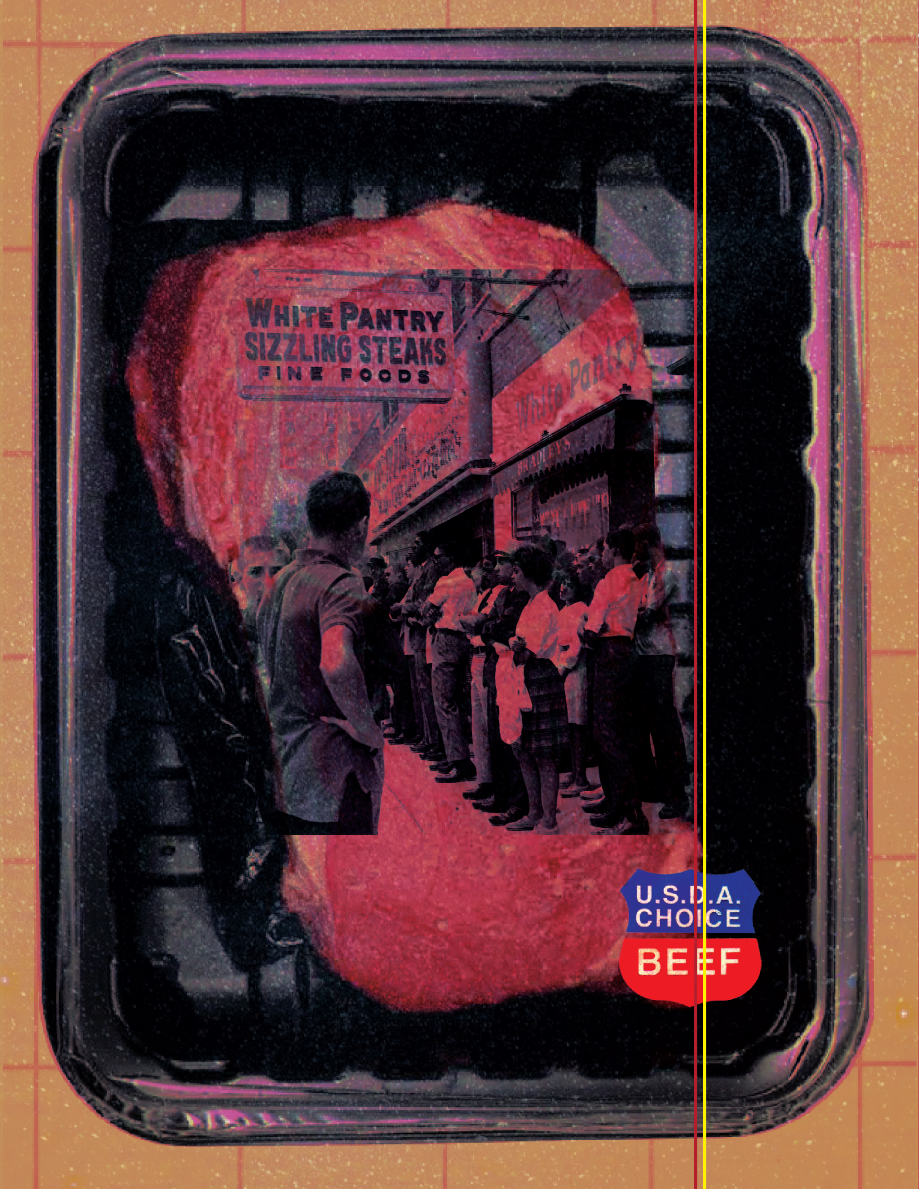
1.18.2022
In 1963, members of the Civic Interest Progressives, a civil rights organization led by Marshall students and Huntington community leaders, challenged racial discrimination at local eateries such as Bailey's and the White Pantry Inn.
After students waging a sit-in were attacked at the White Pantry, they changed their strategy and held a series of "share-ins."
Although these protests led to the end of Jim Crow at many Huntington restaurants prior to the spring of 1963, the owner of the White Pantry turned violent and attacked one of the black students with a cattle prod.
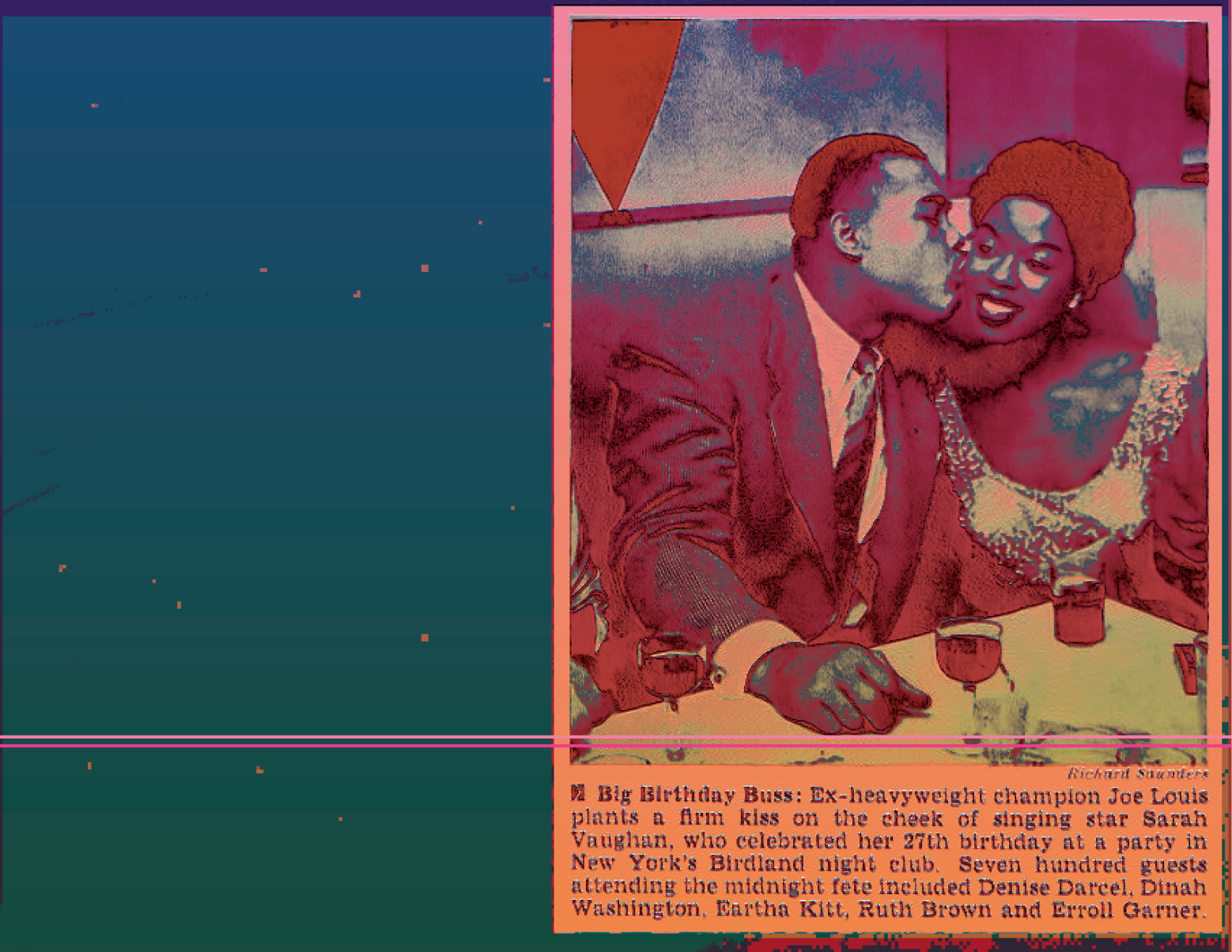
1.19.2022

1.20.2022
The Big Dipper (US) or the Plough (UK) is an asterism consisting of seven bright stars of the constellation Ursa Major; six of them are of second magnitude and one, Megrez (δ), of third magnitude.
Four define a "bowl" or "body" and three define a "handle" or "head". It is recognized as a distinct grouping in many cultures.
The North Star (Polaris), the current northern pole star and the tip of the handle of the Little Dipper, can be located by extending an imaginary line through the front two stars of the asterism, Merak (β) and Dubhe (α).
This makes it useful in celestial navigation.

1.21.2022
A wet nurse is a woman who breast feeds and cares for another's child. Wet nurses are employed when the mother is unable or elects not to nurse the child herself.
Wet-nursed children may be known as "milk-siblings", and in some cultures the families are linked by a special relationship of milk kinship. Mothers who nurse each other's babies are engaging in a reciprocal act known as cross-nursing or co-nursing
A woman can only act as a wet-nurse if she is lactating. It was once believed that a wet- nurse must have recently undergone childbirth.
This is not necessarily the case, as regular breast suckling can elicit lactation via a neural reflex of prolactin production and secretion.
Some adoptive mothers have been able to establish lactation using a breast pump so that they could feed an adopted infant.
By the 19th century, Americans adopted the practice of having wet nurses live with the employers in order to nurse and care for their charges. This practice had the effect of increasing the death rate for wet nurses' own, biological infants.
In the Southern United States, it was common practice for enslaved Black women to be forced to be wet nurses to their owner’s children.
In some instances, the enslaved child and the owner’s child would be raised together in their younger years.
Visual representations of wet-nursing practices in enslaved communities are most prevalent in representations of the Mammy archetype caricature Images such as the one here represent both a historically accurate practice of enslaved Black women wet- nursing their owner’s white children as well as sometimes an exaggerated racist caricaturization of a stereotype of enslaved Black women as “Mammy” characters.
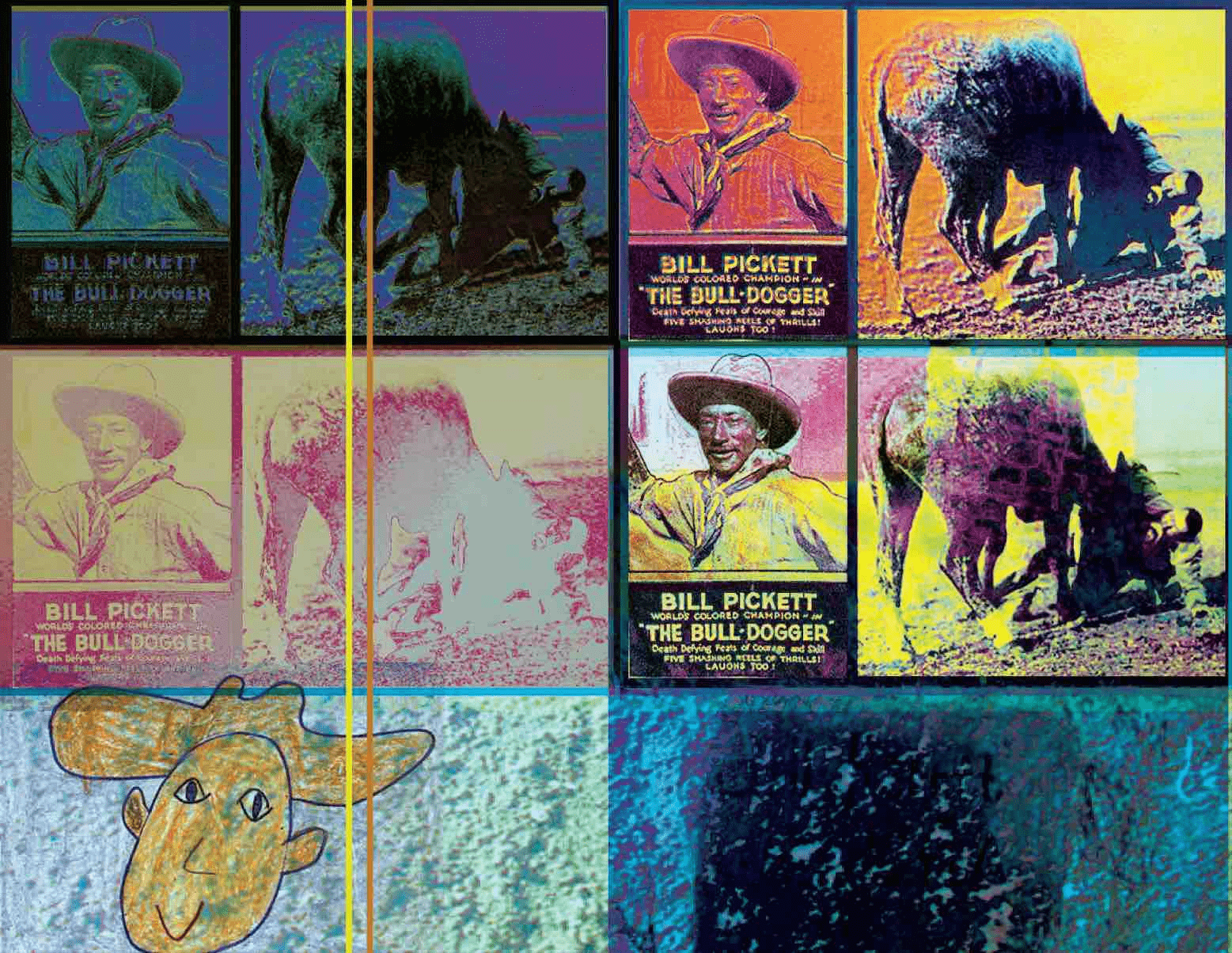
1.22.2022
Bill Pickett was a cowboy, rodeo, Wild West show performer and actor. In 1989, Pickett was inducted into the ProRodeo Hall of Fame.
He invented the technique of bulldogging, the skill of grabbing cattle by the horns and wrestling them to the ground. It was known among cattlemen that, with the help of a trained bulldog, a stray steer could be caught. Bill Pickett had seen this happen on many occasions.
He also thought that if a bulldog could do this feat, so could he. Pickett practiced his stunt by riding hard, springing from his horse, and wrestling the steer to the ground. Pickett's method for bulldogging was biting a cow on the lip and then falling backwards. He also helped cowboys with bulldogging. This method eventually lost popularity as the sport morphed into the steer wrestling that is practiced in rodeos.
The United States Postal Service chose to include Bill Pickett in the Legends of the West commemorative sheet unveiled in December 1993.
One month later, the Pickett family informed the Postal Service that the likeness was incorrect. Its source material was a misidentified photograph of Bill Pickett's brother and fellow cowboy star, Ben Pickett. In October 1994, the USPS released corrected stamps based on the poster for The Bull-Dogger.
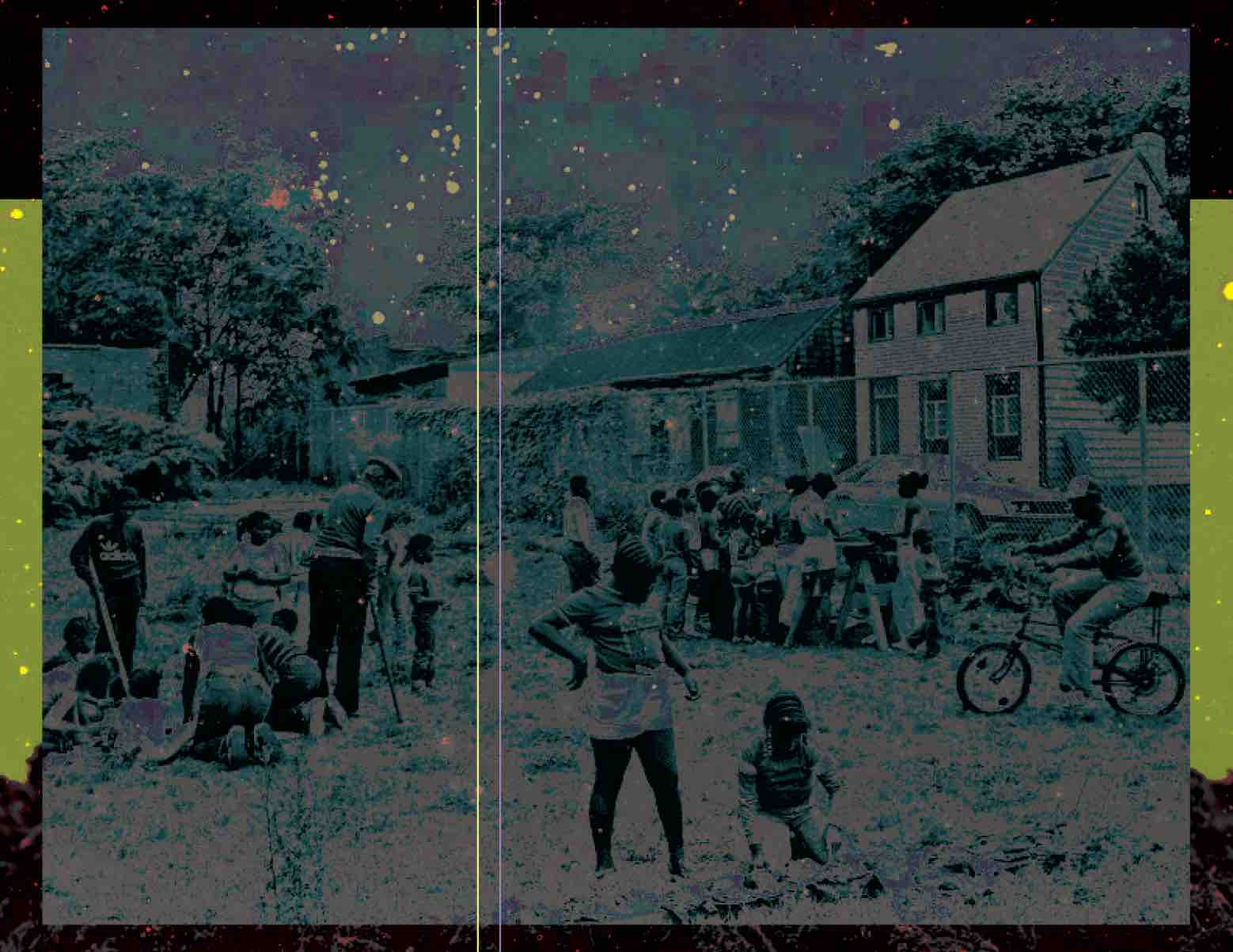
1.23.2022
Weeksville is a historic neighborhood founded by free African Americans in what is now Brooklyn, New York, United States. Today it is part of the present-day neighborhood of Crown Heights.
Weeksville was named after James Weeks, an African-American stevedore from Virginia. In 1838 (11 years after the final abolition of slavery in New York State) Weeks bought a plot of land from Henry C. Thompson, a free African American and land investor, in the Ninth Ward of central Brooklyn. Thompson had acquired the land from Edward Copeland, a politically minded European American and Brooklyn grocer, in 1835.
Previously Copeland bought the land from an heir of John Lefferts, a member of one of the most prominent and land-holding families in Brooklyn. There was ample opportunity for land acquisition during this time, as many prominent land-holding families sold off their properties during an intense era of land speculation.
Many African Americans saw land acquisition as their opportunity to gain economic and political freedom by building their own communities. The NYC Parks website confuses Weeks with a man of the same name who lived 1776-1863.
The village itself was established by a group of African-American land investors and political activists, and covered an area in the borough's eastern Bedford Hills area, bounded by present-day Fulton Street, East New York Avenue, Ralph Avenue and Troy Avenue. A 1906 article in the New York Age recalling the earlier period noted that James Weeks "owned a handsome dwelling at Schenectady and Atlantic Avenues."
By the 1850s, Weeksville had more than 500 residents from all over the East Coast (as well as two people born in Africa). Almost 40 percent of residents were southern-born. Nearly one-third of the men over 21 owned land; in antebellum New York, unlike in New England, non-white men had to own real property (to the value of $250) and pay taxes on it to qualify as voters.
The village had its own churches (including Bethel Tabernacle African Methodist Episcopal Church and the Berean Missionary Baptist Church), a school ("Colored School no. 2", now P.S. 243), a cemetery, and an old age home.[9] Weeksville had one of the first African-American newspapers, the Freedman's Torchlight, and in the 1860s became the national headquarters of the African Civilization Society and the Howard Colored Orphan Asylum. In addition, the Colored School was the first such school in the U.S. to integrate both its staff and its students.
During the violent New York Draft Riots of 1863, the community served as a refuge for many African-Americans who fled from Manhattan.
After the completion of the Brooklyn Bridge and as New York City grew and expanded, Weeksville gradually became part of Crown Heights, and memory of the village was largely forgotten.
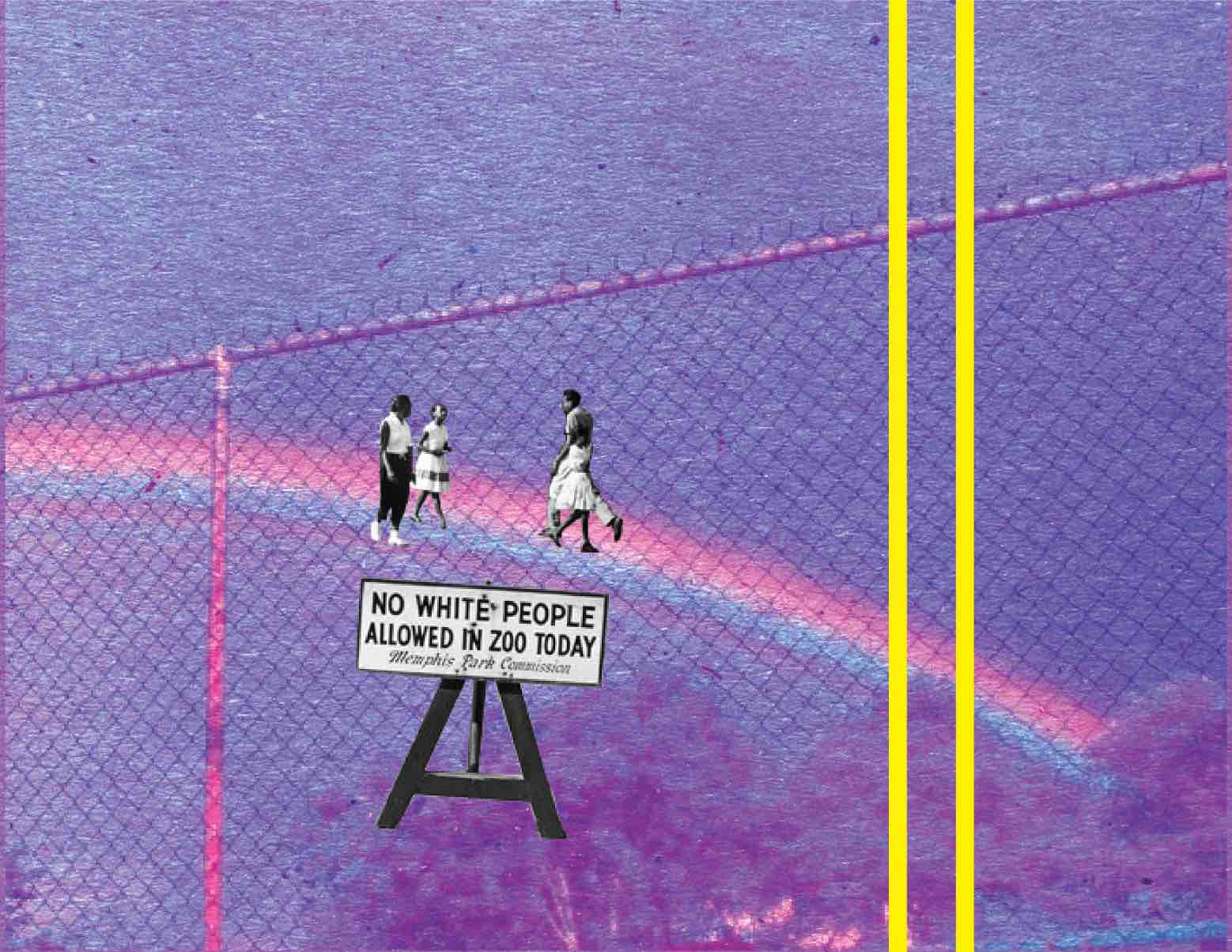
1.24.2022
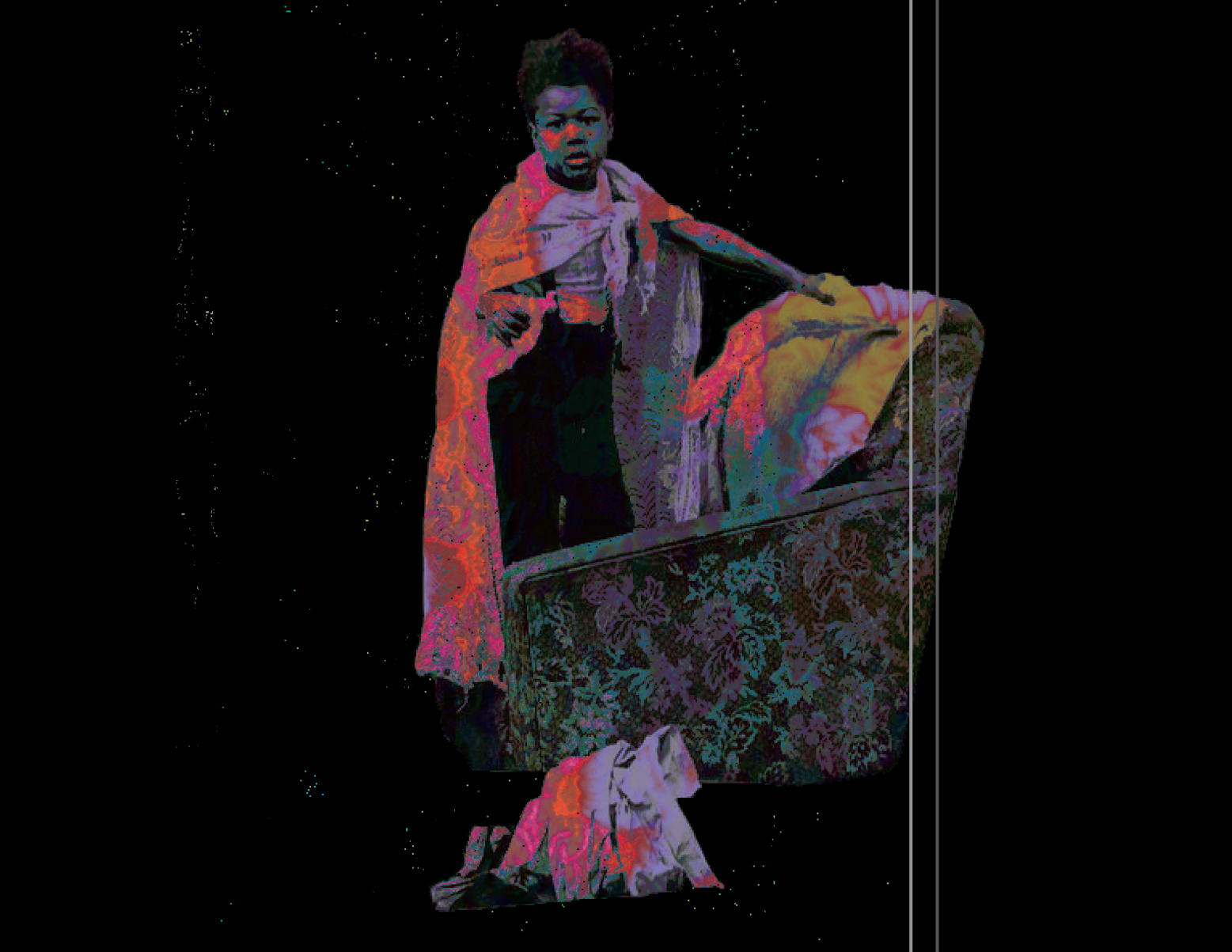
1.25.2022
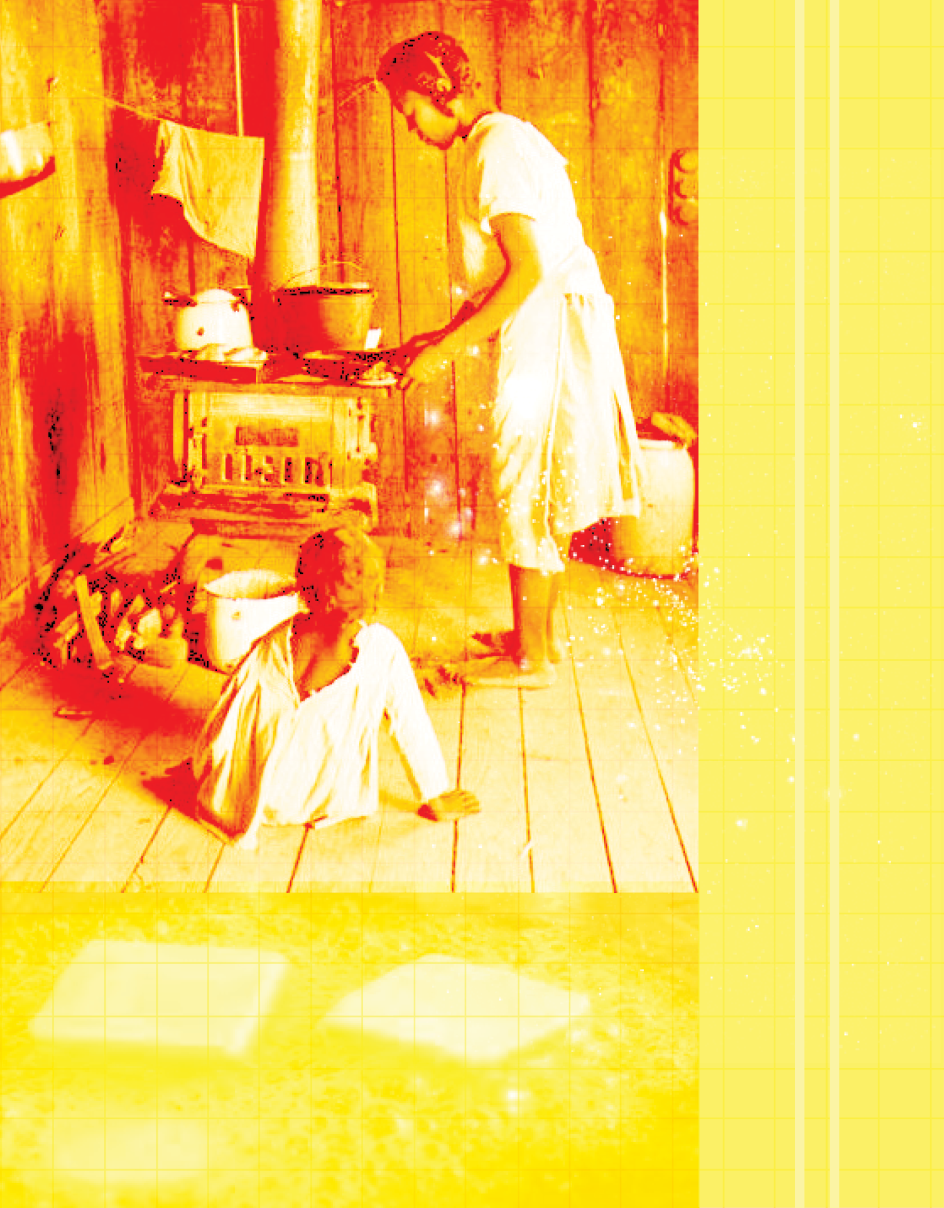
1.26.2022
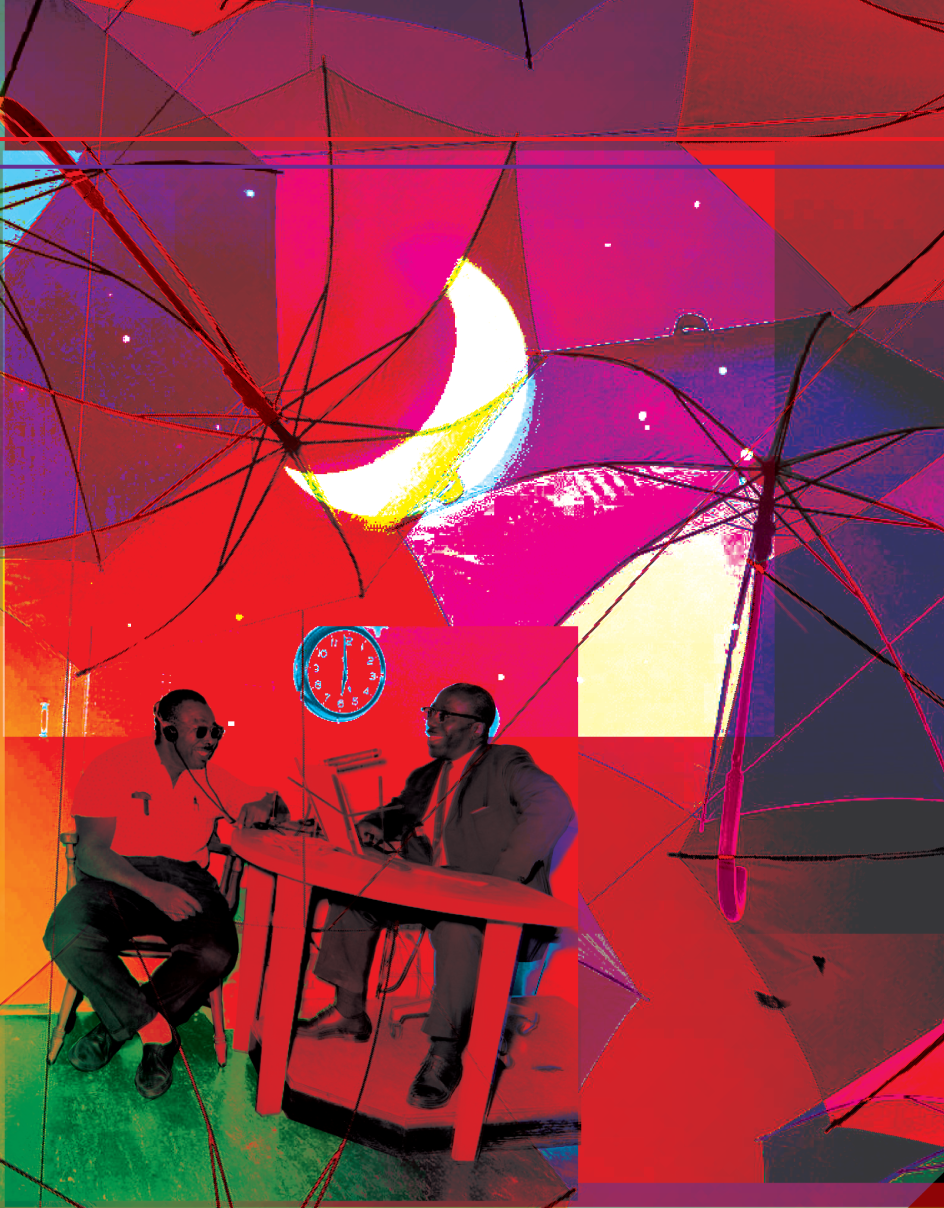
1.27.2022
Tan Town Jubilee premiered that October with Nat D. Williams, an African-American syndicated columnist, high school teacher, and local talent show host, playing blues records from his own collection. Aside from a few initial bomb threats from whites, it was well received. In fact, so many African Americans tuned in to listen to “Nat D.” that WDIA rapidly rose to the number two spot in the market.
In an interview with the Memphis Rock ‘n’ Soul Museum, singer and WDIA personality Rufus Thomas likened the program’s debut to when Jackie Robinson broke the racial barrier to become the first African American to play in Major League Baseball. For the first time, what African Americans in Memphis heard on the radio, in that half hour, was a reflection of their community.
Toni Bell, who grew up listening to WDIA and worked at the station in the 1980s, says hearing Williams, Thomas, and other African-American personalities on the radio meant so much because no one on the air before spoke directly to their community or addressed the issues that concerned them.
“WDIA was the only place we could get someone black talking to us,” she says.
Realizing they had tapped into something, Ferguson and Pepper expanded the station’s African-American content. One new blues and R&B program in the line-up, Hoot and Holler, opened with Thomas saying, “I’m young and loose and full of juice. I got the goose, so what’s the use?” Within a year, WDIA had entirely converted to African-American programming and quickly became the number one station and the first to gross a million dollars annually in Memphis.
Bell explains it wasn’t just the music or even the personalities that made WDIA such a hit in Memphis and throughout the Mississippi Delta region when the station increased to 50,000 watts in 1954. It was the “shout outs.”
“People tuned in to hear if the DJ would mention seeing them on Friday night,” Bell says. “Or, the DJ might say, ‘I went to so-and-so barbecue in town last night.’ That was better than any advertising they could purchase.”
“Goodwill announcements”—service announcements for lost people and personal items—were extremely popular, too. Ferguson said in the recorded interview he initially thought they were a waste of time because only the person who lost the item and the person who found it would be interested. But he discovered that people throughout the Mississippi Delta felt a vested interested in seeing that person get their item back.
At one point, though, he admitted he thought the announcements had gotten out of control, and he chided the person handling them for broadcasting about “all the umbrellas that were lost in Memphis.”
“She reminded me that a five-dollar umbrella is a pretty important item to someone with a low income,” he said.

1.28.2022
Marvin Gaye playing a game of football.
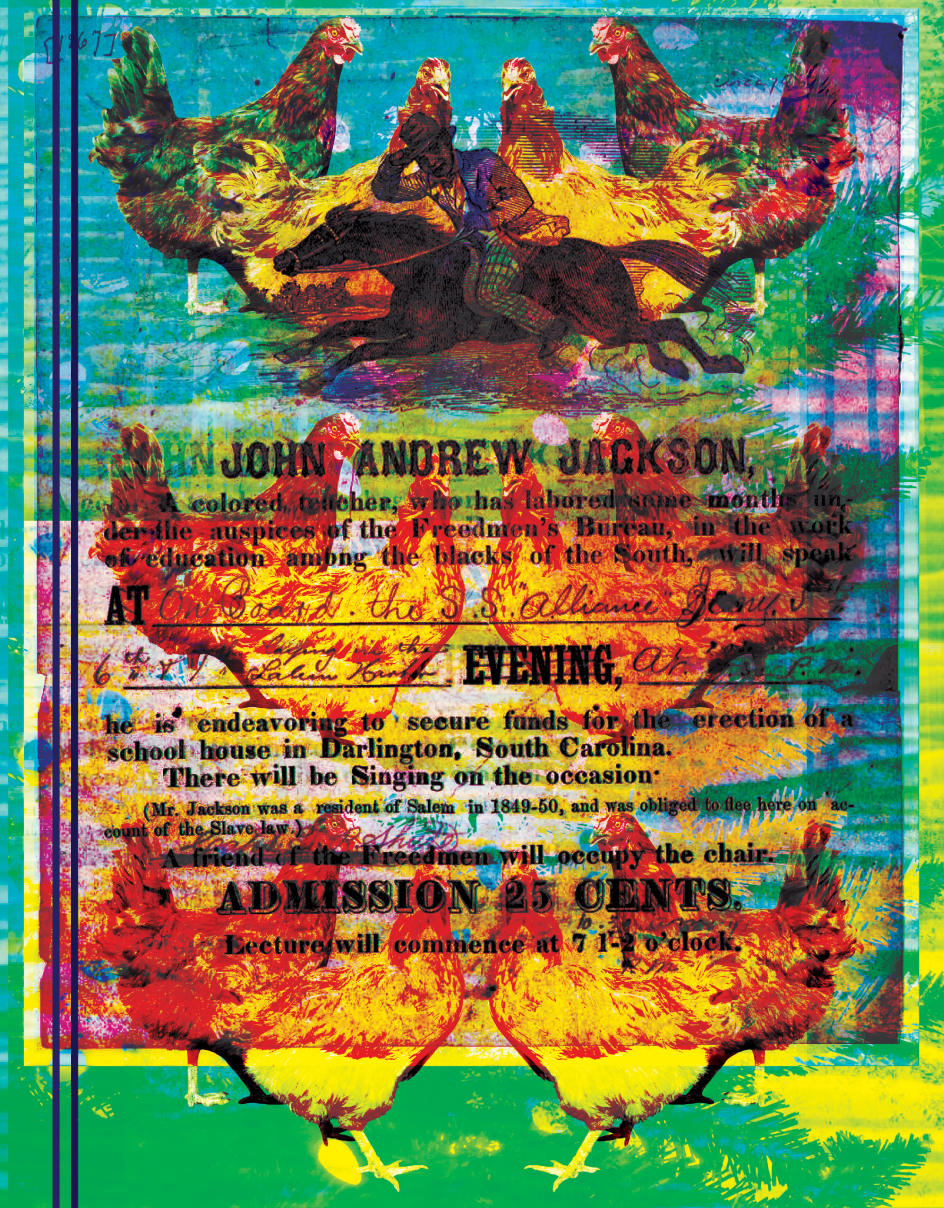
1.29.2021
John Andrew Jackson was born into a brutal life of labor and abuse in what is present- day Lynchburg, South Carolina. Even as a boy, he was whipped or beaten—for praying, not obeying fast enough, or for no reason at all. Most horribly, he saw his sister whipped to death at the instruction of the plantation owner’s daughter.
He found some brief happiness with Louisa, a young woman who lived on a nearby plantation. He married her, but when she and their daughter, Jenny, were sold to a plantation owner in Georgia, Jackson’s devastation knew no bounds, and he resolved to use the rapidly degrading sanity of plantation owner Robert English to his advantage. With his owner collapsing into dementia, oversight and discipline on the plantation were lax.
Jackson began to hatch a plan for escape. If he couldn’t join Jenny and Louisa, he would escape slavery entirely and perhaps someday, somehow, be reunited with them.
Jackson traded some chickens for a pony that a neighboring slave had somehow obtained. He hid the pony deep in the woods. On Christmas Day, he took advantage of the customary three-day holiday and fled on horseback for Charleston.
As he was walking past the docked boats, several dockworkers asked him bluntly if he was a fugitive slave and asked to whom he “belonged.” Since he couldn’t plausibly pass as a Charleston slave and certainly didn’t want to admit to being a fugitive, Jackson said he “belonged to South Carolina.”
His clever and unexpected response may have perplexed his interrogators—and they let him be.
When Jackson found a ship heading to Boston, he tried to board, but the crewmen refused to let him.
That night, when he was sure no one was on the ship, he hid in a five-by-three foot box on a lower level of the vessel. Eventually, on the high seas, the crewmen found him and threatened to unload him on the next ship. There never was another ship, and Jackson made it to Boston safely.
From Boston, he went on to settle in Salem, Massachusetts. Rather than live underground, Jackson chose to keep his name and live openly. He worked to raise funds with Northern abolitionists who were willing to help him negotiate freedom for the wife and baby daughter he had left behind.
But this plan was doomed to failure. Before he was able to raise sufficient funds to purchase his family’s freedom, the passage of the 1850 Fugitive Slave Act effectively forced him to flee again, this time north to Canada with the help of the increasingly organized Underground Railroad.
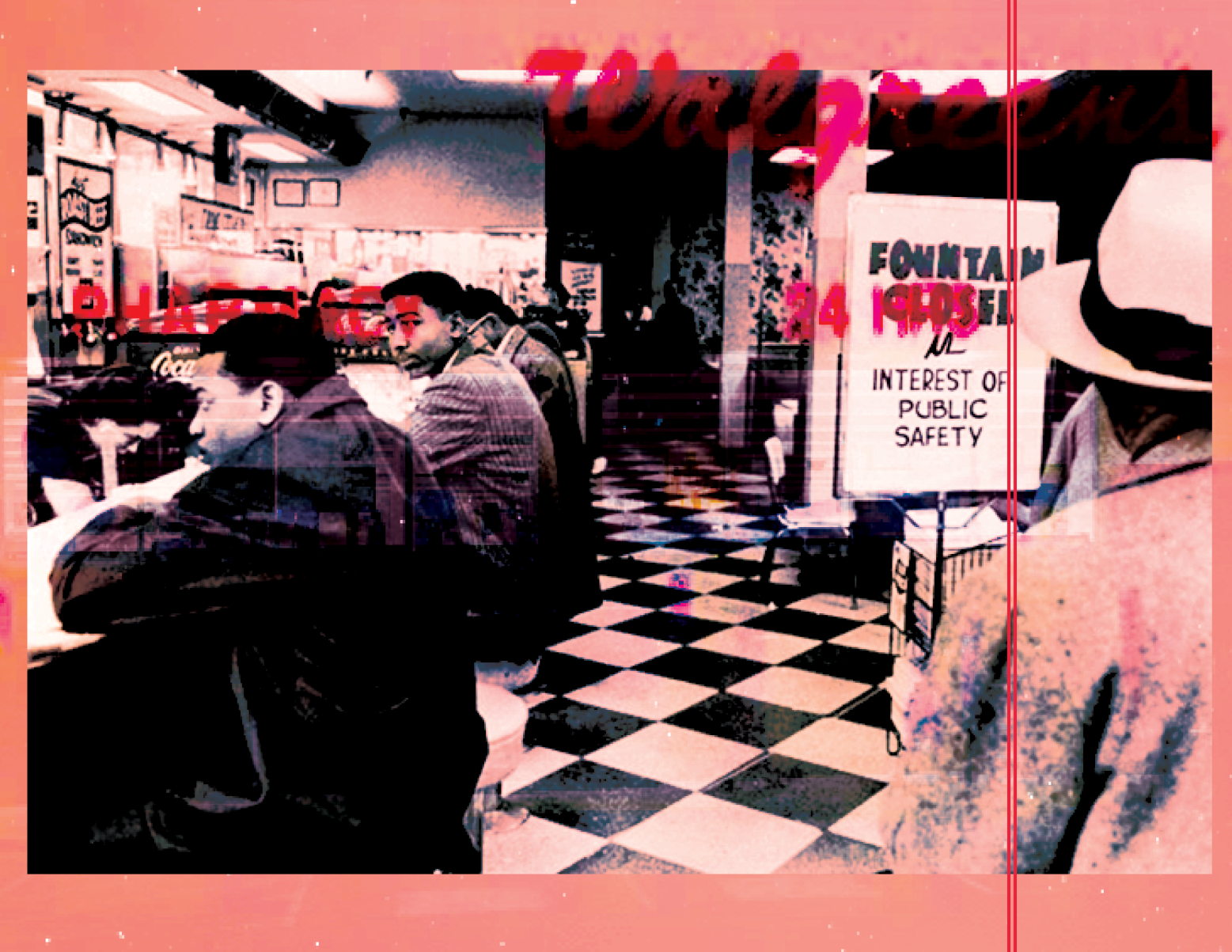
1.30.2022
sit-in participants at Walgreens drugstore in Nashville, On February 13, 1960, members of the Nashville Student Movement and the Nashville Christian Leadership Council began a campaign of sit-ins at “whites only” lunch counters in Nashville stores. Their goal was to end racial segregation at lunch counters.
124 students on February 13 participated in the sit-ins and on the 18th of February, over 200 conducted a sit-in. Managers displayed the sign "CLOSED IN THE INTEREST OF PUBLIC SAFETY." Whites began verbally harassing the non-participants, police had to clear a few stores.
400 students representing Diane Nash sat in. The violence of harassment and beatings escalated. The protesters were beaten with fists and clubs, repeatedly knocked down, stomped, and burning cigarettes were pushed into their backs. Arrests were made. However, the racist violent white men were not arrested. Instead, 81 nonviolent protesters were taken to jail and charged with disorderly conduct. The students protesting refused to pay their fine, choosing to serve jail time.
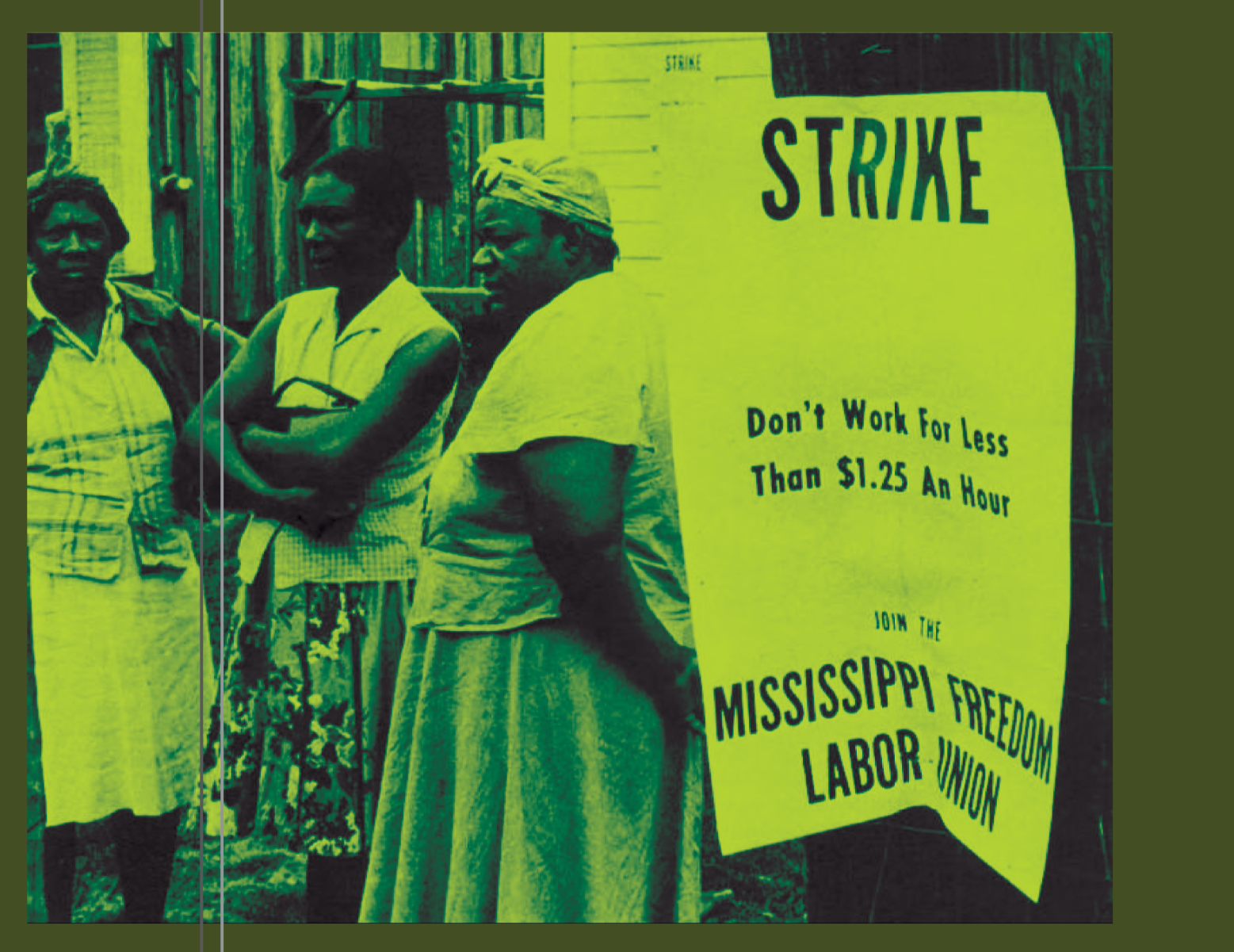
1.31.2022
After World War II, many Black people in the region left the state and headed north in search for better opportunities. Those that remained continued to toil in the cotton fields for 30 cents an hour ($2.27 in today’s currency) and remained economically powerless. By the mid-sixties, however, mechanization was rapidly making their labor obsolete.
In Mississippi, labor unions were virtually non-existent, and plantation owners met any attempts to organize for Black economic or political power with hostility that amounted to economic terrorism. Nonetheless, with no experience and no model on which to base their work, the cotton workers in Shaw began organizing their union. By April 1965, they had developed a functioning union with roughly a thousand members from six counties, concentrated mostly in the Delta.
At its first statewide meeting, members decided to call their nascent union “The Mississippi Freedom Labor Union” drawing a connection to the recently formed Mississippi Freedom Democratic Party (MFDP).
In the spring and summer of 1965, MFLU locals organized labor actions in various communities in the Delta. At its peak, MFLU had 1,350 members and about 350 on strike. In Indianola, “cotton choppers,” who weeded in between the cotton rows, struck for $1.25 an hour. The secretary of the Indianola local, Mrs. Edna Mae Garner, was one of many who made a defiant stand for a decent wage. “When [the bossman] asks me ‘will I do some chopping’ and I will tell him ‘No, I’m on strike ‘till I get $1.25 an hour.”
Farm workers in Tribbett, a small rural community near Greenville in Washington County, organized a strike after local plantation owner A.L. Andrews refused to pay them $1.25 an hour. In retaliation, Andrews evicted the families that rented on his property without warning and his neighbors supplied him with the labor needed to hoe his fields.
If it were the 90s you’d be outside
On June 2 2020 28 million people posted a black square on Instagram. The shared act marked for many a political statement or contribution into the perpetual stream of user generated content and audio visual imagery casually known as the gram, insta, or just ig. Similar to a tidal wave and within the United States of America, the platform was washed clean of its usual representations of people in beach wear, post club photos, weekend warrior pics, and the general spread of strangely lit selfies. Leaving in its wake and for a moment, the application became a useless visual pitfall or fail space.
In the span of more than 24 hours the app simply displayed a countless stream of 1800x1800
pixelated sections of the color black. Much like the powered down effects of a tv
screen, the amalgamation of images, videos, and bold faced text blast readily available
for any casual passerby to ingest were absent, defying the platform's primary use
as a distributor of user generated content and images. Like a well or an aquarium,
the peering down effects the application has on the body were revealed. The absence
of time and space in that moment collapsed to reveal the artificial endlessness of
the gram. Unlike the scenes inside of casinos or arcades where the absence of time
and its visual representations
are obscured, the darkened timeline reverted the mind's eye back into the present
moment reflecting a social atmosphere consumed by fire, smoke, the color red, and
contentious air.
Prior to the act, the application functioned relatively like a daily rolodex of postings
from users all over the world whose content was then funneled to users based on their
shared interest, connected followers, and other components such as tracked data and
advertising. Within the application, the exploration function and its immediacy to
simulated connectedness was halted. In a sense, the all-access-pass to a global
community offered by the platform’s explore page was gone.
Multiple interpretations of the act and its impact on the 2020 uprisings can be found in the resulting political and social climates now facing the United States of America. In passing, the act has been deemed flippant, meaningless, and a clunky attempt at creating space for political action within an environment that thrives off of sensationalism, voyeurism, and clout chasing. On the flip side the act can be viewed as an inadvertent example of sabotage which may have also unconsciously broken/permanently altered the platform.
If anything black out tuesday can be compared to the protest actions of the Student Nonviolent Coordinating Committee (SNCC) which, during the social justice movements of the 50s and 1960s involved SNCC members and supporters parking/stalling vehicles on bridges and highways to halt/stop the flow of traffic. Causing severe traffic jams, and delaying the flow of key transportation routes, the activists in SNCC were able to disrupt the steady procession of capitalism. attracting news worthy awareness to their cause and simultaneously furthering the distribution of their messages to a wider audience. Members of SNCC used technology and a state of refusal to engage with the political struggles of their time. Similarly, The black out tuesday act visually overshadowed other types of images and videos hosted on the application that day, and due to the gram's own algorithm based structure, which acts somewhat like an old school telephone operator, pulling and connecting similar postings together, the social media platform counter intuitively obscured itself rendering its use as a global digital view-master ineffective.
Further unpacking would also require a conversation about how black out tuesday also erased and for a moment hindered the very groups of people it was aimed to benefit. The “source” of inspiration behind “black out tuesday” was an idea concocted by music industry folks who wanted to have a day of silence or a day of absence in which their presence as contributors to the daily rotation of social media posting was missing from the online platform. Like many ideas, the act was also taken up by regular people who were looking for another way to contribute to the massive response happening across the country in response to the violent murders and long standing racially motivated brutality faced by Black people in the United States of America and across the globe. Touted also as an easy and non life threatening opportunity to engage with the global sea of protest that were happening daily during the 2020 uprisings, the black out tuesday act grew in mass with nuanced messages instructing people to post an all black square with no caption or with a caption that included the hashtag #blacklivesmatter in the description window.
overwhelmed with large synchronistic action, the digital protest exposed a weak spot in the algorithm structure. Like a castaway pebble breaking a river's surface, the algorithm could not accurately interpret the meaning of the influx of black postings, and like a snake eating its own tail, resulted in the gram's own downfall.
Unforeseen consequence of the act also upended countless other resources tied to the #blacklivesmatter, which functioned as a registry for bail fund information, protest locations, and other relative information. With mixed results the act's effectiveness has been debated since, acting as both a marker of where protest culture was and what it could become in the age of social media.
The gram’s operating system in the aftermath of the post-black out era has resulted in a surge of technical problems, glitches, and significantly more bot generated content on the application. With the current collapse of social media as a space for implied connectivity, it can be said that most online platforms are in fact connecting less people than ever. With no clear definition of how social media platform algorithms actually work, coupled with various whole hearted conspiracy theories floating around ranging from mind control, non sanctioned surveillance, and the occasional too close for comfort, “you read my mind”, like posting that spring up on one's personal feed, the post-black out moments on the app feel starkly different. Currently the explore page is riddled with duplicates, months old content, and a hyper limited amount of posting available at one given time making the app feel less intuitive, clunky, and generally uninspiring.
Looking at the pre and post-black out experiences online, it is also clear that the suppression of political information and social justice based postings has also gone from a consistent to non-existent state with far less engagement and visibility.
How can we find ourselves within a sea of darkness?
How will the next wave of rebellions against the political and social structures that gave way to the chaos 2020 take shape?
How can we locate ourselves outside of representations, catch all words, and symbols, which often fall short of completing their intended use as overarching containers for ideas/meaning?
What responsibilities do users of social media have to platforms that dictate the distribution of thoughts and ideas to the masses? Can community be cultivated online within the age of the algorithm?
Post-2020 and post uprisings how should protest culture change in the wake of the over militarization of police forces in the United States which carry a lack of accountability and respect for protesters and people taking to the streets?
The Underground Railroad carries with it a mythology of undetectability, and sense of invisibility in plain sight, and if an image carries information within it, how can we utilize a lack of information within a container as a useful approach to deliver or pass information relevant to the current push for universal equality and the overall betterment of life for oppressed people?
Although the past has been a significant reference point for how to succeed in the struggle for equality, what would a new set of parameters look like without the use of physical occupation in public spaces?
If capitalism is the link between power dynamics, forms of supremacy, and dominant culture, can a lack of participation or absence from those systems assist in the dismantling of their impact on members of oppressed communities?
Although there are no catch all answers or responses to dominant culture, which fluctuates with the times, how can a significant break be induced to produce a gap within the recall and response time of systems of power, and How can the effects of those breaks be used to permanently change/dismantle the systems that mimic algorithmic functions within the precession of everyday life?
If societal breaks can be significant, like the break that black out tuesday produced on the gram, then can the possibility of breaking the cycles and forms of global domination which dictate oppressive experience within society be undone to affect life as we once knew it?
Considering timing and a large section of active participants working in conjunction to produce a desired outcome, could we possibly look to the stars for guidance on when to strike, take action, or simply refuse the call to labor?
If refusal is anything, it is a denial of action or response to the request or demands of an outside force, and by refusing, we allow ourselves the opportunity and space to create new pathways for the redistribution of agency.
- “What happens if February never ends?”
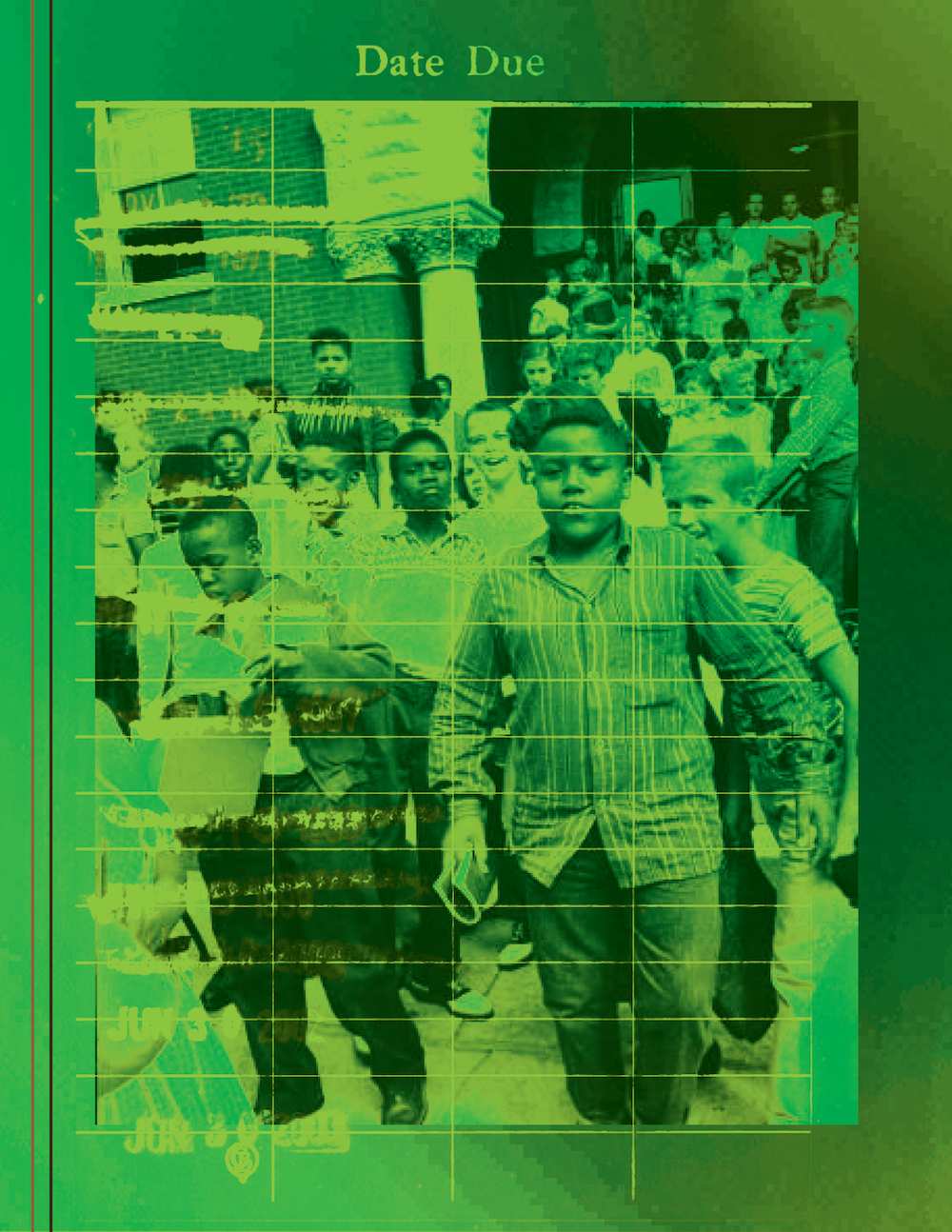
3.1.2022
Students emerging from School after First Day of Integrated Classes
#february
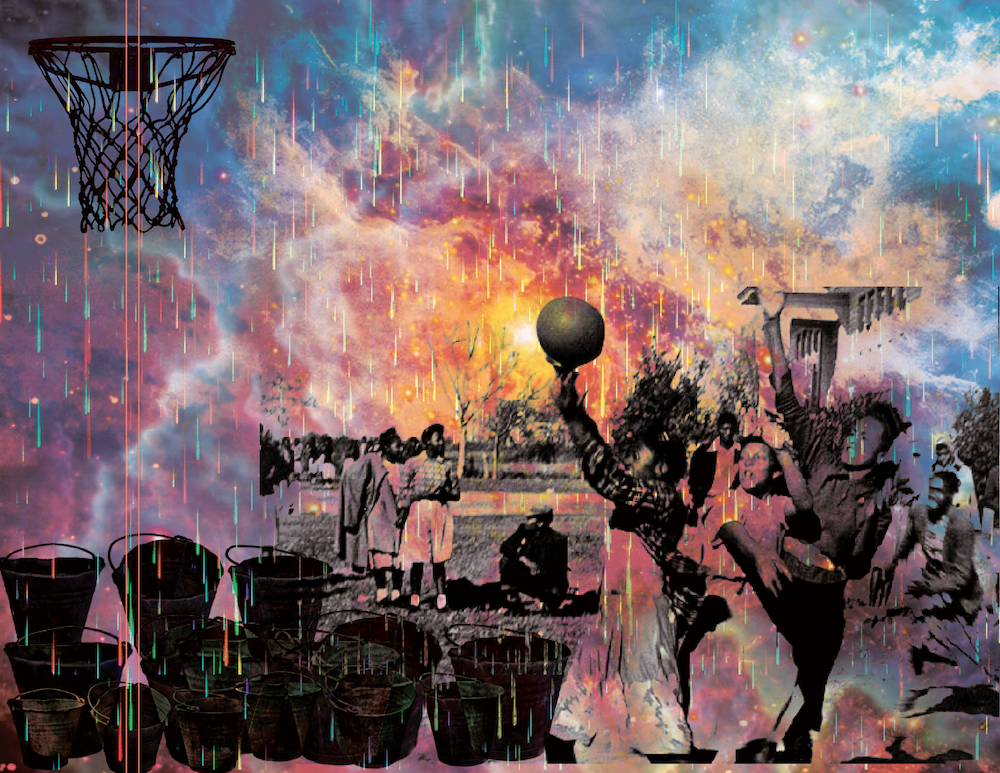
3.2.2022
Playground basketball 1939-1946
Atlanta, GA
#February
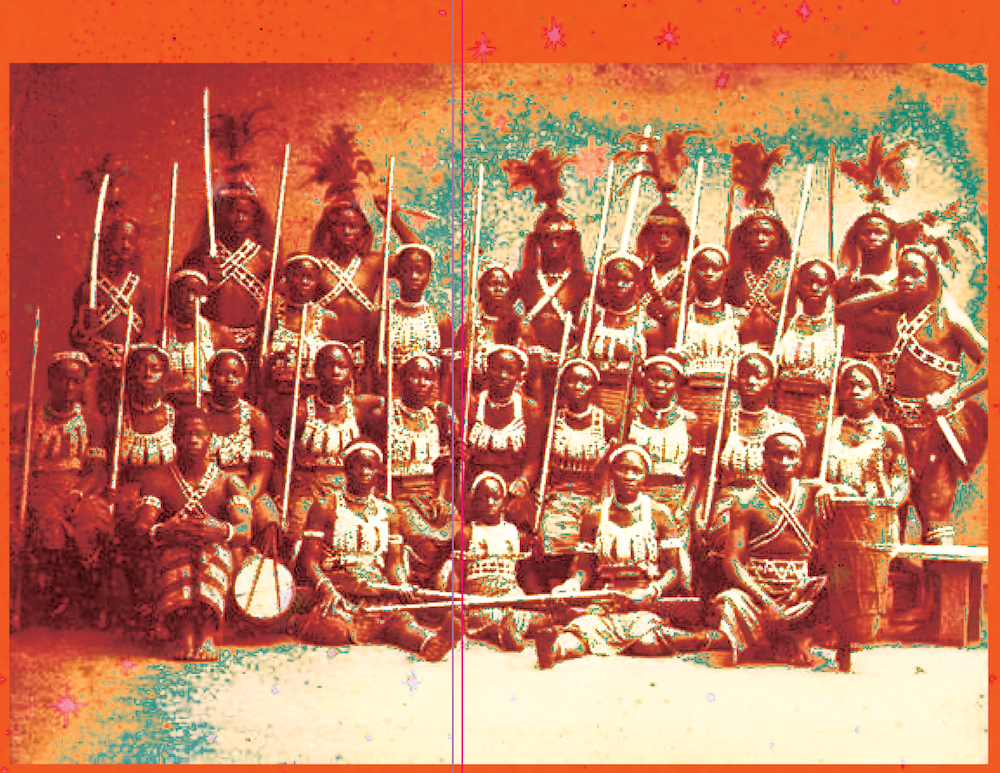
3.3.2022
The Mino, or Minon, which means "our mothers", called Dahomey Amazons by European writers, were a Fon all-female military regiment of the Kingdom of Dahomey in the present-day Republic of Benin which lasted until 1904. They were so named by Western observers and historians due to their similarity to the mythical Amazons of ancient Anatolia and the Black Sea.
#february

3.4.2022
#february

3.5.2022
Frank Wills was the security guard who alerted the police to a possible break-in at the Watergate complex in Washington, D.C.. His actions eventually led to the discovery of the truth about the Watergate scandal and led to the resignation of President Richard M. Nixon in 1974.
On the night of June 17, Wills noticed a piece of duct tape on one of the door locks when he was making his first round. The tape was placed over the latch bolt to prevent the door from latching shut. He removed the tape and continued on his patrol. Thirty minutes later, Wills came back to the door and he noticed there was more tape on the door.
Without hesitation, Wills rushed up to the lobby telephone and asked for the Second Precinct police. Five men were found in the DNC offices and arrested. Details that emerged during their questioning and trials triggered the Watergate scandal.
One story reports that after the Watergate break-in, he received a raise of $2.50 above his previous $80 per week. Another story states he wanted, but did not receive, a promotion for discovering the burglary.
Sometime after the botched burglary, Wills quit his security job at the DNC headquarters and found another security job that paid him a little bit more money, but the second security job was still not enough to live on so he had to leave that job as well.
Over the next 20 years, Wills struggled to establish and maintain roots and stability while suffering bouts of unemployment.
He shuttled between Washington and other southern cities, with some time spent in the Bahamas. He said in an interview that Howard University feared losing their federal funding if they hired him.
In 1992, on the twentieth anniversary of the burglary of the DNC headquarters, reporters asked if he were given the chance to do it all over again, would he? Wills replied with annoyance, "That's like asking me if I'd rather be white than black. It was just a part of destiny."
That same year, Wills told a Boston Globe reporter, "I put my life on the line. I went out of my way. . . . If it wasn't for me, Woodward and Bernstein would not have known anything about Watergate. This wasn't finding a dollar under a couch somewhere." Wills was quoted saying, "Everybody tells me I'm some kind of hero, but I certainly don't have any hard evidence. I did what I was hired to do but still I feel a lot of folk don't want to give me credit, that is, a chance to move upward in my job.
#february
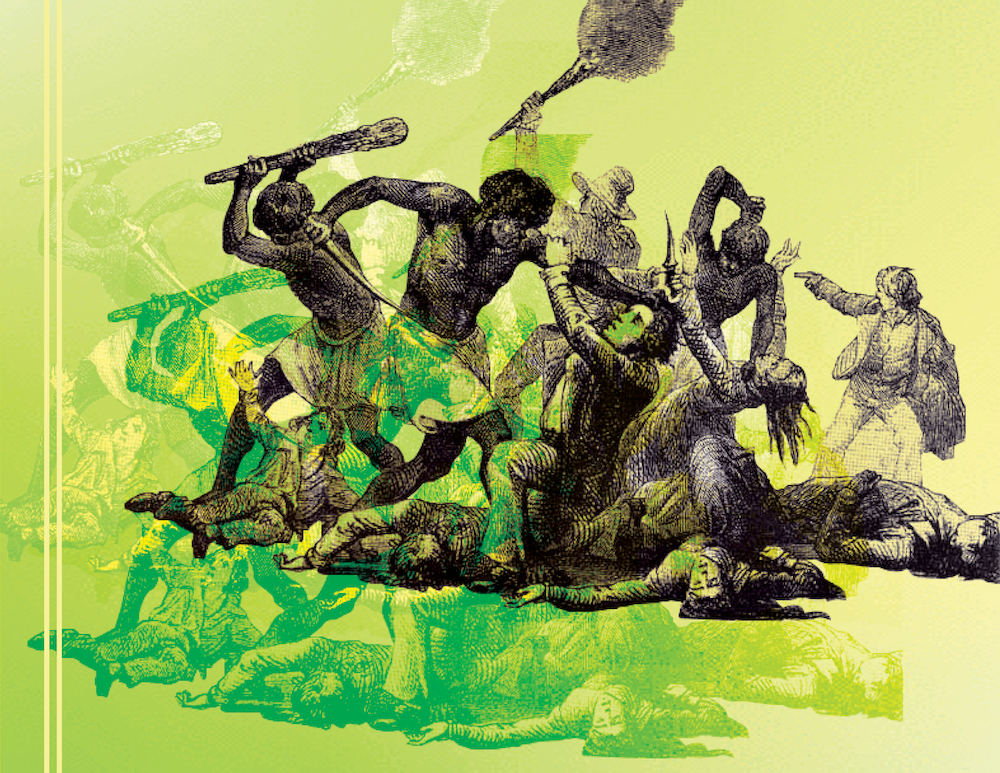
3.6.2022
#february
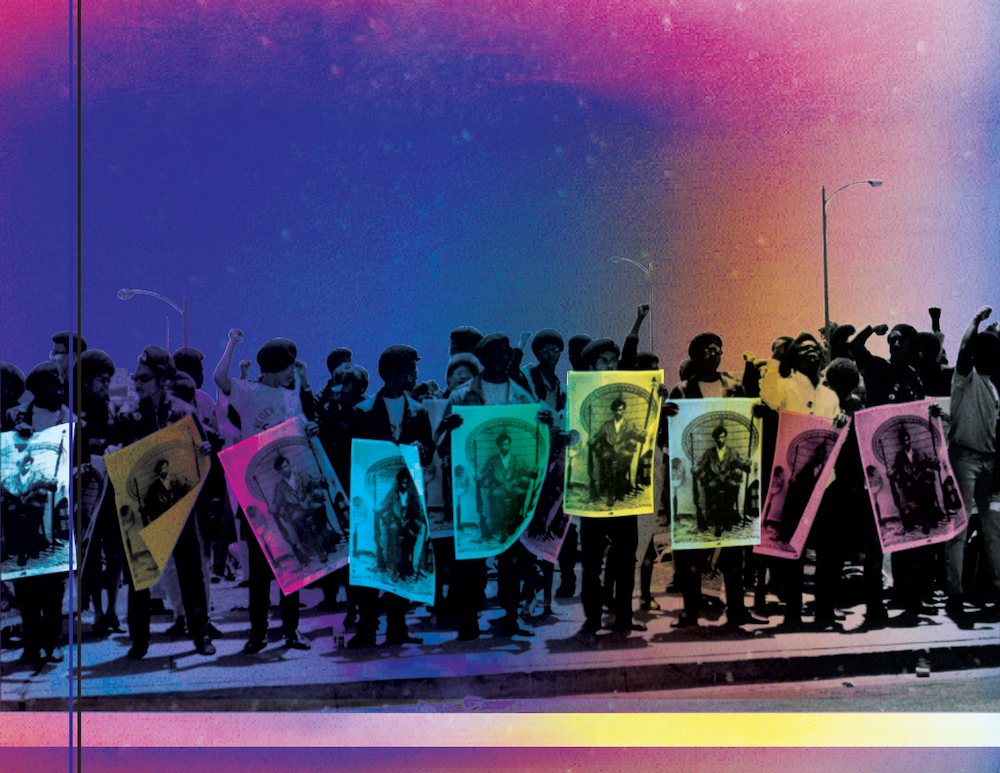
3.7.2022
Free Huey Rally in front of the Alameda County Courthouse, Oakland, California, September 1968
Huey Percy Newton Born February 17, 1942 was an African-American political activist and revolutionary who, along with Bobby Seale, co-founded the Black Panther Party in 1966.
Newton had been convicted of assault with a deadly weapon for repeatedly stabbing another man, Odell Lee, with a steak knife in mid-1964. He served six months in prison and by October 27–28, 1967, he was out celebrating release from his probationary period.
Just before dawn on October 28, Newton and a friend were pulled over by Oakland Police Department officer John Frey. Realizing who Newton was, Frey called for backup. After fellow officer Herbert Heanes arrived, shots were fired, and all three were wounded.
Heanes testified that the shooting began after Newton was under arrest, and one witness testified that Newton shot Frey with Frey's own gun as they wrestled.
No gun on either Frey or Newton was found. Newton stated that Frey shot him first, which made him lose consciousness during the incident. Frey was shot four times and died within the hour, while Heanes was left in serious condition with three bullet wounds.
Black Panther David Hilliard took Newton to Oakland's Kaiser Hospital, where he was admitted with a bullet wound to the abdomen. Newton was soon handcuffed to his bed and arrested for Frey's killing.
Newton was convicted in September 1968 of voluntary manslaughter for the killing of Frey and was sentenced to 2 to 15 years in prison. In May 1970, the California Appellate Court reversed the conviction and ordered a new trial.
After two subsequent trials ended in hung juries, the district attorney said he would not pursue a fourth trial, and the Alameda County Superior Court dismissed the charges.
In his autobiography, Revolutionary Suicide, Newton wrote that Heanes and Frey were opposite each other and shooting in each other's direction during the shootout.
#february
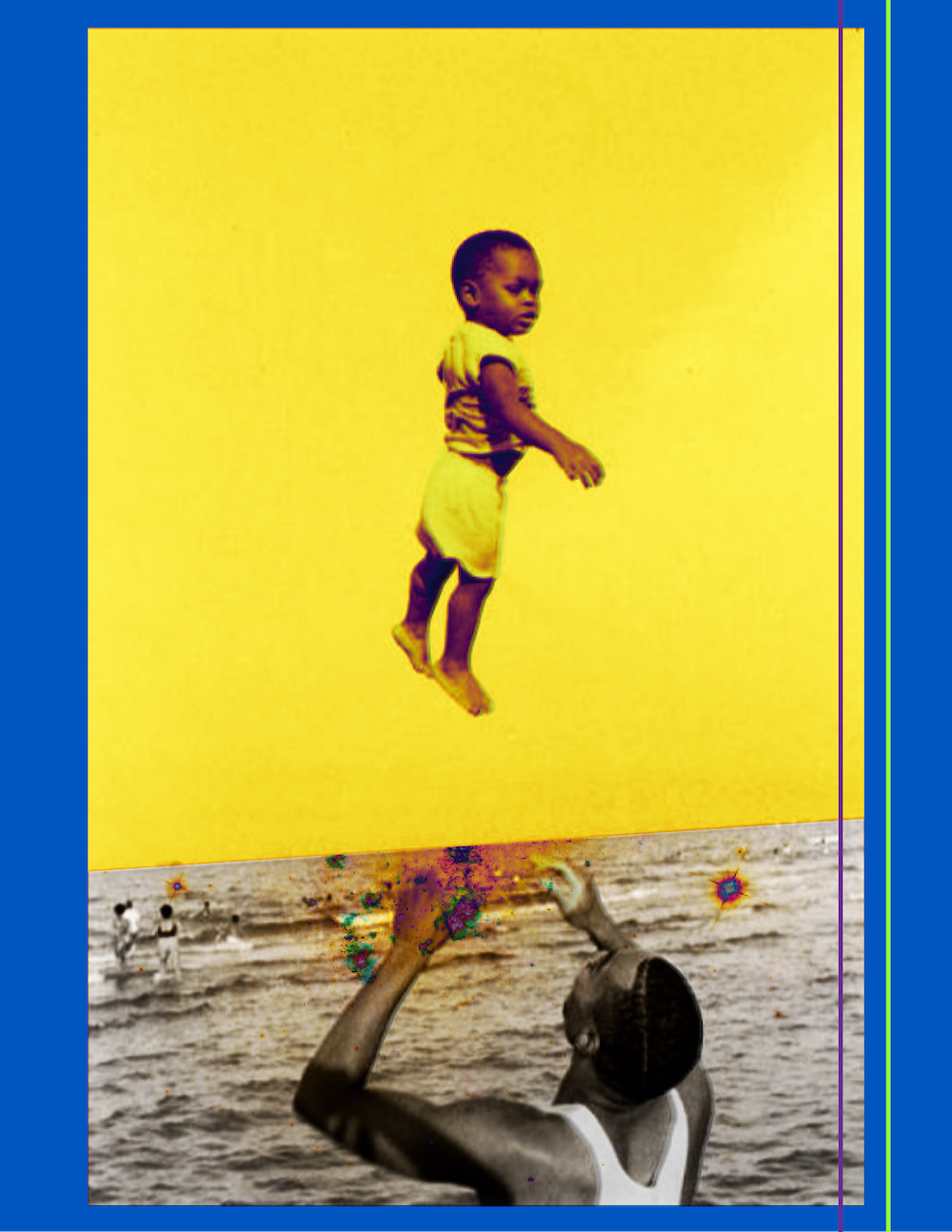
3.8.2022
#february

3.9.2022
#february
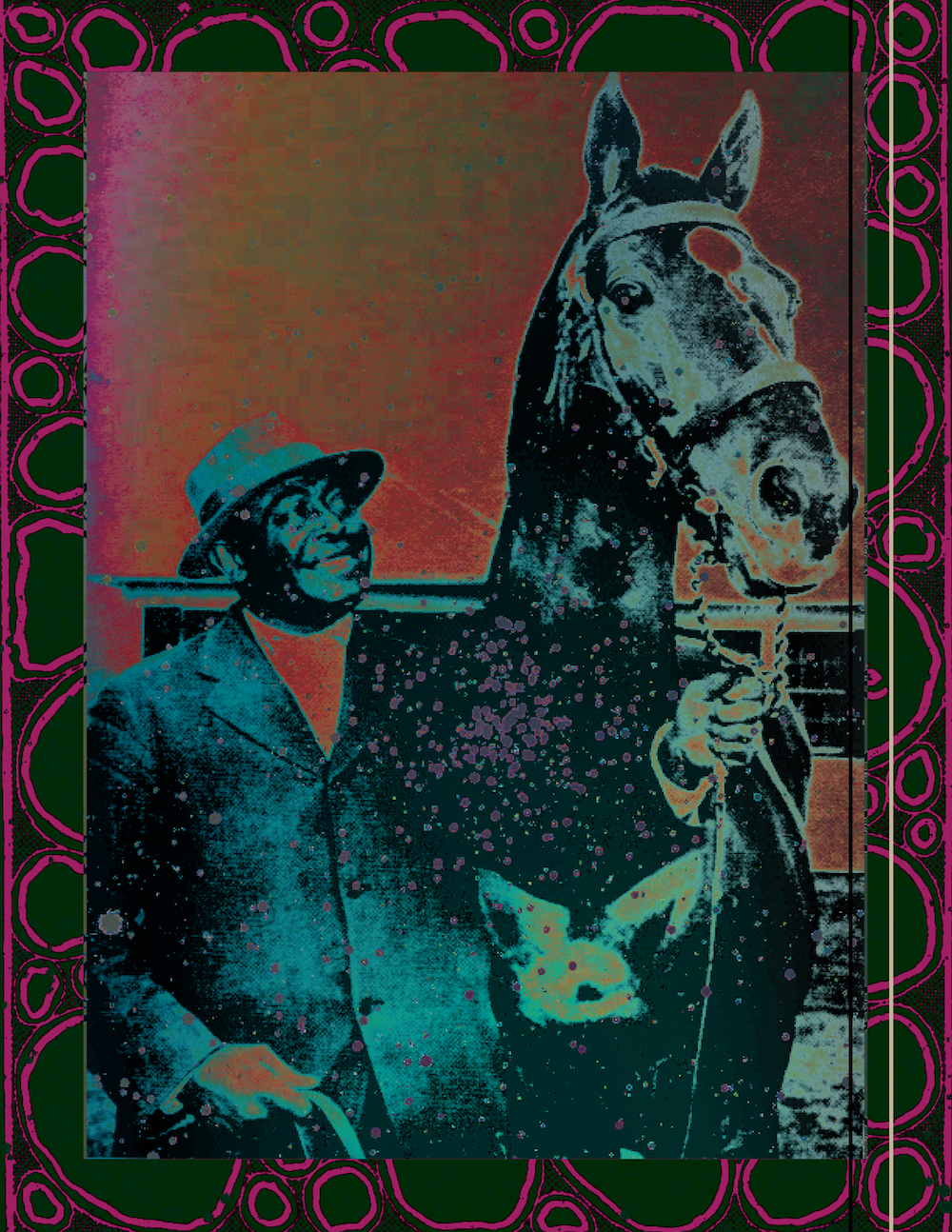
3.10.2022
Will Harbut, 60, the groom who has attended Man o' War for 18 years, is pictured above with the world-famed horse
Will Harbut was born in 1885 and as a young man, moved to Maddoxtown, where he built
one of its first houses on the land he purchased. Maddoxtown was one of many “free
towns” that sprung up in Kentucky after the Civil War where freed men and women could
settle, farm and raise their families. The South of the pre-Civil War was a place
where landowners and slaves contributed to a thriving economy. As we understand today,
the master-slave relationship was a very complex one and, with the emancipation, was
forced into a state of social upheaval that saw newly-liberated men, women and children
leaving homesteads and flocking into Southern cities. And just as suddenly, these
families found themselves homeless and jobless. In an attempt to restore social and
economic order, the state of Kentucky opened free towns to Afro-Americans as a means
of attracting them to rural areas where they would find some measure of security and
employment.
The residents of Maddoxtown farmed their land, while also working on the horse farms of the Bluegrass. As such, they were simply continuing a tradition of long-standing, since Afro-American men had cared for and ridden Kentucky thoroughbreds in the pre-Civil War era. Their contribution to thoroughbred history had been vital and important: 12 of the 15 jockeys who rode in the very first Kentucky Derby were Afro-Americans and thoroughbreds carrying Afro-American riders would wear the roses 15 times over the next 28 years. Men from the free towns around Lexington also served as trainers, as well as grooms, passing on their thoroughbred expertise from father-to-son.
Will Harbut’s Maddoxtown home, where he and his wife, Mary, raised their 12 children, faces out onto the rolling pastures of the world’s thoroughbred heartland. On any given morning, Will could stand on his porch and watch bands of thoroughbreds grazing and rollicking in the lush bluegrass. By the time he was hired by farm manager Harry/Harrie B. Scott, Will Harbut had already gotten the reputation for being a fine horseman and, some said, a horse whisperer. And when Scott was asked to run the operations at Faraway Farm in 1930, he took Will with him.
Man o' War (March 29, 1917 – November 1, 1947) was an American Thoroughbred who is widely considered one of the greatest racehorses of all time. Several sports publications, including The Blood-Horse, Sports Illustrated, ESPN, and the (AP) Associated Press, voted Man o' War as the outstanding horse of the 20th century. During his racing career, just after World War I, Man o' War won 20 of 21 races and $249,465 (equivalent to $3,184,000 in 2019) in purses. He was the unofficial 1920 American horse of the year and was honored with Babe Ruth as the outstanding athlete of the year by The New York Times. He was inducted into the National Museum of Racing and Hall of Fame in 1957. On March 29, 2017, the museum opened a special exhibit in his honor, "Man o' War at 100".
After his undefeated season as a three-year old, Man o' War was retired to stud in
Lexington, originally at Elizabeth Daingerfield's Hinata Farm. In May 1922, he was
moved to Faraway Farm, a property on Huffman Mill Pike outside of Lexington that had
been jointly purchased by Riddle, his wife's niece Sarah Jeffords and her husband,
Walter. This land, including the stallion barn, is now part of Mt. Brilliant Farm.
In late 1936 or early 1937, the Riddle horses were moved to an adjacent property,
also called
Faraway Farm, where Man o' War spent his final years. This portion of Faraway is now
called Man o' War Farm.
During his lifetime, over 500,000 people signed the guest book at Faraway Farm and as many as 1.5 million are estimated to have visited him there. His longtime groom, Will Harbut, would lead the stallion out on display and proudly proclaim his charge's many accomplishments. Man o' War and Harbut were featured together on the cover of the Saturday Evening Post in 1941. This photograph inspired a popular collectors' plate, "Forever Friends", by equine artist Fred Stone.
#february

3.11.2022
A teenager staring down a guard during the 1965 Selma to Montgomery March for voting rights.
#february

3.12.2022
Protesters being physically removed during a demonstration against the violence in Selma.
Los Angeles, 1965
#february

3.13.2022
Baby Doll celebration in New Orleans, Louisiana, in 1942
#february

3.14.2022
Ted Landsmark is an attorney and architect. He served as the President of Boston Architectural College (BAC) from 1997 to 2014, and was previously the Dean of Graduate and Continuing Education at the Massachusetts College of Art.
He also served as the Director of Boston's Office of Community Partnerships. Landsmark has received fellowships from the Museum of Early Southern Decorative Arts and the National Science Foundation, and he served on the editorial board for Architecture Boston.
Landsmark also serves as a trustee to numerous arts-related foundations including Boston's Institute of Contemporary Art and the Museum of Fine Arts in Boston.
He is widely recognized as an important advocate of diversity and of the African American cause in schools of architecture.
In the 1970s, Landsmark was working in Boston as a civil rights attorney and advocate.
Up until the violent assault from anti-busing activists and protestors, including Jim Kelly who is seen in the photograph The Soiling of Old Glory, Landsmark was involved primarily with trying to get more minority contractors into the construction industry.
He had not been paying much attention to the busing situation.
It was only after the incident and sustaining injuries did Landsmark become involved in the city's conflict over busing as part of desegregation of the public schools.
The photograph raised public ire against anti-busing supporters through its depiction of a supporter appearing to weaponize the American flag in support of his cause.
#february

3.15.2022
#february
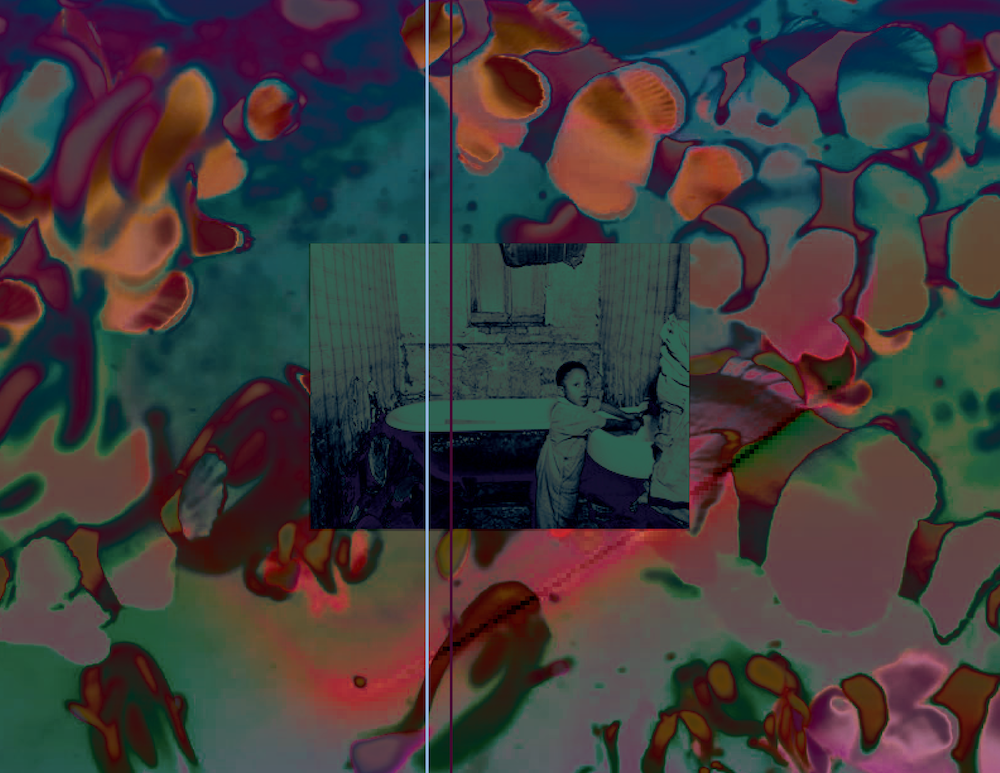
3.16.2022
Okay mommy!
#february
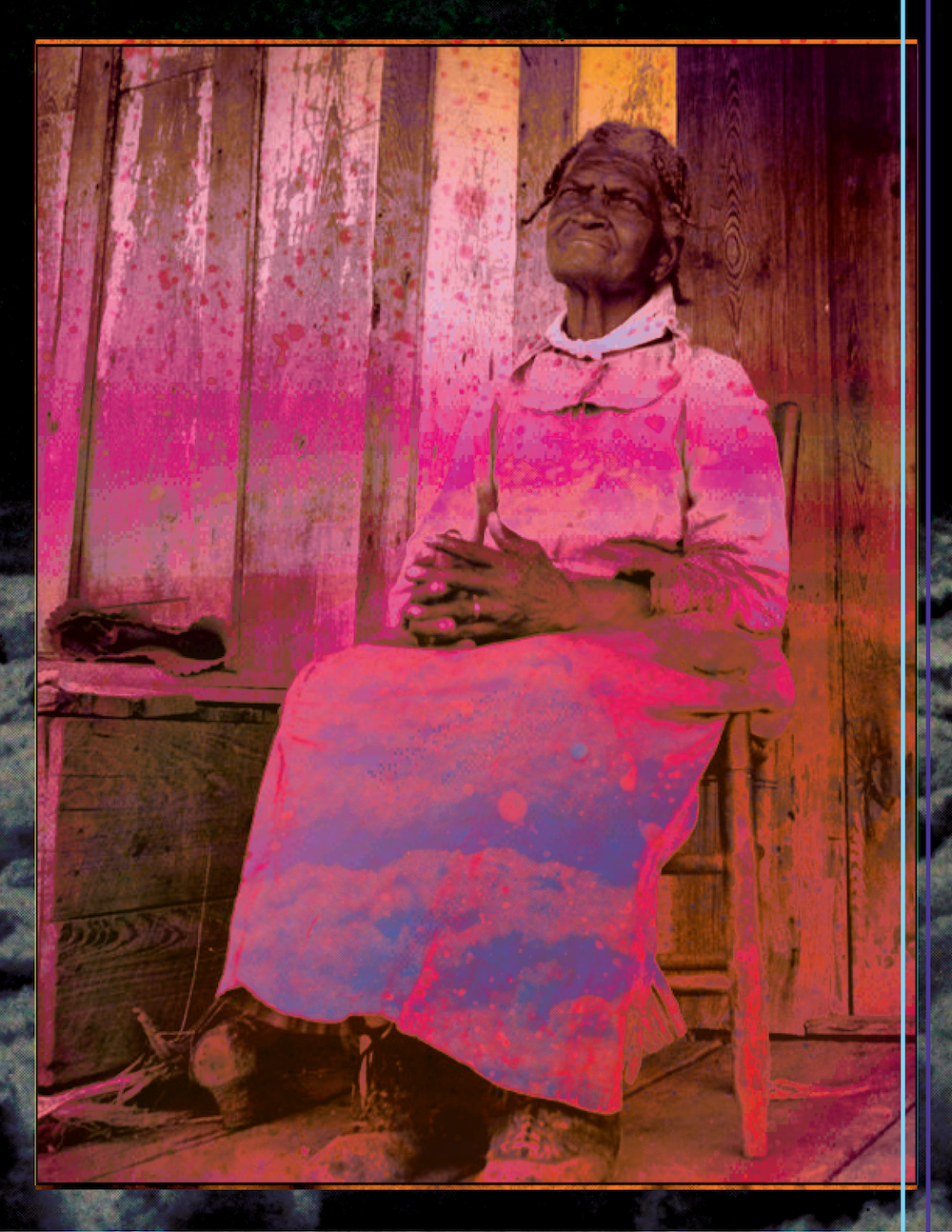
3.17.2022
84
#february
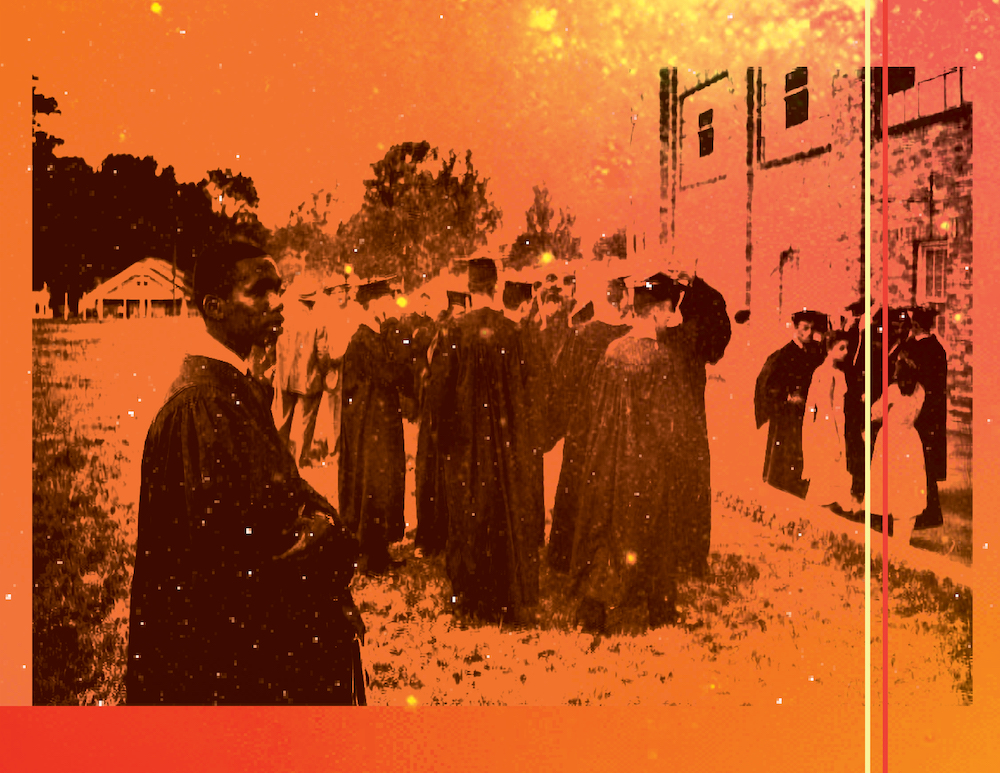
3.18.2022
Ernest Green standing alone outside of Central High School stadium on graduation night; May 29, 1958
Ernest Green was one of the Little Rock Nine, a group of African-American students who, in 1957, were the first black students ever to attend classes at Little Rock Central High School in Little Rock, Arkansas.
Green was the first African-American to graduate from the school in 1958.
#february
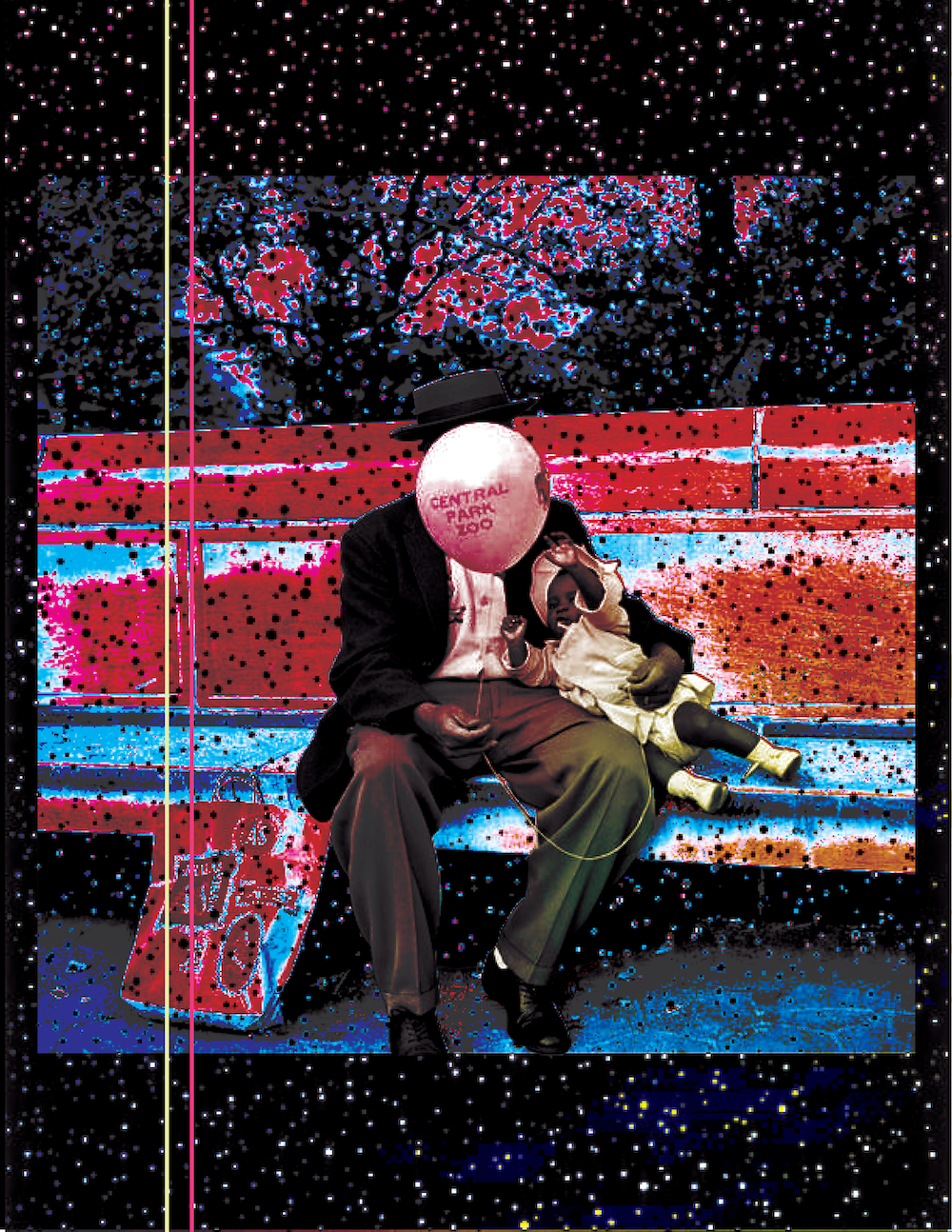
3.19.2022
Central Park Zoo
#february
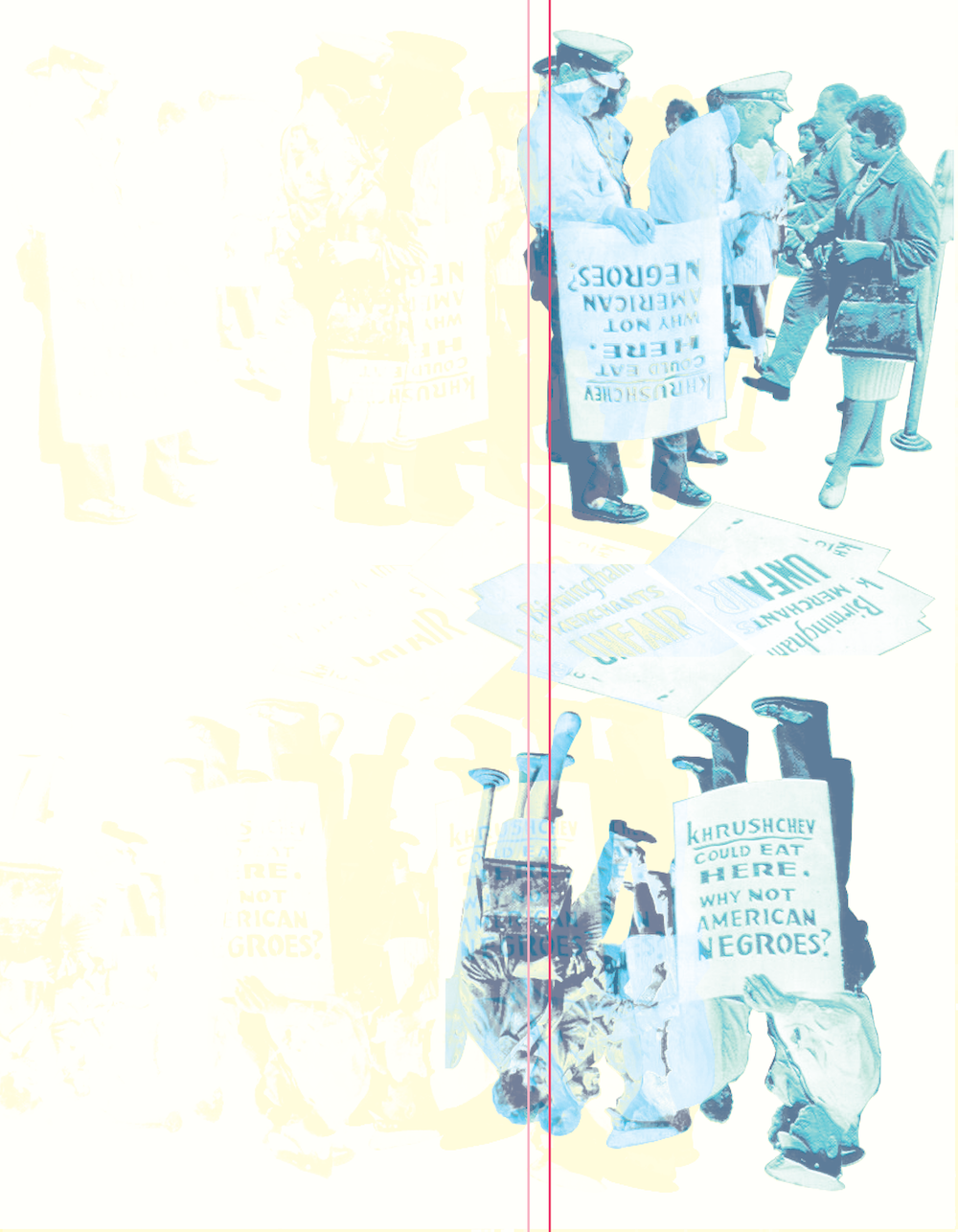
3.20.2022
Birmingham, Alabama, 1963. The upside-down picket sign reads "Khrushchev could eat here. Why not American Negroes?"
#february
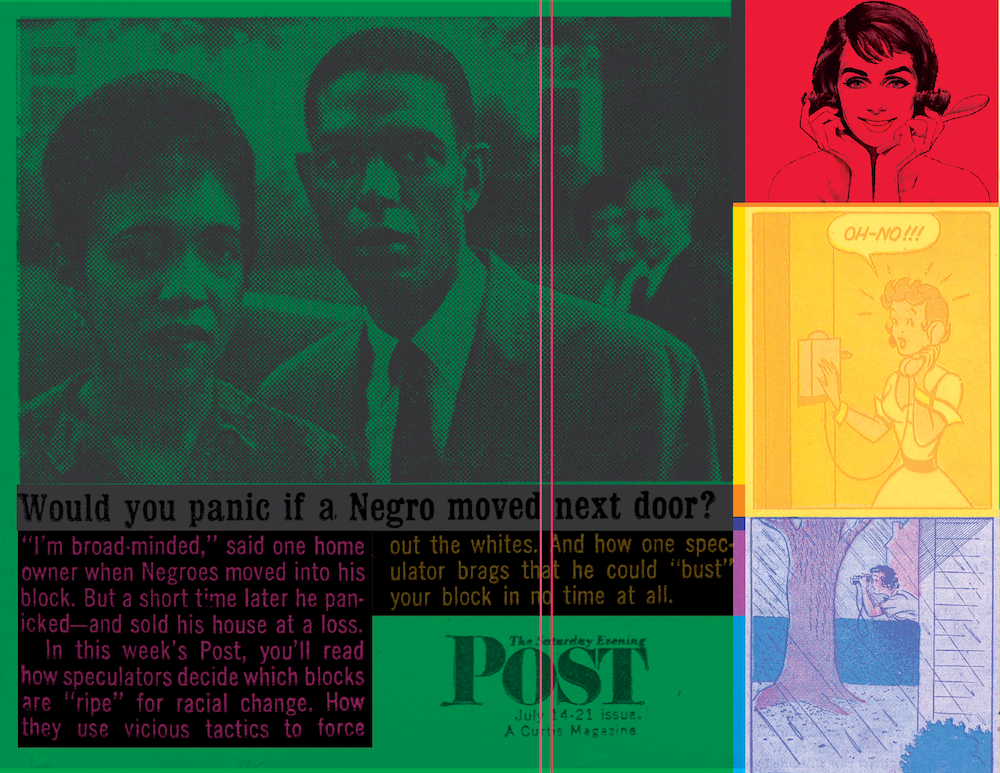
3.21.2022
White flight is a term that originated in the United States, starting in the 1950s and 1960s, and applied to the large-scale migration of people of various European ancestries from racially mixed urban regions to more racially homogeneous suburban or exurban regions.
The term has more recently been applied to other migrations by whites, from older, inner suburbs to rural areas, as well as from the US Northeast and Midwest to the milder climate in the Southeast and Southwest.
Migration of middle-class white populations was observed during the Civil Rights Movement in the 1950s and 1960s out of cities such as Cleveland, Detroit, Kansas City and Oakland, although racial segregation of public schools had ended there long before the US Supreme Court's decision Brown v. Board of Education in 1954.
In the 1970s, attempts to achieve effective desegregation by means of forced busing in some areas led to more families' moving out of former areas.
However, some historians have challenged the phrase "white flight" as a misnomer whose use should be reconsidered.
In her study of Chicago's West Side during the post-war era, historian Amanda Seligman argues that the phrase misleadingly suggests that whites immediately departed when blacks moved into the neighborhood, when in fact, many whites defended their space with violence, intimidation, or legal tactics.
#february

3.22.2022
Separate but equal was a legal doctrine in United States constitutional law according to which racial segregation did not violate the Fourteenth Amendment to the United States Constitution, adopted in 1868, which guaranteed "equal protection" under the law to all citizens.
Under the doctrine, as long as the facilities provided to each race were equal, state and local governments could require that services, facilities, public accommodations, housing, medical care, education, employment, and transportation be segregated by race, which was already the case throughout the former Confederacy.
The phrase was derived from a Louisiana law of 1890, although the law actually used the phrase "equal but separate".
The doctrine was confirmed in the Plessy v. Ferguson Supreme Court decision of 1896, which allowed state-sponsored segregation.
Though segregation laws existed before that case, the decision emboldened segregation states during the Jim Crow era, which had commenced in 1876 and supplanted the Black Codes, which restricted the civil rights and civil liberties of African Americans during the Reconstruction Era. 18 states had segregation laws.
In practice the separate facilities provided to African Americans were rarely equal; usually they were not even close to equal, or they did not exist at all.
The doctrine of separate but equal was overturned by a series of Supreme Court decisions, starting with Brown v. Board of Education of 1954.
However, the overturning of segregation laws in the United States was a long process that lasted through much of the 1950s, 1960s, and 1970s, involving federal legislation (especially the Civil Rights Act of 1964), and many court cases.
#february
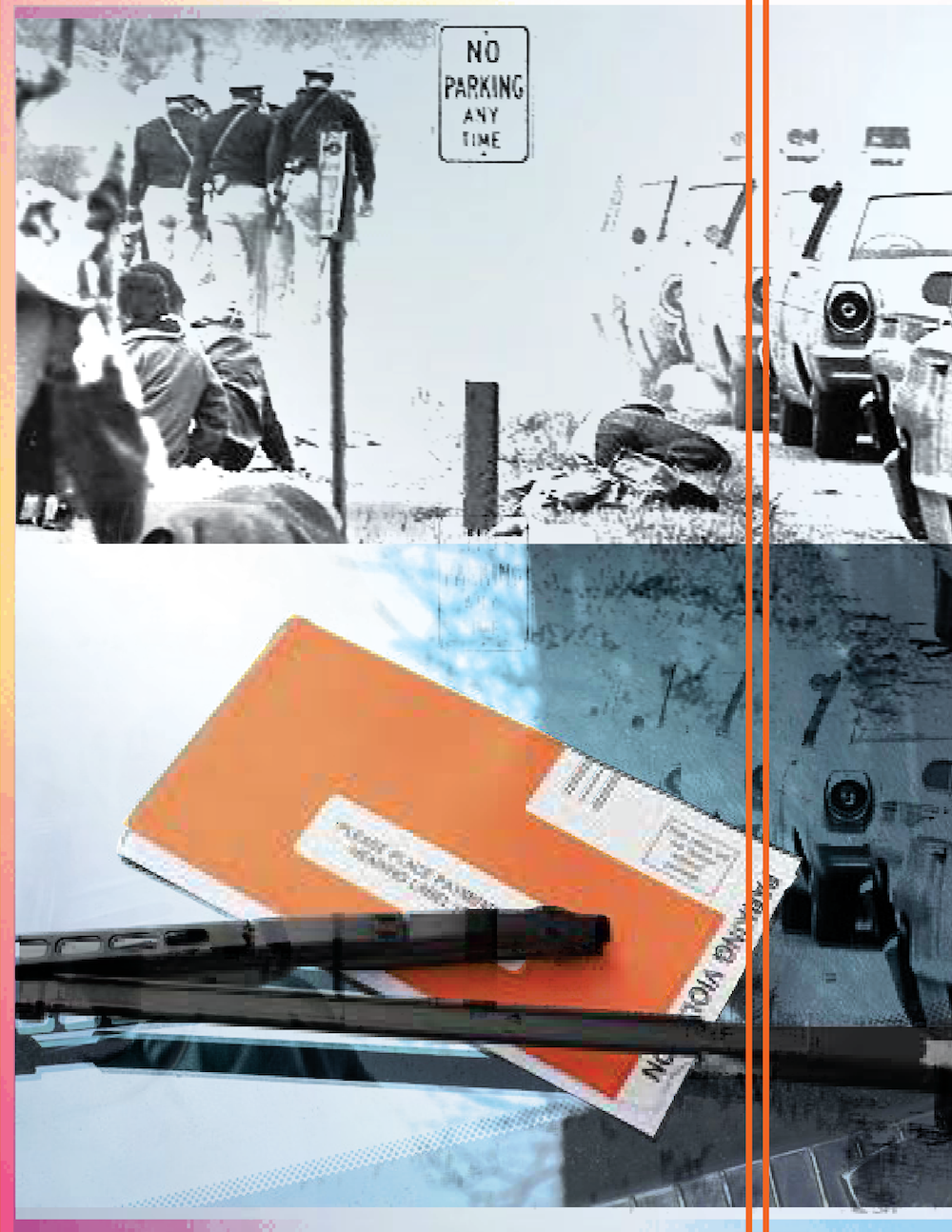
3.23.2022
Unconscious body of civil rights marcher after mounted police officers attacked marchers in Selma, Alabama as they were beginning a 50 mile march to Montgomery to protest race discrimination in voter registration.
#february
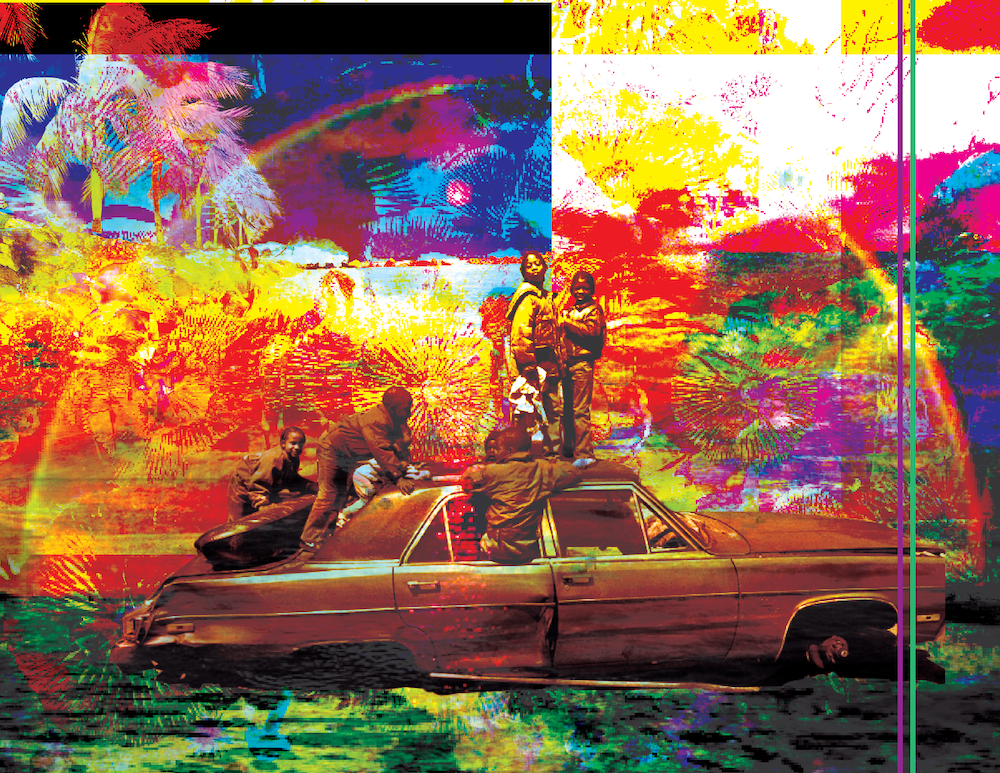
3.24.2022
#february
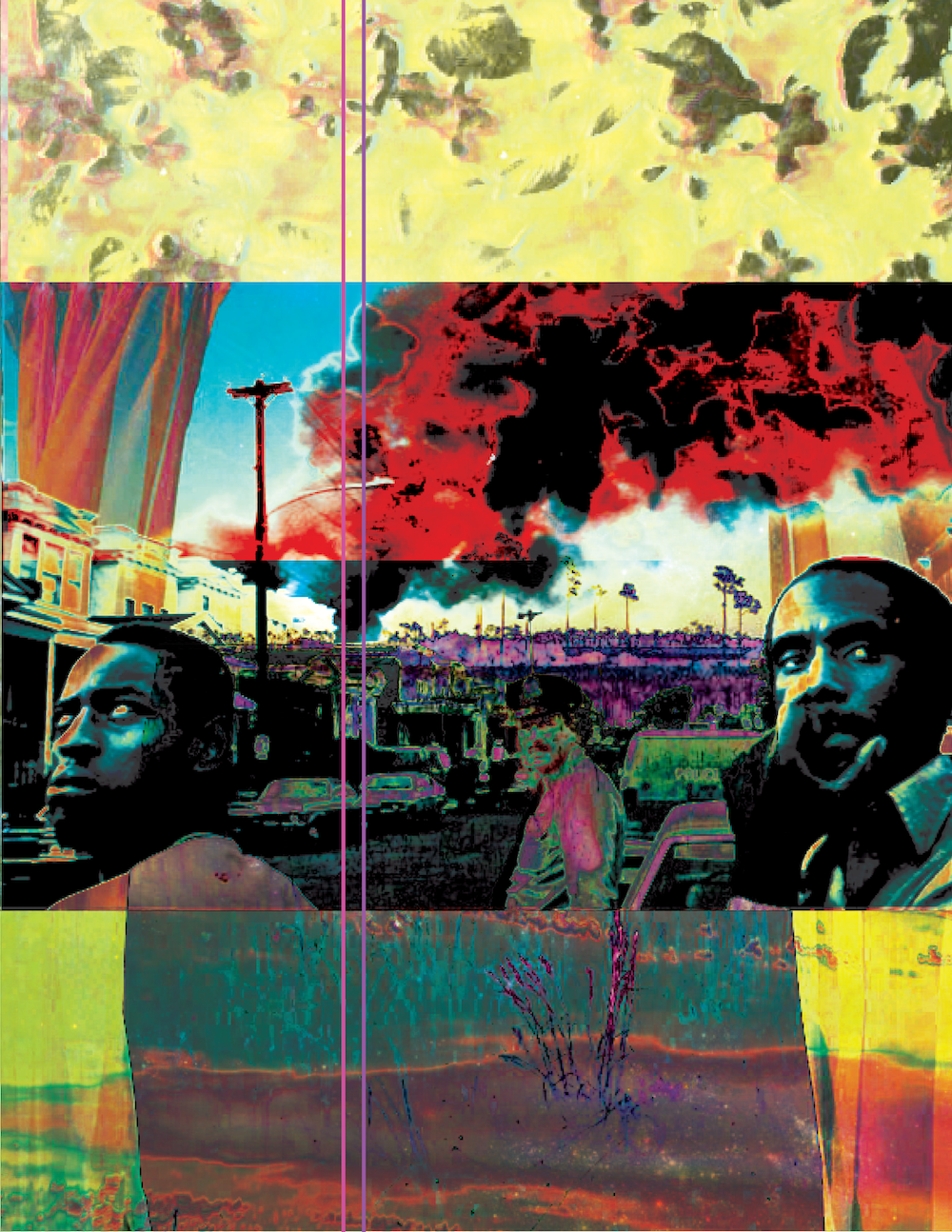
3.25.2022
A scene at the corner of 62nd and Larchwood on the afternoon of May 13, 1985, following the dropping of a bomb on MOVE headquarters. In Philadelphia, Pennsylvania.
MOVE is a black liberation group founded in 1972 in Philadelphia, Pennsylvania by John Africa (born Vincent Leaphart) and Donald Glassey, a social worker from the University of Pennsylvania. The group's name, MOVE, is not an acronym.
Its name was chosen by John Africa to say what they intended to do. Members intend to be active because they say, "Everything that's alive moves. If it didn't, it would be stagnant, dead." When members greet each other they say "on the MOVE.”
In 1985, a police helicopter dropped a bomb on the MOVE compound, a row house in the middle of the 6200 block of Osage Avenue. The resulting fire killed eleven MOVE members, including five children, and destroyed 65 houses in the neighborhood. The survivors later filed a civil suit against the city and the police department, and were awarded $1.5 million in a 1996 settlement.
On Monday, May 13, 1985, nearly five hundred police officers, along with city manager Leo Brooks, arrived in force and attempted to clear the building and execute the arrest warrants. Water and electricity was shut off in order to force MOVE members out of the house. Commissioner Sambor read a long speech addressed to MOVE members that started with, "Attention MOVE: This is America. You have to abide by the laws of the United States." When the MOVE members did not respond, the police decided to forcefully remove the members from the house.
There was an armed standoff with police, who lobbed tear gas canisters at the building. The MOVE members fired at them and a gunfight with semi-automatic and automatic firearms ensued. Police went through over ten thousand rounds of ammunition before Commissioner Sambor ordered that the compound be bombed.
From a Pennsylvania State Police helicopter, Philadelphia Police Department Lt. Frank Powell proceeded to drop two one-pound bombs (which the police referred to as "entry devices") made of FBI-supplied Tovex, a dynamite substitute, targeting a fortified, bunker-like cubicle on the roof of the house. The resulting explosions ignited a fire from fuel for a gasoline-powered generator stored in the rooftop bunker.
The fire spread and eventually destroyed approximately sixty-five nearby houses. Despite the earlier drenching of the building by firefighters, officials said they feared that MOVE would shoot at the firefighters, so held them back.
Goode later testified at a 1996 trial that he had ordered the fire to be put out after the bunker had burned. Sambor said he received the order, but the fire commissioner testified that he did not receive the order. Eleven people (John Africa, five other adults, and five children aged 7 to 13) died in the resulting fire. Ramona Africa, one of the two MOVE survivors from the house, said that police fired at those trying to escape.
#february

3.26.2022
On May 24, 1796, a runaway-slave advertisement was posted in the Pennsylvania Gazette by the steward at George Washington’s house in Philadelphia.
Oney, as she was known to George and Martha Washington, was one of nine enslaved African Americans who served in the President’s House in Philadelphia from 1790 to 1796. Judge was the only slave who escaped from the Philadelphia Executive Mansion.
George Washington was elected the first president of the United States in 1789, and in 1790, when the capital moved to Philadelphia, Ona traveled with the family to their official residence. She served as the main personal attendant to the first lady.
She had arrived in Philadelphia just as the Free African Society and the first independent black churches were being established.
white refugees from the Haitian revolution were given refuge in the city after 1793, many of them bringing their slaves. By 1796, over 450 Haitians had claimed their freedom under a Pennsylvania state law that enabled them to do so after a full six months’ residency.
The Washington slaves knew that the president had taken precautions to prevent them from taking advantage of this law. His plan was to send them back to Virginia before they completed six months’ residence, then return them to the Philadelphia for another period of service.
Washington informed his secretary about this scheme, stating his “wish to have it accomplished under pretext that may deceive both them [the slaves] and the Public.”
One historian has suggested this was “perhaps the only documented incident of George Washington telling a lie.”
Realizing that the relative freedom she had enjoyed in Philadelphia would soon become a memory, Judge carefully planned her escape.
Assisted by acquaintances in Philadelphia’s free black community, she stored her belongings at a friend’s house and found a merchant sloop, the Nancy, that would transport her to Portsmouth, N.H. Judge made her way to the Nancy one evening in late May while the first family was at dinner.
By the time they learned of her escape, Judge had arrived in Portsmouth. She was not legally free and was at risk of recapture under the federal Fugitive Slave Law—which Washington had signed in 1793.
The Washington’s were shocked, and the Gazette advertisement suggests that they initially had no idea why she had fled. Martha Washington, in particular, took Judge’s flight badly, viewing it as ingratitude and as a personal slight, and came to believe that Judge was pregnant and had been seduced by a mentally unstable Frenchman. At least, that is the story that George Washington used in his efforts behind the scenes to recapture her.
In late August, however, Judge’s luck ran out. The daughter of Sen. John Langdon, a close friend of the Washington’s and a frequent visitor to the Executive Mansion, came upon her on a Portsmouth street and expressed surprise that she was not attending the first lady. President Washington was soon apprised of the situation and immediately ordered Oliver Wolcott, the secretary of the treasury, to engage the Portsmouth collector of customs to retrieve her.
That action was illegal by the terms of Washington’s own Fugitive Slave Law, which required a slaveholder to use the federal courts. Washington was aware, though, that a public attempt to openly return a possibly pregnant slave to bondage would be bad publicity and might even provoke a riot.
But the collector came to quite a different conclusion about her motives once he interviewed her. She convinced him that there was no seducer, French or otherwise, and that a “thirst for complete freedom” had been her only motivation.
#february
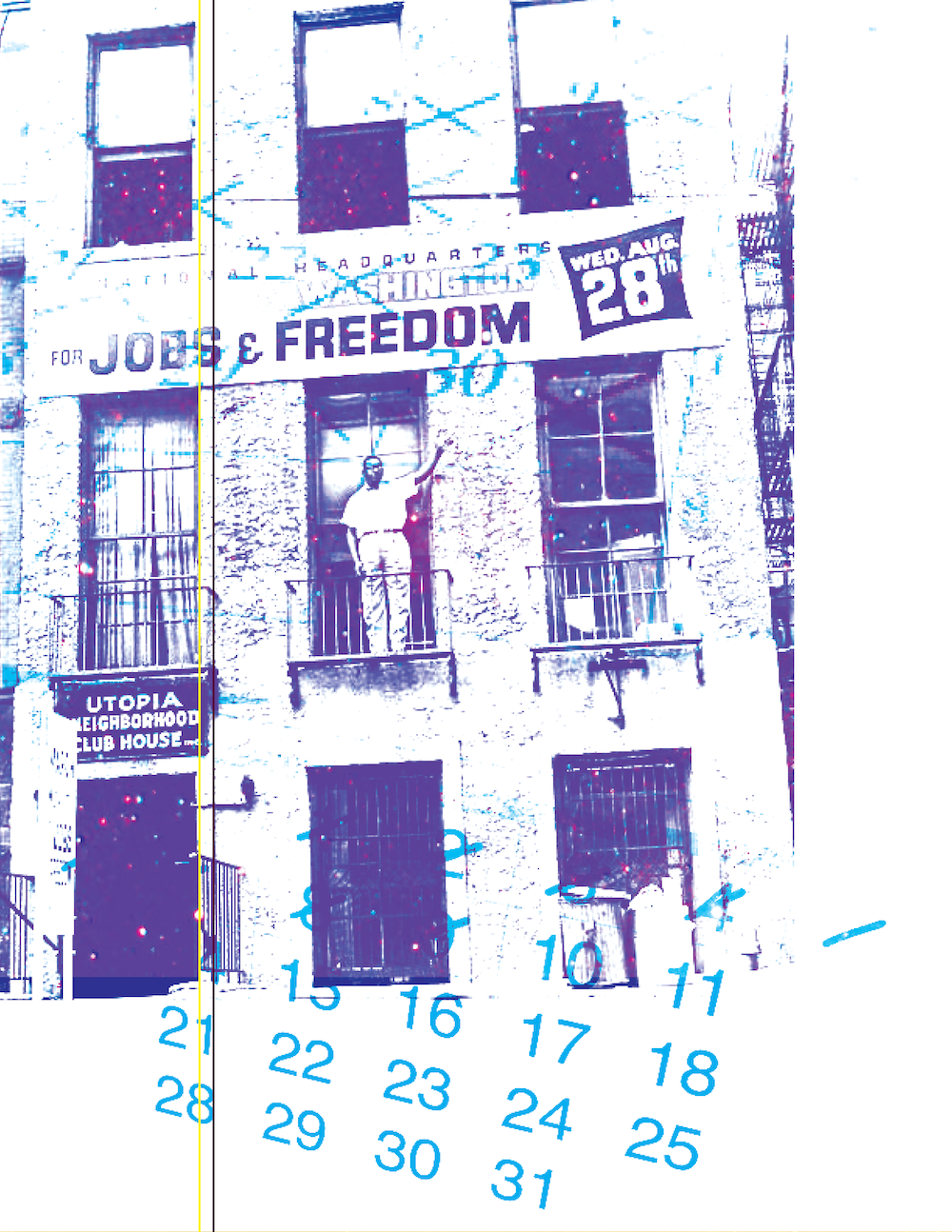
3.27.2022
Cleveland Robinson standing on second floor balcony of the National Headquarters of the March on Washington in Harlem, pointing to a banner announcing the march, 1963
Cleveland Lowellyn "Cleve" Robinson (December 12, 1914 – August 23, 1995) was an American labor organizer, and civil rights activist. He was a key figure in the 1963 March on Washington for Jobs and Freedom for which he acted as the Chairman of the Administrative Committee.
Robinson was a stalwart of the civil rights movement. In 1957, he participated in the Prayer Pilgrimage for Freedom. He was the chairman and one of the key organizers of the August 1963 March on Washington for Jobs and Freedom. In September 1972, he helped to found the Coalition of Black Trade Unionists (CBTU), successor organization to the Negro American Labor Council (NALC), and served as its first vice-president.
Robinson suffered from glaucoma for many years, and was legally blind in 1970. His level of commitment and activity was in no way impaired by this disability. He never lost touch with his Jamaican origins and traveled to the island often, keeping up a keen interest in a number of Jamaican-American political, cultural and fraternal organizations. Robinson died of kidney failure in New York City in August 1995. His papers are held by the Tamiment Library & Robert F. Wagner Labor Archives, New York University.
#february
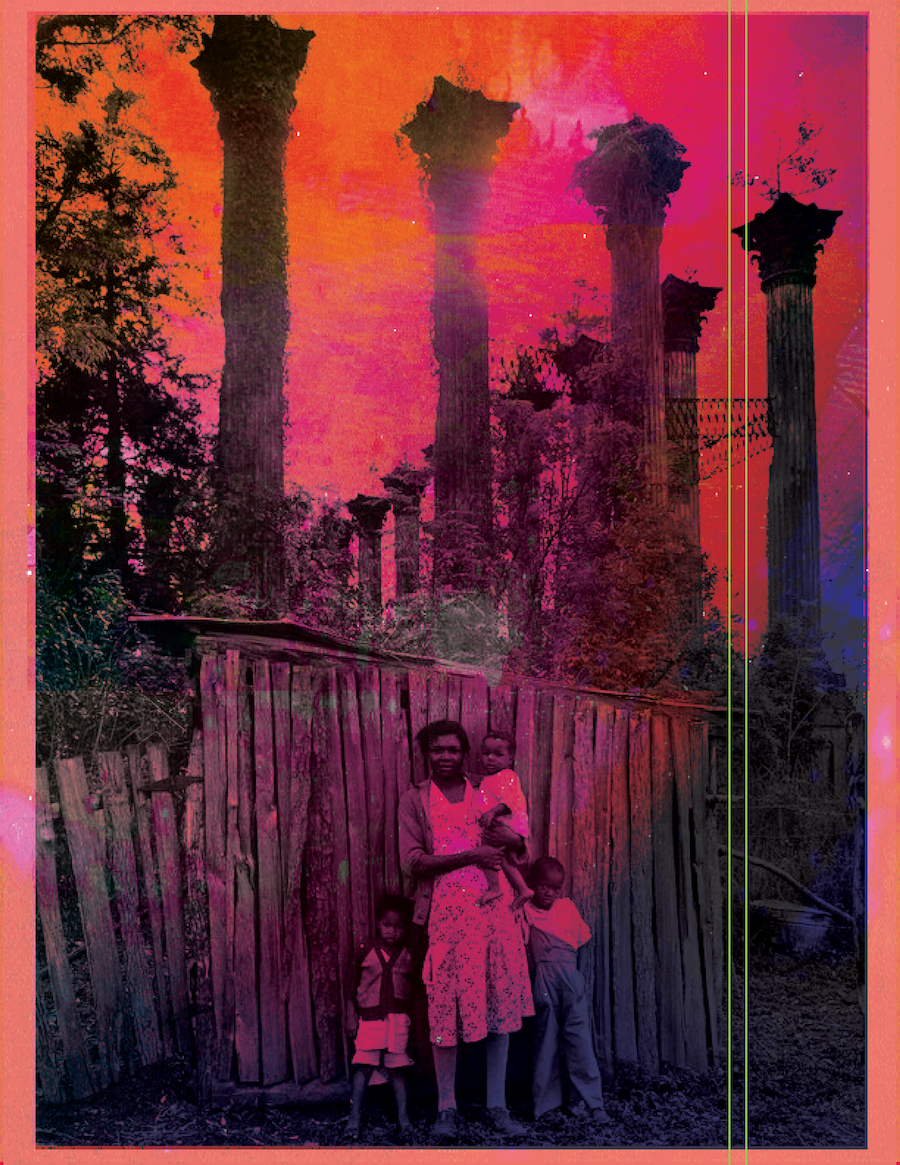
3.28.2022
Belle Grove, also known as Belle Grove Plantation, was a plantation and elaborate Greek Revival and Italianate-style plantation mansion near White Castle in Iberville Parish, Louisiana. Completed in 1857, it was one of the largest mansions ever built in the South, surpassing that of the neighboring Nottoway. Nottoway is often cited as the largest antebellum plantation house remaining in the South. The masonry structure stood 62 feet (19 m) high and measured 122 feet (37 m) wide by 119 feet (36 m) deep, with seventy-five rooms (including a jail cell) spread over four floors.
The post-War era at Belle Grove saw the finely crafted home rot away in Louisiana's harsh environment. Neglect allowed a roof leak to expand and destroy one wing of the mansion. Several owners purchased the home, each with aspirations of restoration, but none had the means necessary in the lean years of the Great Depression and World War II to stop the onslaught of rapid decay. On March 17, 1952, a mysterious fire during the night destroyed what remained of the house.
Rear view in 1936, showing total collapse of three-story side wing
Dozens of books have been written regarding Belle Grove's beauty and charm, while hundreds of photographs have been published illustrating those narratives.
During the late 1930s a comprehensive set of photographs and architectural drawings were produced for the Historic American Buildings Survey. This material, an inventory of the house's contents made on the death of Isayah E. Henry in 1908, and a drawing of the missing wing, are all available on the website of the Library of Congress.
#february

3.29.2022
Mmmhm ya that one too......mmmmhmmm that one as well..... Mmmhmmmm mmmmhmmm
#february

3.30.2022
Ruby Bridges is an American civil rights activist. She was the first African-American child to desegregate the all-white William Frantz Elementary School in Louisiana during the New Orleans school desegregation crisis in 1960.
In early 1960, Bridges was one of six black children in New Orleans to pass the test that determined whether they could go to the all-white school, William Frantz Elementary.
Two of the six decided to stay at their old school, Bridges went to a school by herself, and three children were transferred to McDonogh No. 19 and became known as the McDonogh Three.
As soon as Bridges entered the school, white parents pulled their own children out; all the teachers refused to teach while a black child was enrolled. Only one person agreed to teach Ruby and that was Barbara Henry, from Boston, Massachusetts, and for over a year Henry taught her alone, "as if she were teaching a whole class."
Women protesting against Ruby Bridges attending the all-white elementary school. Every day, mothers would carry a tiny coffin with a black doll in it and, with joyful looks on their faces, would demand the protection of their “white civil rights” towards the 6 year- old threat named Ruby.
That first day, Bridges and her adult companions spent the entire day in the principal's office; the chaos of the school prevented their moving to the classroom until the second day.
On the second day, however, a white student broke the boycott and entered the school when a 34-year-old Methodist minister, Lloyd Anderson Foreman, walked his 5-year-old daughter Pam through the angry mob, saying, "I simply want the privilege of taking my child to school ..." A few days later, other white parents began bringing their children, and the protests began to subside.
Every morning, as Bridges walked to school, one woman would threaten to poison her; because of this, the U.S. Marshals dispatched by President Eisenhower, who were overseeing her safety, allowed Ruby to eat only the food that she brought from home.
#February
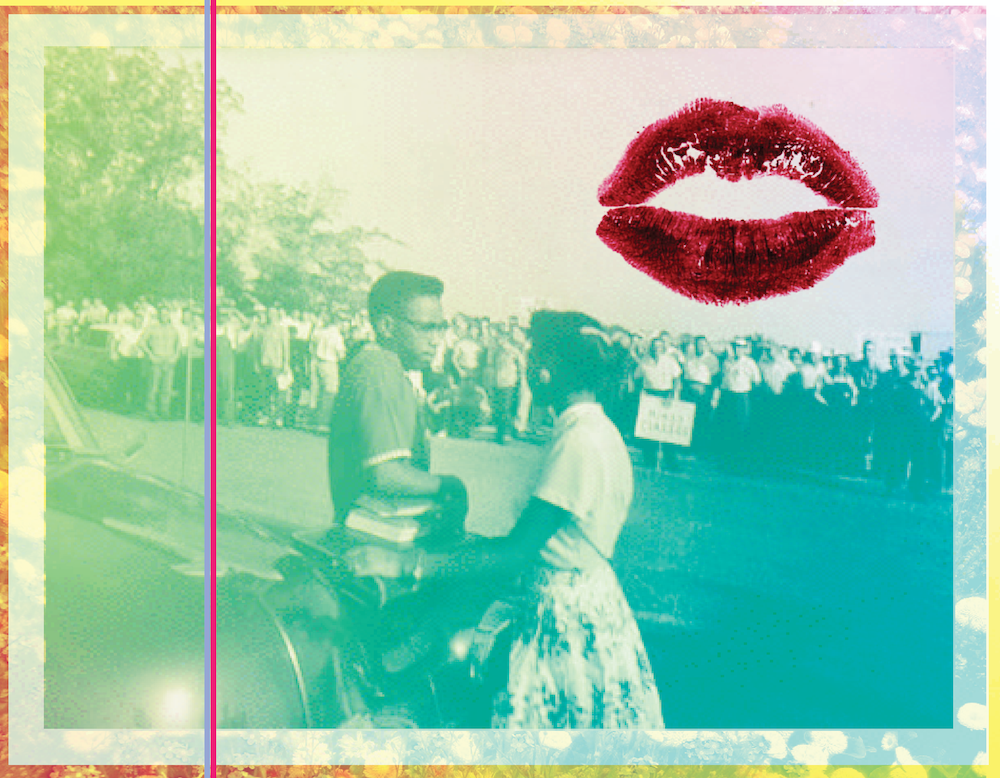
3.31.2022
Two African American Students Attempting to Attend Classes at Texarkana College
#february

4.1.2022
#february
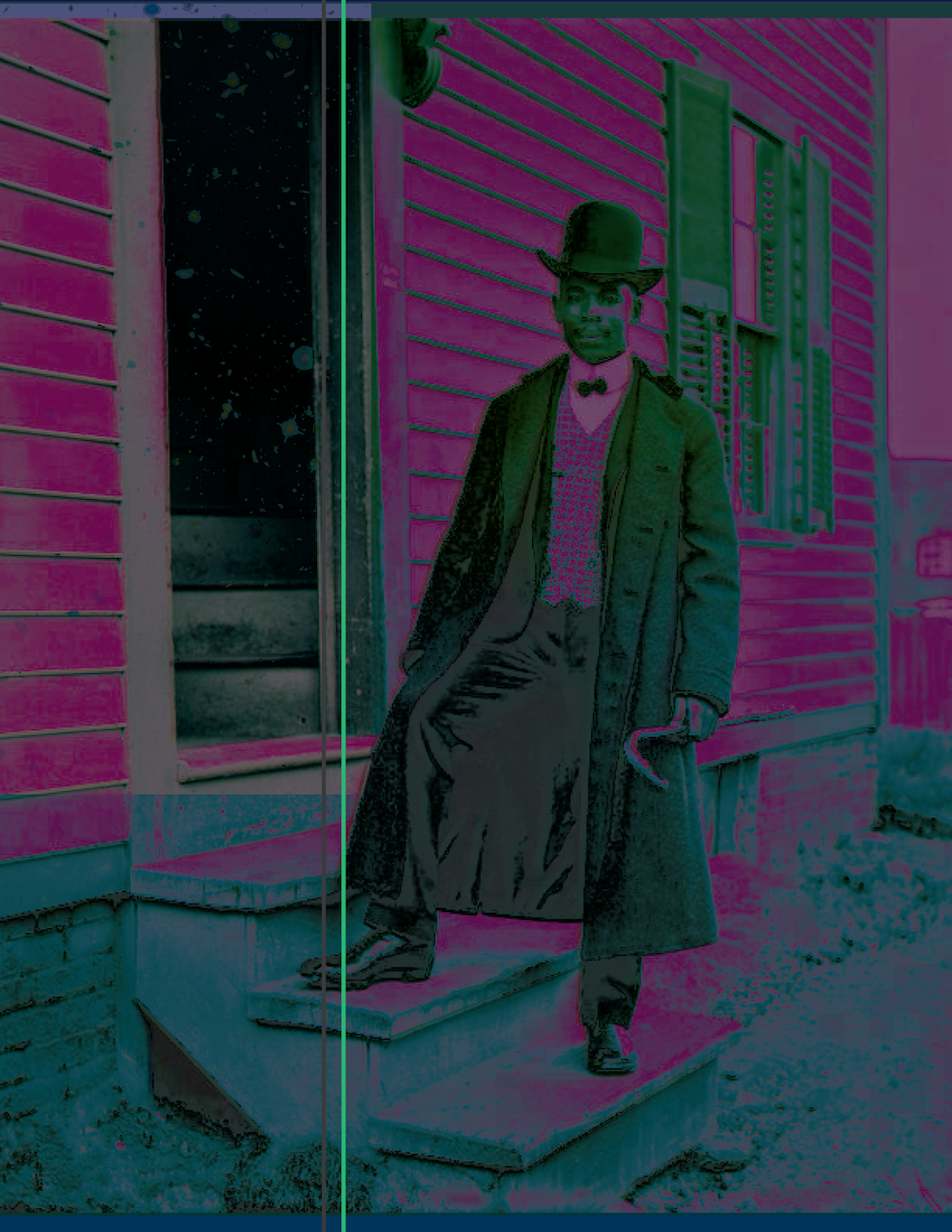
4.2.2022
#february
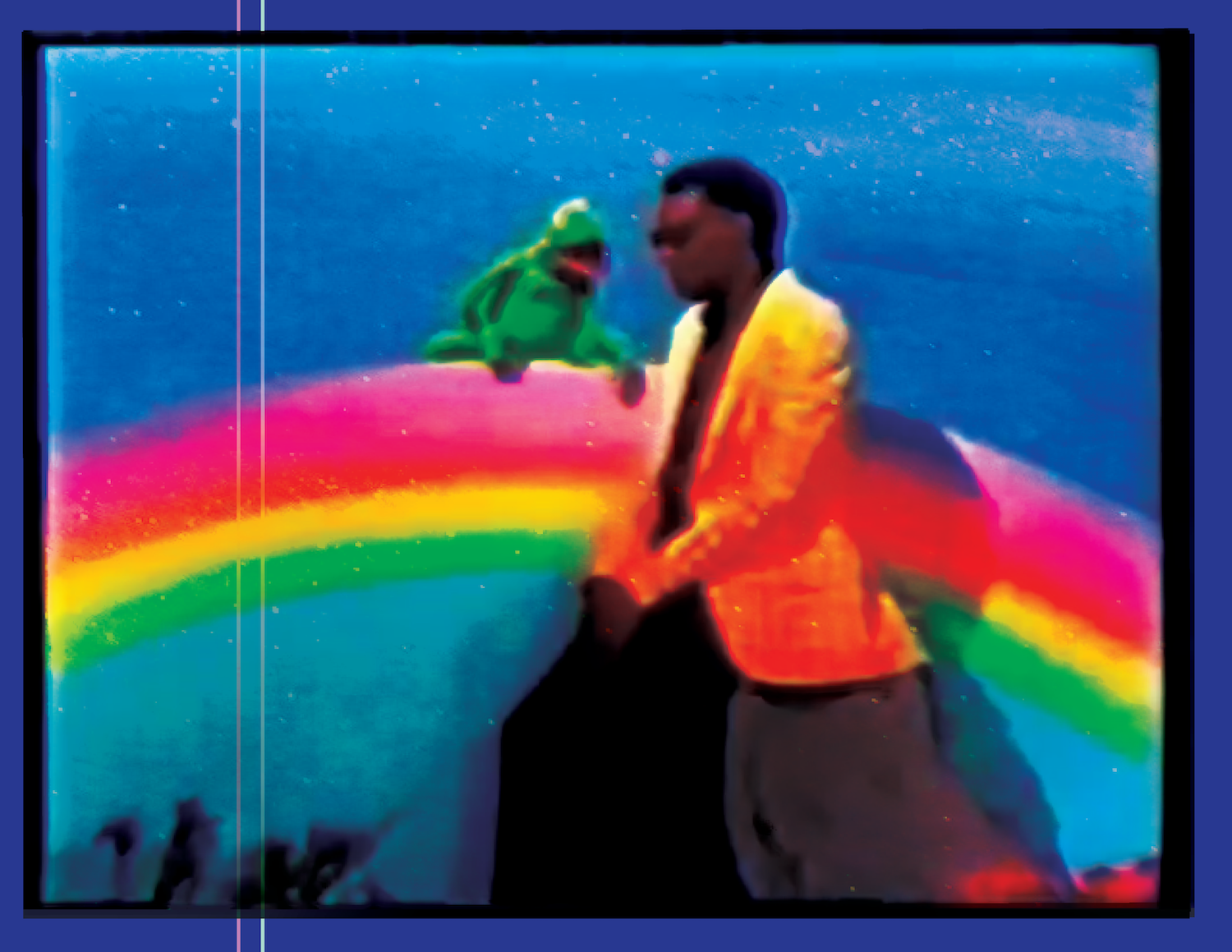
4.3.2022
Ray Charles Robinson was an American singer, songwriter, musician, and composer. Among friends and fellow musicians he preferred being called "Brother Ray". He was often referred to as "The Genius".
Charles started losing his vision at the age of 5, and by 7 he was blind.
He pioneered the soul music genre during the 1950s by combining blues, rhythm and blues, and gospel styles into the music he recorded for Atlantic.
He contributed to the integration of country music, rhythm and blues, and pop music during the 1960s with his crossover success on ABC Records, notably with his two Modern Sounds albums.
While he was with ABC, Charles became one of the first black musicians to be granted artistic control by a mainstream record company.
Charles cited Nat King Cole as a primary influence, but his music was also influenced by Louis Jordan and Charles Brown.
He became friends with Quincy Jones. Their friendship lasted until the end of Charles's life. Frank Sinatra called Ray Charles "the only true genius in show business", although Charles downplayed this notion.
In 2002, Rolling Stone ranked Charles number ten on its list of the "100 Greatest Artists of All Time", and number two on their November 2008 list of the "100 Greatest Singers of All Time". Billy Joel said, "This may sound like sacrilege, but I think Ray Charles was more important than Elvis Presley".
#february
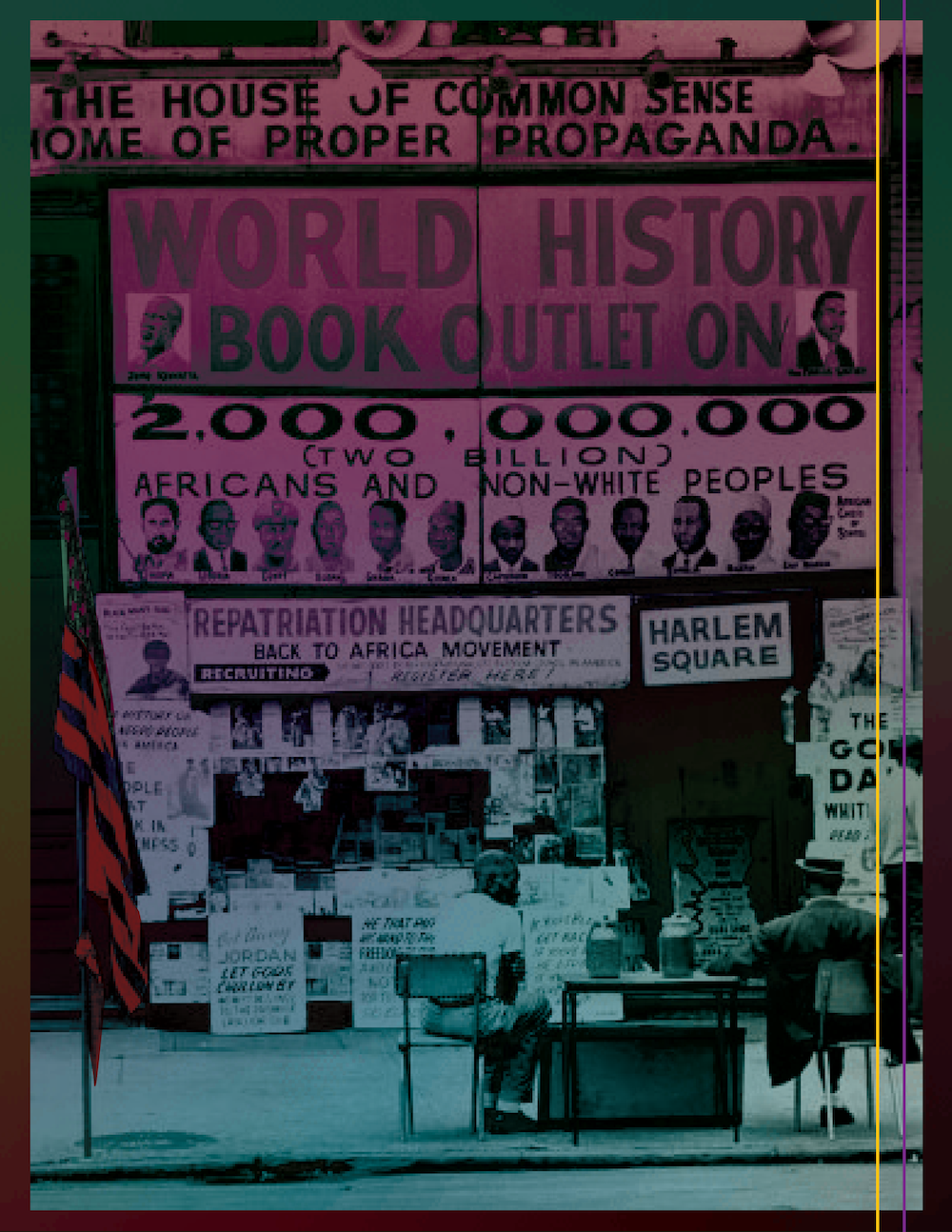
4.4.2022
The house of common sense and home of proper propaganda book store. Harlem, NY
Lewis H. Michaux, whose National Memorial African book store was for 44 years a Harlem landmark
Mr. Michaux called his bookstore the house of common sense and the home of proper propaganda. The community called it Michaux's.
The store was situated for 38 years on Adam Clayton Powell Jr. Boulevard at 125th Street. Browsers and customers included Kwame Nkrumah, who later became Ghana's first President; Malcolm X and many authors and scholars, such as W. E. B. DuBois, who met his wife, Shirley Graham, there.
Joe Louis, Earths Kitt, Louis Armstrong and Langston Hughes held autograph parties
there.
Outside the store, at the intersection Mr. Michaux called Harlem Square, street speakers
for decades mounted stepladders to espouse black nationalism.
Mr. Michaux himself was a black nationalist. He was involved in nationalist movements in Harlem from the 1930's to the 1960's, and he supported Marcus Garvey's back-to- Africa movement. He picketed in Harlem to put blacks in business on busy 125th Street. He picketed at the United Nations to protest its acions in Zaire and the murder of Patrice Lumumba, the Congo's, Prime Minister. He led an organization called African Nationalists in America, and he was a member of the advisory board of the now-defunct Liberator, a magazine that began in 1960 and provided the first national forum for many now prominent black authors, critics and playwrights.
“You couldn't find 15 to 20 books by black people,” he said. He added that his receipts then for a day's sales were often only 75 cents or a dollar. When he retired, he said, he was taking in up to $1,500 a day.
When he closed his store, which was moved in 1968 to West 125th Street from Adam Clayton Powell Jr. Boulevard to make room for the State Harlem Office Building, he had amassed an inventory of 200,000 hooks by and about black people. His bookstore was the largest in Harlem.
#february
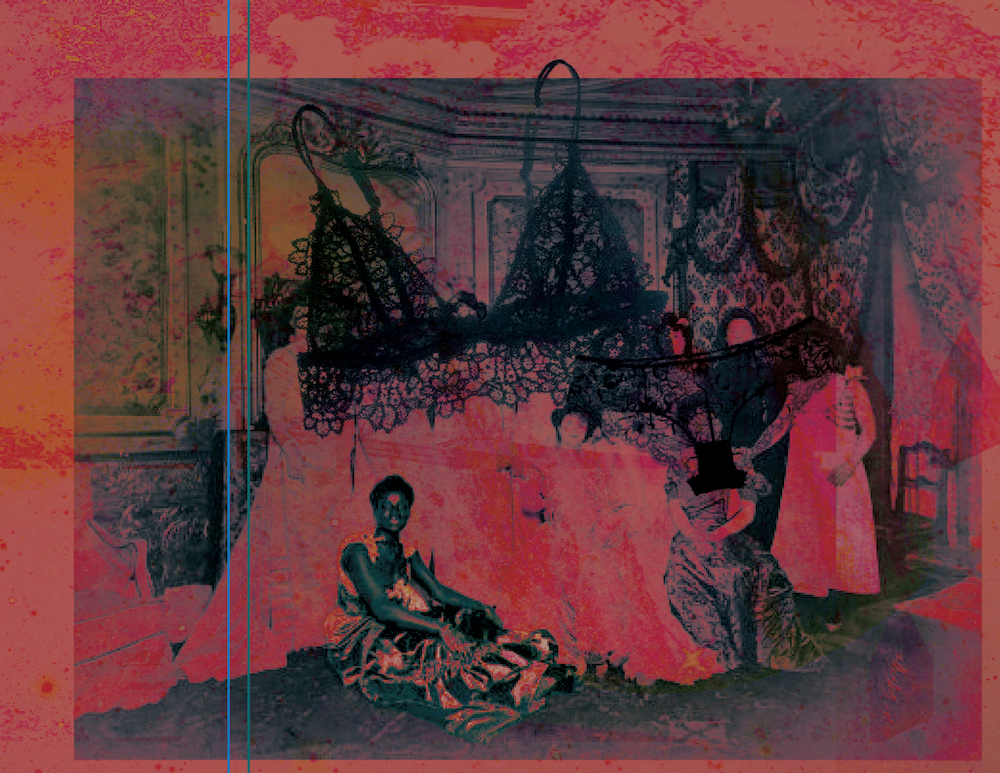
4.5.2022
A Brothel in Paris 1900
#february
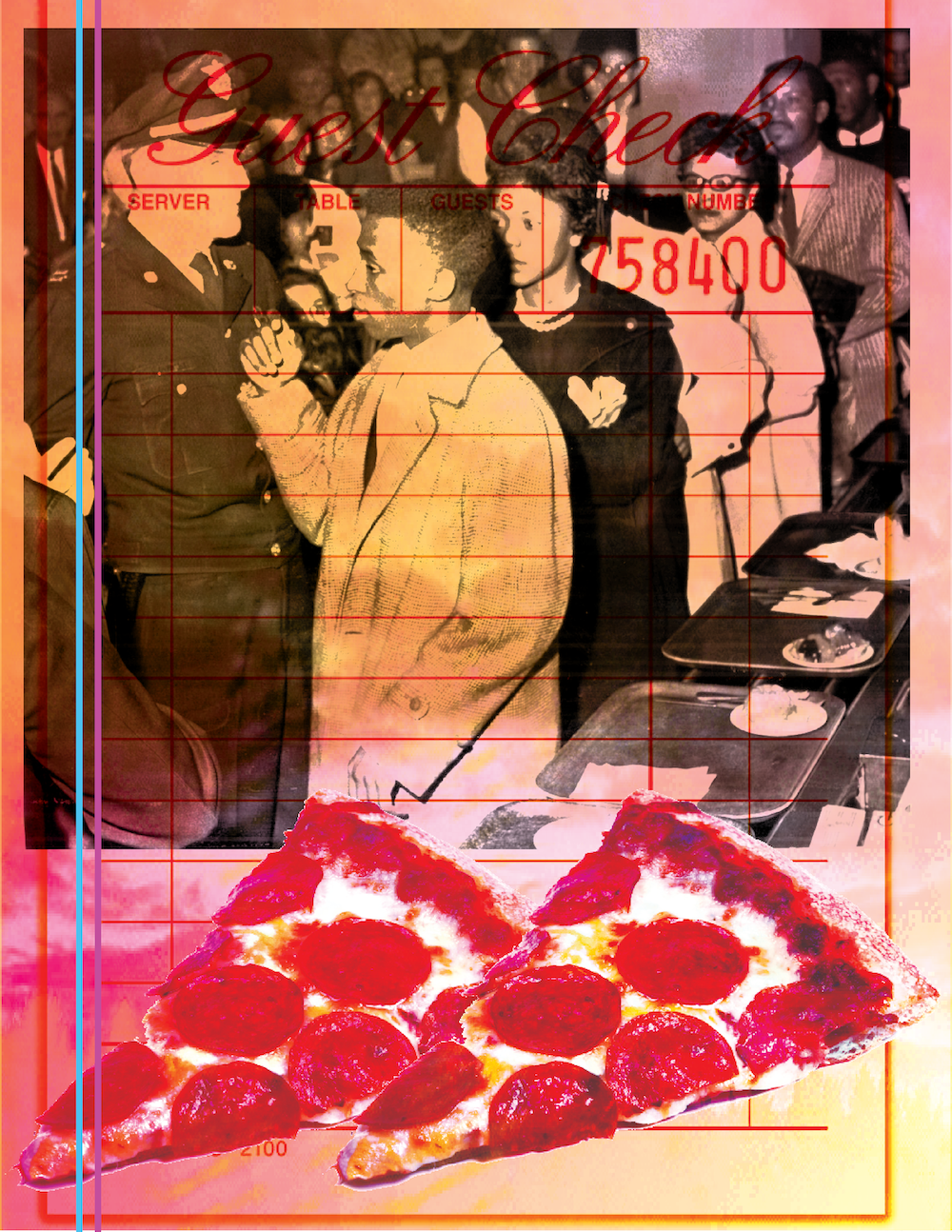
4.6.2022
March 15, 1960 – A policeman maintains order at Sprayberry’s Cafeteria as students approaach the cashier’s desk during a sit-in
#february
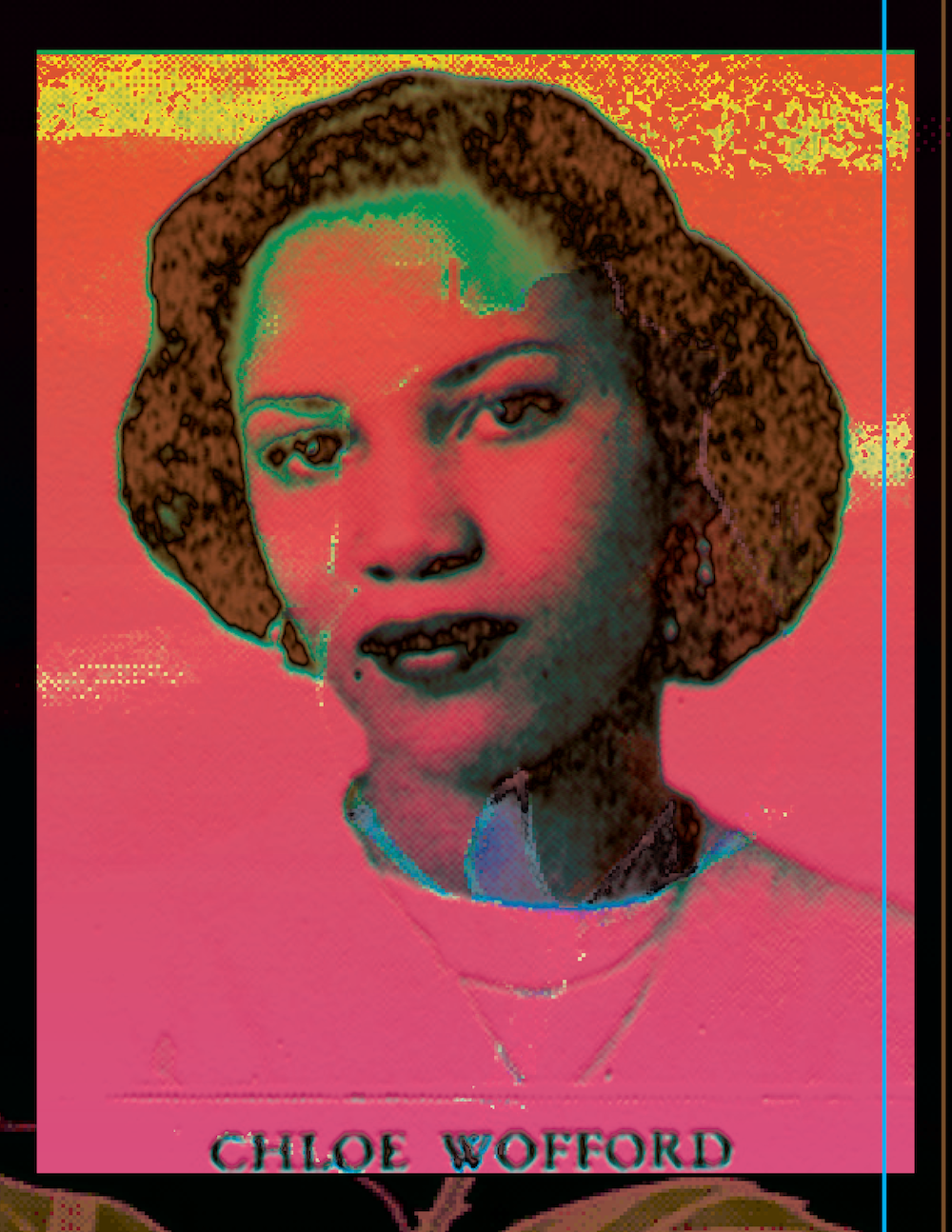
4.7.2022
Toni Morrison is a noted author and educator and the first African American woman
to receive the Nobel Prize in literature.
Toni Morrison was born on February 18, 1931, in Lorain, Ohio. Her birth name was Chloe
Anthony Wofford. She spent her childhood in Lorain and left to attend college at Howard
University. Upon graduating from Howard with an English degree in 1953, Morrison attended
Cornell University and earned an M.A. degree in 1955.
Morrison then began a career teaching English courses at Texas Southern University and then at Howard University. In 1964, Morrison accepted a position as an editor with Random House and left college teaching for the next nineteen years.
While at Howard University, Morrison began to write fiction. In 1970, she published
her first novel, The Bluest Eye. She later completed two novels
entitled Sula (1973) and Song of Solomon (1977). Both of these works received critical
acclaim. Song of Solomon won the National Book Critics Circle Award and the American
Academy and Institute of Arts and Letters Award.
In 1983, Morrison left Random House and returned to teaching as the Albert Schweitzer Professor of Humanities at the State University of New York-Albany. She continued to write and completed her best known novel, Beloved, in 1987. Morrison won the Pulitzer Prize for this novel. Two years later, she became the Robert F. Goheen Professor in the Humanities at Princeton University. This was the first time that an African-American woman writer received a named professorship at an Ivy League institution. In 1993, she became the first African- American woman to receive the Nobel Prize in Literature.
At Howard she changed her name from Chloe to Toni (having taken the name Anthony on becoming a Roman Catholic at the age of 12), apparently because she found that people constantly mispronounced “Chloe”. However she later regretted the name change, saying in 1992: “I am really Chloe Anthony Wofford. That’s who I am. I have been writing under this other person’s name. I write some things now as Chloe Wofford, private things. I regret having called myself Toni Morrison when I published my first novel, The Bluest Eye.”
#february

4.8.2022
A sharecropper
Ozark Mountain area in Arkansas.
oct. 1935
#february
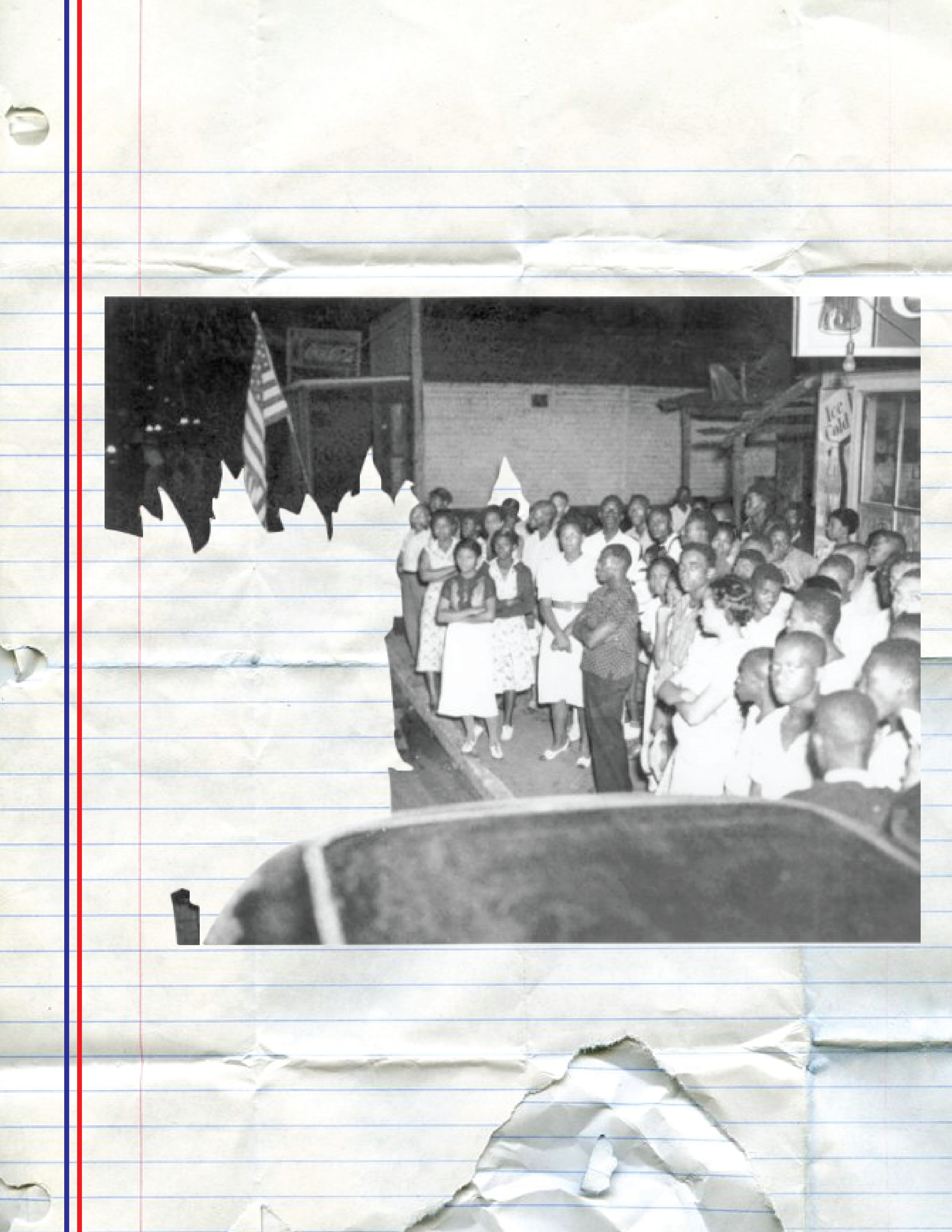
4.9.2022
Concerned Citizens of Lakeland confront the Ku Klux Klan on Florida Avenue, August 1938.

4.10.2022
#february
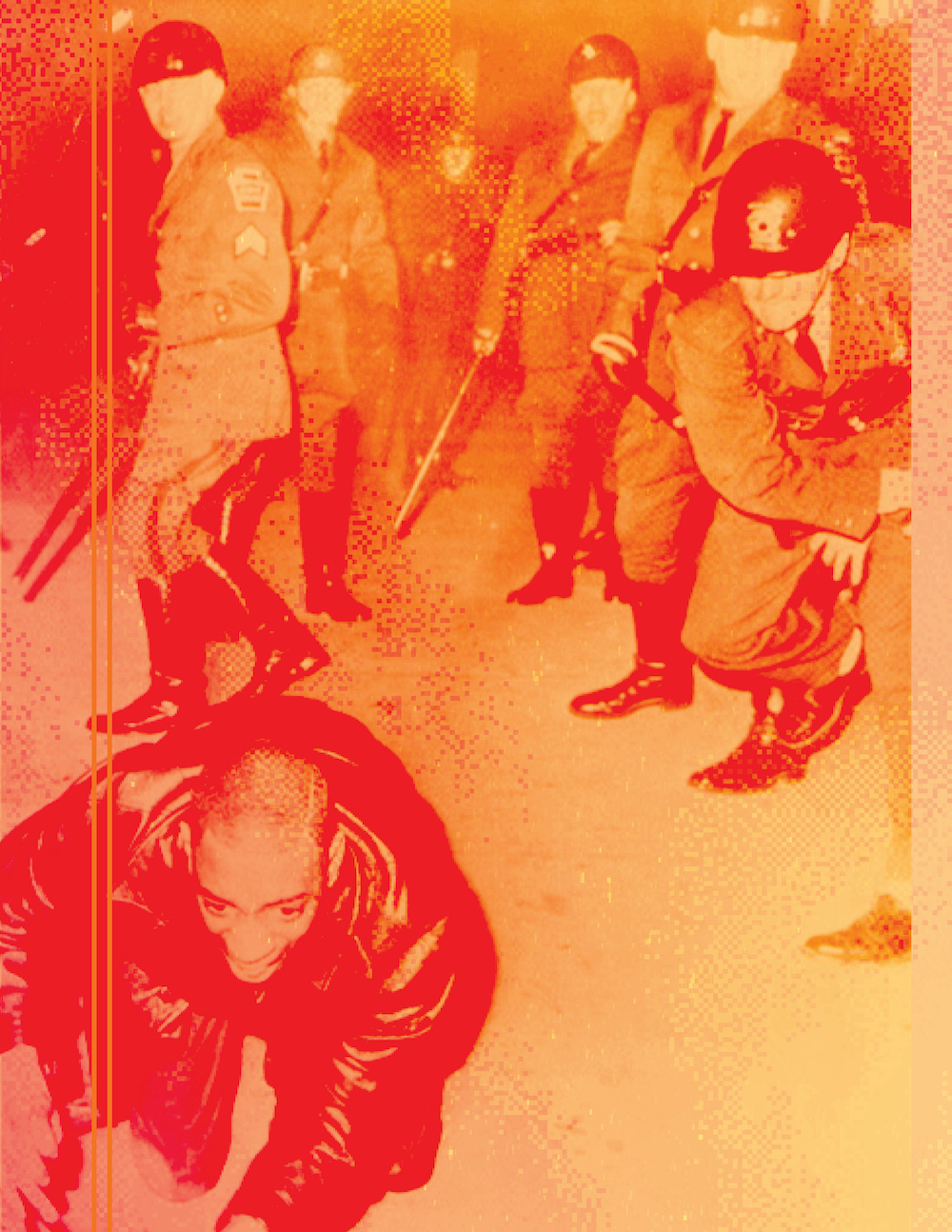
4.11.2022
man crouches on the ground as he reacts to night stick strikes from state police, following a civil rights demonstration. 1964.
#february

4.12.2022
#february

4.13.2022
In the late afternoon of May 1, 1866, long broiling tensions between the residents of southern Memphis, Tennessee erupted into a three day riot known as the Memphis Riot of 1866. The riot began when a white police officer attempted to arrest a black ex-soldier and an estimated fifty blacks showed up to stop the police from jailing him. Accounts vary as to who began the shooting, but the altercation that ensued quickly involved more and more of the city.
The victims initially were only black soldiers, but the violence quickly spread to other blacks living just south of Memphis who were attacked while their homes, schools, and churches were destroyed. White Northerners who worked as missionaries and school teachers in black schools were also targeted.
In an attempt to restore order, U.S. Army commander George Stoneman ordered the black soldiers of the Third United States Colored Heavy Artillery regiment back to Fort Pickering just outside the city and they obeyed. Nonetheless, the violence continued throughout the night as the targets now became the black civilians in the city. Memphis police and firemen openly participated in the violence and looting and as a result the city’s black citizens could not count on them to stop the attacks or put out the fires in the African American neighborhoods.
The conflict stretched into a second day when Memphis Mayor John Park refused to request state or federal assistance. On the afternoon of the third day, General Stoneman declared martial law and sent black and white troops into the city to reestablish order.
Within a month a congressional committee arrived to investigate the riot.
The investigation and interviews were thorough, but the report was controlled by Radical Republicans in Congress and used to gain support for Reconstruction policies. The national impact of the report was the rapid endorsement of the Fourteenth Amendment to the Constitution, making all ex-slaves citizens, and the increasing of Republican majorities in Congress in the November 1866 elections.
The report sought to show the vulnerability of southern blacks immediately after the end of the Civil War but it targeted Irish southerners as their major threat (as opposed to white southerners in general).
The report blamed the overwhelmingly Irish police force of Memphis as well as the black-Irish competition for manual labor jobs for the underlying tensions that led to the conflict. Yet it virtually ignored the non-Irish whites who participated in the rioting and the role of black soldiers who before the fighting had been given responsibility for patrolling much of the city.
The authority given to the black soldiers disturbed and discomforted many of Memphis’s
white citizens who preferred that the newly freed slaves retain subordinate roles
in their city.
By the end of May 3, Memphis’s black community had been devastated. Forty- six blacks
had been killed.
Two whites died in the conflict, one as the result of an accident and another, a policeman, because of a self-inflicted gunshot.
There were five rapes and 285 people were injured. Over one hundred houses and buildings burned down as a result of the riot and the neglect of the firemen. No arrests were made.
#february
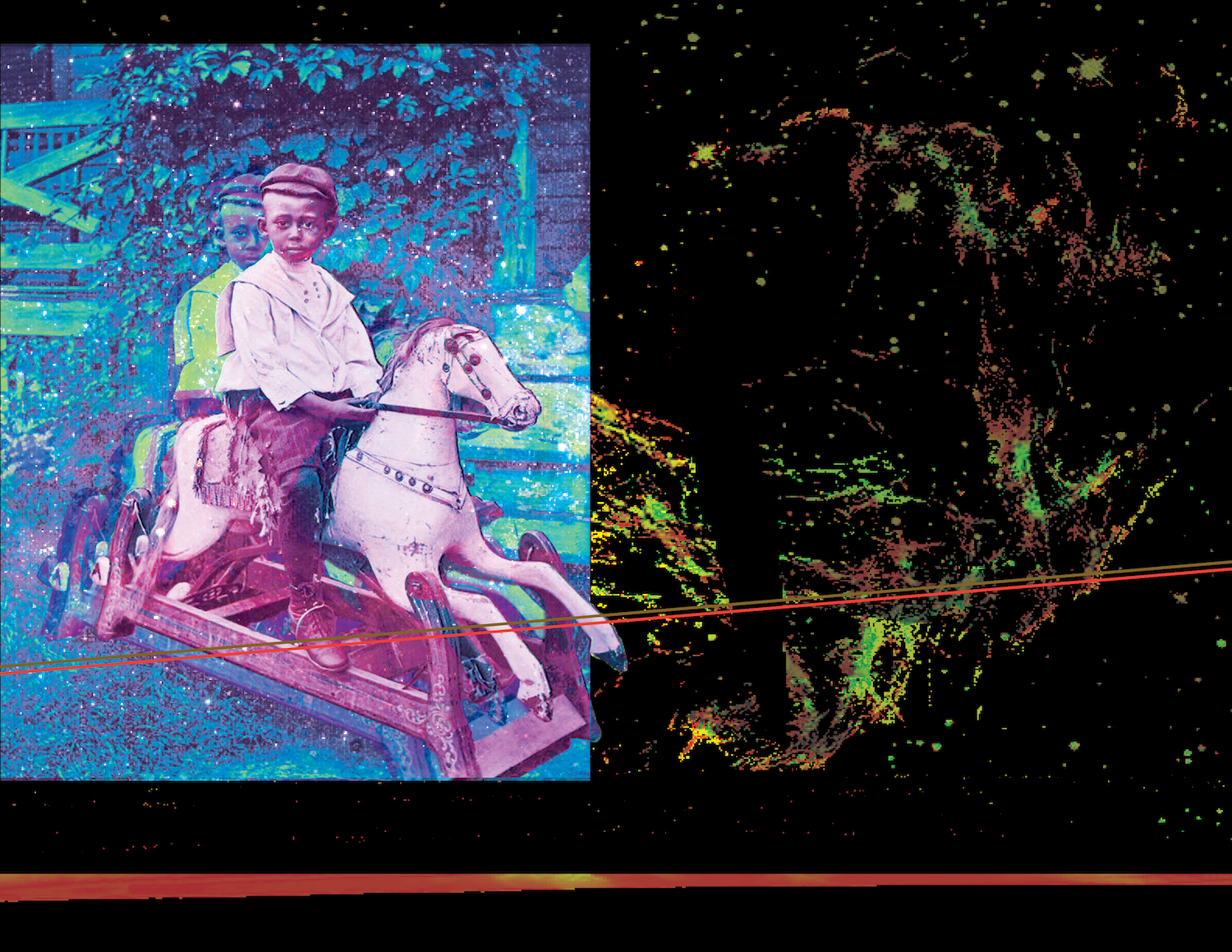
4.14.2022
#february
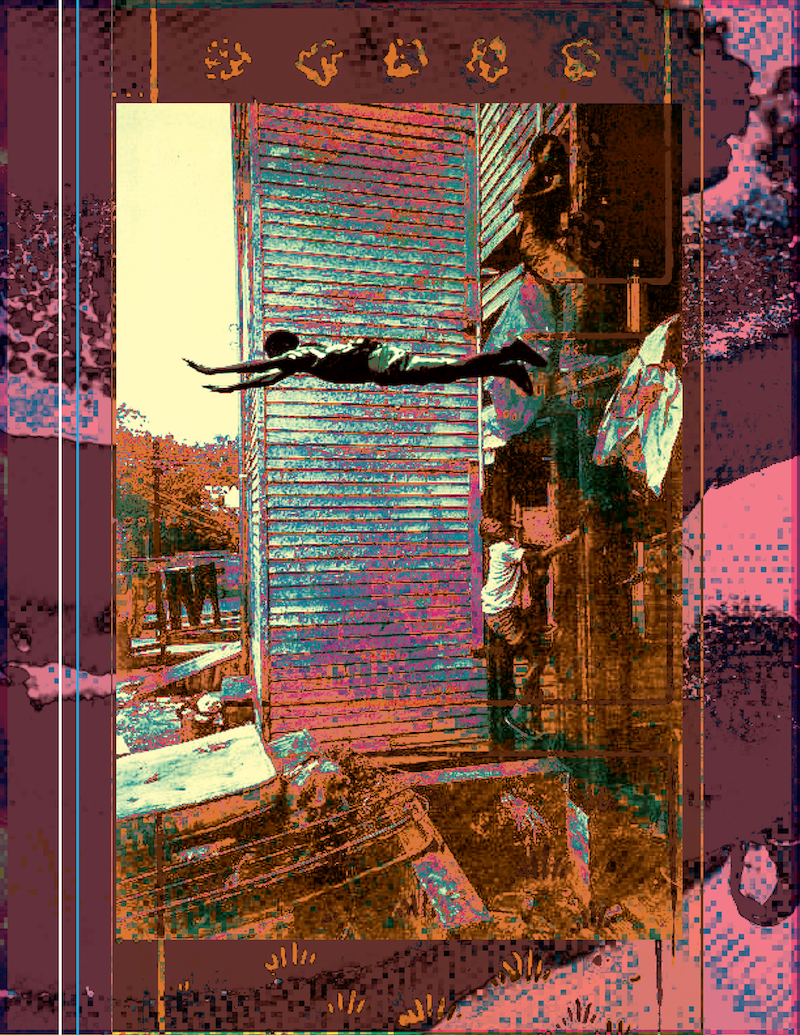
4.15.2022
#february

4.16.2022
#february
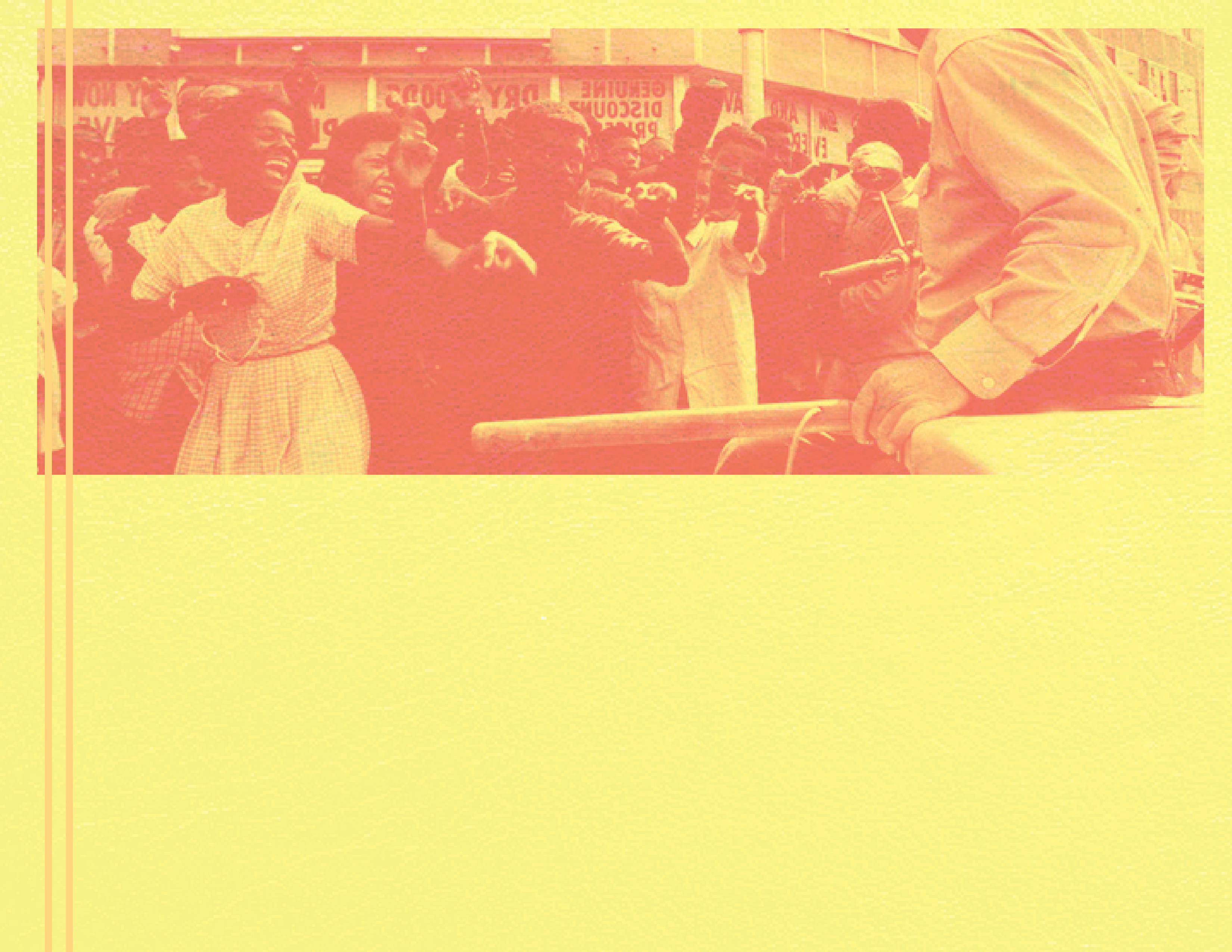
4.17.2022
#february
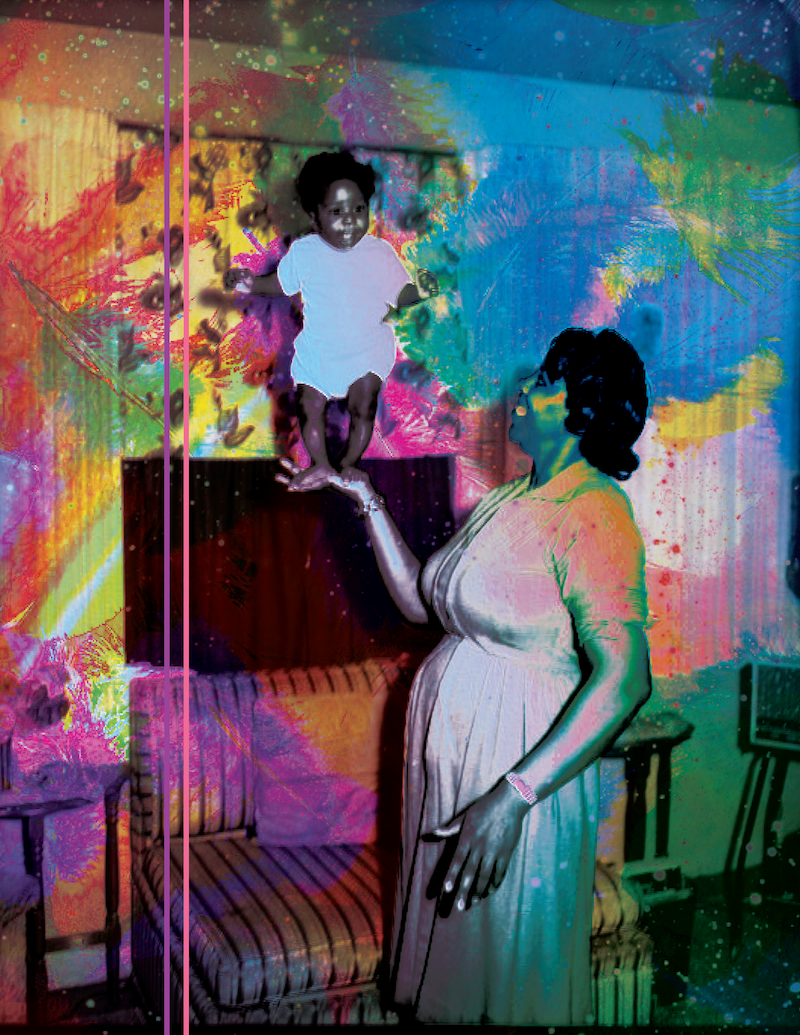
4.18.2022
#february

4.19.2022
#february

4.20.2022
Mansa Musa, fourteenth century emperor of the Mali Empire, is the medieval African ruler most known to the world outside Africa. His elaborate pilgrimage to the Muslim holy city of Mecca in 1324 introduced him to rulers in the Middle East and in Europe. His leadership of Mali, a state which stretched across two thousand miles from the Atlantic Ocean to Lake Chad and which included all or parts of the modern nations of Mauritania, Senegal, Gambia, Guinea, Burkina Faso, Mali, Niger, Nigeria, and Chad, ensured decades of peace and prosperity in Western Africa.
Mansa Musa became the first Muslim ruler in West Africa to make the nearly four thousand mile journey to Mecca.
During his reign Mali may have been the largest producer of gold in the world at a point of exceptional demand. One of the richest people in history, he is known to have been enormously wealthy; reported as being inconceivably rich by contemporaries, "There’s really no way to put an accurate number on his wealth”
Musa's journey was documented by several eyewitnesses along his route, who were in awe of his wealth and extensive procession, and records exist in a variety of sources, including journals, oral accounts, and histories.
Musa is known to have visited the Mamluk sultan of Egypt, Al-Nasir Muhammad, in July 1324. But Musa's generous actions inadvertently devastated the economy of the regions through which he passed. In the cities of Cairo, Medina, and Mecca, the sudden influx of gold devalued the metal for the next decade.
Prices on goods and wares greatly inflated. To rectify the gold market, on his way back from Mecca, Musa borrowed all the gold he could carry from money-lenders in Cairo, at high interest. This is the only time recorded in history that one man directly controlled the price of gold in the Mediterranean.
#february

4.21.2022
Elijah J. McCoy (May 2, 1844 – October 10, 1929) was a Canadian-born inventor and engineer of African American descent who was notable for his 57 US patents, most having to do with the lubrication of steam engines. Born free in Canada, he came to the United States as a young child when his family returned in 1847, becoming a U.S. resident and citizen.
When Elijah McCoy arrived in Michigan, he could find work only as a fireman and oiler
at the Michigan Central Railroad. In a home-based machine shop in Ypsilanti, Michigan,
McCoy also did more highly skilled work, such as developing improvements and inventions.
He invented an automatic
lubricator for oiling the steam engines of locomotives and ships, patenting it in
1872 as "Improvement in Lubricators for Steam-Engines" (U.S. Patent 129,843). Similar
automatic oilers had been patented previously; one is the displacement lubricator,
which had already attained widespread use and whose technological descendants continued
to be widely used into the 20th century. Lubricators were a boon for railroads, as
they enabled trains to run faster and more profitably with less need to stop for lubrication
and maintenance.
McCoy continued to refine his devices and design new ones; 50 of his patents dealt
with lubricating systems. After the turn of the century, he attracted notice among
his black contemporaries. Booker T. Washington in Story of the Negro (1909) recognized him as having produced more patents than any other black inventor
up to that time. This creativity gave McCoy an honored status in the black community
that has persisted to this day. He continued to invent until late in life, obtaining
as many as 57 patents; most related to lubrication but others also included a folding
ironing board and a lawn sprinkler. Lacking the capital with which to manufacture
his lubricators in large numbers, he usually
assigned his patent rights to his employers or sold them to investors. Lubricators
with the McCoy name were not manufactured until 1920, near the end of his career,
when he formed the Elijah McCoy Manufacturing Company to produce them.
Historians have not agreed on the importance of McCoy's contribution to the field of lubrication. He is credited in some biographical sketches with revolutionizing the railroad or machine industries with his devices. Early twentieth-century lubrication literature barely mentions him; for example, his name is absent from E. L. Ahrons' Lubrication of Locomotives (1922), which does identify several other early pioneers and companies of the field. This popular expression, typically meaning the real thing, has been possibly attributed to Elijah McCoy's oil-drip cup invention. One theory is that railroad engineers looking to avoid inferior copies would request it by name, and inquire if a locomotive was fitted with "the real McCoy system". This theory is mentioned in Elijah McCoy's biography at the National Inventors Hall of Fame.It can be traced to the December 1966 issue of Ebony in an advertisement for Old Taylor bourbon whiskey: "But the most famous legacy McCoy left his country was his name." A 1985 pamphlet printed by the Empak Publishing Company also notes the phrase's origin but does not elaborate.
Other possibilities for its origin have been proposed and while it has undoubtedly been applied as an epithet to many other McCoys, its association with Elijah has become iconic and remains topical.
The expression, "The real McCoy", was first published in Canada in 1881, but the expression, "The Real McKay", can be traced to Scottish advertising in 1856.
#february
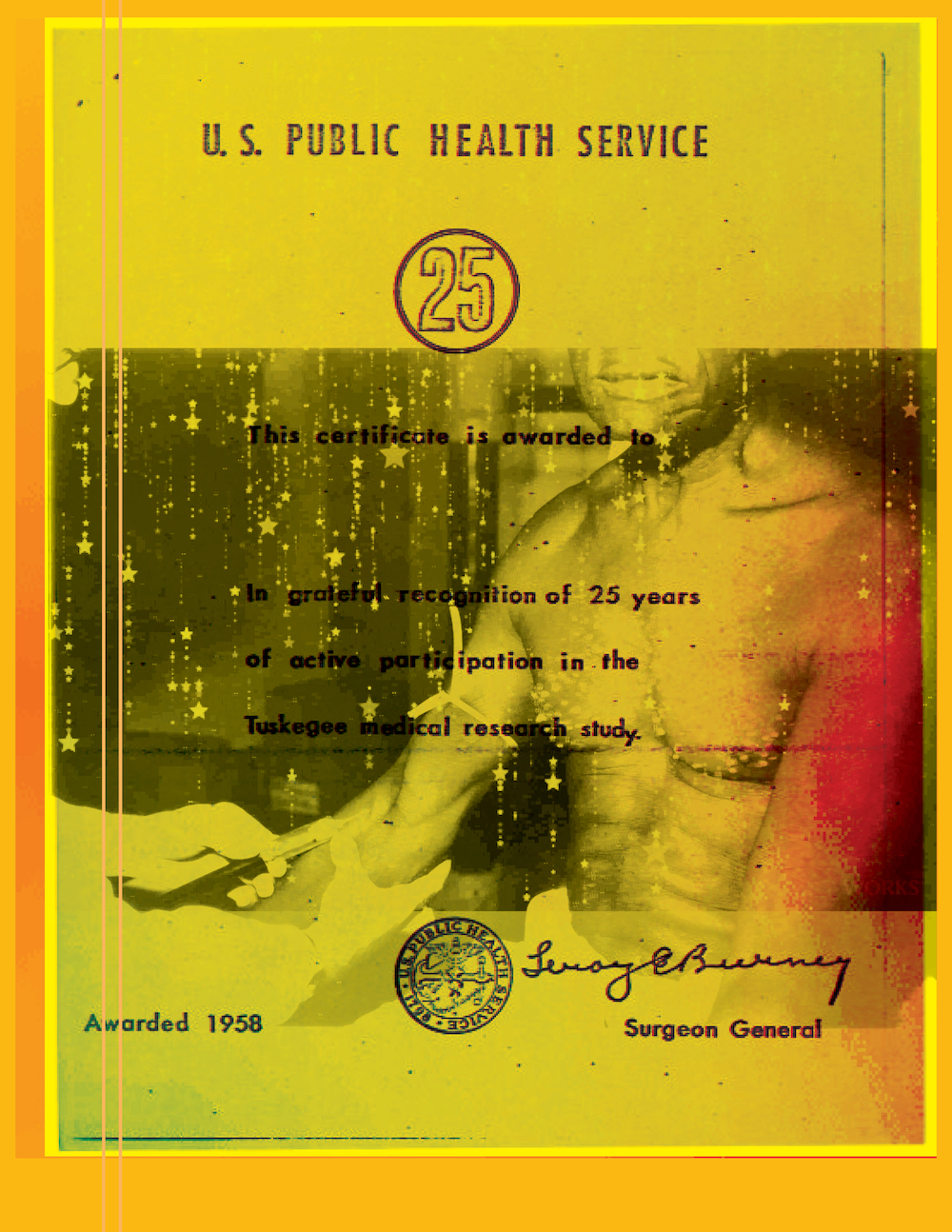
4.22.2022
In 1932, the Public Health Service, working with the Tuskegee Institute, began a study to record the natural history of syphilis in hopes of justifying treatment programs for blacks. It was called the “Tuskegee Study of Untreated Syphilis in the Negro Male.”
The study initially involved 600 black men – 399 with syphilis, 201 who did not have the disease. The study was conducted without the benefit of patients’ informed consent.
Researchers told the men they were being treated for “bad blood,” a local term used to describe several ailments, including syphilis, anemia, and fatigue.
In truth, they did not receive the proper treatment needed to cure their illness. In exchange for taking part in the study, the men received free medical exams, free meals, and burial insurance.
Although originally projected to last 6 months, the study actually went on for 40 years.
#february
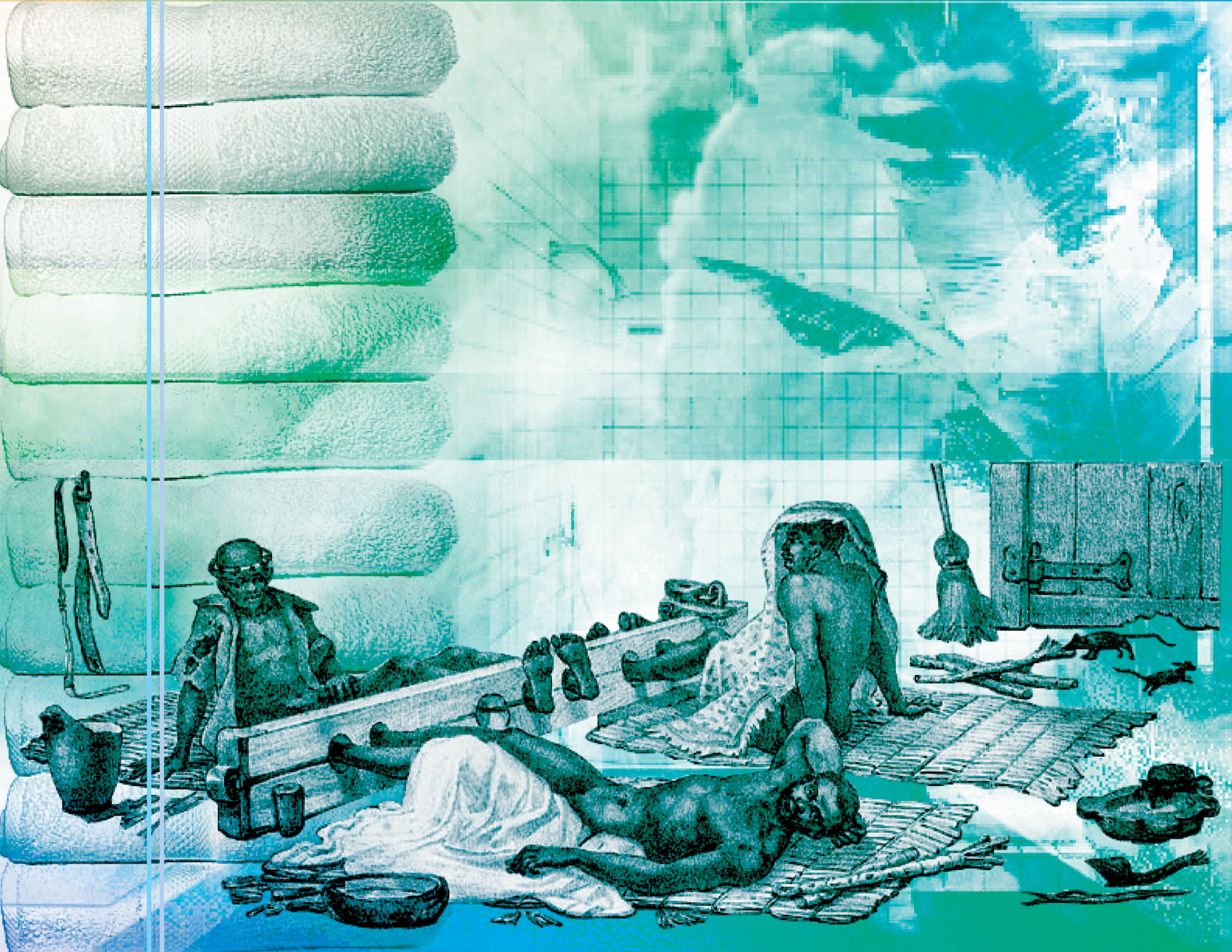
4.23.2022
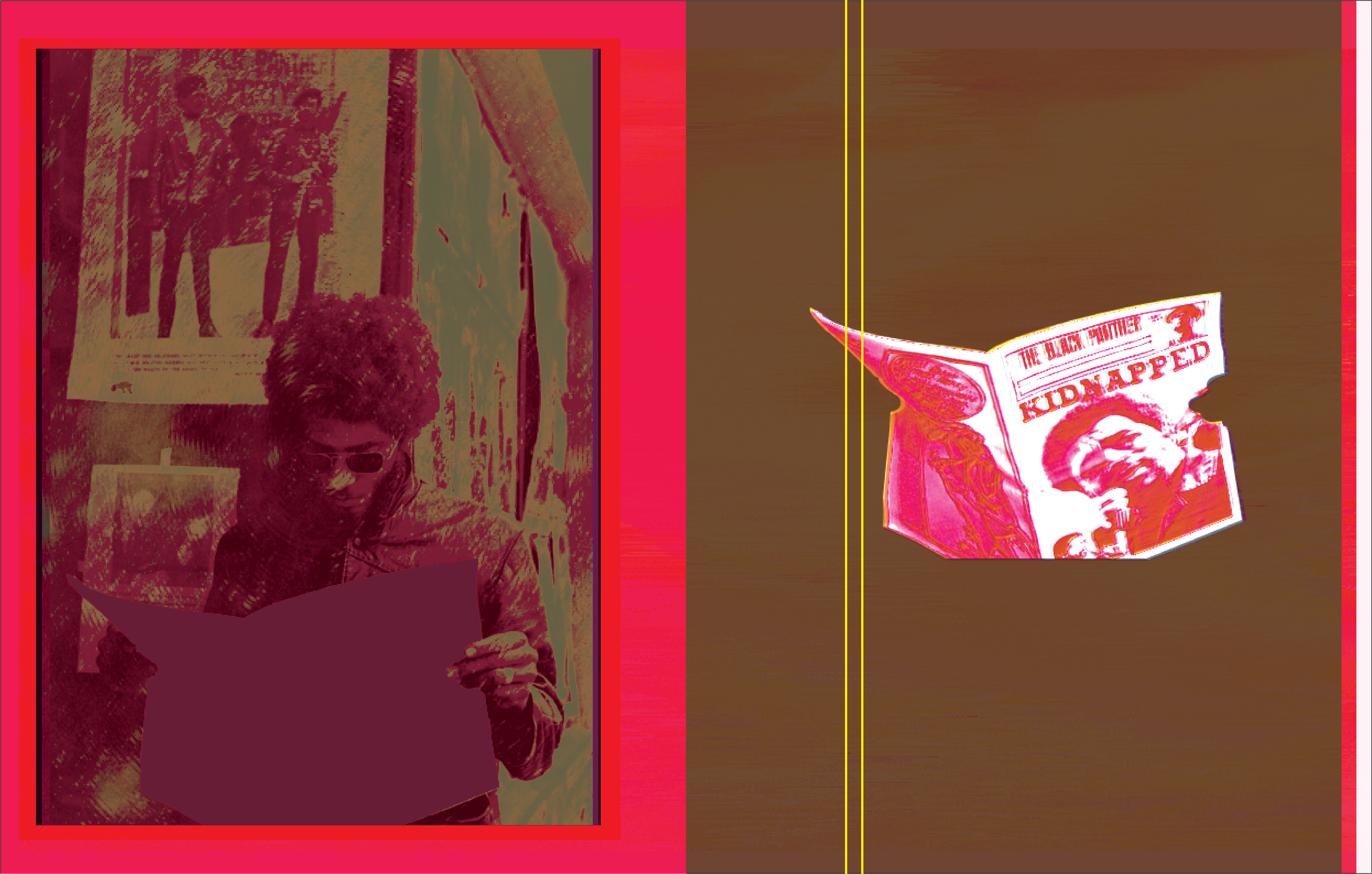
4.24.2022
Bobby Seale is an American political activist. He and fellow activist Huey P. Newton co-founded the Black Panther Party. Seale and Newton were heavily inspired by the teachings of human rights leader and activist Malcolm X, who was assassinated in 1965.
Bobby Seale was one of the original "Chicago Eight" defendants charged with conspiracy and inciting a riot in the wake of the 1968 Democratic National Convention in Chicago.
Bobby Seale, while in prison, stated, "To be a Revolutionary is to be an Enemy of the state. To be arrested for this struggle is to be a Political Prisoner."
During the trial, one of Seale's many vociferous protests led Judge Julius Hoffman to have him bound and gagged, as commemorated in the song "Chicago" written by Graham Nash and mentioned in the poem and song "H2Ogate Blues" by Gil Scott-Heron.
Bobby Seale ran for Mayor of Oakland, California in 1973. He received the second-most votes in a field of nine candidates but ultimately lost in a run-off with incumbent Mayor John Reading.
#february

4.25.2022
#february
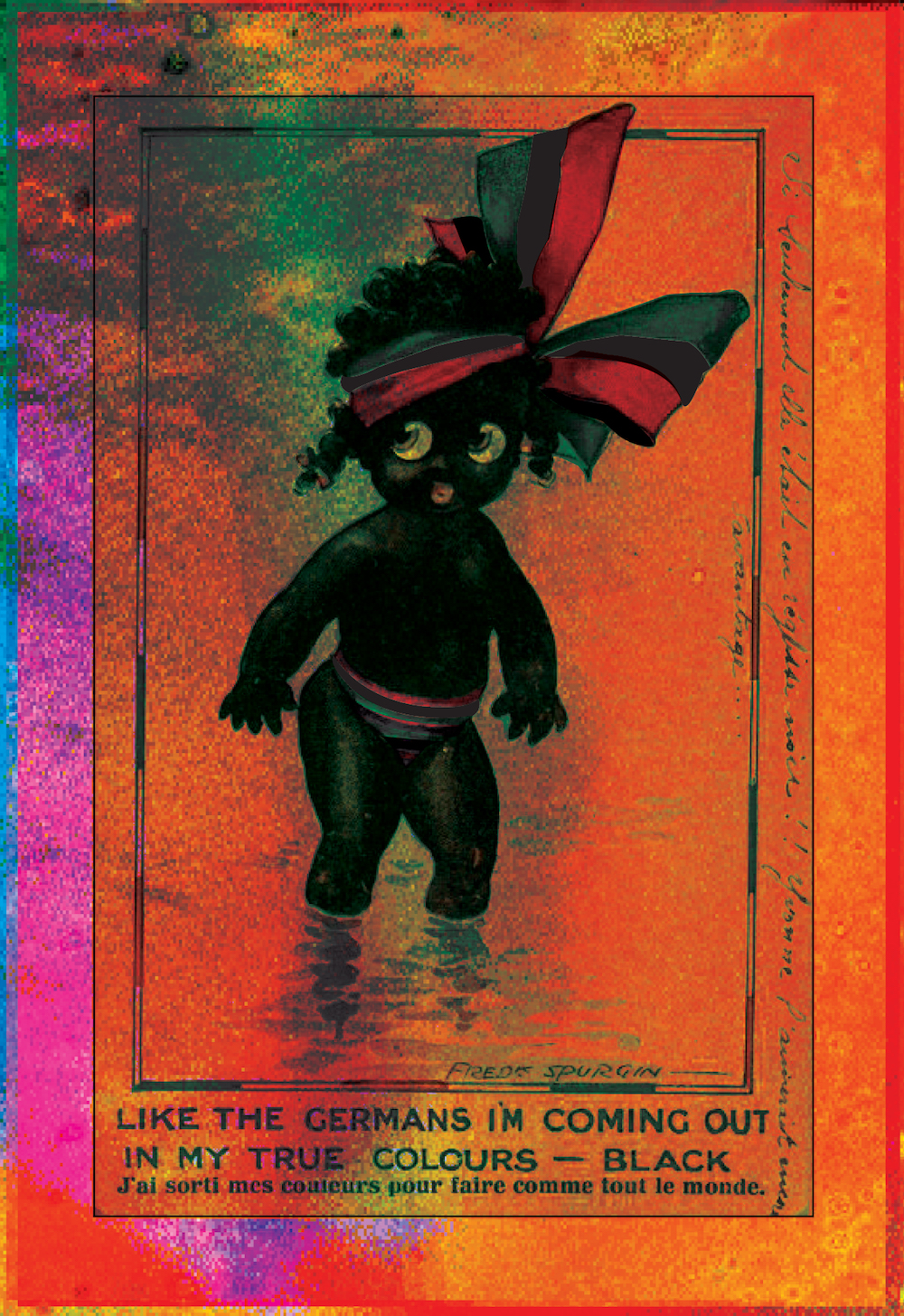
4.26.2022
#february
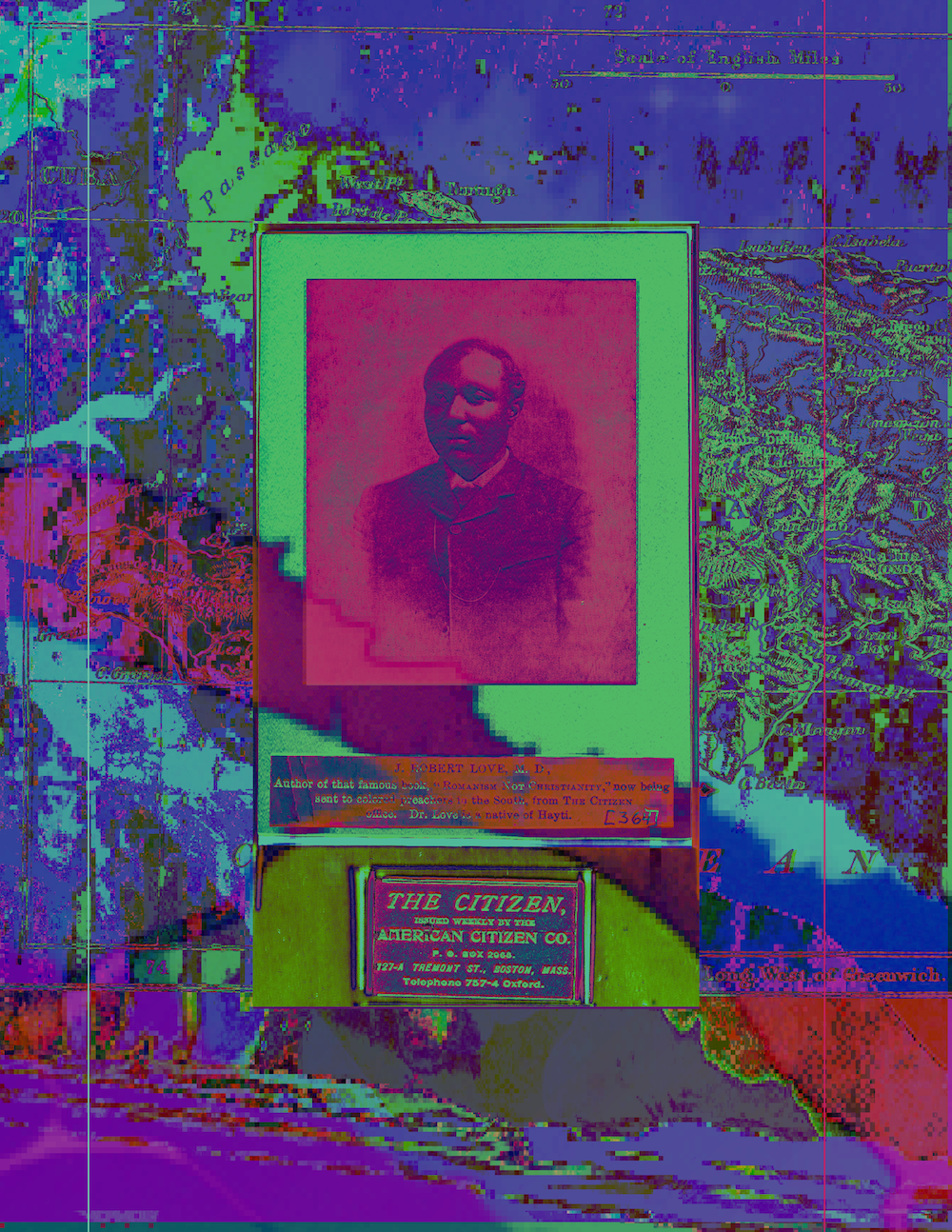
4.27.2022
Joseph Robert Love, known as Dr. Robert Love (2 October 1839 – 21 November 1914), was a 19th-century Bahamian-born medical doctor, clergyman, teacher, journalist, politician and Pan-Africanist. He lived, studied, and worked successively in the Bahamas, the United States of America, Haiti, and Jamaica. Love spent the last decades of his life in Jamaica, where he held political office, published a newspaper, and advocated for the island's black majority.
Love was born in the Bahamas on 2 October 1839. He got primary education and was influence by the Anglican Church during this period. Later he became a teacher in Bahamas.
In the late 1860s, He went to United States. In June 1871, he became clergy in Trinity Church, New York and transferred to the Church of St. Stephen, Savannah in December. In 1872, claiming about the discrimination to people of darker color there, he left Church of St. Stephen, Savannah and established St. Augustine's mission that mainly consist of black people; during this period he also managed schools for black children. In 1876 he left the mission and left for Buffalo. In Buffalo, he was Rector of St. Philip's until 1878. From 1877 he started to study at the University of Buffalo and in 1880 he obtained a medical degree.
In 1881, Love moved to Haiti, where he served as the rector of an Anglican church in Port-au-Prince. He was forced to end his career in church due to a quarrel, and he became a doctor in the Haitian army that engaged with the revolt in Haiti. During his time in Haiti he experienced grave difficulty in politics. In 1889, he was eventually expelled. He went to Kingston, Jamaica and failed in his attempts to return to Haiti.
In 1881, Love moved to Haiti, where he served as the rector of an Anglican church in Port-au-Prince. He was forced to end his career in church due to a quarrel, and he became a doctor in the Haitian army that engaged with the revolt in Haiti. During his time in Haiti he experienced grave difficulty in politics. In 1889, he was eventually expelled. He went to Kingston, Jamaica and failed in his attempts to return to Haiti.
In Jamaica, he started the Jamaica Advocate newspaper in December 1894, which became an influential newspaper on the island. Love used the paper as a forum to express his concern for the living conditions of Jamaica's black population. He was a staunch advocate of access to education for the majority of the population. He believed that girls, like boys, should receive secondary school education.
Love piloted a voter registration drive, as a means of empowering the black majority, and challenging white minority rule. The white elite in the Colony of Jamaica worried that Love was filling the heads of black people with dangerous ideas of racial equality.
Love's activism in favour of Jamaica's economically depressed black majority influenced later Jamaican and Caribbean activists, including Marcus Garvey.
#februrayy

4.28.2022
Freaknik was an annual spring break meeting in Atlanta, Georgia, primarily of students from historically black colleges and universities. Begun in 1983 as a small picnic near the Atlanta University Center, it was initially sponsored by the DC Metro Club and was typically held during the third weekend in April to coincide with the schools of the Atlanta University Center's Reading Day.
The event increased in size and popularity in the 1990s with dancing, drinking, parties, a basketball tournament, rap sessions, a film festival and a job fair.
Freaknik was conceived in March 1983 in a dorm room on the second-floor of Thurman Hall at Morehouse College when Pat Stanback, a member of the DC Metro club, was challenged by a member of the California club about who would throw the biggest party.
Pat brought the idea to the President of the DC Metro club and they voted on the name and sponsored the first Freaknik in April, 1983 at John White Park in Atlanta. The first few years alternated between John White Park and Adams Park with them announcing the location at the last minute in hopes of evading police.
Many students from the AUC, Atlanta University Center, attended and partied to music provided by Flash Attack Inc.. DJ Bam Bam Barney and DJ Flash did the first 2 annual gatherings.
As it grew, the festival attracted upwards of 250,000 revelers to the city. However, as the freaknik grew in attendance Atlantans' reception of the festival was mixed. Many residents had attended and enjoyed Freaknik since it was started. Otherwise, Freaknik went largely unnoticed by most of the city.
The problems with Freaknik began in 1993, when the number of people coming to Atlanta for the event suddenly doubled to more than 80,000.
Many residents believe the City of Atlanta was caught off guard in 1993 by the increased number of people who came to the city for Freaknik. In some areas, the massive increase in cars on the road caused traffic to come to a halt, and the revelers got out of their cars and danced in the streets.
This in turn caused panic in some areas where people could not get home from their jobs, and they were trapped in areas where many revelers started harassing and yelling obscenities at residents.
#february
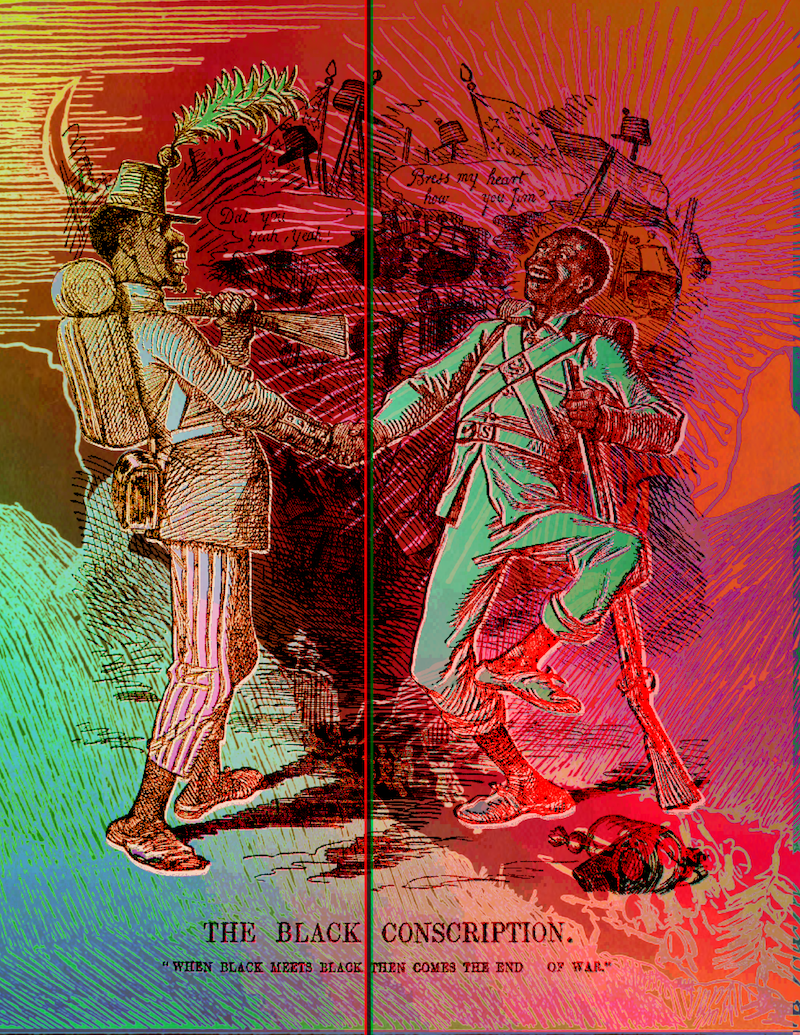
4.29.2022
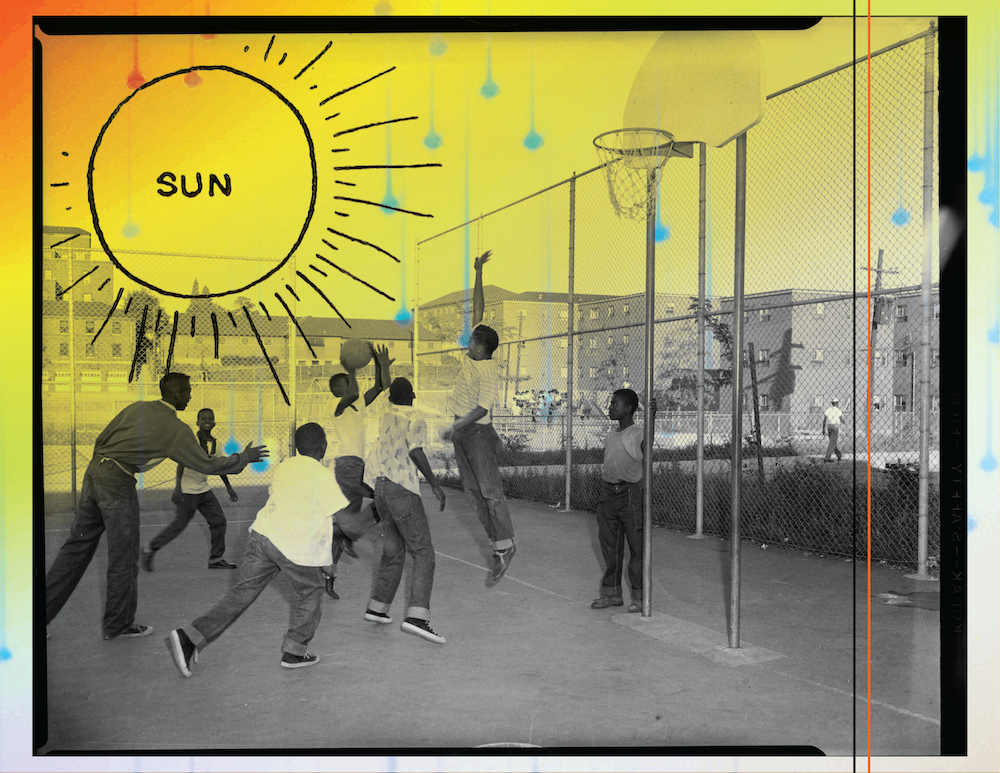
4.30.2022
Group of boys playing basketball on outdoor court near apartment buildings, possibly
Terrace Village
c. 1965
#februaryy

5.1.2022
Women wearing a Elk’s badge standing in a garden next to a dog wearing crown
1920
#february
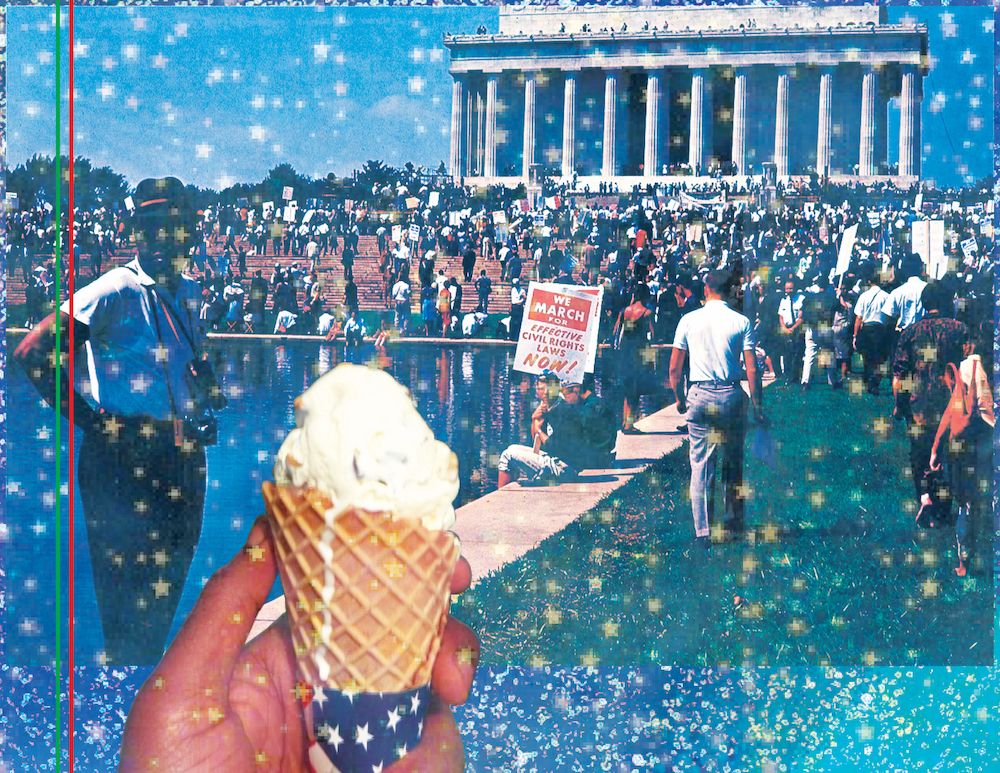
5.2.2022
On August 28, 1963, more than 200,000 Americans gathered in Washington, D.C., for a political rally known as the March on Washington for Jobs and Freedom. Organized by a number of civil rights and religious groups, the event was designed to shed light on the political and social challenges African Americans continued to face across the country.
The march, which became a key moment in the growing struggle for civil rights in the United States, culminated in Martin Luther King Jr.’s “I Have a Dream” speech, a spirited call for racial justice and equality.
As blacks faced continuing discrimination in the postwar years, the March on Washington group met annually to reiterate blacks’ demands for economic equality.
The civil rights movement of the 1960s transformed the political climate, and in 1963, black leaders began to plan a new March on Washington, designed specifically to advocate passage of the Civil Rights Act then stalled in Congress.
Chaired again by A. Philip Randolph and organized by his longtime associate, Bayard Rustin, this new March for Jobs and Freedom was expected to attract 100,000 participants.
President John F. Kennedy showed as little enthusiasm for the march as had Roosevelt, but this time the black leaders would not be dissuaded. The National Association for the Advancement of Colored People and the Southern Christian Leadership Conference put aside their long-standing rivalry, black and white groups across the country were urged to attend, and elaborate arrangements were made to ensure a harmonious event.
The growing disillusion among some civil rights workers was reflected in a speech planned by John Lewis of the Student Non-Violent Coordinating Committee, but in order to preserve the atmosphere of goodwill, leaders of the march persuaded Lewis to omit his harshest criticisms of the Kennedy administration.
The march was an unprecedented success. More than 200,000 black and white Americans shared a joyous day of speeches, songs, and prayers led by a celebrated array of clergymen, civil rights leaders, politicians, and entertainers.
#february
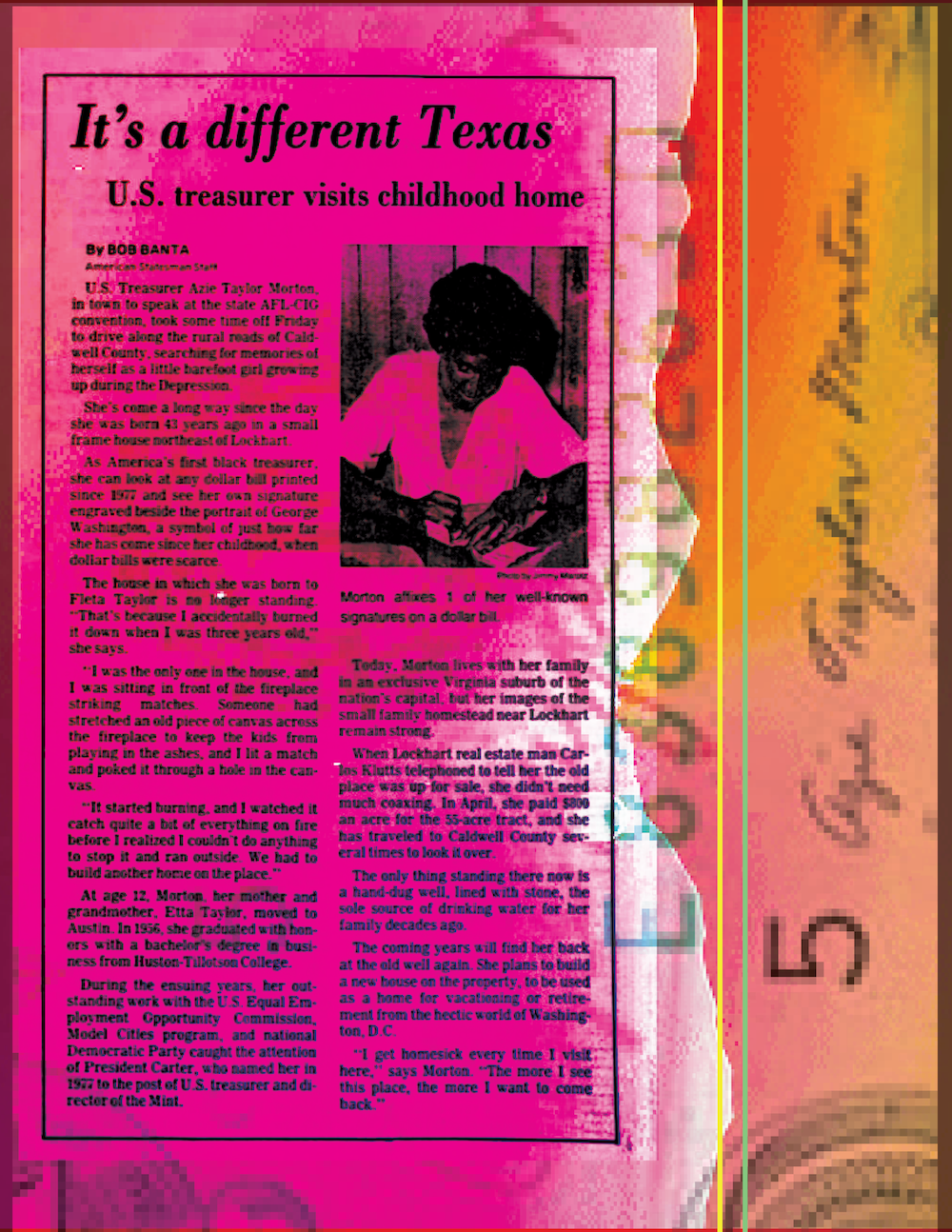
5.3.2022
Azie Taylor Morton (February 1, 1936 – December 7, 2003) served as Treasurer of the United States during the Carter administration from September 12, 1977 to January 20, 1981. She remains the only African American to hold that office. Her signature was printed on US currency during her tenure.
Before becoming treasurer, she served on President John F. Kennedy's Committee on Equal Employment Opportunity. From 1972 to 1976, she was a special assistant to Robert Schwarz Strauss, the chair of the Democratic National Committee. She was also an election observer for the presidential elections in Haiti, Senegal, and the Dominican Republic; a member of the American Delegation to Rome, Italy for the Enthronement of Pope John Paul II; chair of a People to People Mission to the Soviet Union and China; and a representative to the first African/African American Conference held in Africa. She was a member of Alpha Kappa Alpha sorority.
#february

5.4.2022
Freedom Riders were civil rights activists who rode interstate buses into the segregated southern United States, in 1961 and subsequent years, in order to challenge the non-enforcement of the United States Supreme Court decisions Morgan v. Virginia (1946) and Boynton v. Virginia (1960), which ruled that segregated public buses were unconstitutional.
The Freedom Riders challenged this status quo by riding interstate buses in the South in mixed racial groups to challenge local laws or customs that enforced segregation in seating.
The Freedom Rides, and the violent reactions they provoked, bolstered the credibility of the American Civil Rights Movement.
Police arrested riders for trespassing, unlawful assembly, and violating state and local Jim Crow laws, along with other alleged offenses.
The Birmingham, Alabama, Police Commissioner, Bull Connor, together with Police Sergeant Tom Cook (an avid Ku Klux Klan supporter), organized violence against the Freedom Riders with local Klan chapters. The pair made plans to bring the Ride to an end in Alabama. They assured Gary Thomas Rowe, an FBI informer and member of Eastview Klavern #13 the most violent Klan group in Alabama, that the mob would have 15 minutes to attack the riders without any arrests being made.
On May 14, Mother's Day, in Anniston, a mob of Klansmen, some still in church attire, attacked the first of the two buses (the Greyhound). The driver tried to leave the station, but was blocked until KKK members slashed its tires.
The mob forced the crippled bus to stop several miles outside of town and then firebombed it. As the bus burned, the mob held the doors shut, intending to burn the riders to death.
Sources disagree, but either an exploding fuel tank or an undercover state investigator brandishing a revolver caused the mob to retreat, and the riders escaped the bus.
The mob beat the riders after they got out. Only warning shots fired into the air by highway patrolmen prevented the riders from being lynched.
#february
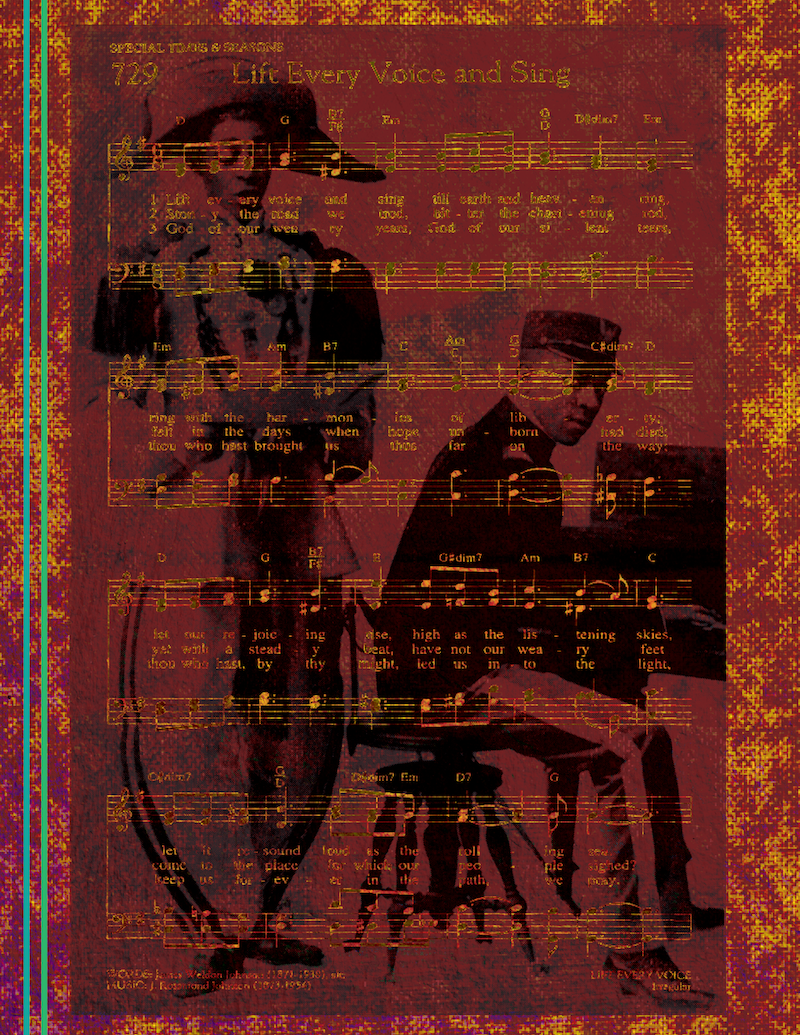
5.5.2022
J. Rosamond Johnson, was an American composer and singer during the Harlem Renaissance. Johnson is most notable as the composer of the hymn "Lift Every Voice and Sing". His brother, the poet James Weldon Johnson, wrote the lyrics of the famous piece.
James Weldon Johnson was an American author, educator, lawyer, diplomat, songwriter, and civil rights activist. Johnson is best remembered for his leadership of the National Association for the Advancement of Colored People (NAACP), where he started working in 1917.
”Lift Every Voice and Sing" was publicly performed first as a poem as part of a celebration
of Abraham Lincoln's birthday on February 12, 1900, by 500 school children at the
segregated Stanton School in Jacksonville, Florida. Its principal, James Weldon Johnson,
wrote the words to introduce its honored guest Booker
T. Washington. The NAACP dubbed it "The Negro National Anthem" for its power in voicing
the cry for liberation and affirmation for African-American people.
#february
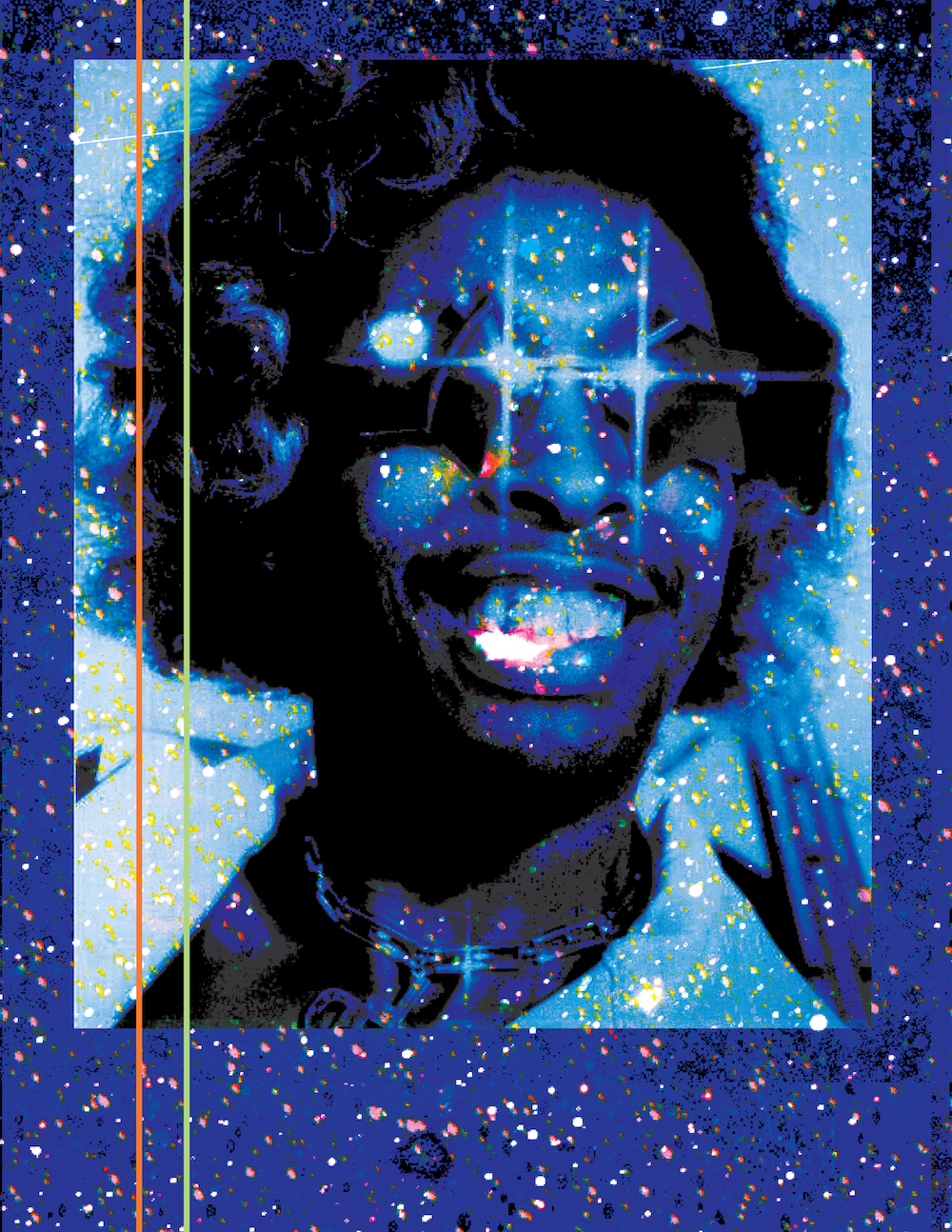
5.6.2022
Rising to prominence with James Brown in the early 1970s, and later with Parliament-Funkadelic, Collins's driving bass guitar and humorous vocals established him as one of the leading names in funk.
He is a member of the Rock and Roll Hall of Fame, inducted in 1997 with 15 other members of Parliament-Funkadelic.
With his elder brother Phelps "Catfish" Collins, Frankie "Kash" Waddy, and Philippé Wynne, Collins formed a funk band, The Pacemakers, in 1968.
In March 1970, after most of the members of James Brown's band quit over a pay dispute, The Pacemakers were hired as Brown's backing band and they became known as The J.B.'s.[6] (They are often referred to as the "original" J.B.'s to distinguish them from later line-ups that went by the same name.) Although they worked for Brown for only 11 months, the original J.B.'s played on some of Brown's most intense funk recordings, including "Get Up (I Feel Like Being a) Sex Machine", "Bewildered (1970)", "Super Bad", "Soul Power", "Talkin' Loud and Sayin' Nothing", and two instrumental singles, the much-sampled "The Grunt" and "These Are the J.B.'s". In regards to his tenure working for James Brown, Collins stated:
"He treated me like a son. And being out of a fatherless home, I needed that father figure and he really played up to it. I mean, Good Lord. Every night after we played a show, he called us back to give us a lecture about how horrible we sounded. [Affects James Brown voice] “Nah, not on it, son. I didn’t hear the one. You didn’t give me the one.”
He would tell me this at every show. One night, we knew we wasn’t sounding really
good – we were off – and he calls us back there and said, “Uh huh, now that’s what
I’m talkin’ about. Y’all was on it tonight. Y’all hit the one.” My brother and I looked
at each other like, “This mother has got to be crazy.” We knew in our heart and soul
that we wasn’t all that on that show. So then I started figuring out his game, man.
By telling me that I wasn’t on it, he made me practice harder. So I just absorbed
what he said and used it in a positive way."
After parting ways with James Brown, Collins returned to Cincinnati and formed House
Guests with his brother Phelps Collins, Rufus Allen, Clayton "Chicken" Gunnels, Frankie
Waddy, Ronnie Greenaway and Robert McCullough. The House Guests released "What So
Never the Dance" and another single on the House Guests label, as well as a third
as The Sound of Vision on the House Guests label.
Next Collins moved to Detroit, Michigan, after Philippé Wynne suggested joining The Spinners, for whom Wynne had been singing. However, following the advice of singer and future Parliament member Mallia Franklin, Collins had another choice. Franklin there introduced both Collins brothers to George Clinton, and 1972 saw both of the Collins brothers, along with Waddy, join Funkadelic. Collins played bass on most of Funkadelic and Parliament albums through the early 1980s, garnering several songwriting credits as well. In 1976 Collins, Catfish, Waddy, Joel Johnson (1953–2018), Gary "Mudbone" Cooper, Robert Johnson and The Horny Horns formed Bootsy's Rubber Band, a separate touring unit of Clinton's P-Funk collective. The group recorded five albums together, the first three of which are often considered to be among the quintessential P-Funk recordings. The group's 1978 album Bootsy? Player of the Year reached the top of the R&B album chart and spawned the #1 R&B single "Bootzilla".
Like Clinton, Collins took on several alter egos, from Casper the Funky Ghost to Bootzilla, "the world's only rhinestone rockstar monster of a doll", all as parts of the evolving character of an alien rock star who grew gradually more bizarre as time went on (see P-Funk mythology). He also adopted his trademark "space bass" around this time.
#february
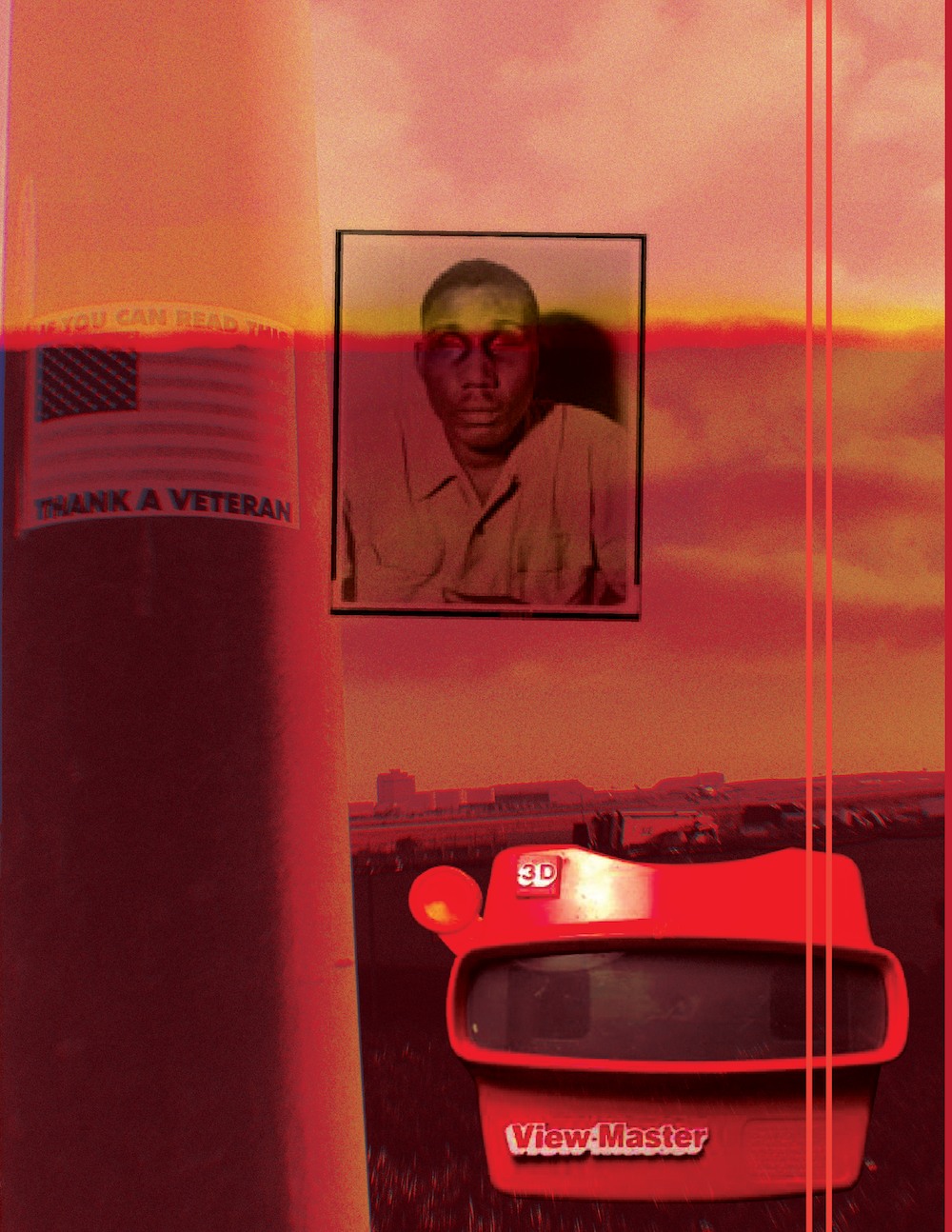
5.7.2022
Issac Woodard was an African American World War II veteran. Hours after being honorably discharged from the United States Army on February 12, 1946, he was attacked while still in uniform by South Carolina police over a dispute with a bus driver over the use of the restroom.
The attack and his injuries sparked national outrage and galvanized the civil rights movement in the United States.
The attack left Woodard completely and permanently blind.
Due to South Carolina's reluctance to pursue the case, President Harry S. Truman ordered a federal investigation. The sheriff was indicted and went to trial in federal court in South Carolina, where he was acquitted by an all-white jury.
On February 12, 1946, former U.S. Army Sergeant Isaac Woodard Jr. was on a Greyhound Lines bus traveling from Camp Gordon in Augusta, Georgia, where he had been discharged, en route to rejoin his family in North Carolina. When the bus reached a rest stop just outside Augusta, Woodard asked the bus driver if there was time for him to use a restroom.
The driver grudgingly acceded to the request after an argument. Woodard returned to his seat from the rest stop without incident, and the bus departed.
The bus stopped in Batesburg. Though Woodard had caused no disruption, the driver contacted the local police (including Chief of Police Lynwood Shull), who forcibly removed Woodard from the bus.
After demanding to see his discharge papers, a number of policemen, including Shull, took Woodard to a nearby alleyway, where they beat him repeatedly with nightsticks.
They then took Woodard to the town jail and arrested him for disorderly conduct, accusing him of drinking beer in the back of the bus with other soldiers.
During the course of the night in jail, Shull beat and blinded Woodard. Woodard also suffered partial amnesia as a result of his injuries.
Newspaper accounts indicate that Woodard's eyes had been "gouged out"; historical documents indicate that each globe was ruptured irreparably in the socket.
#february

5.8.2022
Biscuits have been a staple at the Southern supper table since at least the mid-18th century.
The classic Southern bread has many varieties—the labor-intensive beaten biscuit, the fluffy buttermilk biscuit, and the minimalist drop biscuit. As the biscuit has evolved over time, so has the process of making them.
On November 30, 1875, Alexander P. Ashbourne invented a biscuit cutter. Ashbourne (c.1820-1915) was an African American grocery store owner in Oakland, California.
His spring-loaded cutter consisted of a board to load and unload biscuits, and a metal plate with various shapes.The cook could push down on the plate to cut the dough into shapes.
(From 1875 to 1880, Ashbourne patented three additional inventions that improved on the process of preparing, treating, and refining coconut oil for domestic use.)
#february

5.9.2022
#februray
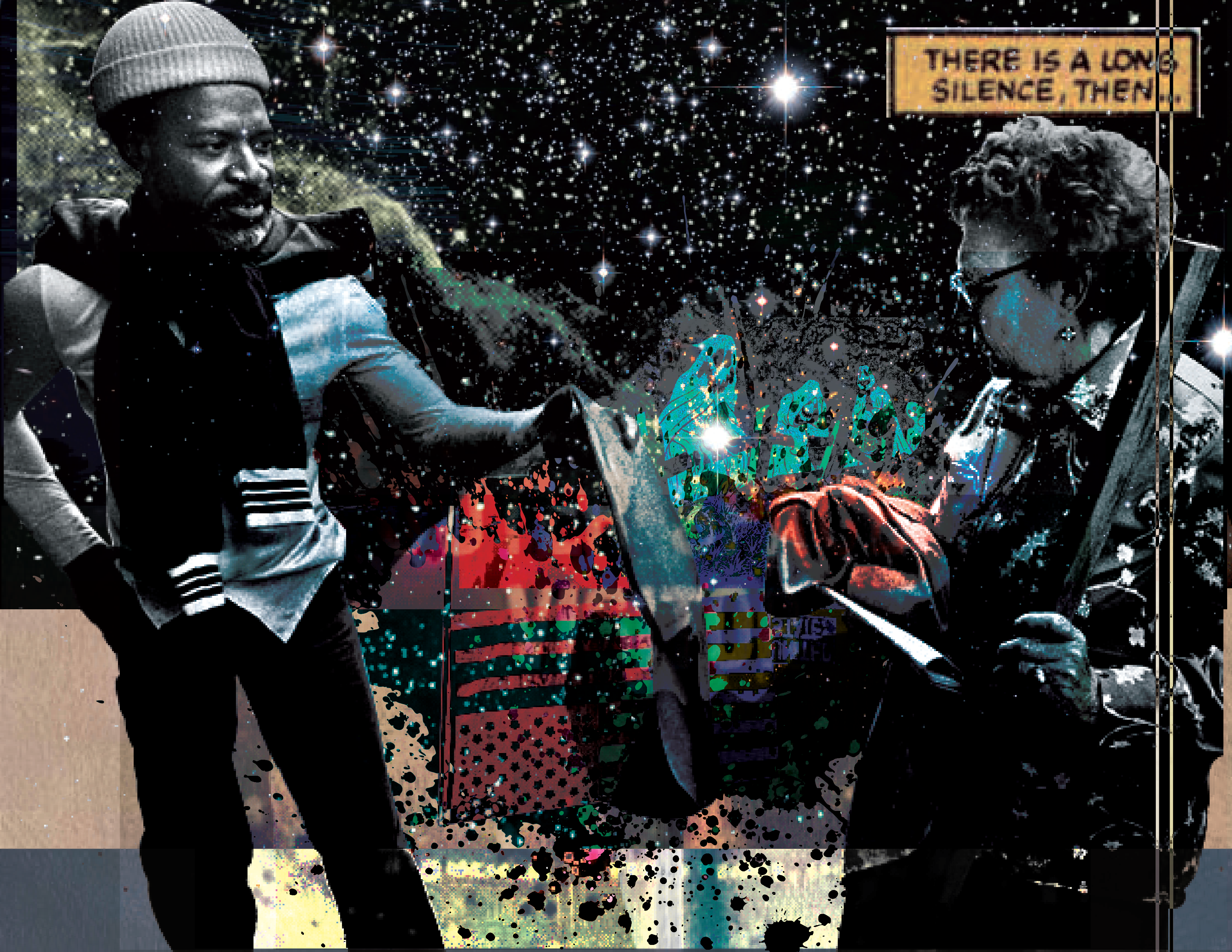
5.10.2022
A gentlemen picks up and returns Addie Frazier’s KKK hood after a klan march 1979.
#febraury

5.11.2022
The phenomenon of slaves running away and seeking to gain freedom is as old as the institution of slavery itself.
In the history of slavery in the United States, "fugitive slaves" (also known as runaway slaves) were slaves who left their master and traveled without authorization; generally they tried to reach states or territories where slavery was banned, including Canada.
Most slave law tried to control slave travel by requiring them to carry official passes if traveling without a master.
Fugitive slaves early in U.S. were sought out just as they were through the Fugitive slave law years, but early efforts included only Wanted posters, flyers etc.
when the slaves were found gone, most masters did everything they could to find their lost “property.”
Flyers would be put up, posses to find him/her would be sent out, and under the new Fugitive Slave Act they could now send federal marshals into the north to extract them.
This new law also brought up bounty hunters to the game of returning slaves to their masters; a “slave” who had already been freed could be brought back into the south to be sold back into slavery if he/she was without freedom papers.
In 1851 there was a case of a black coffeehouse waiter who was snatched by federal marshals on behalf of John Debree, who claimed the man to be his property.
#february

5.12.2022
#february
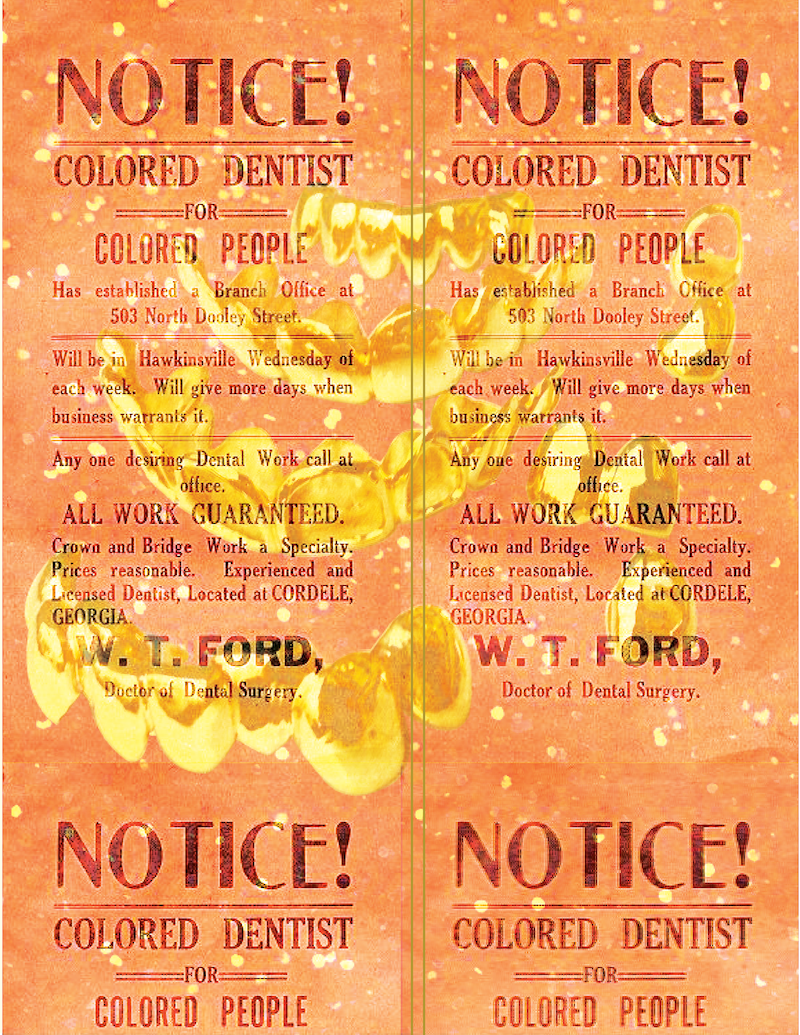
5.13.2022
Black Dentist Accepts Black Patients only.
Doctor W.T.Ford has a poster printed for his new dental office in Cordele, Georgia.
Underscoring Black Self sufficiency amidst ongoing segregation of the south, the doctor only accepts “colored People.”
Circa 1920.
#february

5.14.2022
Inventor Otis Boykin was born on August 29, 1920, in Dallas, Texas. After graduating from high school, he attended Fisk College in Nashville, Tennessee, graduating in 1941.
That same year, he took a job as a lab assistant with the Majestic Radio and TV Corporation in Chicago, Illinois. He rose in the ranks, ultimately serving as a supervisor.
He eventually took a position with the P.J. Nilsen Research Laboratories while trying to start his own business, Boykin-Fruth Incorporated.
At the same time, he decided to continue his education, pursuing graduate studies at the Illinois Institute of Technology in Chicago, Illinois.
He was forced to drop out in 1947, after only two years of education, because he was unable to afford tuition.
Boykin, who took a special interest in working with resistors, began researching and inventing on his own. He sought and received a patent for a wire precision resistor on June 16, 1959.
This resistor would later be used in radios and televisions. Two years later, he created a breakthrough device that could withstand extreme changes in temperature and pressure.The device, which was cheaper and more reliable than others on the market, came in great demand by the United States military for guided missiles and IBM for computers.
In 1964, Boykin moved to Paris, creating electronic innovations for a new market of customers. His most famous invention was a control unit for the pacemaker.
Ironically, Boykin died in Chicago in 1982 as a result of heart failure. Upon his death, he had 26 patents to his name.
#february

5.15.2022
George McLaurin, first African-American student admitted to the University of Oklahoma, forced to sit apart from other students. 1948.
In McLaurin v. Oklahoma State Regents for Higher Education, McLaurin argued that the Fourteenth Amendment was being violated by how they were being treated. It was not until 1950 that the Supreme Court ruled that the treatment must be equal between White and African American students. Mclaurin v Oklahoma State Regents was an important case in history because it was one of the first cases that attempted to combat the "separate but equal" provision in the Plessy v Ferguson case. Mclaurin v Oklahoma showed how the "separate but equal" provision can still be manipulated in a way that discriminates against individuals on the basis of race.
This case played an influential role in history because its ruling led the way to the eventual overturning of Plessy v Ferguson. The Mclaurin case showed the inequality in the separate but equal provision, the accommodations made for Mclaurin required that he sit separate from the other students, in an alcove labeled "reserved of colored" , he sat alone in the cafeteria and he also had his own desk in the library which was behind a stack of newspapers so he would not be seen by the white students.
All of these discriminatory practices happened under the umbrella of the separate but equal provision." In 1950 a unanimous Supreme Court ruled that McLaurin had not received equal treatment as required by the Constitution.
Writing for the Court, Chief Justice Frederick M. Vinson wrote that McLaurin was "handicapped in his pursuit of effective graduate instruction. Such restrictions impair and inhibit his ability to study, to engage in discussion and exchange views with other students, and in general to learn his professions."
#februaryy

5.16.2022
In 1956, forty black students applied for transfers at a white school. This was after the passing of the Pearsall Plan in North Carolina.
At 15 years of age, on 4 September 1957, Dorothy Counts was one of the four black students enrolled at various all-white schools in the district; She was at Harry Harding High School, Charlotte, North Carolina.
Three students were enrolled at other schools, including Central High School. The harassment started when the wife of John Z. Warlick, the leader of the White Citizens Council, urged the boys to "keep her out" and at the same time, implored the girls to spit on her, saying, "spit on her, girls, spit on her."
Dorothy walked by without reacting, but told the press that many people threw rocks at her—most of which landed in front of her feet—and that many spat on her back.
Photographer Douglas Martin won the 1957 World Press Photo of the Year with an image of Counts being mocked by a crowd on her first day of school.
More abuse followed that day. She had trash thrown at her while eating her dinner and the teachers ignored her.
The following day, she befriended two white girls, but they soon drew back because of harassment from other classmates.
Her family received threatening phone calls and after four days of extensive harassment—which included a smashed car and having her locker ransacked, her father decided to take his daughter out of the school. At a press conference, he said:
It is with compassion for our native land and love for our daughter Dorothy that we withdraw her as a student at Harding High School. As long as we felt she could be protected from bodily injury and insults within the school’s walls and upon the school premises, we were willing to grant her desire to study at Harding.
The family moved to Pennsylvania, where Counts attended an integrated school in Philadelphia, and later earned a degree from Johnson C. Smith University.
She has spent her professional career in child care resources.
In 2008, Harding High School awarded Counts an honorary diploma.
In 2010, Counts received a public apology from a member of the crowd which harassed her in 1957.
In 2010, Harding High School renamed its library in honor of Counts-Scoggins, an honour rarely bestowed upon living persons.
#february

5.17.2022
#February

5.18.2022
(Lock jaw)
#February
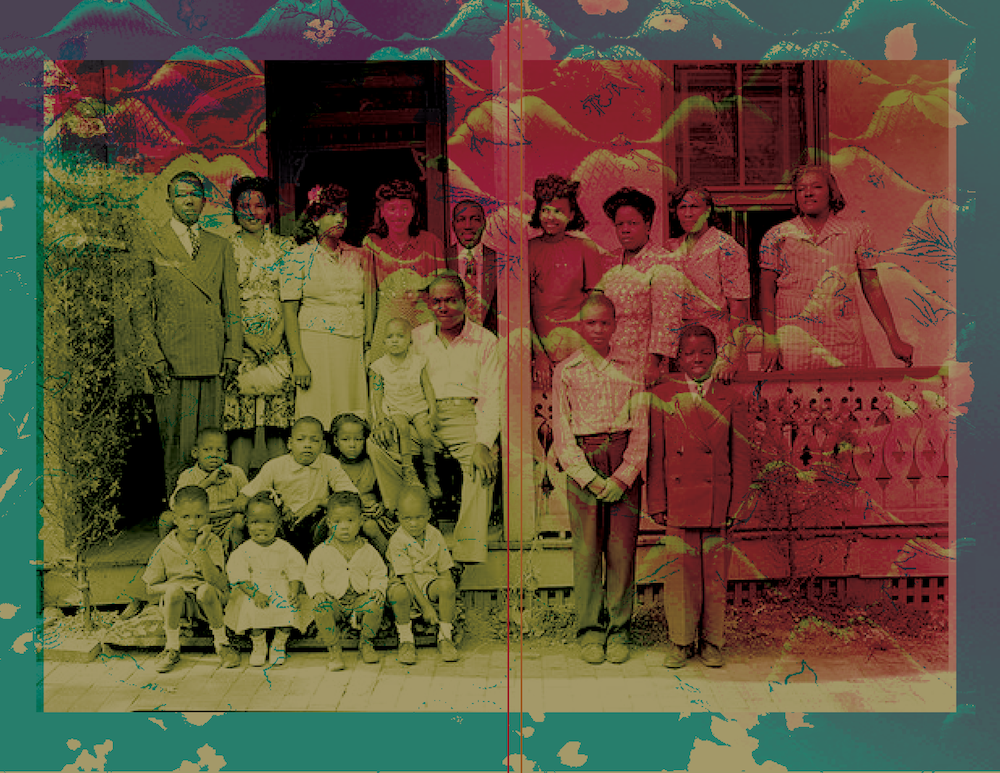
5.19.2022
#february
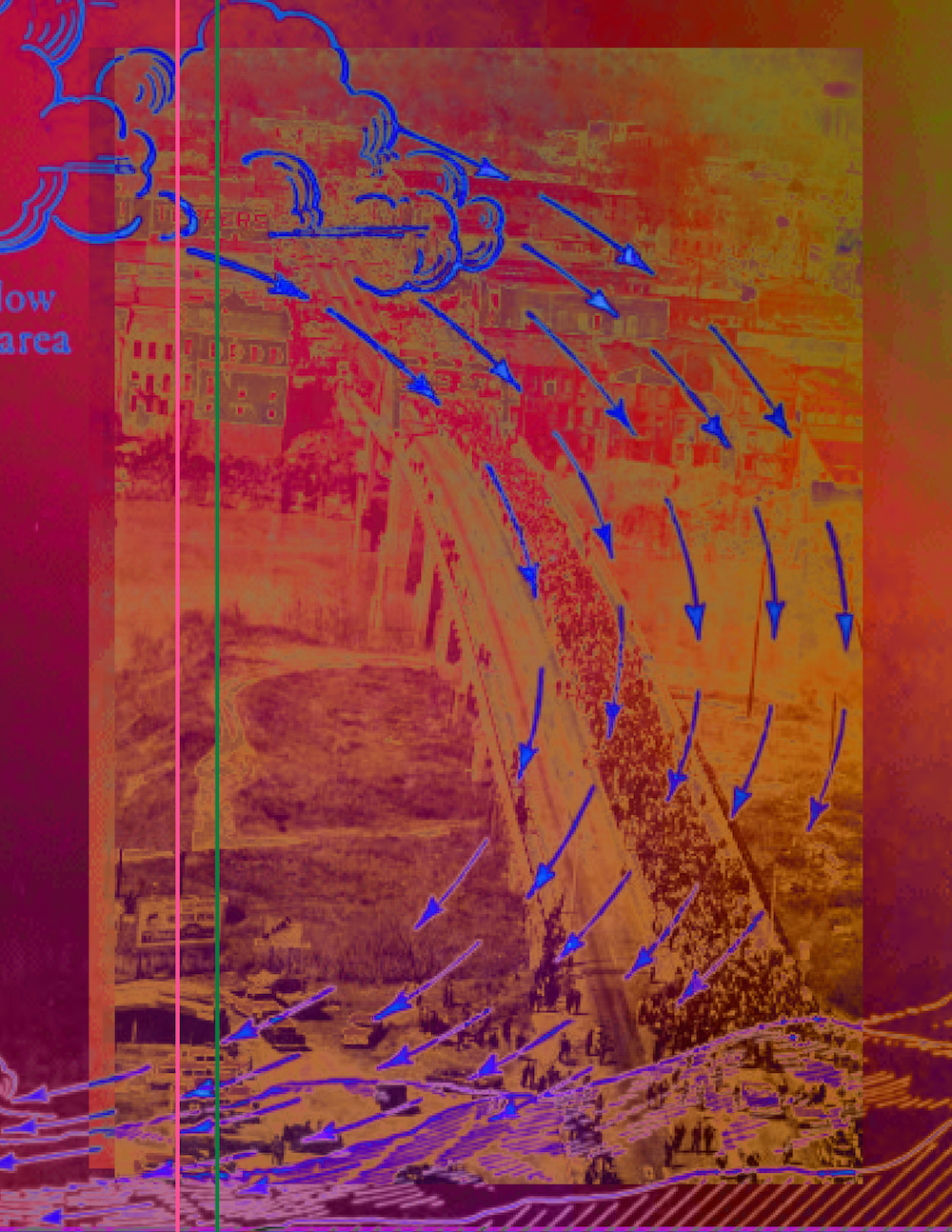
5.20.2022
Marchers cross the Alabama river on the Edmund Pettus Bridge at Selma on March 21, 1965.
#february

5.21.2022
#february

5.22.2022
#February
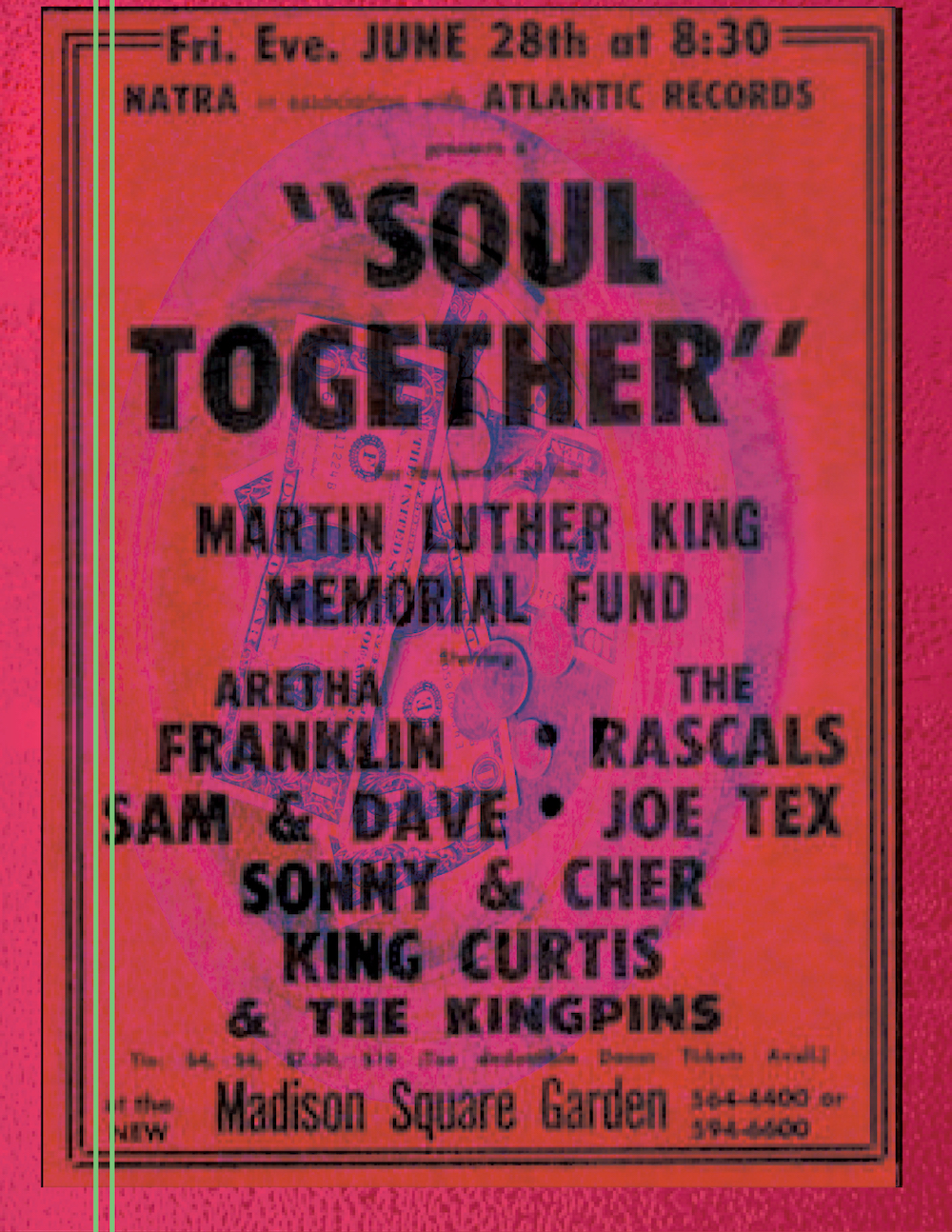
5.23.2022
#february

5.24.2022
Huey Percy Newton (February 17, 1942 – August 22, 1989) was an African- American political
activist, pro second amendment and Marxist-
Leninist revolutionary who, along with fellow Merritt College student Bobby Seale,
co-founded the Black Panther Party (1966–1982). Together with Seale, Newton created
a ten-point program which laid out guidelines for how the African-American community
could achieve liberation.
In the 1960s, under Newton's leadership, the Black Panther Party founded over 60 community support programs (renamed survival programs in 1971) including food banks, medical clinics, HIV support groups, sickle cell anemia tests, prison busing for families of inmates, legal advice seminars, clothing banks, housing cooperates, and their own ambulance service. The most famous of these programs was the Free Breakfast for Children program which fed thousands of impoverished children daily during the early 1970s.
Newton also co-founded the Black Panther newspaper service which became one of America's most widely distributed African-American newspapers. In 1967, he was involved in a shootout which led to the death of a police officer and in 1974 was accused of shooting a woman, leading to her death. Despite graduating from high school not knowing how to read, he taught himself literacy by reading Plato's Republic and earned a Ph.D. in social philosophy from the University of California at Santa Cruz's History of Consciousness program in 1980.
In 1989, he was murdered in Oakland, California by Tyrone Robinson, a member of the
Black Guerrilla Family.
Newton was known for being an advocate of self-defense, Palestinian statehood, and
for his support of communist-led governments in Cuba, China, North Korea, and Vietnam.
#februray
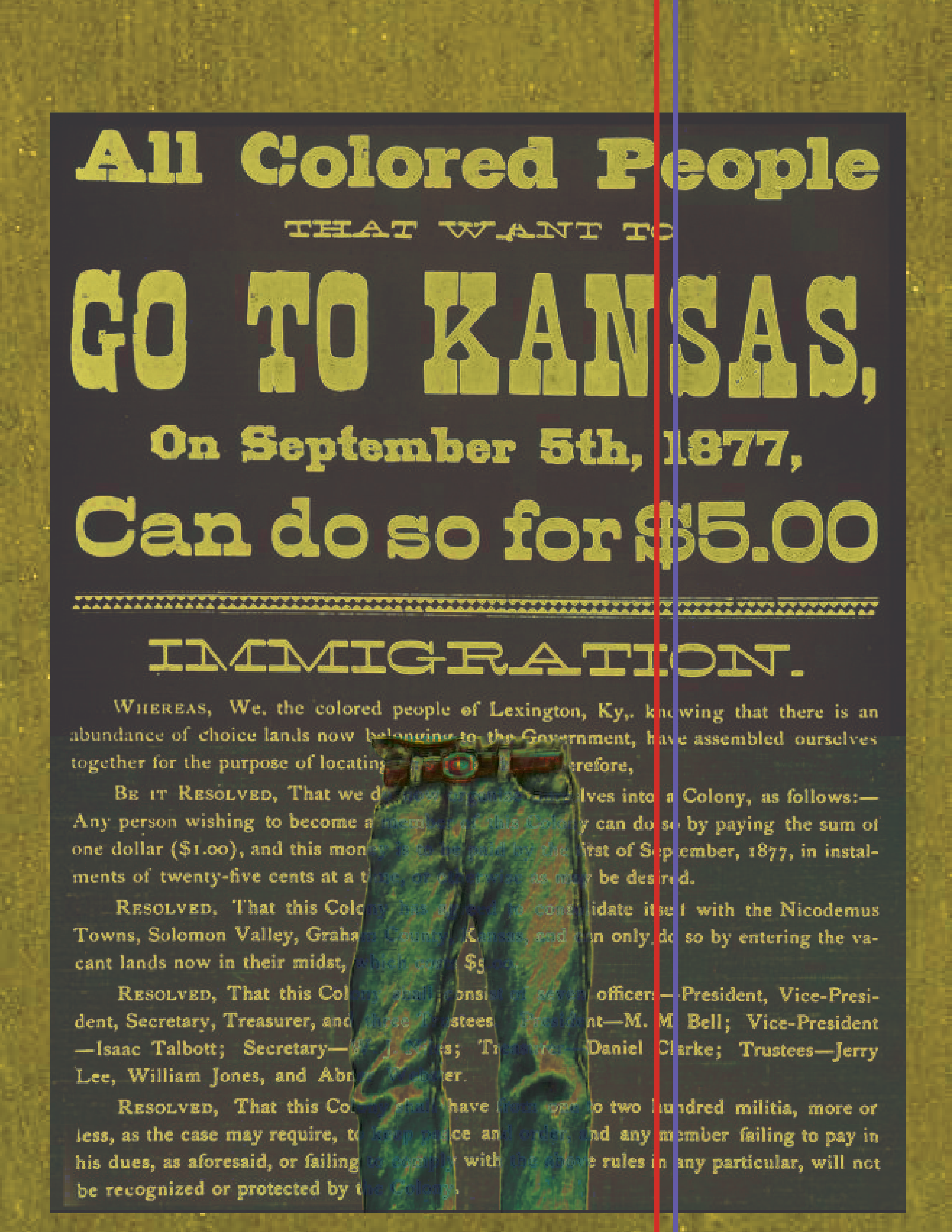
5.25.2022
The number one cause of black migration out of the South at this time was to escape racial violence or "bulldozing" by white supremacist groups such as the Ku Klux Klan and the White League.
Vigilantes operated with almost total impunity, and no other issue was of more importance to the majority of southern blacks living in the countryside.
Given the extreme level of discrimination and violent intimidation blacks faced in the rural South, the Exodusters can more accurately be described as refugees.
Many steamboat captains refused to carry migrants across the Mississippi River, and thousands of Exodusters found themselves stranded for months in St. Louis.
The political response of southern white Democrats, and of some conservative “representative” Black men, was one of disgust and incomprehension.
They distrusted the intentions of white philanthropy in aiding black migration; in fact, they were convinced of ulterior motives.
In solidarity, the Democratic party as a whole “refused to admit to the fact of Southern lawlessness because many of the crimes had been perpetrated by Democrats, usually for their party’s own advancement.
The Exoduster movement has been characterized as an example of millenarianism, in that many exodusters created settlements they believed to be their new, Promised Land.
#february
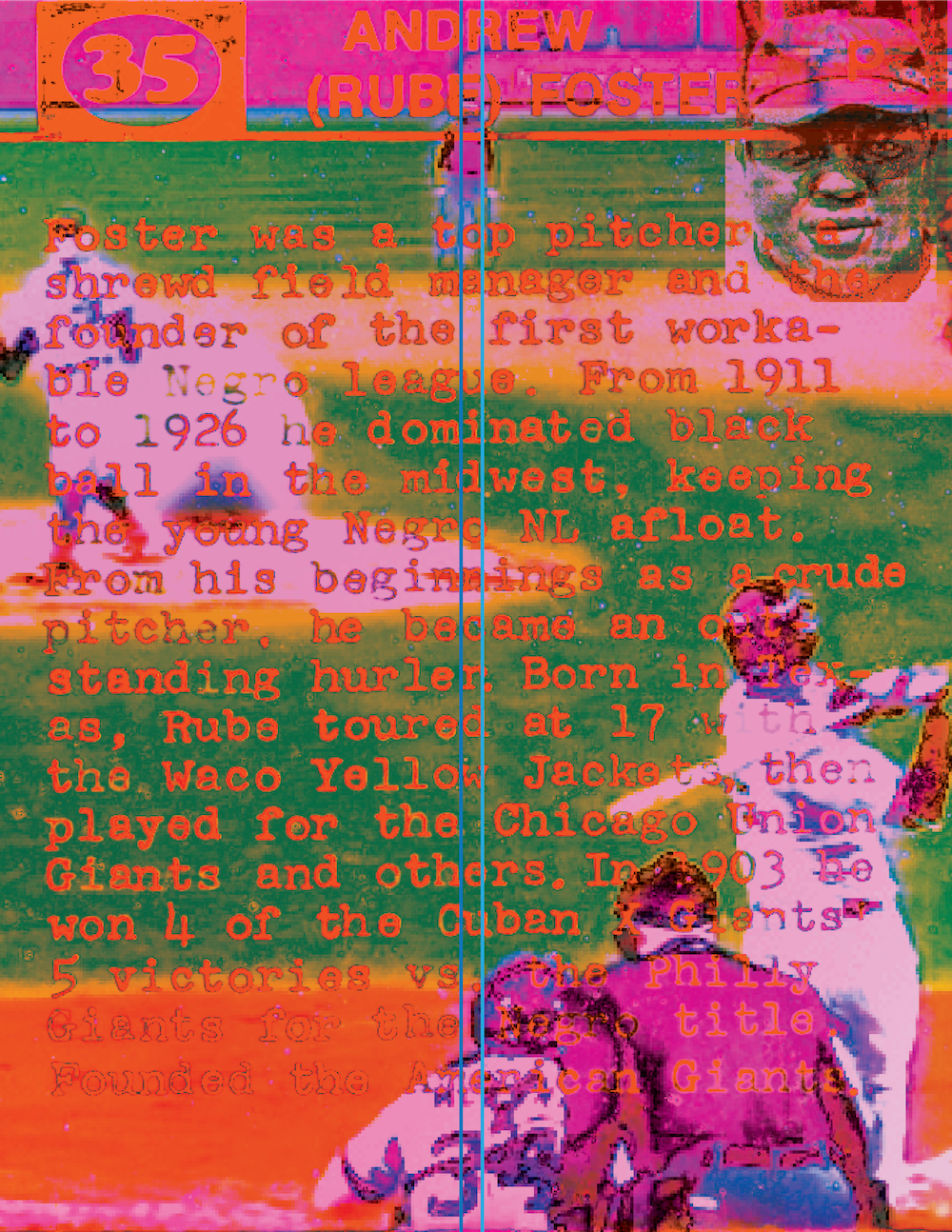
5.26.2022
Andrew "Rube" Foster (September 17, 1879 – December 9, 1930) was an American baseball player, manager, and executive in the Negro leagues. He was elected to the Baseball Hall of Fame in 1981.
Foster, considered by historians to have been perhaps the best African-American pitcher of the first decade of the 1900s, also founded and managed the Chicago American Giants, one of the most successful black baseball teams of the pre-integration era.
Most notably, he organized the Negro National League, the first long-lasting professional league for African-American ballplayers, which operated from 1920 to 1931. He is known as the "father of Black Baseball."
Foster adopted his longtime nickname, "Rube", as his official middle name later in life.
#february
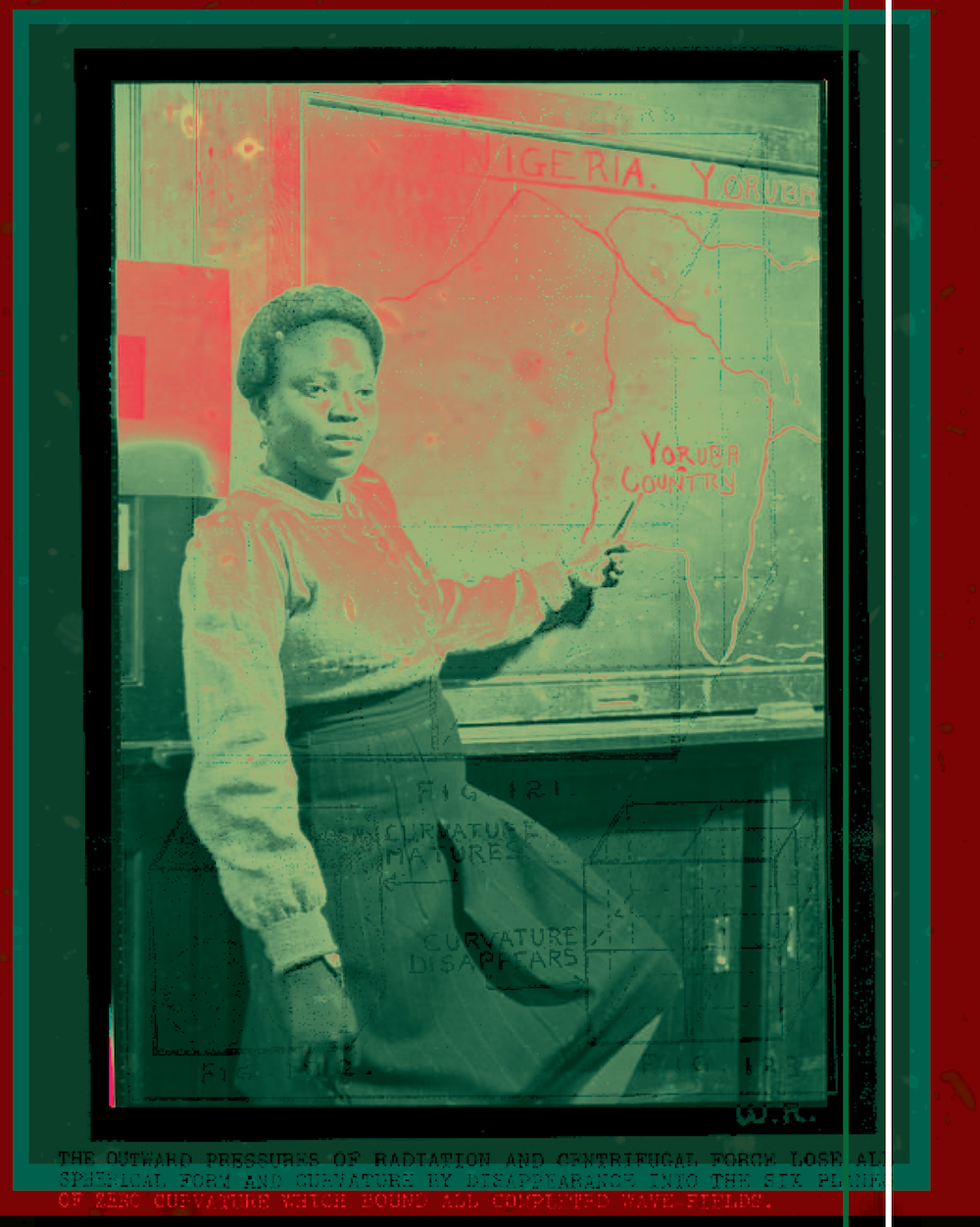
5.27.2022
#february
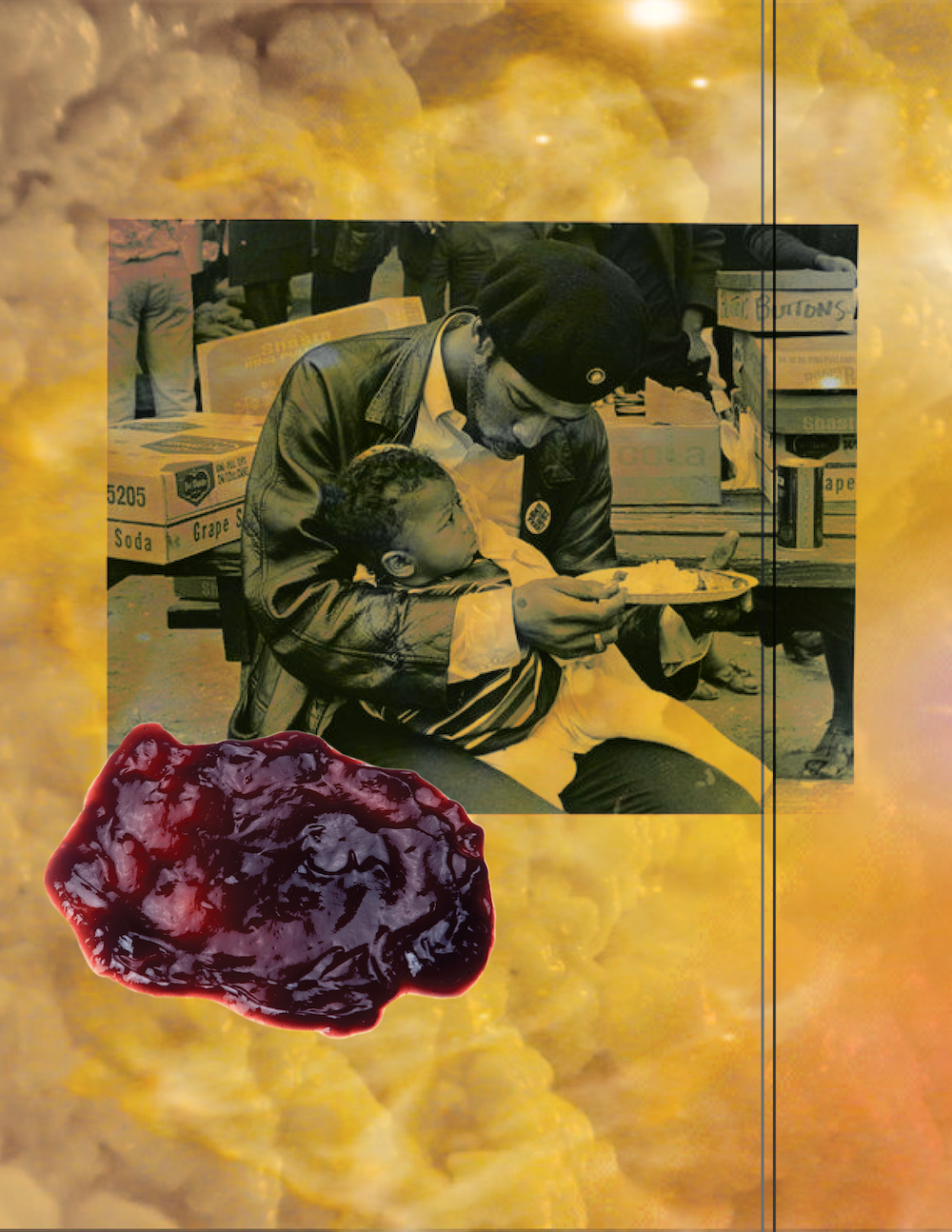
5.28.2022
The Free Breakfast for School Children Program was a community service program run by the Black Panther Party as an early manifestation of the social mission envisioned by founders Huey P. Newton and Bobby Seale along with their founding of the Oakland Community School, which provided high-level education to 150 children from impoverished urban neighborhoods. Inspired by contemporary research about the essential role of breakfast for optimal schooling, the Panthers would cook and serve food to the poor inner city youth of the area. Initiated in January 1969 at St. Augustine's Church in Oakland, California, the program became so popular that by the end of the year, the Panthers set up kitchens in cities across the US, feeding over 10,000 children every day before they went to school.
The Free Breakfast Program became the central organizing activity of the group. The reach and success of the program in so many communities underscored the inadequacies of the federal government's then-flagging and underresourced lunch programs in public schools across the country. Many of these programs were held in predominantly black neighborhood but also served children of other ethnicity.
Despite its successes, Federal authorities attempted to discredit and derail the Free Breakfast Program. Among other actions, authorities raided breakfast program locations while children were eating.
Fred Hampton, leader of the Chicago local, helped organize a number of community programs. These included five different breakfast programs on the West Side, a free medical center, a door to door program of health services (which offered testing for sickle cell anemia), and blood drives for the Cook County Hospital.
The Chicago party also reached out to local gangs to clean up their acts, get them away from crime and bring them into the class war. The Party's efforts met with wide success, and Hampton's audiences and organized contingent grew by the day.
#february
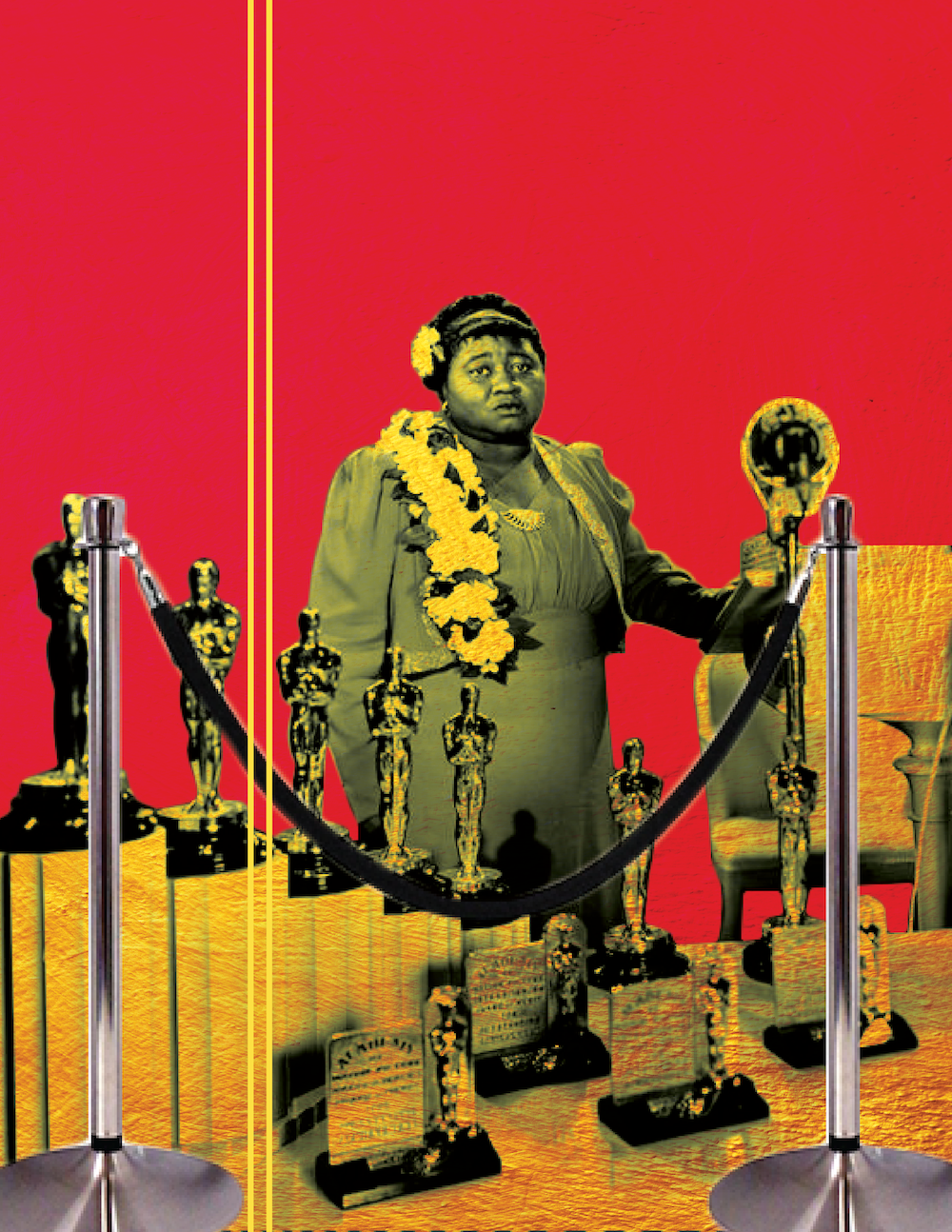
5.29.2022
The Loew's Grand Theatre on Peachtree Street in Atlanta, Georgia, was selected to air the premiere of the film Gone with the Windin 1939. All of the film's black actors, including future Academy Award winner Hattie McDaniel, were barred from attending.
Hattie McDaniel was an African American stage actress, professional singer- songwriter, and comedian. She is best known for her role as Mammy in Gone with the Wind (1939), for which she won the Academy Award for Best Supporting Actress, the first Academy Award won by an African American entertainer.
In addition to acting in many films, McDaniel was a radio performer and television star; she was the first black woman to sing on radio in the United States.
She appeared in over 300 films, although she received screen credits for only 80 or so.
McDaniel has two stars on the Hollywood Walk of Fame in Hollywood: one at 6933 Hollywood Boulevard for her contributions to radio and one at 1719 Vine Street for acting in motion pictures.
In 1975, she was inducted into the Black Filmmakers Hall of Fame and in 2006 became the first black Oscar winner honored with a US postage stamp.
#february
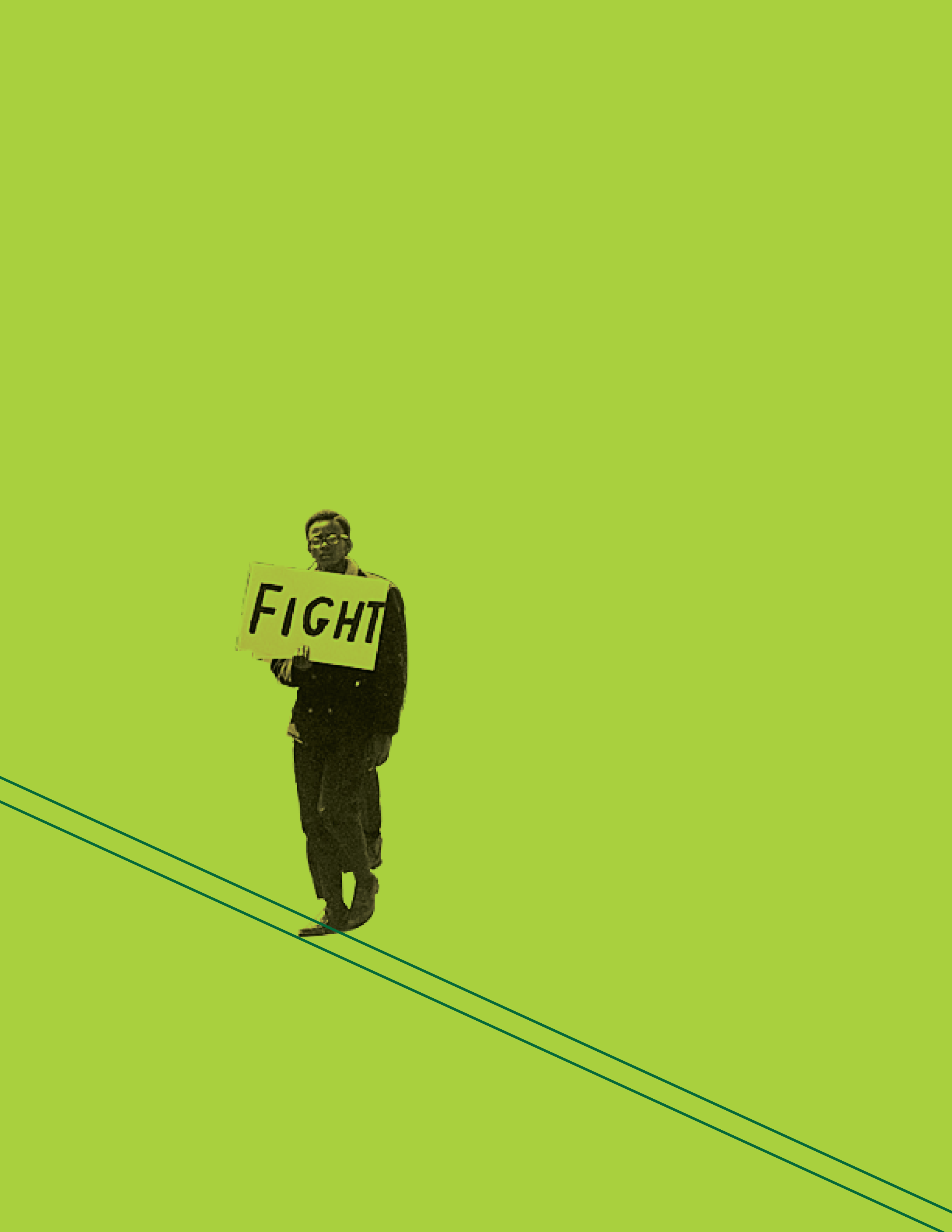
5.30.2022
#February
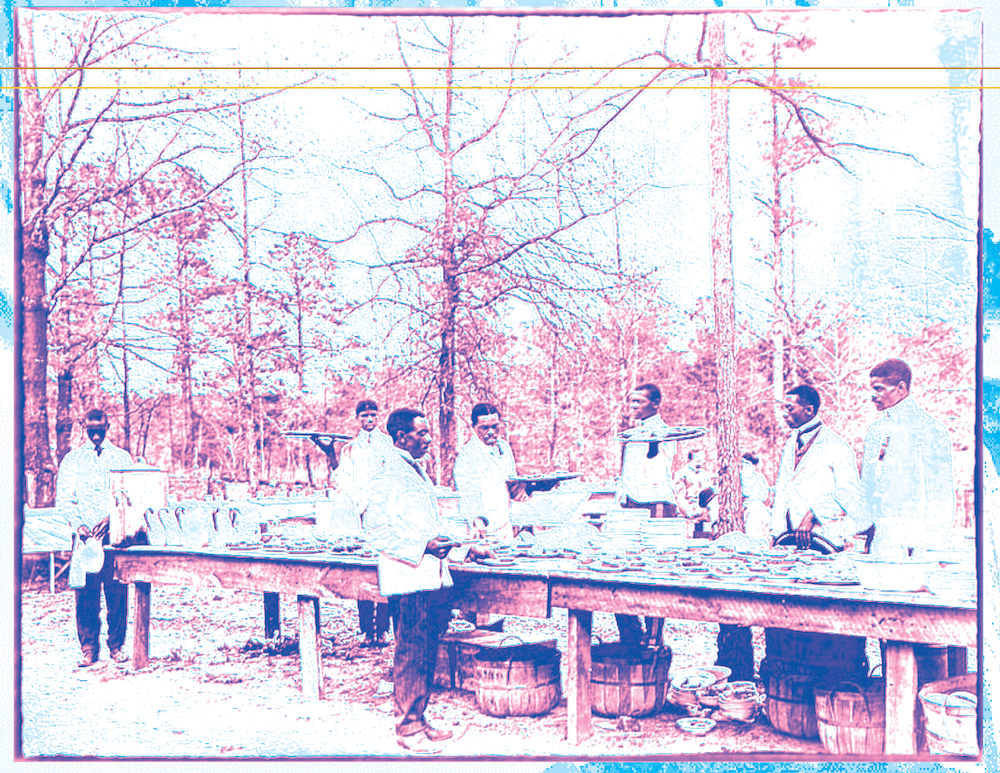
5.31.2022
African American men preparing to serve a meal in an outdoor setting among trees at Tuskegee Institute - 1895
#february
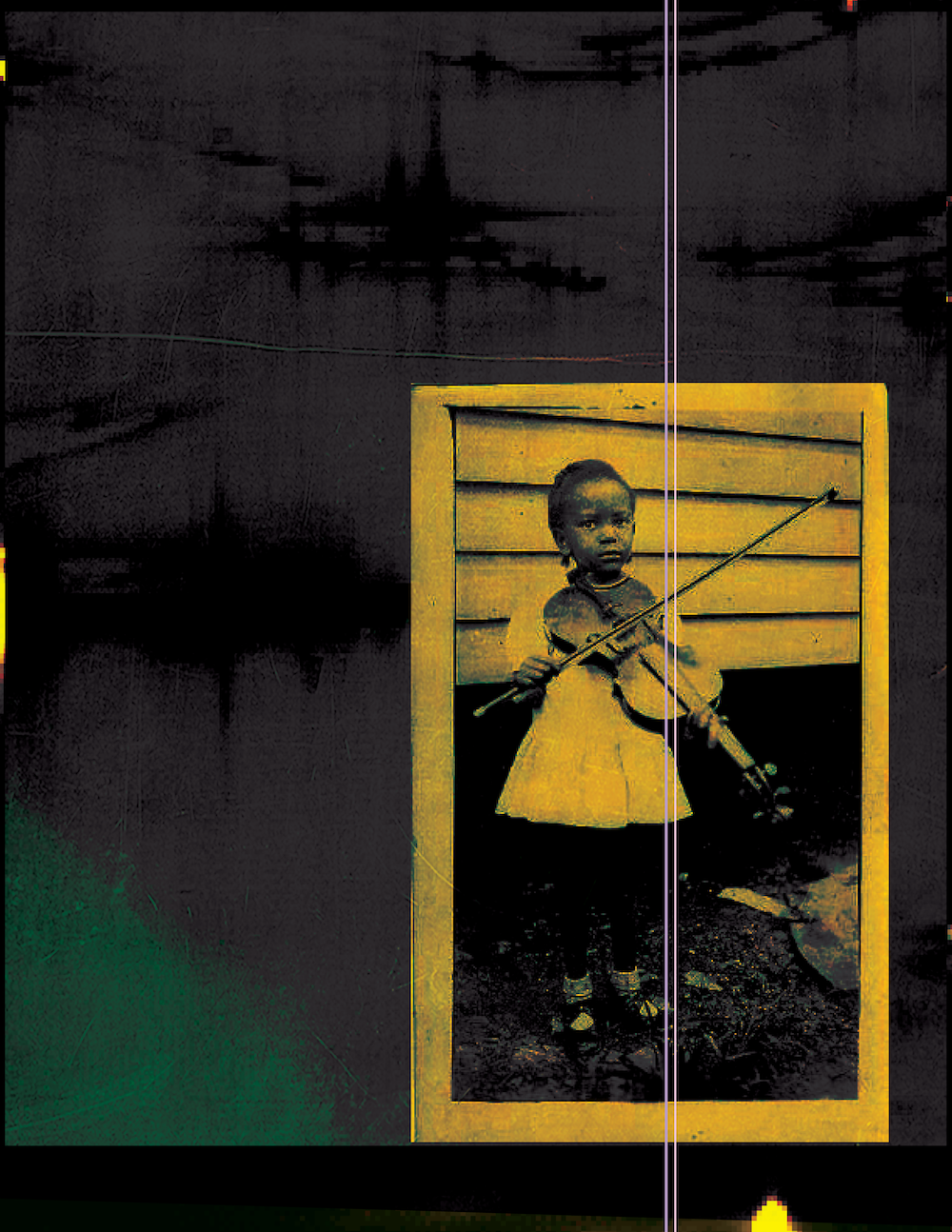
6.1.2022
black girl playing the viola
#february

6.2.2022
#february

6.3.2022
Mornice Garrett and her seven children eat dinner, chicken necks boiled with spaghetti. Their two rooms lack space for either a dining table or any chairs.
#february
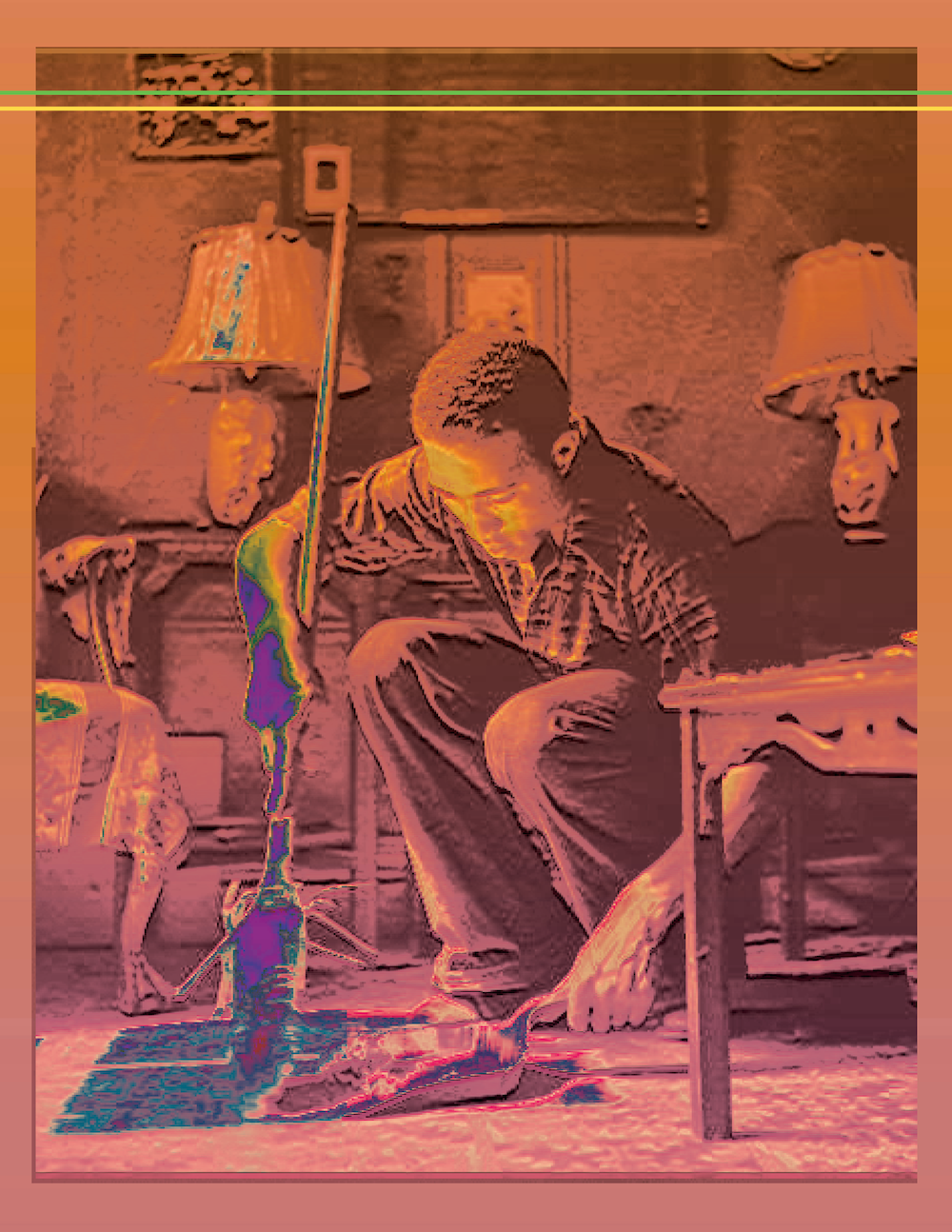
6.4.2022
#february
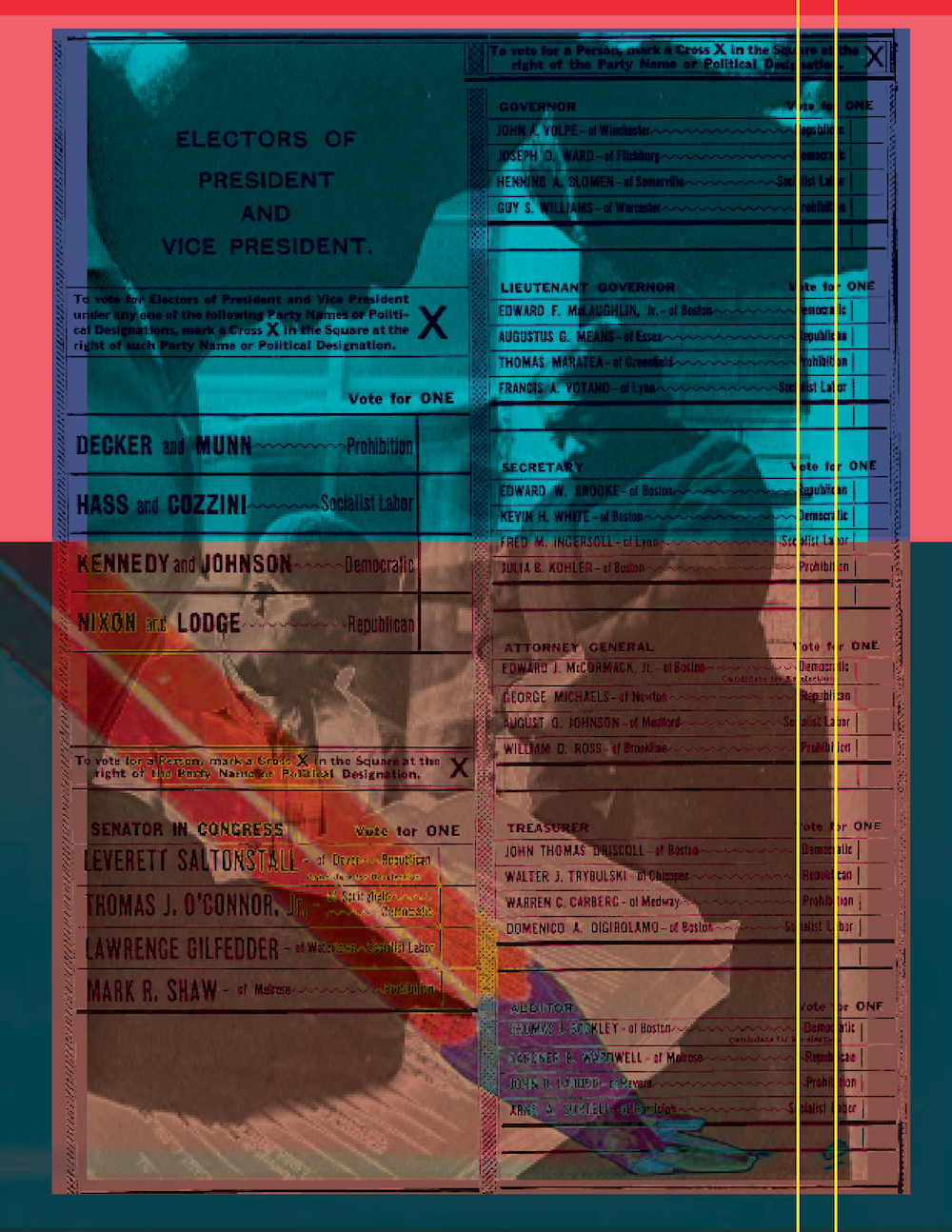
6.5.2022
Citizens Studying the Mississippi voter application before going down to the courthouse to try to register.
The Voting Rights Act of 1965 is a landmark piece of federal legislation in the United States that prohibits racial discrimination in voting.
It was signed into law by President Lyndon B. Johnson during the height of the Civil Rights Movement on August 6, 1965, and Congress later amended the Act five times to expand its protections.
Designed to enforce the voting rights guaranteed by the Fourteenth and Fifteenth Amendments to the United States Constitution, the Act secured voting rights for racial minorities throughout the country, especially in the South.
According to the U.S. Department of Justice, the Act is considered to be the most effective piece of civil rights legislation ever enacted in the country.
The Act contains numerous provisions that regulate election administration. The Act's "general provisions" provide nationwide protections for voting rights. Section 2 is a general provision that prohibits every state and local government from imposing any voting law that results in discrimination against racial or language minorities.
Other general provisions specifically outlaw literacy tests and similar devices that were historically used to disenfranchise racial minorities.
The Act also contains "special provisions" that apply to only certain jurisdictions. A core special provision is the Section 5 preclearance requirement, which prohibits certain jurisdictions from implementing any change affecting voting without receiving preapproval from the U.S. Attorney General or the U.S. District Court for D.C. that the change does not discriminate against protected minorities. Another special provision requires jurisdictions containing significant language minority populations to provide bilingual ballots and other election materials.
After the Civil War, the three Reconstruction Amendments were ratified and limited this discretion. The Thirteenth Amendment (1865) prohibits slavery; the Fourteenth Amendment (1868) grants citizenship to anyone "born or naturalized in the United States" and guarantees every person due process and equal protection rights; and the Fifteenth Amendment (1870) provides that "[t]he right of citizens of the United States to vote shall not be denied or abridged by the United States or by any State on account of race, color, or previous condition of servitude." These Amendments also empower Congress to enforce their provisions through "appropriate legislation".
Southern states generally sought to disenfranchise racial minorities during and after Reconstruction.
From 1868 to 1888, electoral fraud and violence throughout the South suppressed the African-American vote.
From 1888 to 1908, Southern states legalized disenfranchisement by enacting Jim Crow laws; they amended their constitutions and passed legislation to impose various voting restrictions, including literacy tests, poll taxes, property-ownership requirements, moral character tests, requirements that voter registration applicants interpret particular documents, and grandfather clauses that allowed otherwise-ineligible persons to vote if their grandfathers voted (which excluded many African Americans whose grandfathers had been slaves or otherwise ineligible).
Following the 1964 elections, civil rights organizations such as the Southern Christian Leadership Conference (SCLC) and the Student Nonviolent Coordinating Committee (SNCC) pushed for federal action to protect the voting rights of racial minorities.
Their efforts culminated in protests in Alabama, particularly in the city of Selma, where County Sheriff Jim Clark's police force violently resisted African-American voter registration efforts. Speaking about the voting rights push in Selma, James Forman of SNCC said:
Our strategy, as usual, was to force the U.S. government to intervene in case there were arrests—and if they did not intervene, that inaction would once again prove the government was not on our side and thus intensify the development of a mass consciousness among blacks.
Our slogan for this drive was "One Man, One Vote."
In January 1965, Martin Luther King, Jr., James Bevel, and other civil rights leaders organized several demonstrations in Selma that led to violent clashes with police.
These marches received national media coverage and drew attention to the issue of voting rights. King and other demonstrators were arrested during a march on February 1 for violating an anti-parade ordinance; this inspired similar marches in the following days, causing hundreds more to be arrested.
On February 4, civil rights leader Malcolm X gave a militant speech in Selma in which he said that many African Americans did not support King's nonviolent approach; he later privately said that he wanted to frighten whites into supporting King.
The next day, King was released and a letter he wrote addressing voting rights, "Letter From A Selma Jail", appeared in The New York Times.
With the nation paying increasing attention to Selma and voting rights, President Johnson reversed his decision to delay voting rights legislation, and on February 6, he announced he would send a proposal to Congress.
However, he did not reveal the proposal's content or when it would come before Congress.
#february

6.6.2022
#february
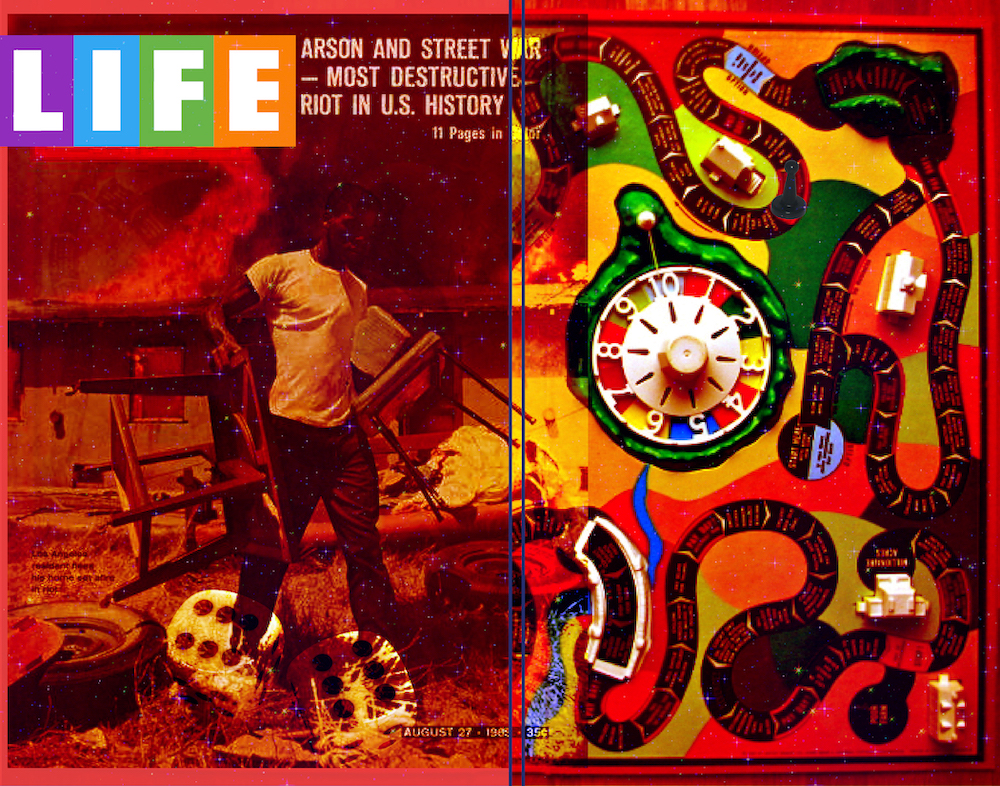
6.7.2022
Because of discrimination Los Angeles' African American residents were excluded from the high-paying jobs, affordable housing, and politics available to white residents; moreover, they faced discrimination by the white-dominated Los Angeles Police Department (LAPD)
In 1950, William H. Parker was appointed and sworn in as Los Angeles Chief of Police. After a major scandal called Bloody Christmas of 1951, Parker pushed for more independence from political pressures that would enable him to create a more professionalized police force.
The public supported him and voted for charter changes that isolated the police department from the rest of the city government. In the 1960s, the LAPD was promoted as one of the best police forces in the world.
Despite its reform and having a professionalized, military-like police force, William Parker's LAPD faced repeated criticism from the city's Latino and black residents for police brutality. Chief Parker coined the term "Thin Blue Line", representing the police as holding down pervasive crime.
Resentment of such longstanding racial injustices are cited as reasons why Watts' African-American population exploded on August 11, 1965, in what would become the Watts Riots.
#february
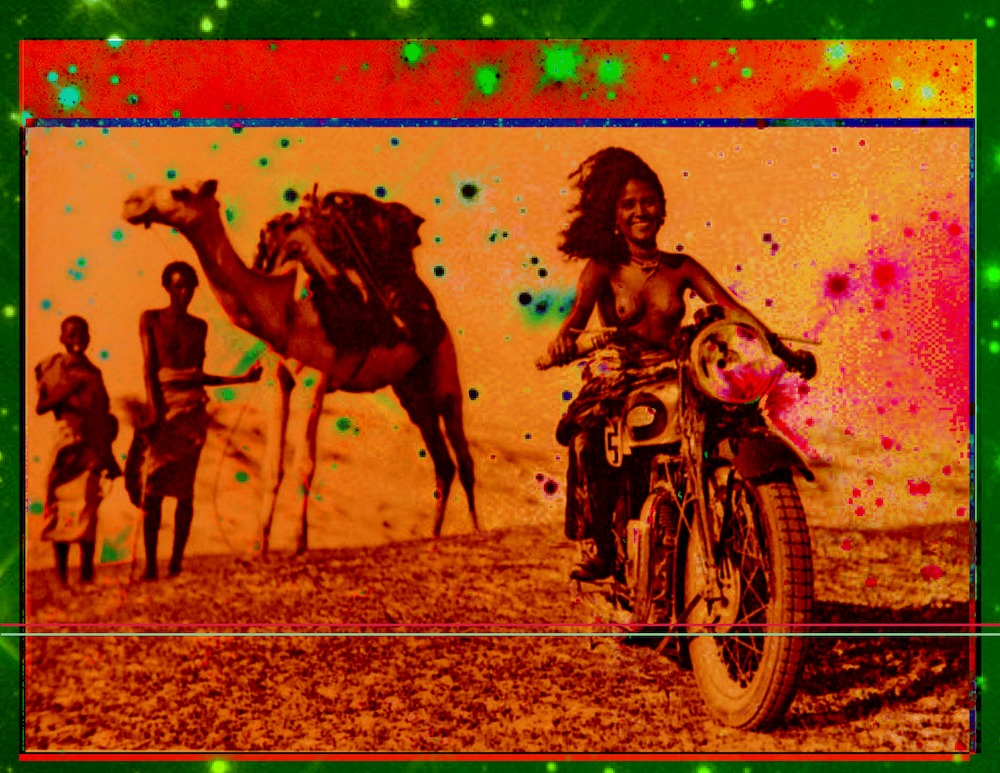
6.8.2022
Young Eritrean Woman on the Triumph Silent Scout B. 1934
#february
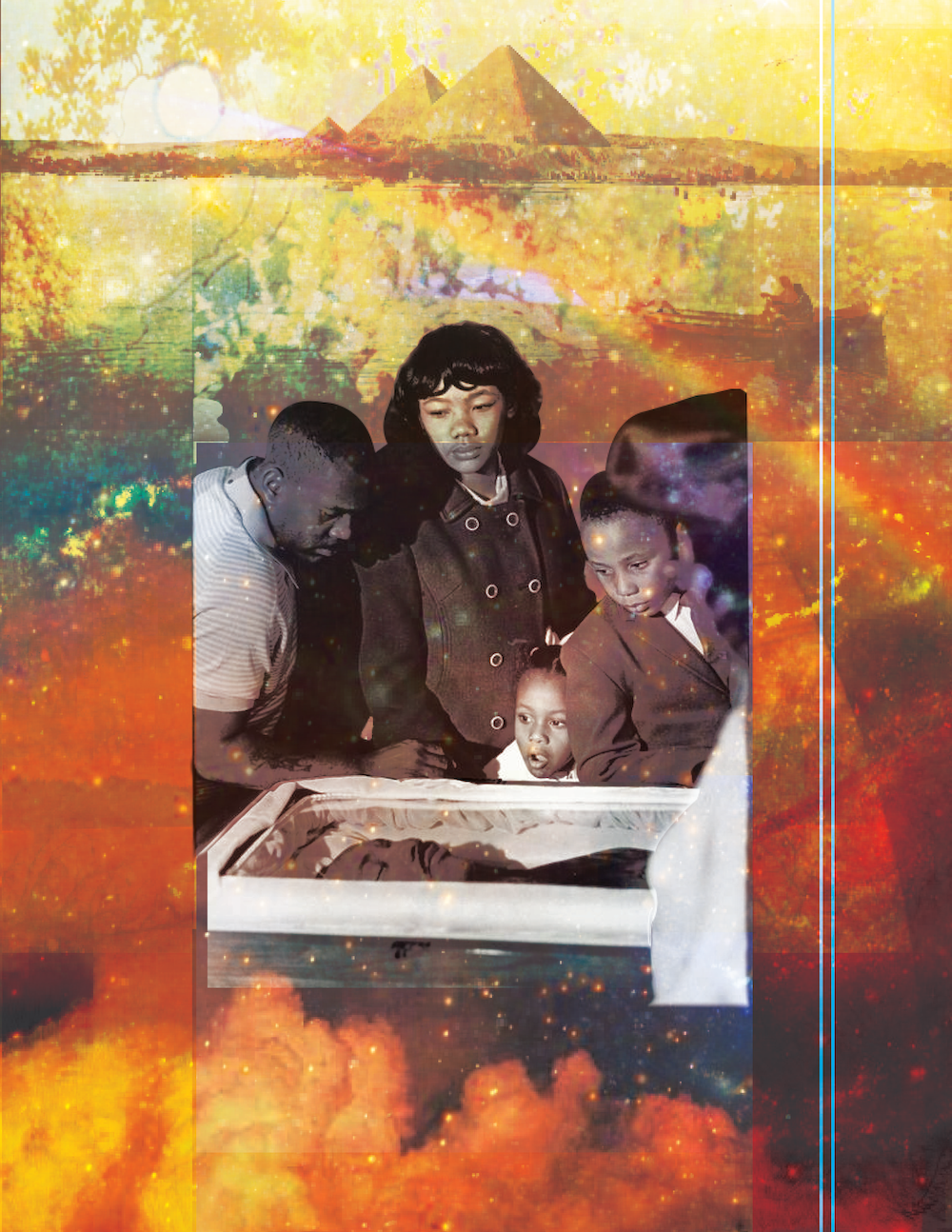
6.9.2022
On April 3, King addressed a rally and delivered his "I've Been to the Mountaintop" address at Mason Temple, the world headquarters of the Church of God in Christ. King's flight to Memphis had been delayed by a bomb threat against his plane.
In the prophetic peroration of the last speech of his life, in reference to the bomb threat, King said the following:
And then I got to Memphis. And some began to say the threats, or talk about the threats that were out. What would happen to me from some of our sick white brothers? Well, I don't know what will happen now. We've got some difficult days ahead. But it doesn't matter with me now. Because I've been to the mountaintop. And I don't mind. Like anybody, I would like to live a long life.
Longevity has its place. But I'm not concerned about that now. I just want to do God's will. And He's allowed me to go up to the mountain. And I've looked over. And I've seen the promised land. I may not get there with you. But I want you to know tonight, that we, as a people, will get to the promised land. So I'm happy, tonight. I'm not worried about anything. I'm not fearing any man. Mine eyes have seen the glory of the coming of the Lord.
King was booked in Room 306 at the Lorraine Motel (owned by Walter Bailey) in Memphis. Abernathy, who was present at the assassination, testified to the United States House Select Committee on Assassinations that King and his entourage stayed at Room 306 so often that it was known as the "King- Abernathy suite."
According to Jesse Jackson, who was present, King's last words on the balcony before his assassination were spoken to musician Ben Branch, who was scheduled to perform that night at an event King was attending: "Ben, make sure you play 'Take My Hand, Precious Lord' in the meeting tonight. Play it real pretty."
King was fatally shot by James Earl Ray at 6:01 p.m., April 4, 1968, as he stood on the motel's second-floor balcony. The bullet entered through his right cheek, smashing his jaw, then traveled down his spinal cord before lodging in his shoulder.
Abernathy heard the shot from inside the motel room and ran to the balcony to find King on the floor.
Jackson stated after the shooting that he cradled King's head as King lay on the balcony, but this account was disputed by other colleagues of King; Jackson later changed his statement to say that he had "reached out" for King.
After emergency chest surgery, King died at St. Joseph's Hospital at 7:05 p.m.
According to biographer Taylor Branch, King's autopsy revealed that though only 39 years old, he "had the heart of a 60 year old", which Branch attributed to the stress of 13 years in the civil rights movement.
King is buried within Martin Luther King Jr. National Historical Park
#february

6.10.2022
Afeni Shakur feeding baby Tupac
#february

6.11.2022
#february
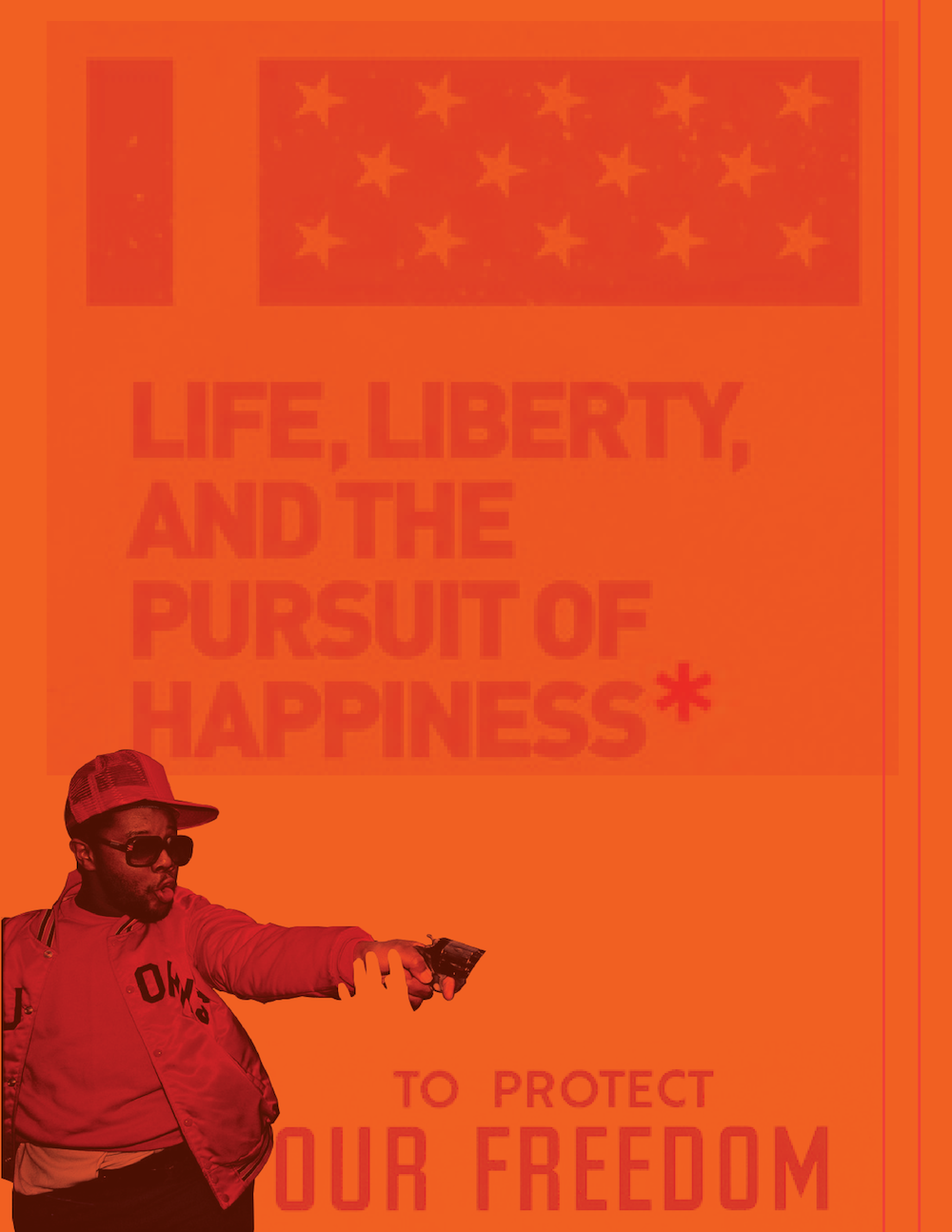
6.12.2022
“Freedom is not something that anybody can be given. Freedom is something people take, and people are as free as they want to be”
― James Baldwin
#february
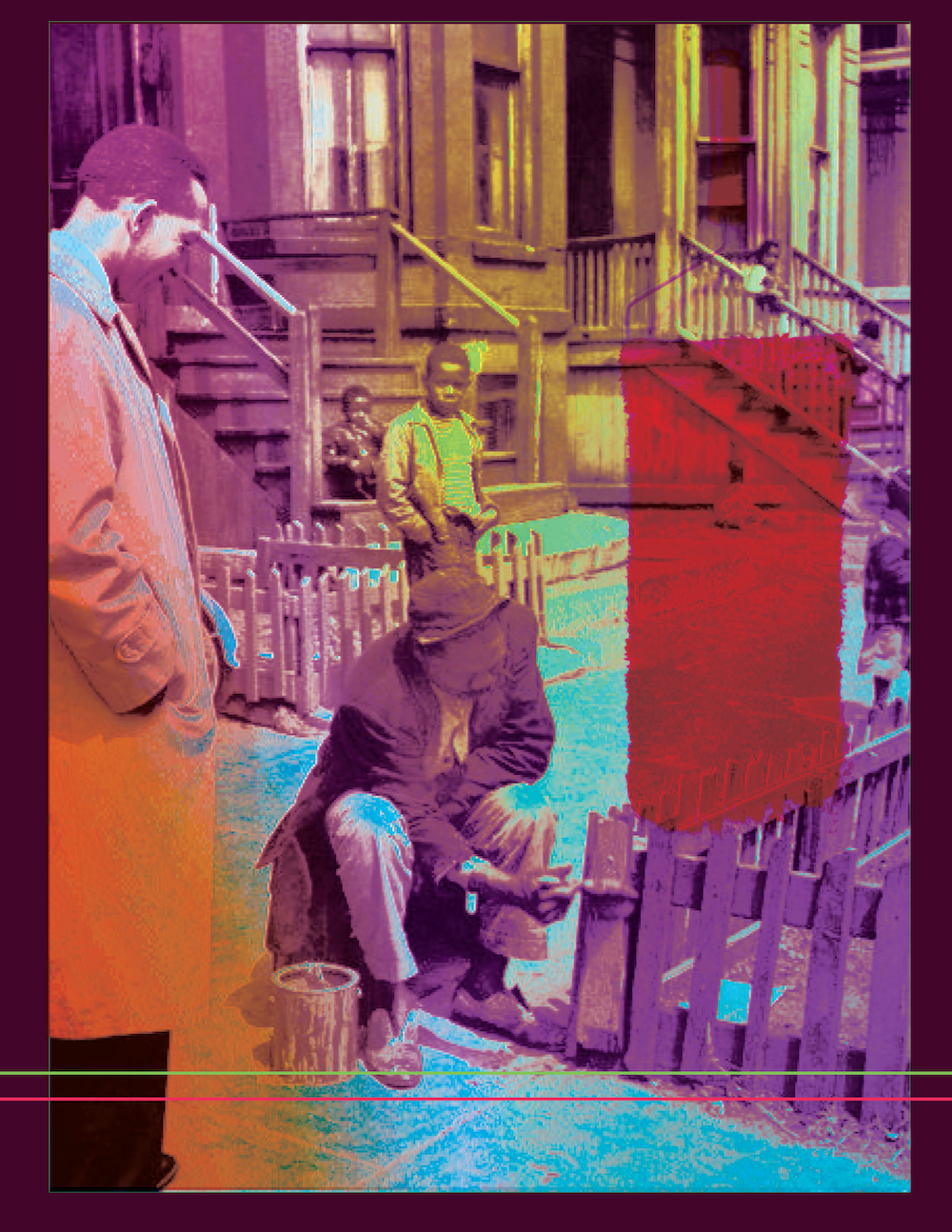
6.14.2022
#february

6.15.2022
#february

6.16.2022
black soldiers, american civil war
#february

6.17.2022
Aida Overton Walker (February 14, 1880 – October 11, 1914), also billed as Ada Overton Walker and as "The Queen of the Cakewalk", was an American vaudeville performer, actress, singer, dancer, choreographer, and wife of vaudevillian George Walker. She appeared with her husband and his performing partner Bert Williams, and in groups such as Black Patti's Troubadours.
She was also a solo dancer and choreographer for vaudeville shows such as Bob Cole, Joe Jordan, and J. Rosamond Johnson's The Red Moon (1908) and S. H. Dudley's His Honor the Barber (1911). Aida Overton Walker is also well known for her 1912 performance of the "Salome" dance at Hammerstein's Victoria Theatre. This was Aida's response to the national "Salomania" craze of 1907 that spread through the white vaudeville circuit.
Aida Overton was born in Richmond, Virginia on February 14, 1880. Her family moved to New York City when she was young. There, she gained an education and considerable musical training.
At 15, she joined John Isham's "Octoroons," a Black touring group. In the following years she became a chorus member in “Black Patti's Troubadours,” where she met her future husband George Walker, a vaudeville comedian. Her early career was defined by her collaborations with him and his partner Bert Williams, who together soon became the major black vaudeville and musical comedy powerhouses of the era. She and George Walker married within a year of meeting.
Overton Walker first gained national attention in 1900, with her performance of "Miss Hannah from Savannah" in the show Sons of Ham. For the next ten years, she was known primarily for her work in musical theater. Her song and dance made her an instant hit with audiences at the time. She, Walker, and Williams worked together on such musicals as In Dahomey (1903), In Abyssinia (1906), and Bandanna Land (1908). In 1904, after two seasons in England touring with In Dahomey, the group returned to New York. She created a version of the Salome dance, a popular dance routine of the time.
Working alongside her husband, Walker's career and performances were praised by critics.
Her successes were well known. She was both financially successful and respected by
the industry.
In late 1908, Walker's husband fell ill and the partners closed In Dahomey in 1909.
She left the stage for a time to care for her husband.
In 1910, Overton Walker joined the Smart Set Company. During this time she also began touring the vaudeville circuit as a solo act. In 1911, she performed in His Honor the Barber with Smart Set Company. Overton Walker performed as a male character in Lovie Dear, as well as in Bandanna Land, in which she took over her husband's role.
Her husband died in 1911. In 1912, Overton Walker went on tour with her show for 16 weeks, then returned to New York, where she performed as Salome at the Paradise Roof Garden on Broadway.
Her success at Hamerstein's theatre led to an invitation to return the following year in Bon Bon Buddy, a musical developed from a song which her husband had popularized in Bandanna Land years before. An ode to her late husband, Overton Walker's performance was so successful she was asked to perform two extra weeks.
Walker died suddenly from kidney failure in 1914. She had continued performing until only two months before her death.
In an October 1905 article in The Colored American Magazine, Overton Walker expressed her belief that the performing arts could have an effect on race relations, stating that, "I venture to think and dare to state that our profession does more toward the alleviation of color prejudice than any other profession among colored people."
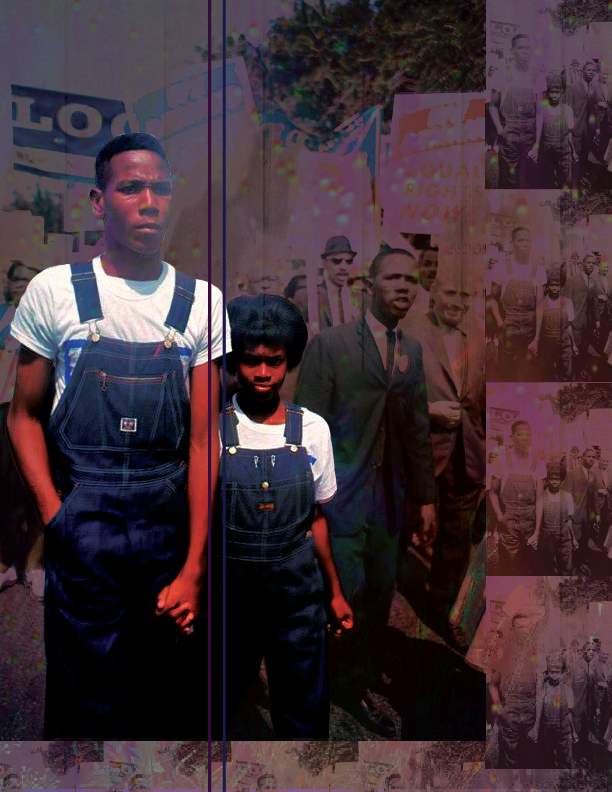
6.18.2022
#february
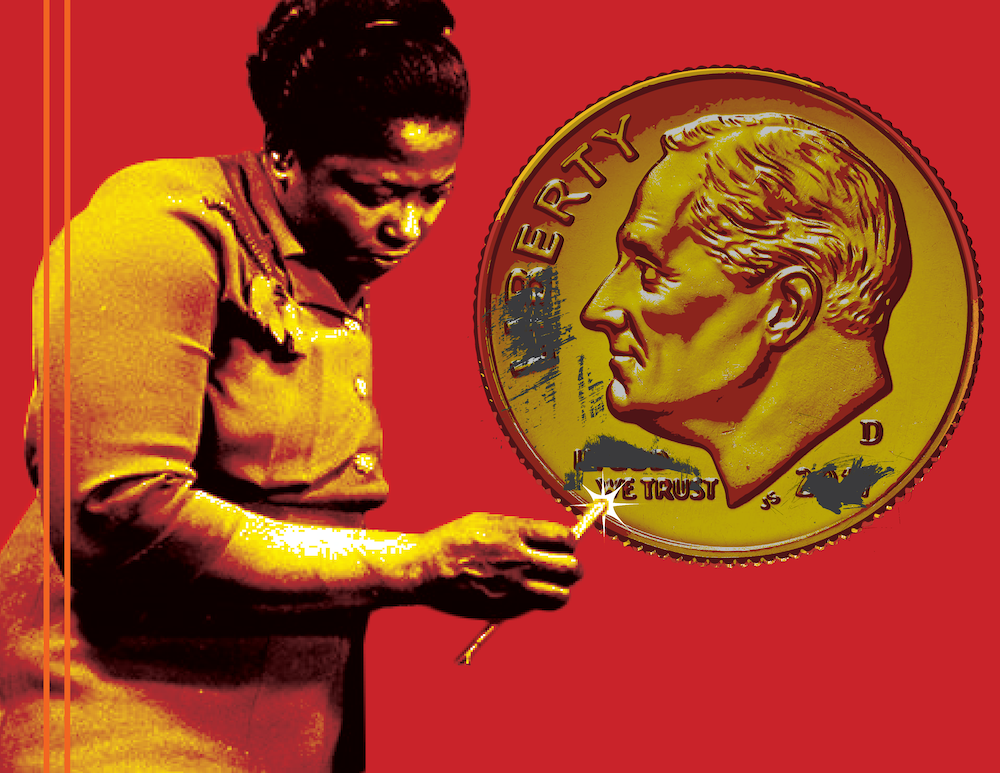
6.19.2022
Selma Burke became involved in the Harlem Renaissance during her marriage to Claude McKay.
She worked for the Works Progress Administration and the Harlem Artists Guild, teaching art to children in Harlem.
One of her WPA works, a bust of Booker T. Washington, was given to Frederick Douglass High School in Manhattan in 1936.
In 1942 she joined the Navy making her one of the first African American women to enroll. While in the Navy, Burke was commissioned to do a bronze relief portrait of President Franklin Delano Roosevelt.
The portrait she created was adapted by the mint and is currently on United States dimes.
Burke founded the Selma Burke Art Center in Pittsburgh, Pennsylvania in 1968 where she continued to introduce art to inner-city youth.
She was widely lauded for her engagement in civic organizations and endeavors in the Pittsburgh area.
July 20, 1975 was adopted as Selma Burke Day by former Governor Milton Shapp of Pennsylvania.
#february
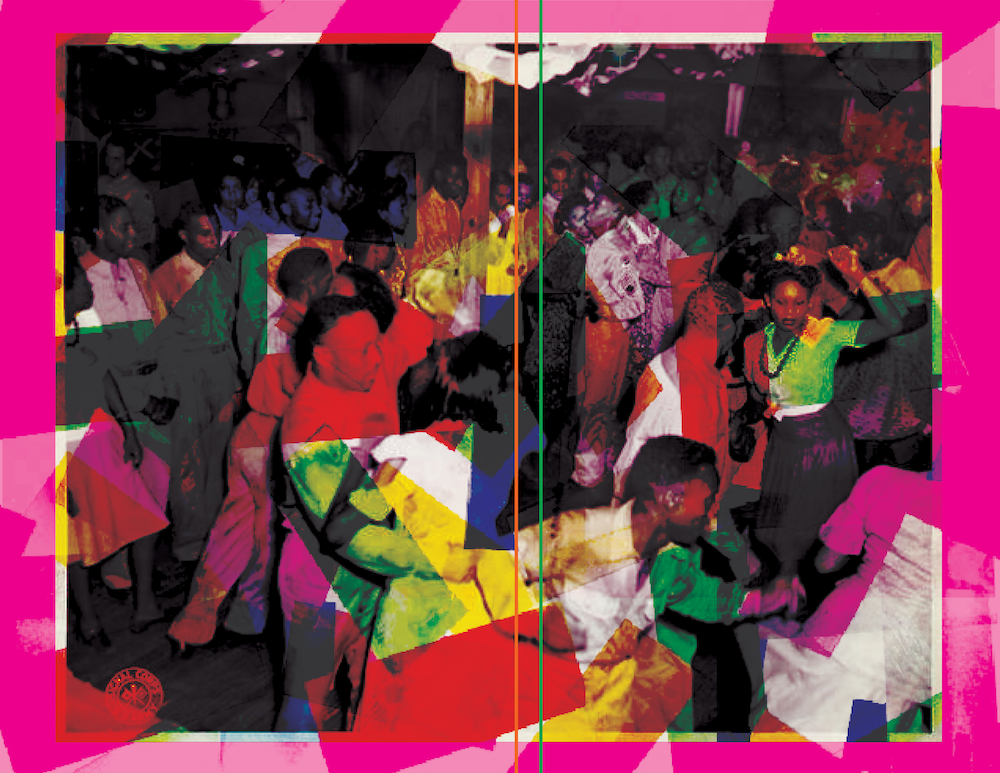
6.20.2022
African American Soldiers and their civilian peers dancing in the hall of a recreational facility.
#february
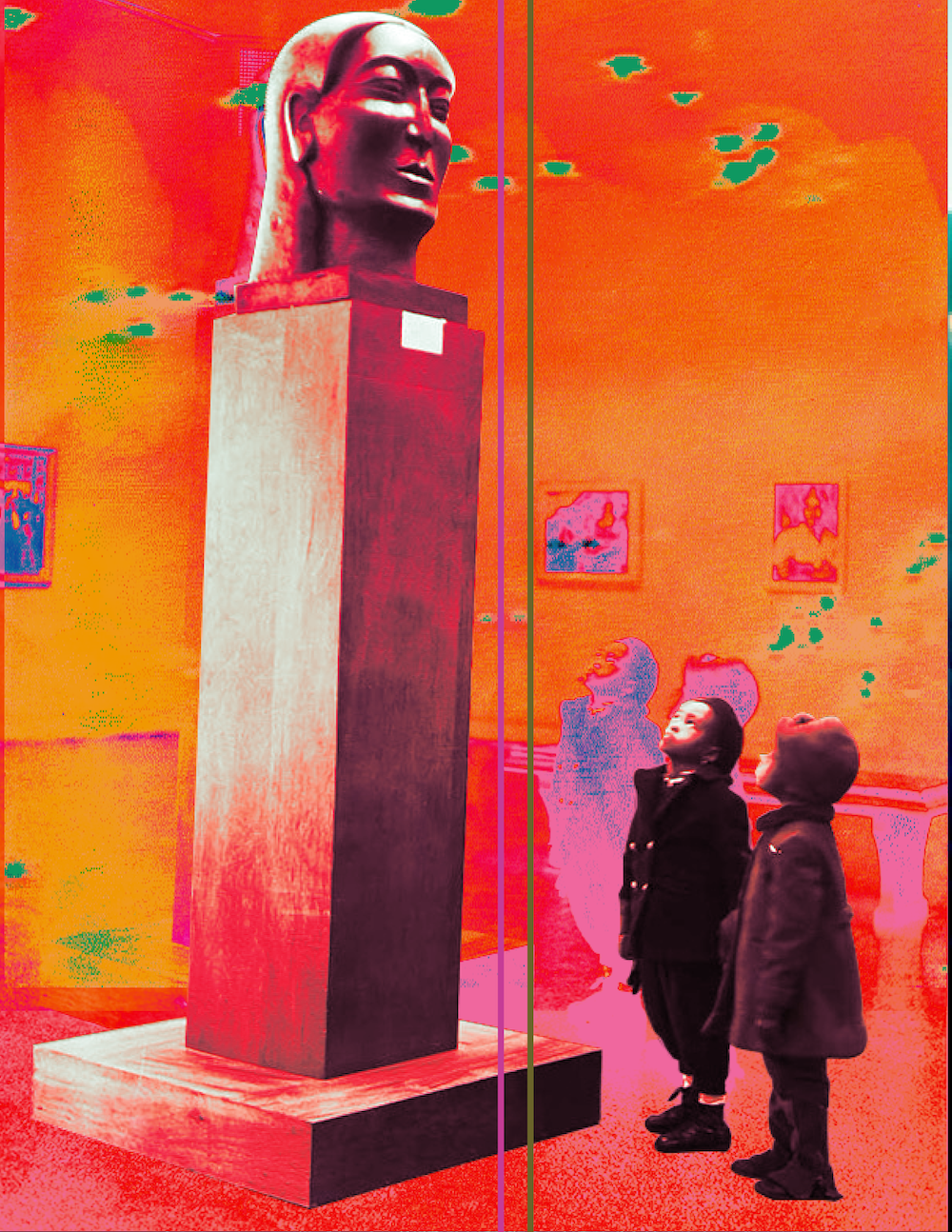
6.21.2022
Children viewing Ronald Moody’s Midonz (1937) at the Baltimore Museum of Art’s Contemporary Negro Art Exhibition 1939
#february
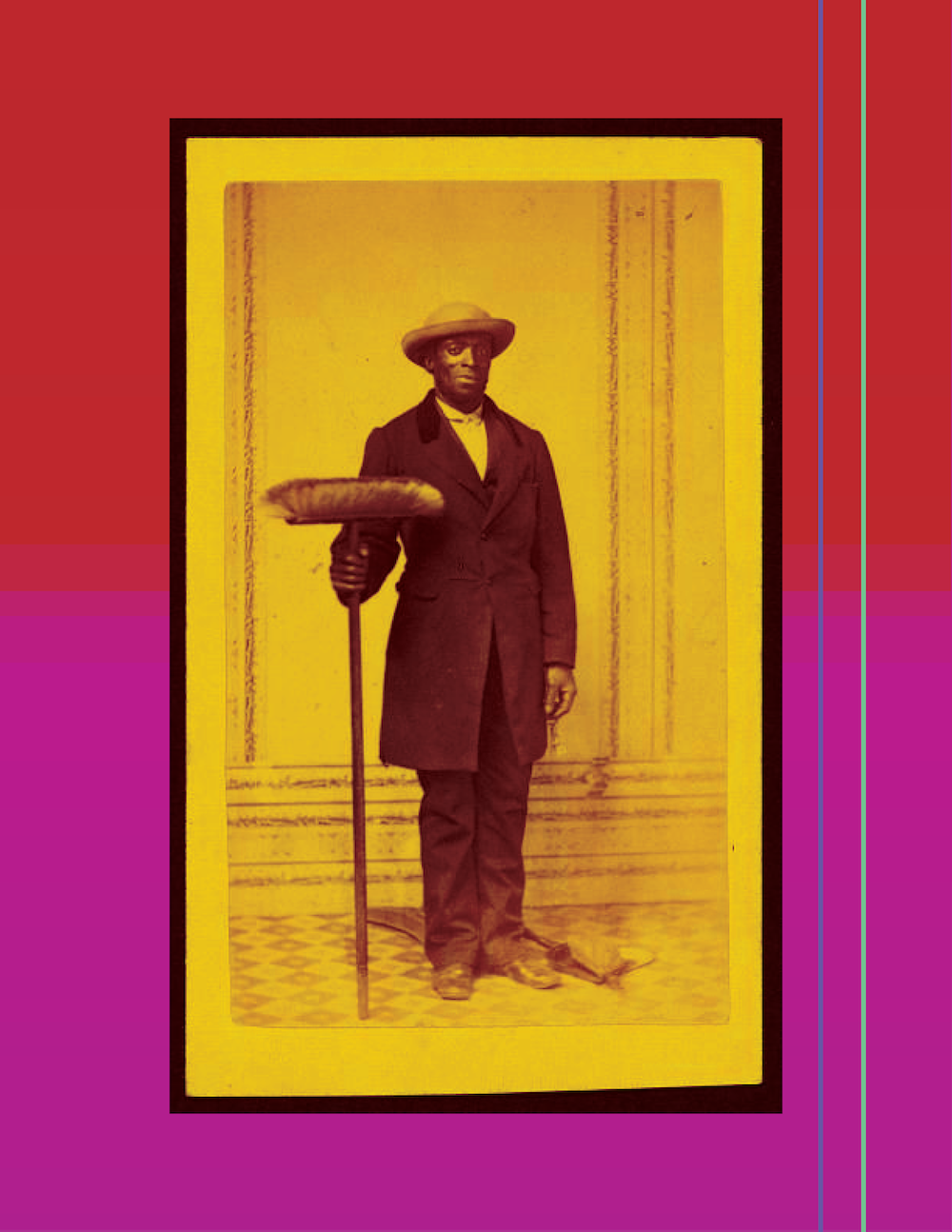
6.22.2022
#february
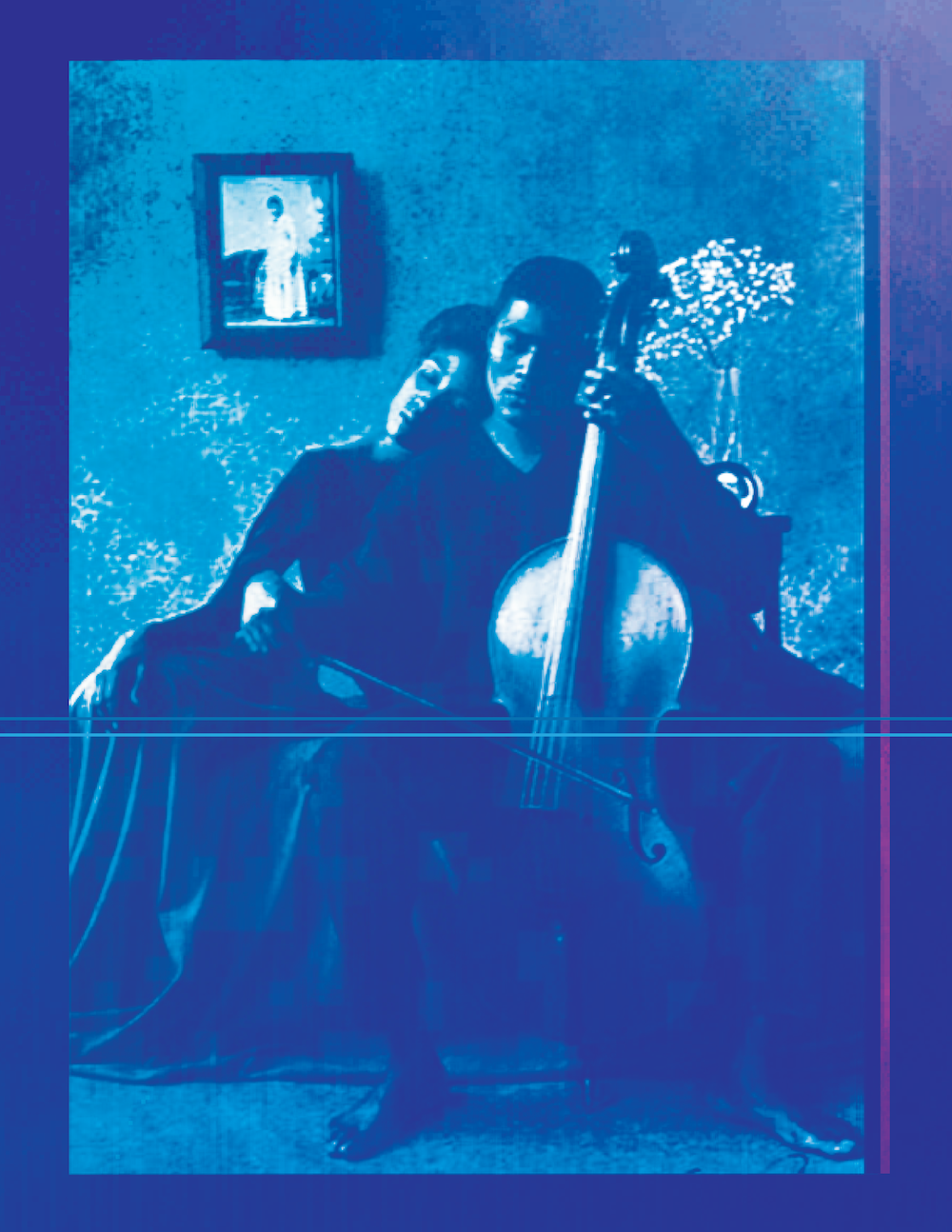
6.23.2022
#february
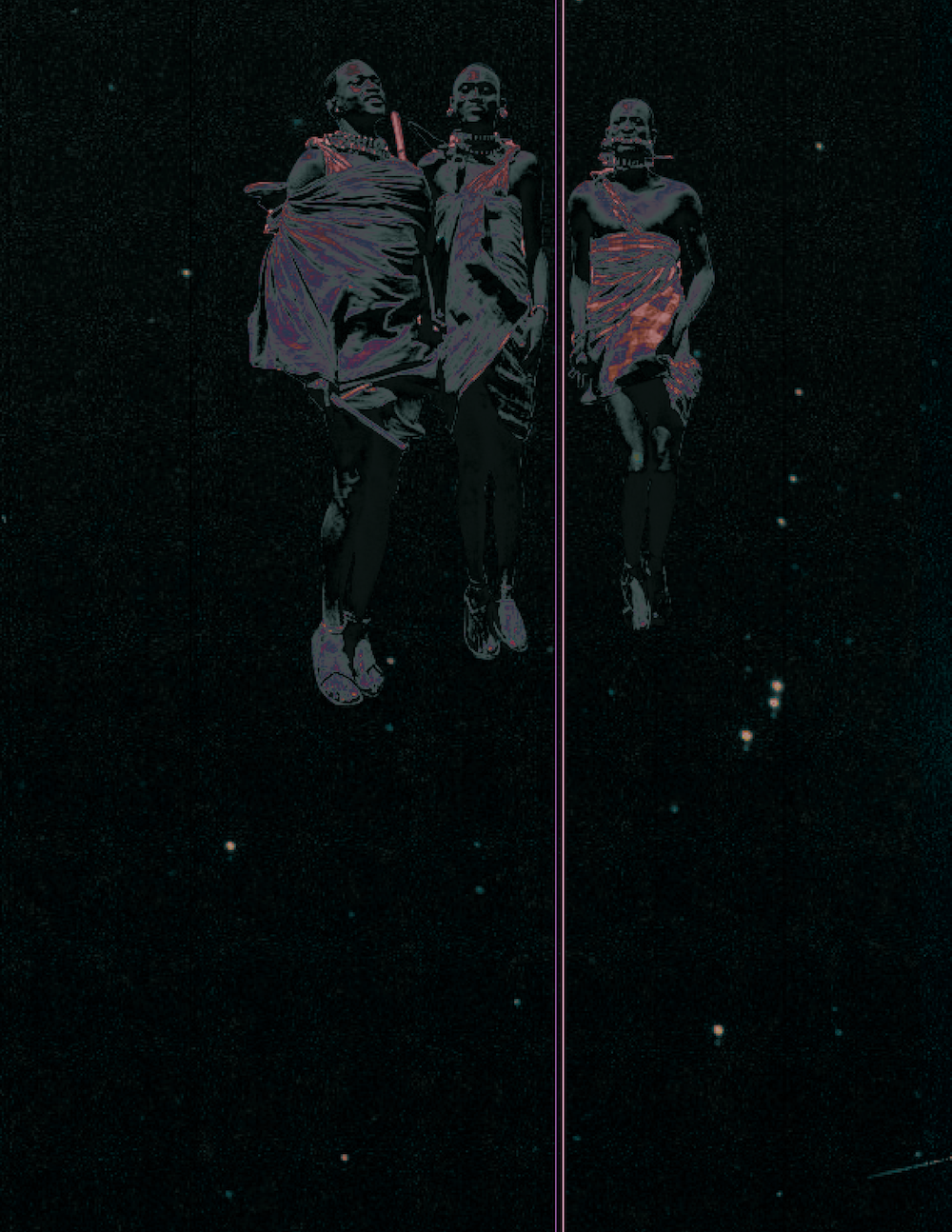
6.24.2022
The Maasai (/ˈmɑːsaɪ, mɑːˈsaɪ/) are a Nilotic ethnic group inhabiting northern, central and southern Kenya and northern Tanzania. They are among the best known local populations internationally due to their residence near the many game parks of the African Great Lakes, and their distinctive customs and dress. The Maasai speak the Maa language (ɔl Maa), a member of the Nilotic language family that is related to the Dinka, Kalenjin and Nuer languages. Except for some elders living in rural areas, most Maasai people speak the official languages of Kenya and Tanzania, Swahili and English.[citation needed] The Maasai population has been reported as numbering 1,189,522 in Kenya in the 2019 census, compared to 377,089 in the 1989 census.
The Tanzanian and Kenyan governments have instituted programs to encourage the Maasai to abandon their traditional semi-nomadic lifestyle, but the people have continued their age-old customs. Many Maasai tribes throughout Tanzania and Kenya welcome visits to their villages to experience their culture, traditions, and lifestyle, in return for a fee.
The Maasai inhabit the African Great Lakes region and arrived via the South Sudan. Most Nilotic speakers in the area, including the Maasai, the Turkana and the Kalenjin, are pastoralists, and are famous for their fearsome reputations as warriors and cattle-rustlers. The Maasai and other groups in East Africa have adopted customs and practices from neighboring Cushitic-speaking groups, including the age set system of social organization, circumcision, and vocabulary terms.
According to their oral history, the Maasai originated from the lower Nile valley north of Lake Turkana (Northwest Kenya) and began migrating south around the 15th century, arriving in a long trunk of land stretching from what is now northern Kenya to what is now central Tanzania between the 17th and late 18th century. Many ethnic groups that had already formed settlements in the region were forcibly displaced by the incoming Maasai, while other, mainly Southern Cushitic groups, were assimilated into Maasai society. The Nilotic ancestors of the Kalenjin likewise absorbed some early Cushitic populations.
#february
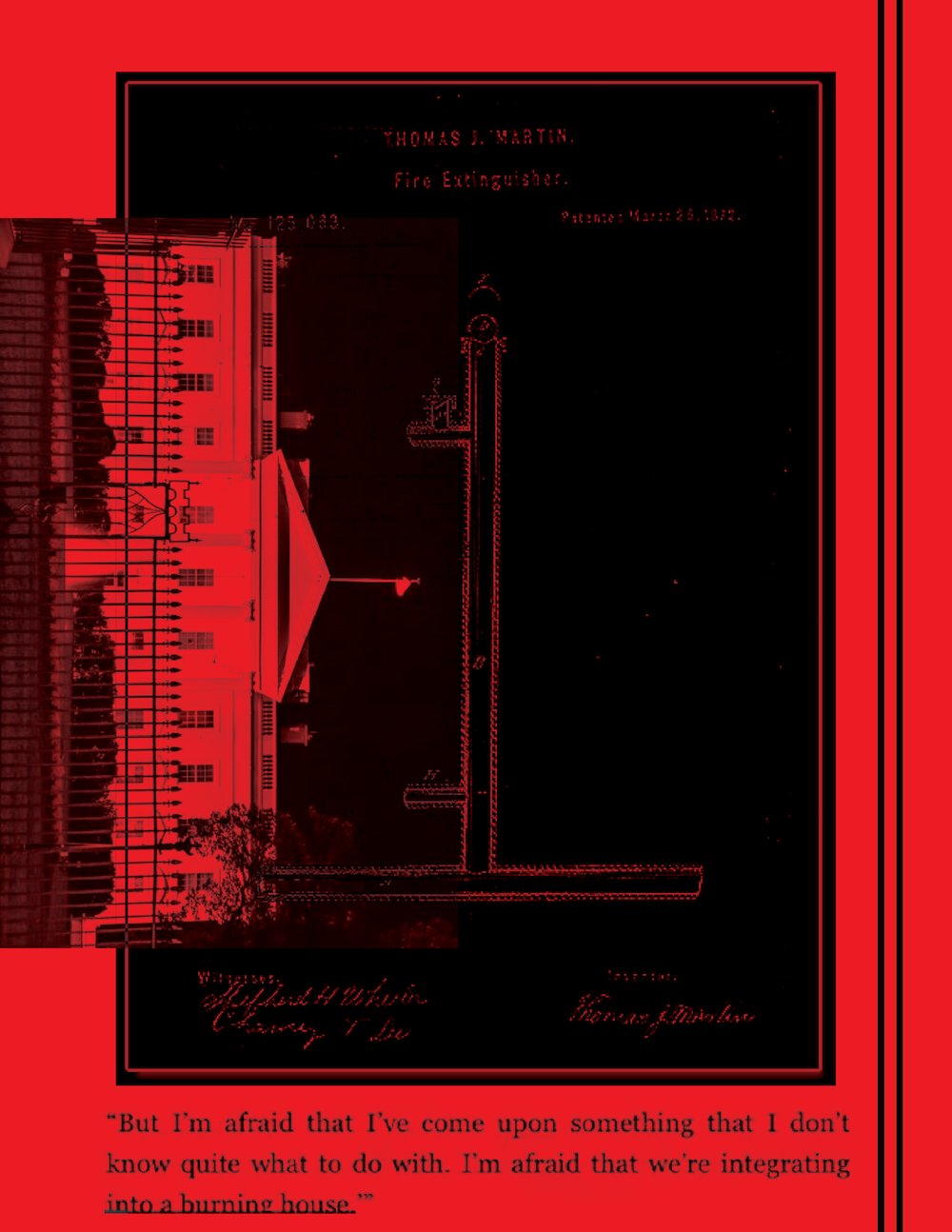
6.25.2022
Thomas J. Martin may not be immediately familiar, but his work as an inventor is quite notable.
In 1872, Martin would make an improvement upon an earlier model of the fire extinguisher and was granted a patent (pictured) for his version of the fire- fighting tool on this day.
Not much is known about Martin, but what is known is that he lived in the town of Dowagiac in the state of Michigan.
Martin’s fire extinguisher would wisely be attached to a reservoir of stored water
and used to spray burning fires.
The nature of invention relates to the construction, arrangement and combination of
suitable pipes and valves for conducting water from suitable reservoirs to buildings
by means of stationary engines, for the purpose of preventing or extinguishing fires
in dwellings, mills, factories, towns and cities and may also be used for warning,
ventilating and washing buildings and for washing pavements and sprinkling streets.
#february
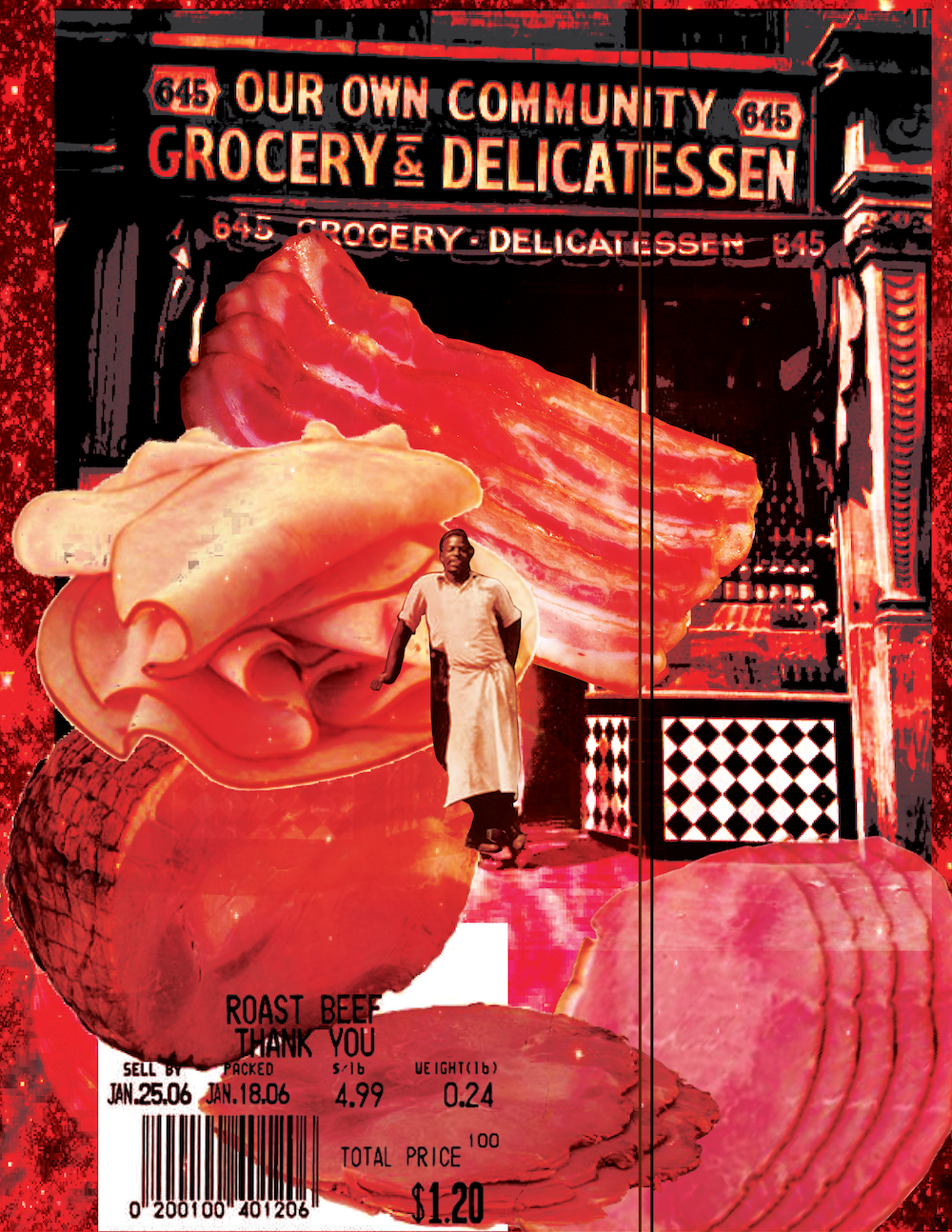
6.26.2022
Man in Deli Doorway
Harlem 1940
#february

6.27.2022
Booker Taliaferro Washington (April 18, 1856 – November 14, 1915) was an American educator, author, orator, and adviser to multiple presidents of the United States. Between 1890 and 1915, Washington was the dominant leader in the African American community and of the contemporary black elite.
Washington was from the last generation of black American leaders born into slavery
and became the leading voice of the former slaves and their descendants. They were
newly oppressed in the South by disenfranchisement and the Jim Crow discriminatory
laws enacted in the post-Reconstruction Southern states in the late 19th and early
20th centuries. Washington was a key proponent of African-American businesses and
one of the founders of the National Negro Business League. His base was the Tuskegee
Institute, a historically black college he founded in Tuskegee, Alabama. As lynchings
in the South reached a peak in 1895, Washington gave a speech, known as the "Atlanta
compromise", which brought him national fame. He called for black progress through
education and entrepreneurship, rather than trying to challenge directly the Jim Crow
segregation and the disenfranchisement of black voters in the South.
Washington mobilized a nationwide coalition of middle-class blacks, church leaders,
and white philanthropists and politicians, with a long-term goal of building the community's
economic strength and pride by a focus on self-help and schooling. With his own contributions
to the black community, Washington was a supporter of racial uplift, but secretly
he also supported court challenges to segregation and to restrictions on voter registration.
Black activists in the North, led by W. E. B. Du Bois, at first supported the Atlanta compromise, but later disagreed and opted to set up the National Association for the Advancement of Colored People (NAACP) to work for political change. They tried with limited success to challenge Washington's political machine for leadership in the black community, but built wider networks among white allies in the North.
Decades after Washington's death in 1915, the civil rights movement of the 1950s took
a more active and progressive approach, which was also based on new grassroots organizations
based in the South, such as Congress of Racial Equality (CORE), the Student Nonviolent
Coordinating Committee (SNCC) and Southern Christian Leadership Conference (SCLC).
Washington mastered the nuances of the political arena in the late 19th century, which
enabled him to manipulate the media, raise money, develop strategy, network, push,
reward friends, and distribute funds, while punishing those who opposed his plans
for uplifting blacks. His long-term goal was to end the disenfranchisement of the
vast majority of African Americans, who then still lived in the South.
His legacy has been very controversial to the civil rights community, of which he was an important leader before 1915. After his death, he came under heavy criticism for accommodationism to white supremacy. However, a more balanced view of his very wide range of activities has appeared since the late 20th century. As of 2010, the most recent studies, "defend and celebrate his accomplishments, legacy, and leadership”.
#february
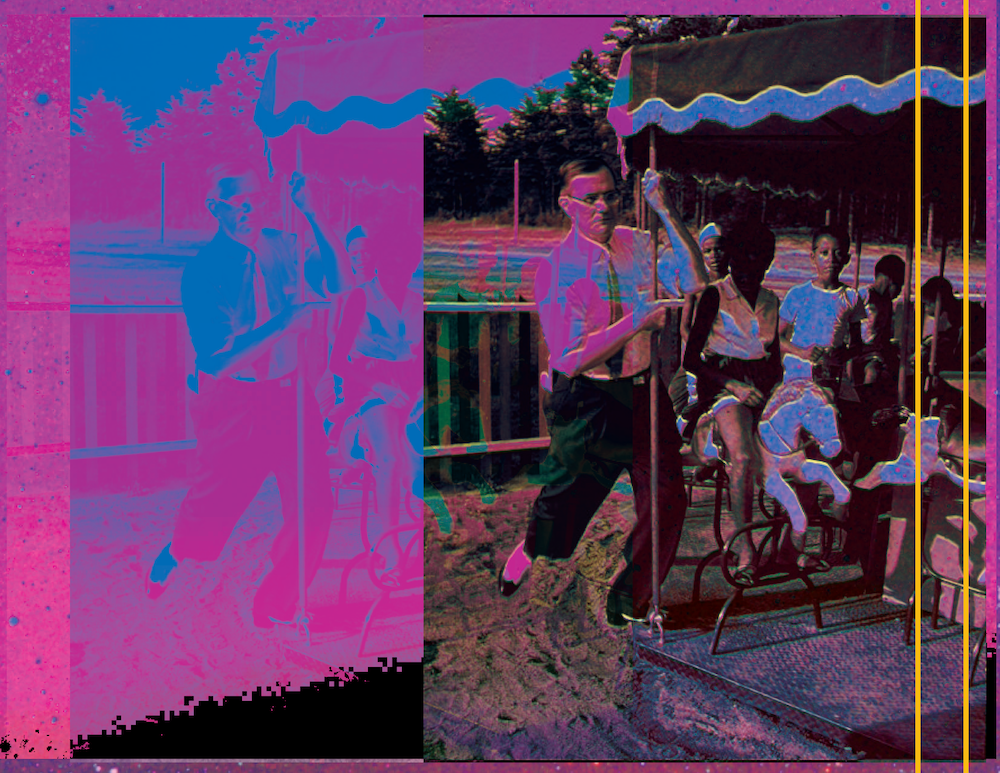
6.28.2022
A white man riding along with African-American children on a small carousel in a segregated playground. Photograph by Margaret Bourke-White. Greenville, South Carolina, USA, 1956.
#february
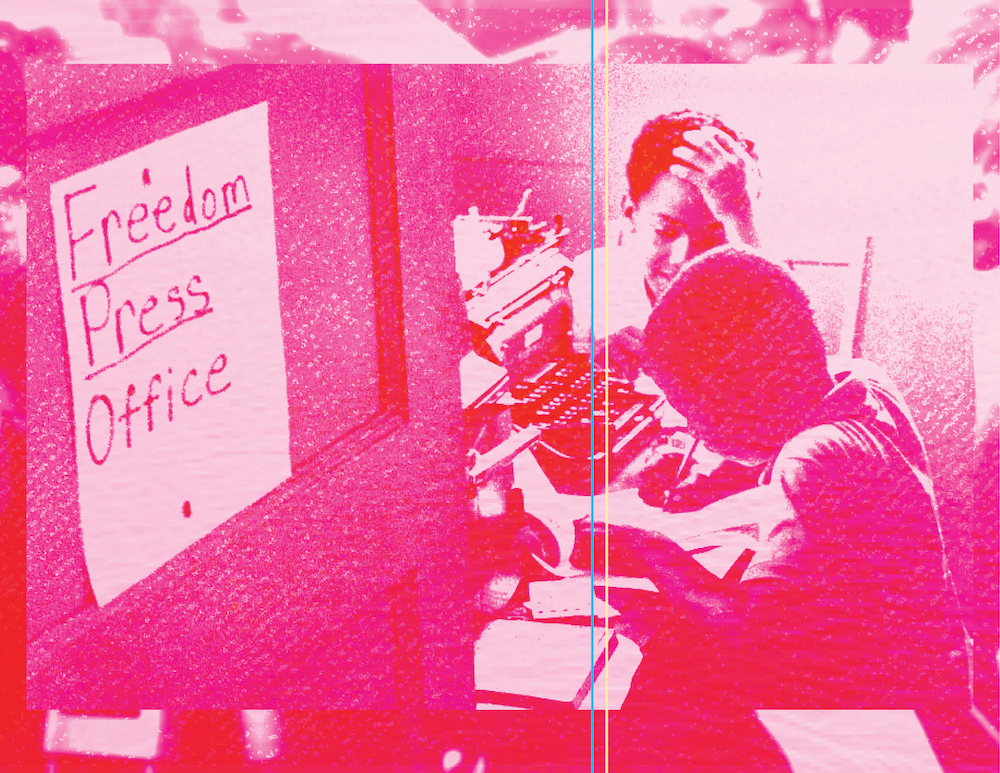
6.29.2022
Two African American boys work in the Freedom Press Office in Hattiesburg, Mississippi, for the Mississippi Project, a campaign to increase black voter registration in the South.
#february
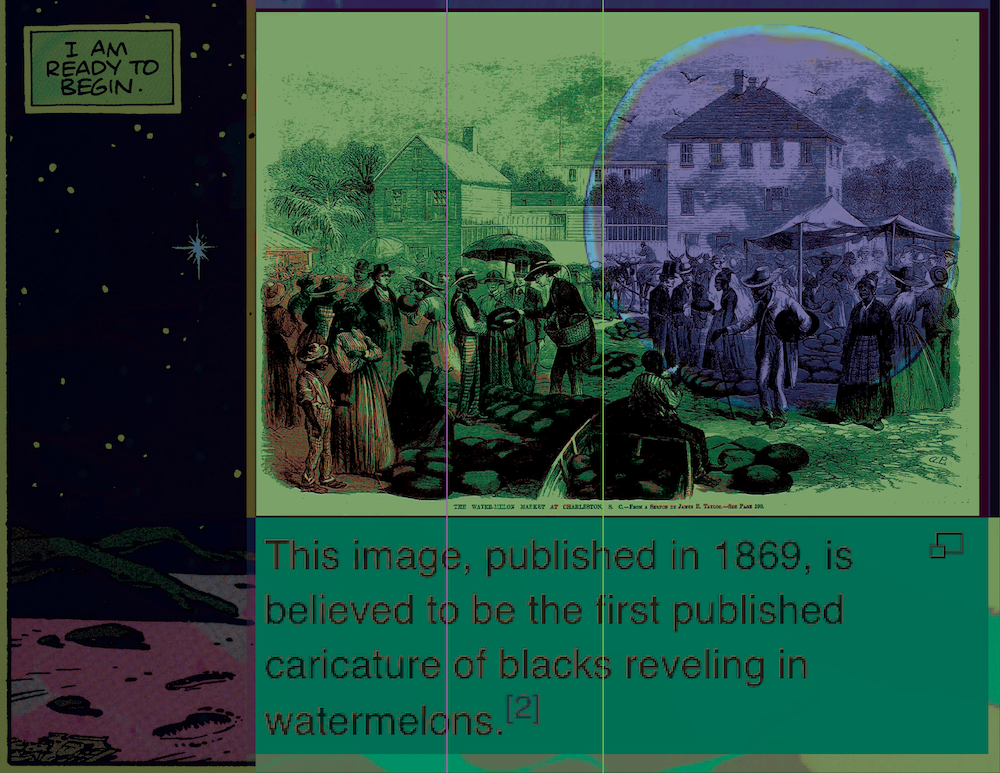
6.30.2022
the stereotype that African Americans are excessively fond of watermelon emerged for a specific historical reason and served a specific political purpose. The trope came in full force when slaves won their emancipation during the Civil War. Free black people grew, ate, and sold watermelons, and in doing so made the fruit a symbol of their freedom. Southern whites, threatened by blacks’ newfound freedom, responded by making the fruit a symbol of black people’s perceived uncleanliness, laziness, childishness, and unwanted public presence. This racist trope then exploded in American popular culture, becoming so pervasive that its historical origin became obscure. Few Americans in 1900 would’ve guessed the stereotype was less than half a century old.
Not that the raw material for the racist watermelon trope didn’t exist before emancipation. In the early modern European imagination, the typical watermelon-eater was an Italian or Arab peasant. The watermelon, noted a British officer stationed in Egypt in 1801, was “a poor Arab’s feast,” a meager substitute for a proper meal. In the port city of Rosetta he saw the locals eating watermelons “ravenously ... as if afraid the passer-by was going to snatch them away,” and watermelon rinds littered the streets. There, the fruit symbolized many of the same qualities as it would in post-emancipation America: uncleanliness, because eating watermelon is so messy. Laziness, because growing watermelons is so easy, and it’s hard to eat watermelon and keep working—it’s a fruit you have to sit down and eat. Childishness, because watermelons are sweet, colorful, and devoid of much nutritional value. And unwanted public presence, because it’s hard to eat a watermelon by yourself. These tropes made their way to America, but the watermelon did not yet have a racial meaning. Americans were just as likely to associate the watermelon with white Kentucky hillbillies or New Hampshire yokels as with black South Carolina slaves.
Emancipation, of course, destroyed that relationship. Black people grew, ate, and sold watermelons during slavery, but now when they did so it was a threat to the racial order. To whites, it seemed now as if blacks were flaunting their newfound freedom, living off their own land, selling watermelons in the market, and—worst of all—enjoying watermelon together in the public square. One white family in Houston was devastated when their nanny Clara left their household shortly after her emancipation in 1865. Henry Evans, a young white boy to whom Clara had likely been a second mother, cried for days after she left. But when he bumped into her on the street one day, he rejected her attempt to make peace. When Clara offered him some watermelon, Henry told her that “he would not eat what free negroes ate.”
Newspapers amplified this association between the watermelon and the free black person. In 1869, Frank Leslie’s Illustrated Newspaper published perhaps the first caricature of blacks reveling in eating watermelon. The adjoining article explained, “The Southern negro in no particular more palpably exhibits his epicurean tastes than in his excessive fondness for watermelons. The juvenile freedman is especially intense in his partiality for that refreshing fruit.”
#february

7.1.2022
#february

7.2.2022
Children Adopted by Single Parents from Los Angeles County Bureau of Adoptions Rollerskating
#february

7.3.2022
#february

7.4.2022
#february
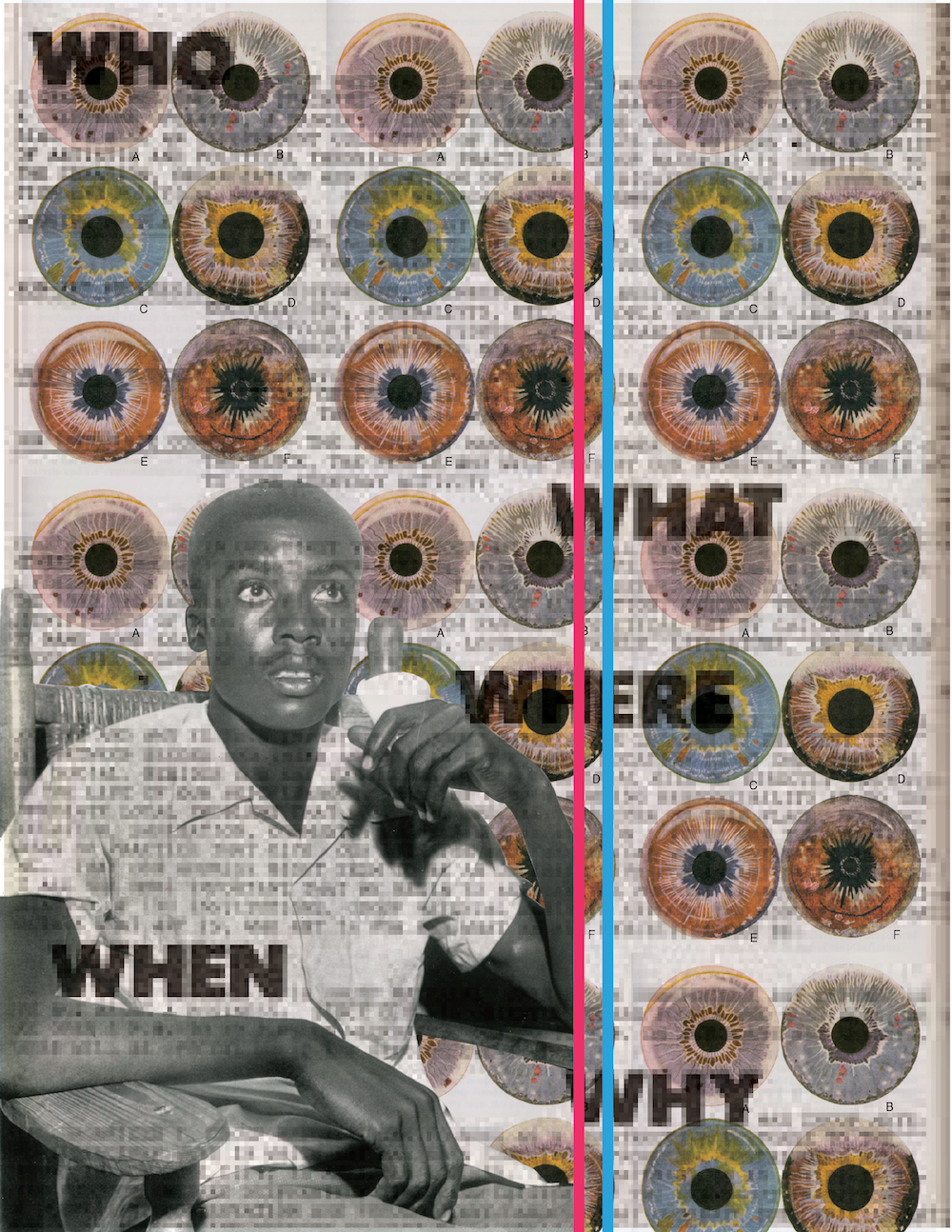
7.5.2022
Willie Louis, previously Willie Reed was a witness to the murder of 14-year-old Emmett Till. Till was an African-American child from Chicago who was murdered in 1955 after reportedly whistling at a white woman in a Money, Mississippi grocery store.
Till's murder was a watershed moment in the Civil Rights Movement. Louis testified in court about what he had seen, but an all-white jury found the men not guilty.
On the morning of Sunday, August 28, 1955, Reed, who was then 18 years old, was walking on a dirt road near Drew, Mississippi, when he saw a green-and- white Chevrolet pick-up drive past him with four white men in the front and three African-American men and an African-American youth seated with his back to the cab.
Reed recognized two of the men in the front seat as Roy Bryant, the husband of the woman who Till had reportedly whistled at, and J.W. Milam, Bryant's half- brother.
Reed saw the truck pull into a plantation owned by Milam's brother and park in front of a barn.
As he walked closer, he heard a boy inside the barn yelling, "Mama, save me!" He also heard the sounds of blows landing on a body and voices cursing and yelling, "Get down, you black bastard." Reed ran to the nearby house of Amanda Bradley and told her what he had seen and heard.
Reed and another individual were sent to get water from a well near the barn. As they did, they heard the continuing sound of the beating until the cries became fainter and then stopped.
As Reed walked back toward the Bradley house, Milam emerged from the barn with a pistol at his side. Milam confronted Reed and asked if he had seen or heard anything. Reed told Milam that he had not.
Reed returned to the Bradley house and watched from a window as the men in the barn loaded what appeared to be a body into the pick-up truck.
On August 31, 1955, Till's lynched body was discovered in the Tallahatchie River. The body showed signs that Till had been brutally beaten and shot in the head.
Reed saw a photograph of Till in the newspaper and recognized him as the youth who he had seen hunkered down in the truck Bryant and Milam were arrested for the murder, but Reed's grandfather warned Reed that he would be risking his safety if he spoke up.
Louis was later approached by civil rights workers who persuaded him to testify in court. To ensure his safety, Reed went into hiding until the trial.
When Reed arrived at the courthouse to testify in the middle of September 1955, he
was met by a "thicket of Klansmen massed outside the courthouse."
Reed testified at the trial. He was shown a picture of Till and testified that it
looked like the boy he had seen in the back of the truck. He also identified Milam
and testified that he saw Milam come out of the barn to get a drink of water and then
return to the barn.
In his closing argument, the prosecutor reviewed Reed's testimony, noting that if Willie had been lying, the defense would have had needed 50 lawyers to discredit him.
The prosecutor argued they couldn't do that "because Willie Reed was telling the truth." He finished by saying, "I don't know but what Willie Reed has more nerve than I have.
Despite Reed's testimony and other evidence, Bryant and Milam were found not guilty after an hour of deliberation by an all-white jury.
Historian David T. Beito said of Reed: "He was really the best eyewitness that they found. . . . [H]is act in some sense was the bravest act of them all. He had nothing to gain:
he had no family ties to Emmett Till; he didn't know him. He was this 18-year-old kid who goes into this very hostile atmosphere.”
#february
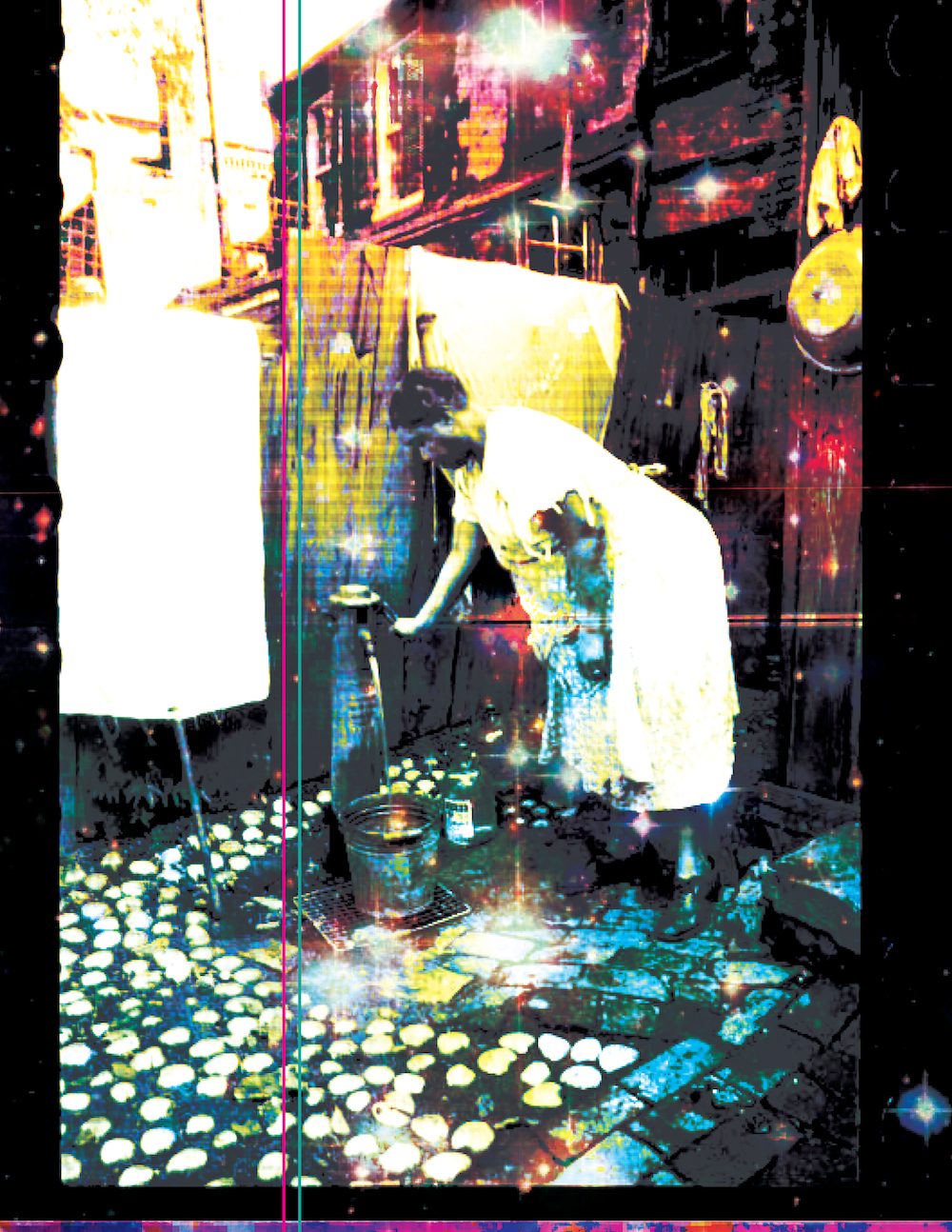
7.6.2022
Outside water supply Washington, D.C. 1935
#february

7.7.2022
#february

7.8.2022
Theatrice Bailey, the brother of the Lorraine Motel’s owner, attempts to clean blood
from the balcony, hours after the 6 PM shooting of Dr. King.
The Lorraine Motel was forever etched in America’s collective memory with the assassination
of Martin Luther King, Jr. in 1968, but even before that fateful day, the property
at 450 Mulberry Street had a fascinating history in its own right. Before it was the
Lorraine, it was the Marquette Hotel that catered to black clientele in segregated
Memphis.
Then, in 1945 black businessman Walter Bailey purchased the hotel, which he re-christened the Lorraine after his wife Loree and the popular jazz song, “Sweet Lorraine.”
The motel became a destination for blacks and appeared in the Negro Motorists Green Book or “Green Guide,” which identified establishments that welcomed black travelers when Jim Crow restrictions offered limited options for services and lodging.
#february
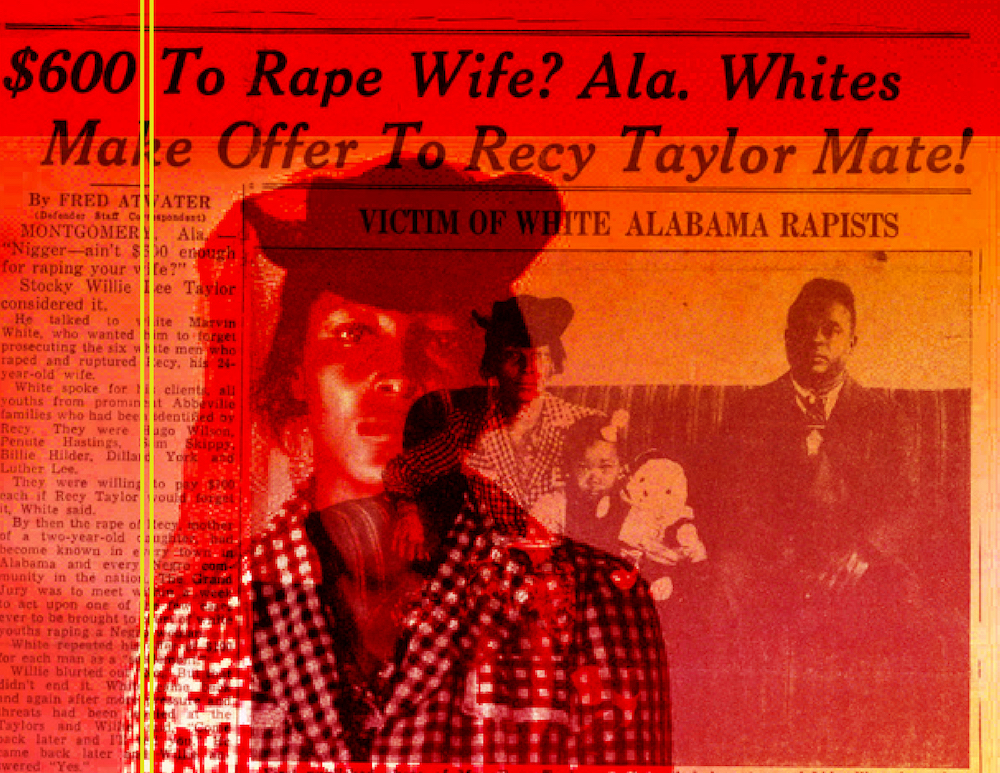
7.9.2022
The 1st trial took place on October 3–4, 1944, with an all-white, all-male jury. However, none of the assailants had been arrested, which meant that the only witnesses were Taylor's black friends and family.
Taylor's family could not identify the names of the assailants, and since Sheriff Gamble "never arranged a police line-up, Taylor could not identify her attackers in court".
After five minutes of deliberation, the jury dismissed the case. The only way it could be re-opened would be through an indictment from the grand jury.
In the months following the trial, Taylor received multiple death threats, and her home was firebombed by white supremacists.
However, talk of "the brutal rape and phony hearing" resonated through NAACP chapters throughout the south and within black communities. These organizations and others came together to defend Taylor and demand punishment for her attackers as well as Taylor's safety.
Stories of Taylor's assault were printed in the Pittsburgh Courier making the "rape of Recy Taylor a southern injustice" which "immediately sparked nation-wide interest."
After various other newspaper publications and widespread knowledge of the attack, black activists started writing to the then Governor of Alabama, Chauncey Sparks.
Sparks had promised during his election campaign to "keep the federal government's nose out of Alabama business", so after numerous attacks including comparisons of the Henry County's police to the Nazis, "Governor Sparks reluctantly agreed to launch an investigation.
Investigators interviewed the rapists, and four of the seven men "admitted to having intercourse with Taylor, but argued that she was essentially a prostitute and willing participant."
However, even with this information including several of the alleged assailants testimonies, the attorney general "failed to convince the jurors of Henry County that there was enough evidence to indict the seven suspects when he presented Taylor's case on February 14, 1945." The second all-white male jury refused to issue any indictments.
The black community was shocked at the second dismissal of Taylor's case. The news coverage of the second hearing was more hostile towards Taylor based on the false claims of her being a prostitute.
The assistant attorney general stated that: "This case has been presented to two grand juries in Henry County and both grand juries have not seen fit to find an indictment", claiming that "no facts or circumstances connected with this case have been suppressed."
Despite the outcome, the case was considered a major victory for the formation of
the civil rights movement because of the successful mobilization of activists across
the nation: "The Recy Taylor case brought the building blocks of
the Montgomery bus boycott together a decade earlier."
#february

7.10.2022
freedom rides 1961
#february

7.11.2022
Orelia Alexia Franks, About 90, Beaumont
#february
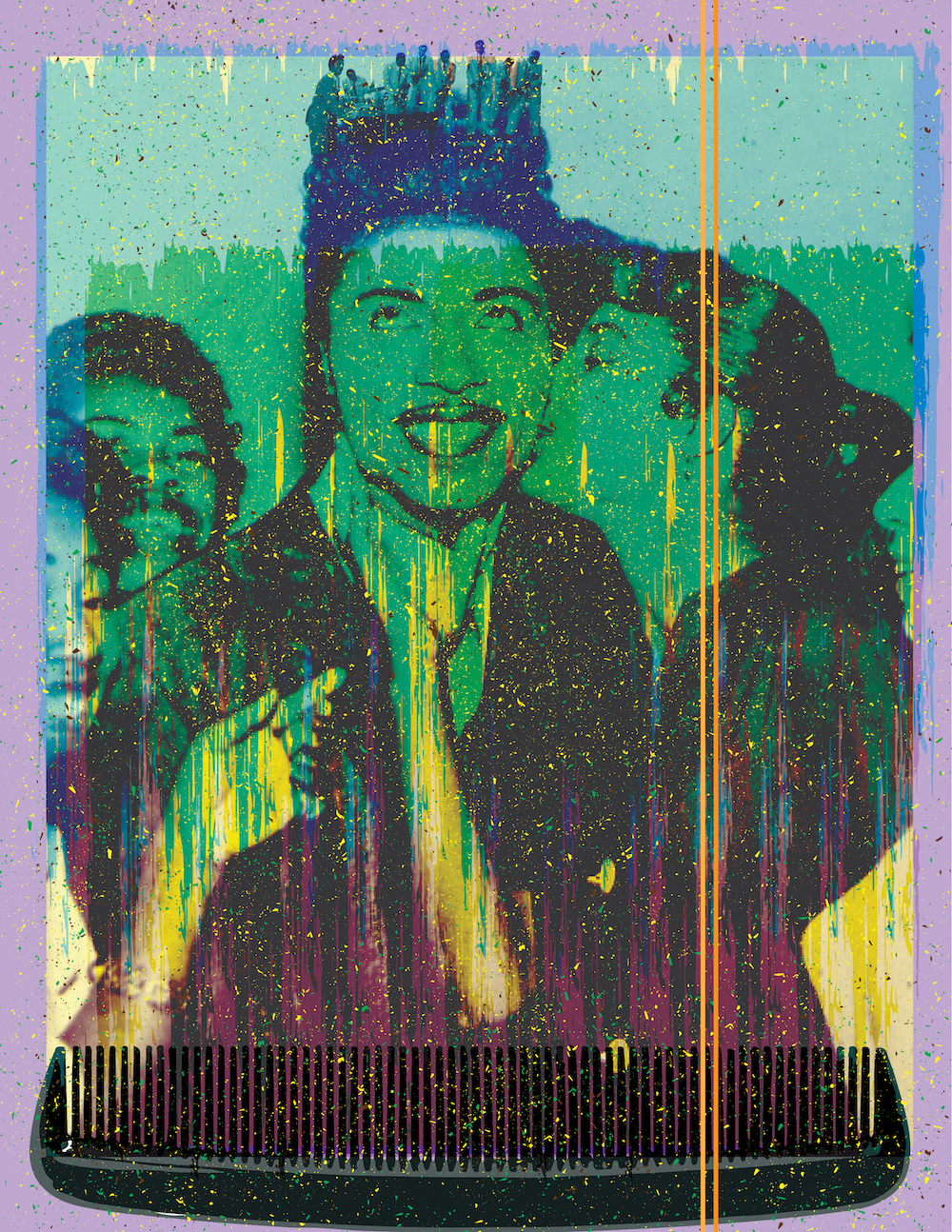
7.12.2022
Little Richard is an influential figure in popular music and culture for more than six decades, Little Richard's most celebrated work dates from the mid-1950s, when his dynamic music and charismatic showmanship laid the foundation for rock and roll. His music also played a key role in the formation of other popular music genres, including soul and funk.
Little Richard's show, according to Barnum, was the first rock and roll show to use spotlights and flicker lights, which had been a show business tradition, accentuating Little Richard's innovative use of colorful capes, blouse shirts, makeup and suits studded with multi-colored precious stones and sequins. Little Richard's onstage antics often included running on and off the stage, lifting his leg while playing his piano, and jumping up and down onstage and atop the piano, bringing audiences into a frenzy.
#february

7.13.2022
#february
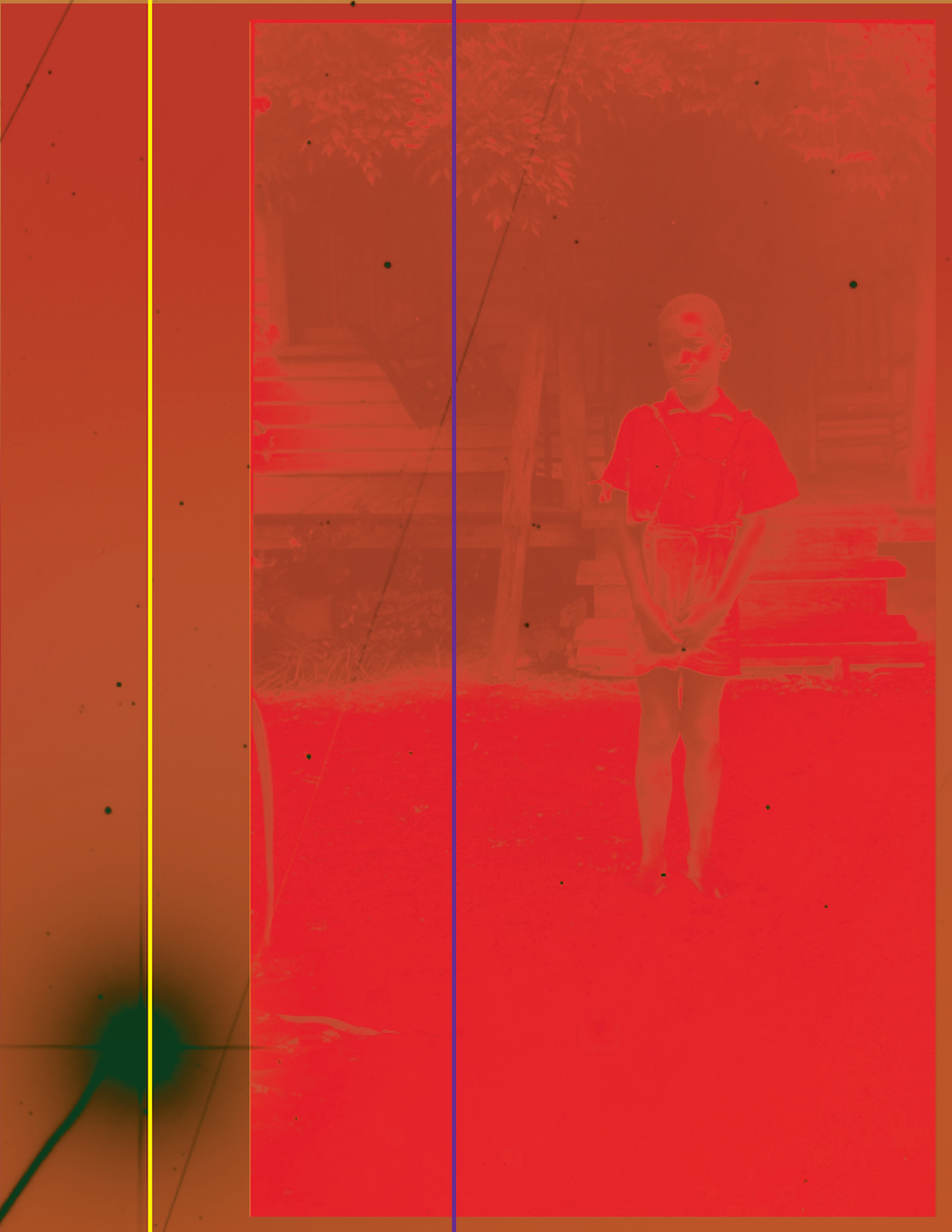
7.14.2022
Gullah Boy standing in front of house on St. Simon's Island
Lorenzo Dow Turner 1890-1972.
#February
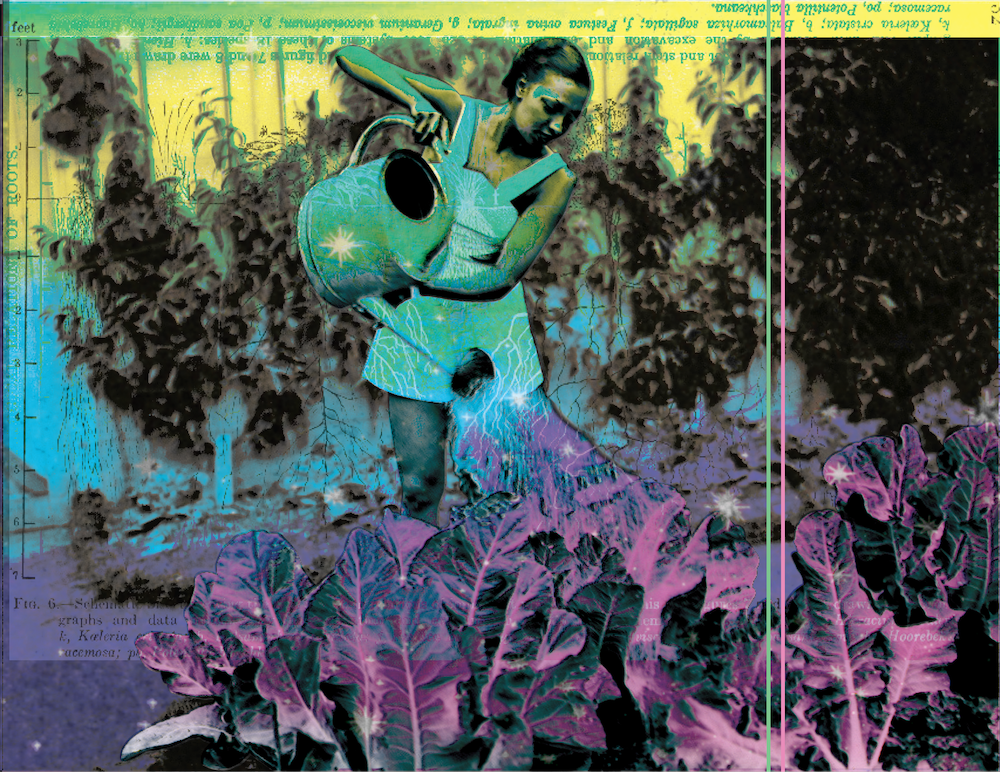
7.15.2022
Josephine Baker tending her garden at the Chateau des Milandes, her home from 1937 to 1969
Josephine Baker was an American-born French entertainer, French Resistance agent, and civil rights activist. Her career was centered primarily in Europe, mostly in her adopted France. Baker was the first African-American to star in a major motion picture, the 1927 silent film Siren of the Tropics, directed by Mario Nalpas and Henri Étiévant.
Baker performed the "Danse Sauvage" wearing a costume consisting of a skirt made of a string of artificial bananas. Her success coincided (1925) with the Exposition des Arts Décoratifs, which gave birth to the term "Art Deco", and also with a renewal of interest in non-Western forms of art, including African art.
Baker represented one aspect of this fashion. In later shows in Paris, she was often accompanied on stage by her pet cheetah, "Chiquita", who was adorned with a diamond collar. The cheetah frequently escaped into the orchestra pit, where it terrorized the musicians, adding another element of excitement to the show.
In September 1939, when France declared war on Germany in response to the invasion of Poland, Baker was recruited by the Deuxième Bureau, French military intelligence, as an "honorable correspondent". Baker collected what information she could about German troop locations from officials she met at parties.
She specialized in gatherings at embassies and ministries, charming people as she had always done, while gathering information. Her café-society fame enabled her to rub shoulders with those in the know, from high-ranking Japanese officials to Italian bureaucrats, and to report back what she heard. She attended parties and gathered information at the Italian embassy without raising suspicion.
She married four times despite receiving over a thousand marriage proposals. Her fourth husband, who she married in 1947 was Jo Bouillon who had his own orchestra and together they bought the Chateau des Milandes.
They divorced in 1961 but during their time together they adopted twelve children forming a family that she referred to as “The Rainbow Tribe” and who lived happily at Les Milandes proving that “children of different ethnicities and religions could still be brothers.”
Twenty thousand people lined the streets of Paris for her funeral and she was honored with a twenty one gun salute. She was the first American woman buried in France with military honors.
#february
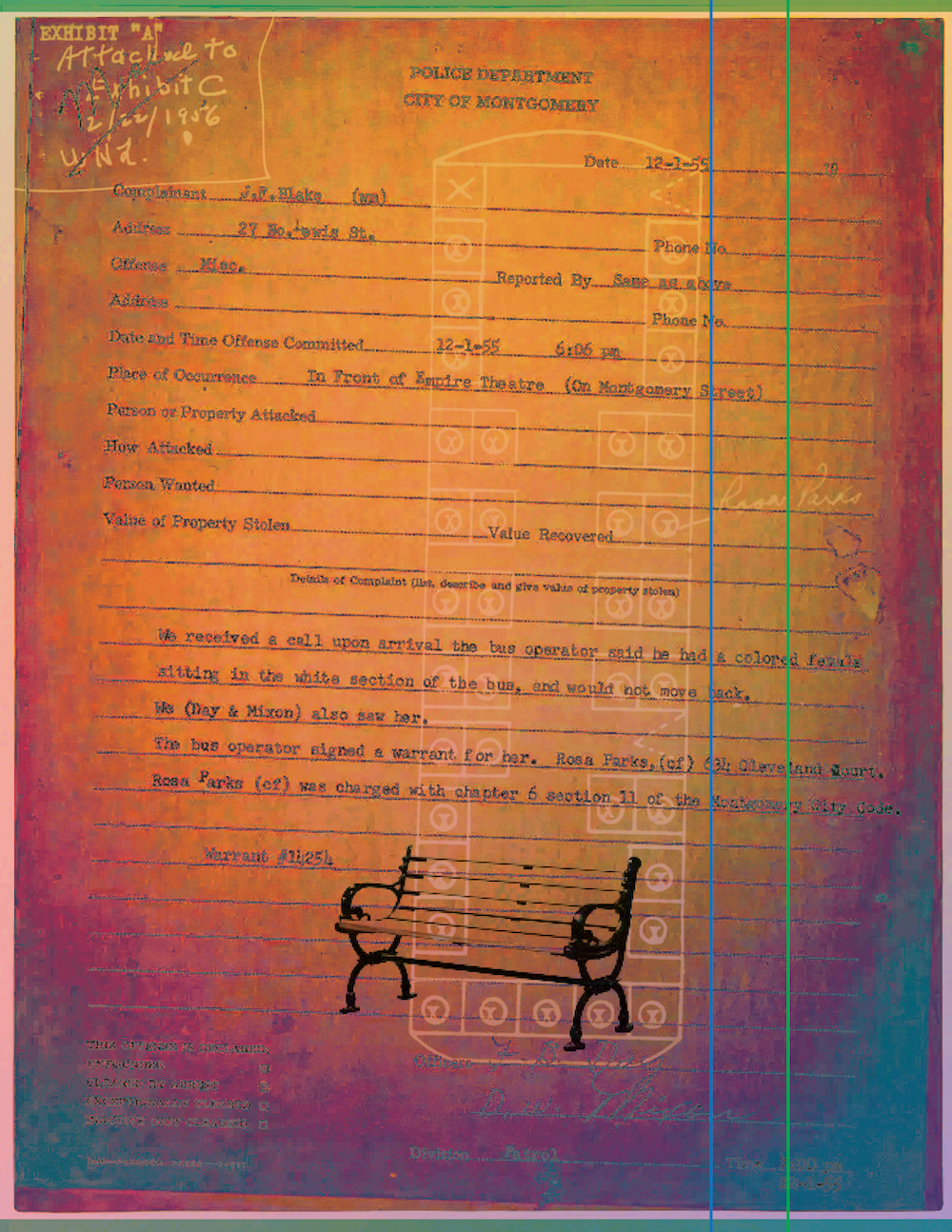
7.16.2022
The Montgomery Bus Boycott was a civil rights protest during which African Americans refused to ride city buses in Montgomery, Alabama, to protest segregated seating. The boycott took place from December 5, 1955, to December 20, 1956, and is regarded as the first large-scale U.S. demonstration against segregation. Four days before the boycott began, Rosa Parks, an African American woman, was arrested and fined for refusing to yield her bus seat to a white man. The U.S. Supreme Court ultimately ordered Montgomery to integrate its bus system, and one of the leaders of the boycott, a young pastor named Martin Luther King, Jr., emerged as a prominent leader of the American civil rights movement.
#february

7.17.2022
Sign Origin Albany New York.
#february
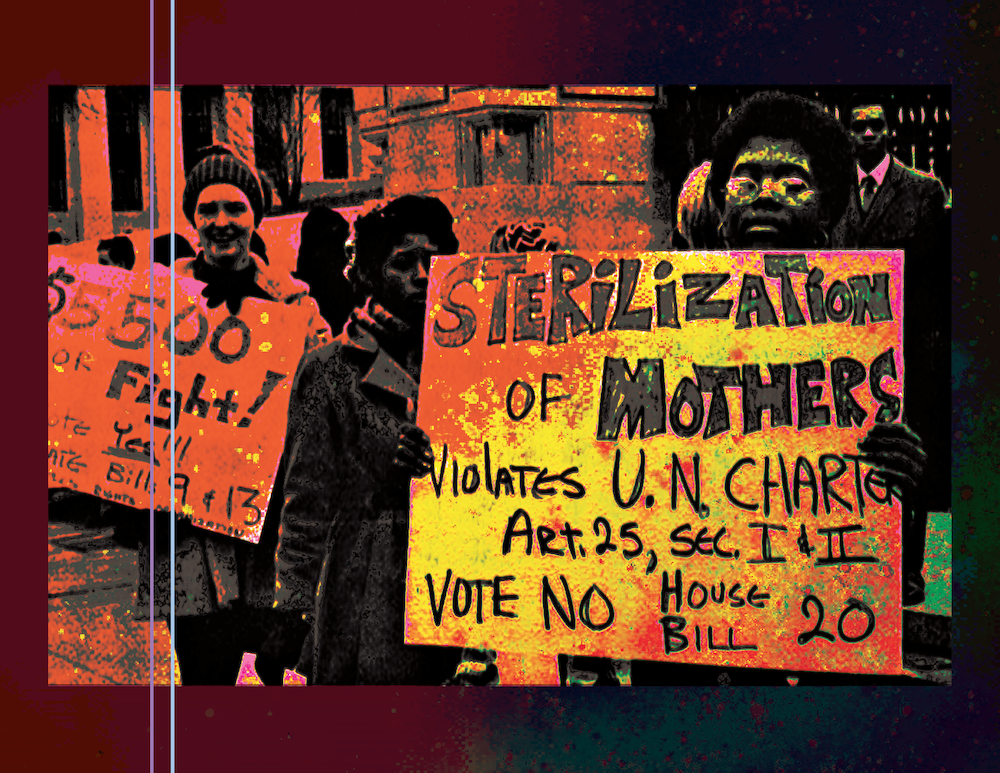
7.18.2022
Women welfare rights activists holding signs protesting proposed forced sterilization bill outside Tennessee courthouse, 1971,” Southern Conference Educational Fund (SCEF)
#february

7.19.2022
#february
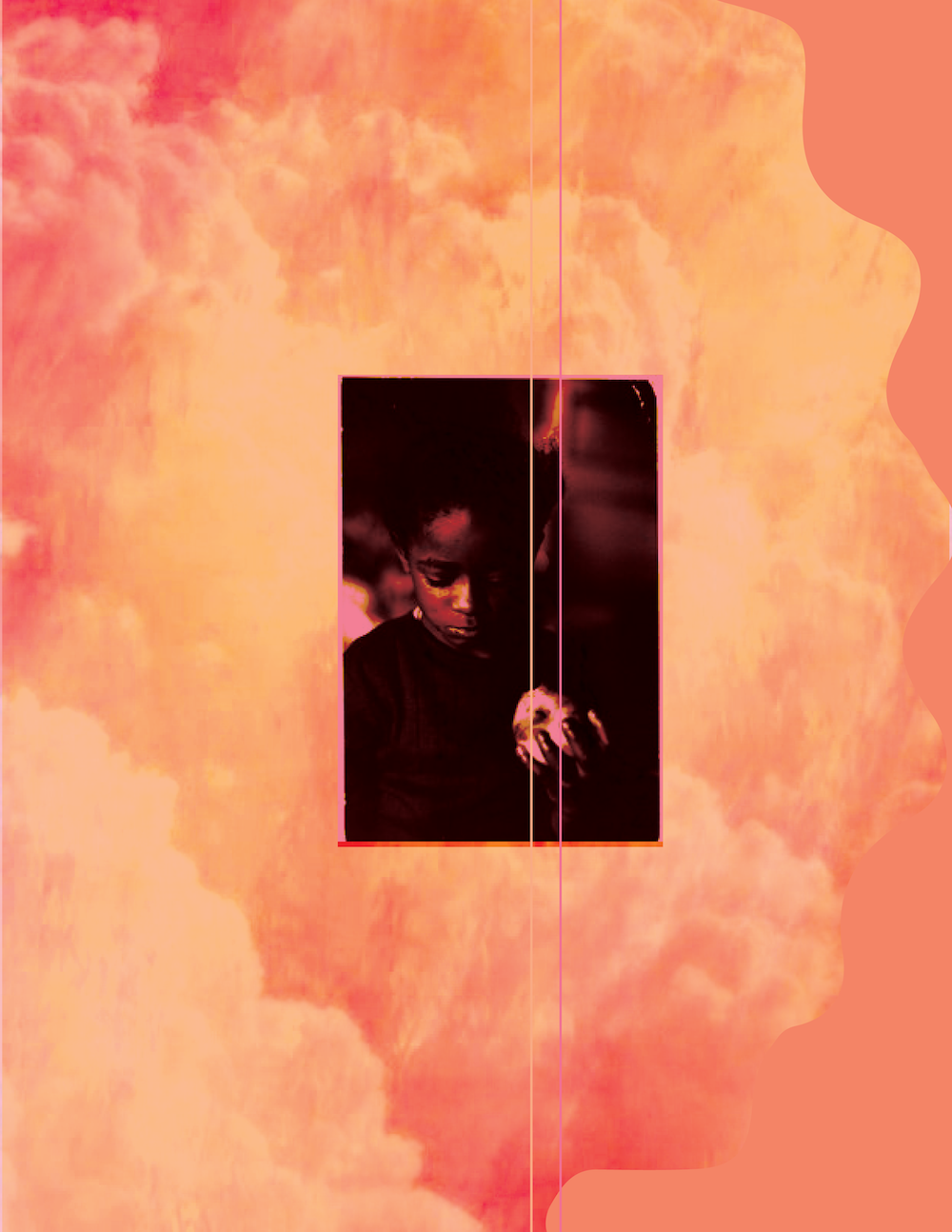
7.20.2022
#february
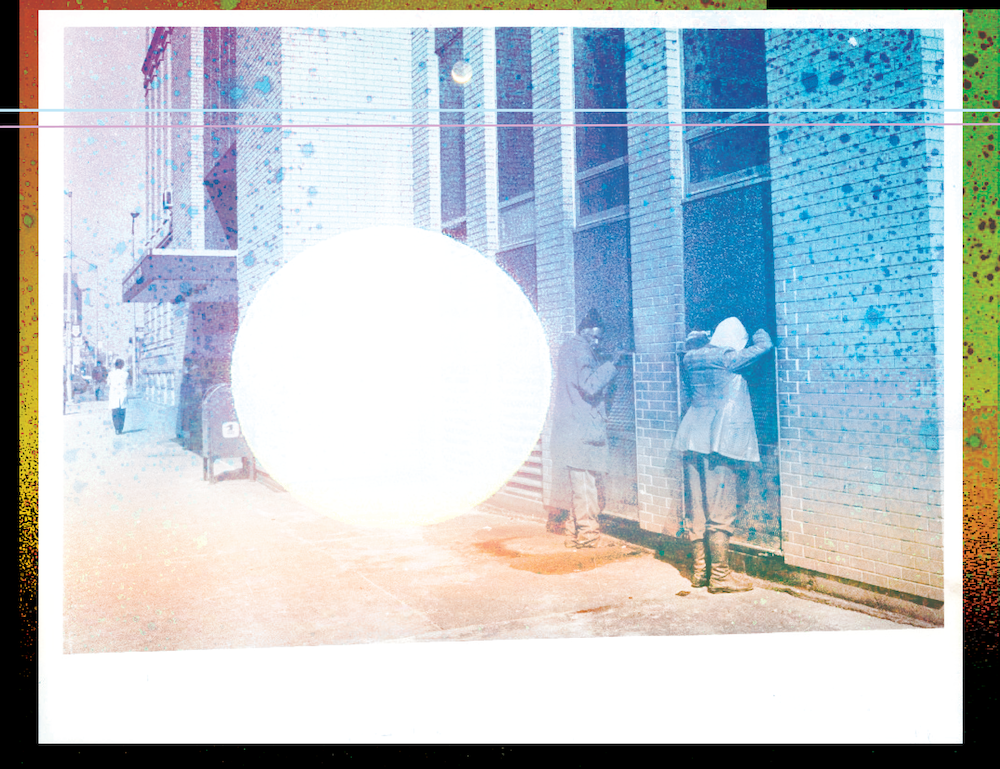
7.21.2022
#February
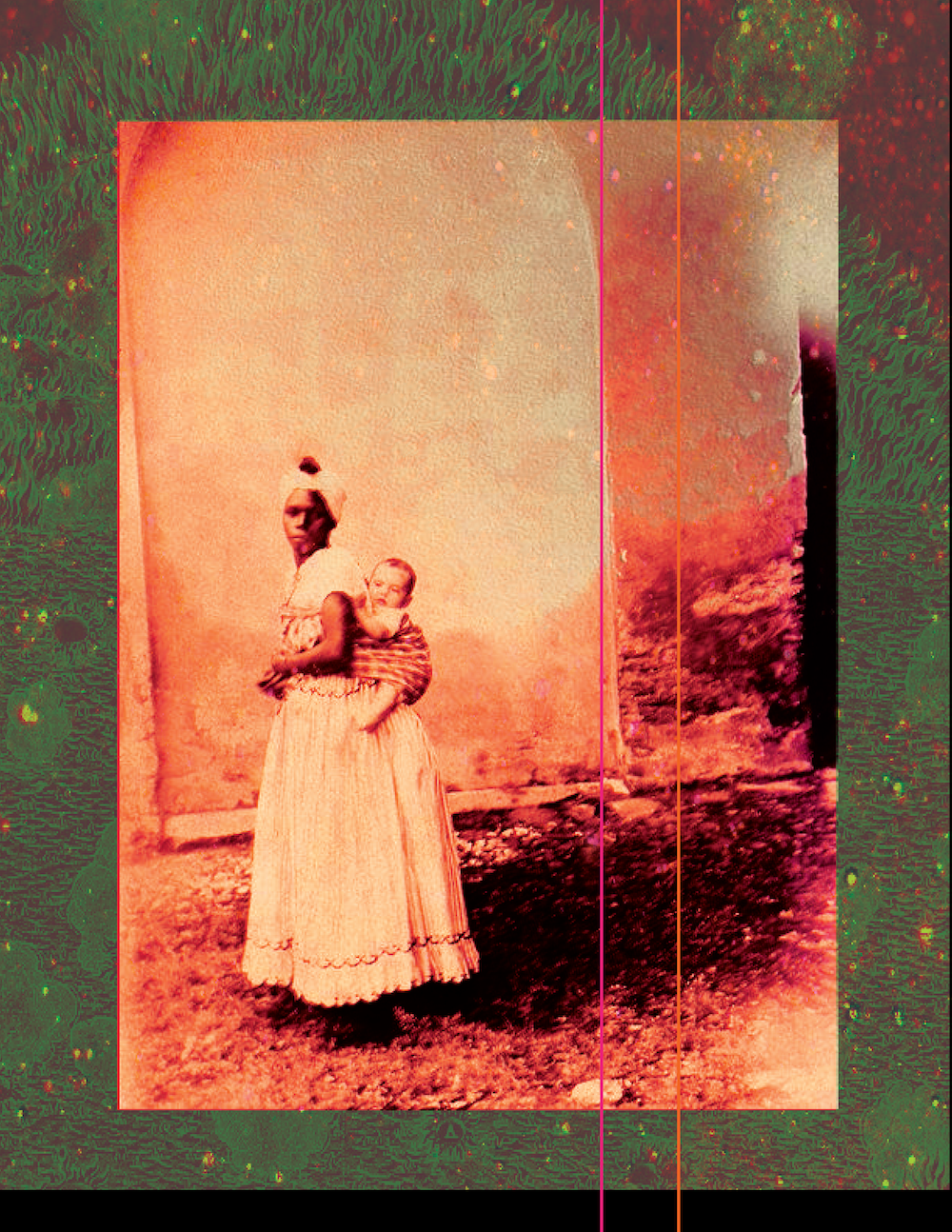
7.22.2022
#february

7.23.2022
#february

7.24.2022
#february
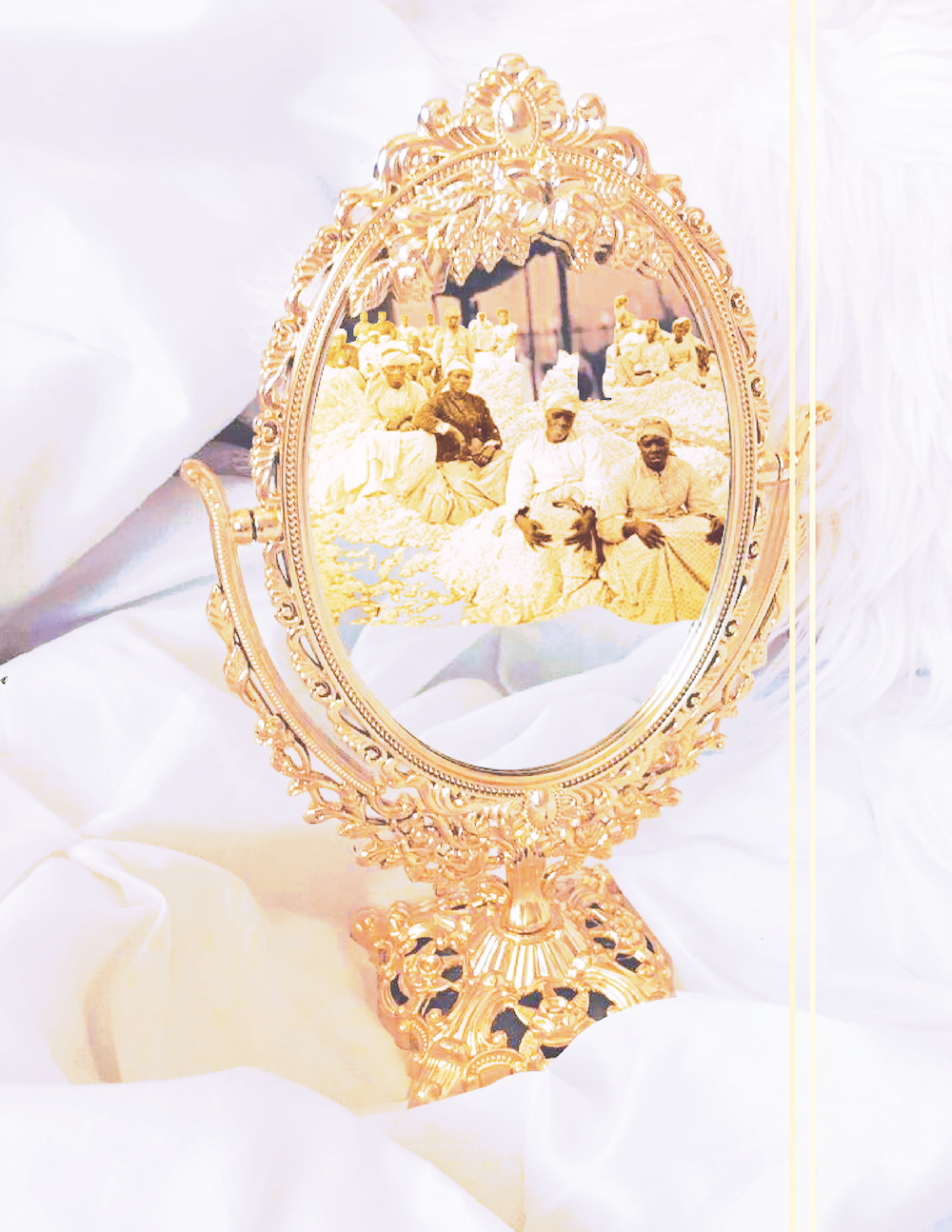
7.25.2022
#february
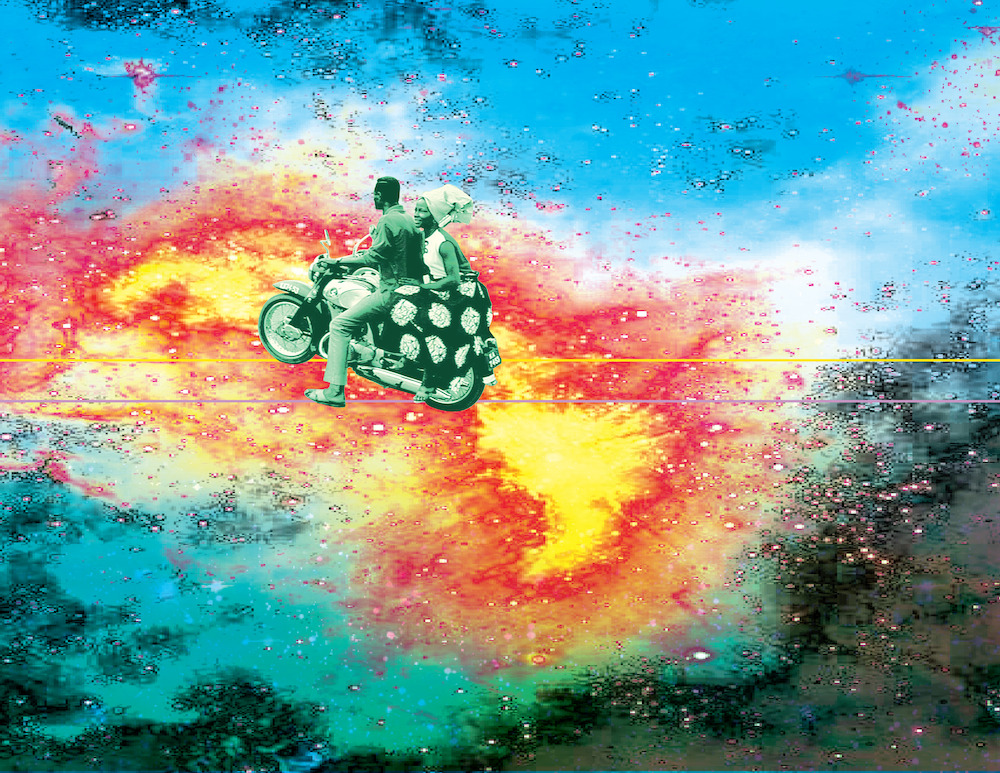
7.26.2022
A man and a lady on a motorcycle in Lagos Nigeria (1969)
#february

727.2022
The four girls killed in the bombing Addie Mae Collins, Cynthia Wesley, Carole Robertson, and Carol Denise McNair
Described by Martin Luther King Jr. as "one of the most vicious and tragic crimes ever perpetrated against humanity", the explosion at the church killed four girls and injured between 14 and 22 other people.
Although the FBI had concluded in 1965 that the 16th Street Baptist Church bombing
had been committed by four known Klansmen
and segregationists: Thomas Edwin Blanton Jr., Herman Frank Cash, Robert Edward Chambliss,
and Bobby Frank Cherry, no prosecutions were conducted until 1977, when Robert Chambliss
was tried and convicted of the first-degree murder of one of the victims, 11-year-old
Carol Denise McNair.
In a revival of effort by states and the federal government to prosecute cold cases from the civil rights era, the state conducted trials in the early 21st century of Thomas Edwin Blanton Jr. and Bobby Cherry, who were each convicted of four counts of murder and sentenced to life imprisonment in 2001 and 2002, respectively.
In the early morning of Sunday, September 15, 1963, four members of the United Klans of America—Thomas Edwin Blanton Jr., Herman Frank Cash, Robert Edward Chambliss, and Bobby Frank Cherry—planted a minimum of 15 sticks of dynamite with a time delay under the steps of the church, close to the basement. At approximately 10:22 a.m., an anonymous man phoned the 16th Street Baptist Church. The call was answered by the acting Sunday School secretary: a 14-year-old girl named Carolyn Maull. To Maull, the anonymous caller simply said the words, "Three minutes", before terminating the call. Less than one minute later, the bomb exploded as five children were present within the basement restroom, close to the stairwell, changing into their choir robes in preparation for a sermon entitled "A Love That Forgives". According to one survivor, the explosion shook the entire building and propelled the girls' bodies through the air "like rag dolls".
The explosion blew a hole measuring seven feet (2.1 m) in diameter in the church's
rear wall, and a crater five feet (1.5 m) wide and two feet (0.61 m) deep in the ladies'
basement lounge, destroying the rear steps to the church and blowing a passing motorist
out of his car. Several other cars parked near the site of the blast were destroyed,
and windows of properties located more than two blocks from the church were also damaged.
All but one of the church's stained- glass windows were destroyed in the explosion.
The sole stained-glass window largely undamaged in the explosion depicted Christ leading
a group of young children.
Hundreds of individuals, some of them lightly wounded, converged on the church to
search the debris for survivors as police erected barricades around the church and
several outraged men scuffled with police. An estimated 2,000 black people converged
on the scene in the hours following the explosion. The church's pastor, the Reverend
John Cross Jr., attempted to placate the crowd by loudly reciting the 23rd Psalm through
a bullhorn. One individual who went to the scene to help search for survivors, Charles
Vann, later recollected that he had observed a solitary white man whom he recognized
as Robert Edward Chambliss (a known member of the Ku Klux Klan) standing alone and
motionless at a barricade. According to Vann's later testimony, Chambliss was standing
"looking down toward the church, like a firebug watching his fire".
#february
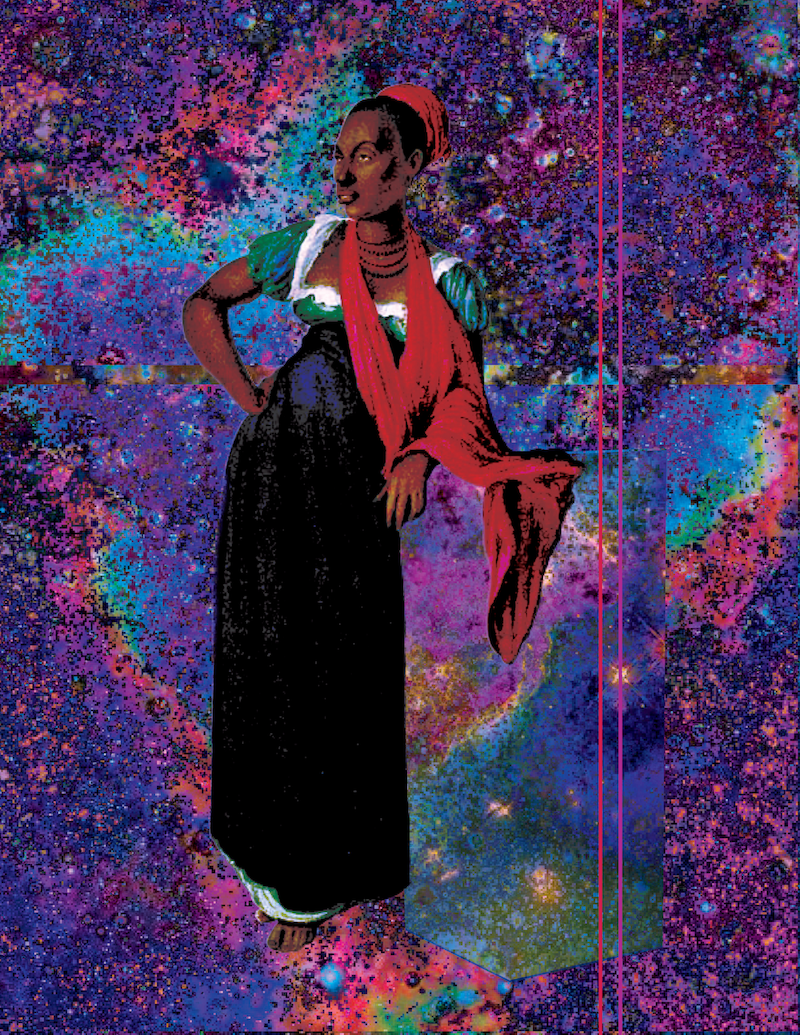
7.28.2022
"Rita, a celebrated black beauty at Rio de Janeiro." Rita may have been a free woman of color. The very à la mode Empire silhouette may reflect that she was of some means, though bare feet was almost universally a marker of enslaved status. Her provocative stance and reference to her beauty reinforces stereotypes about the pruriency of Brazilian women of color.
#february
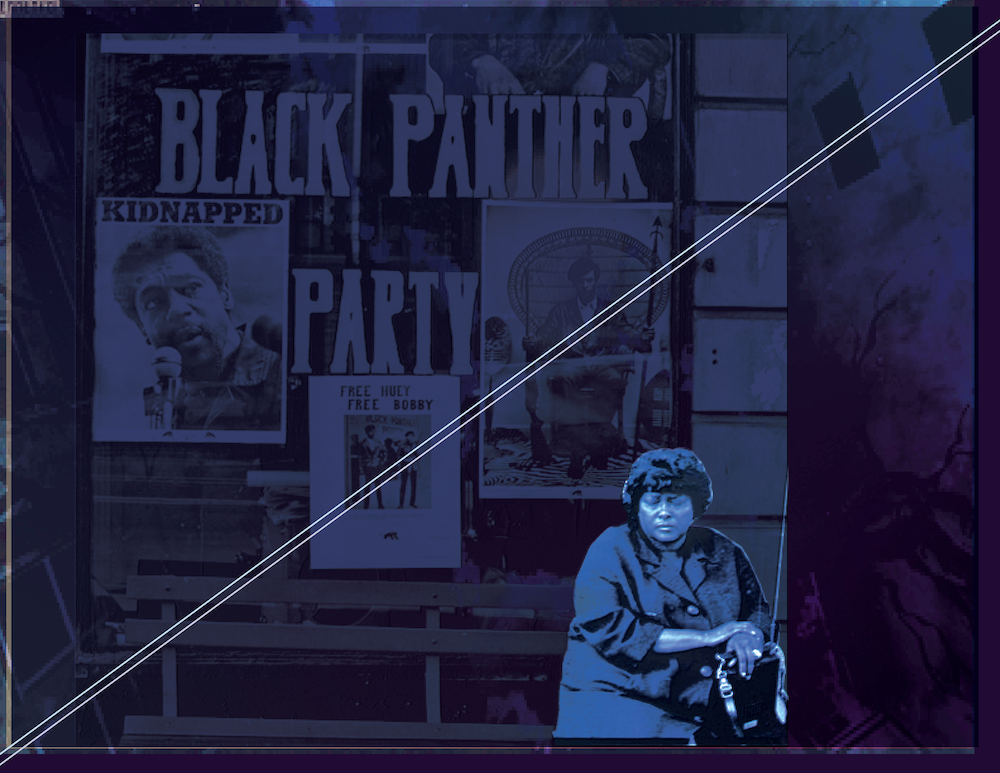
7.29.2022
#february
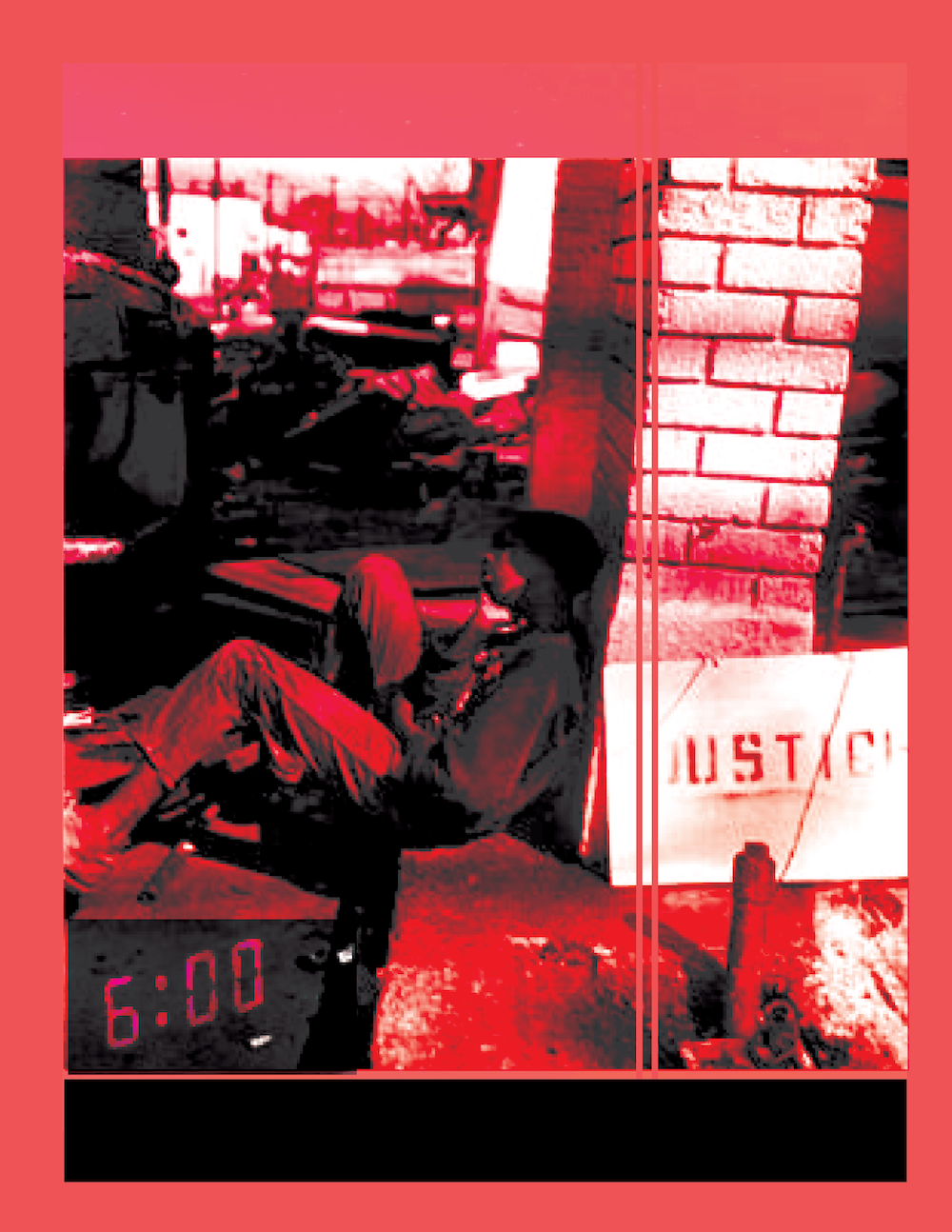
7.30.2022
#february
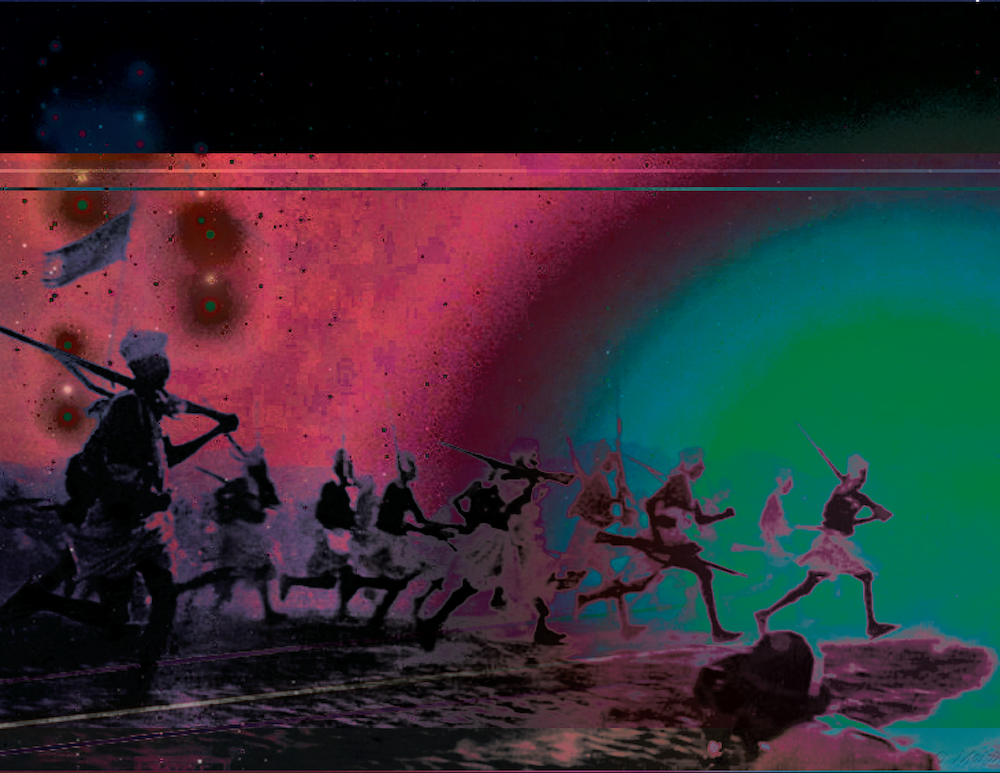
8.1.2022
#febraruy
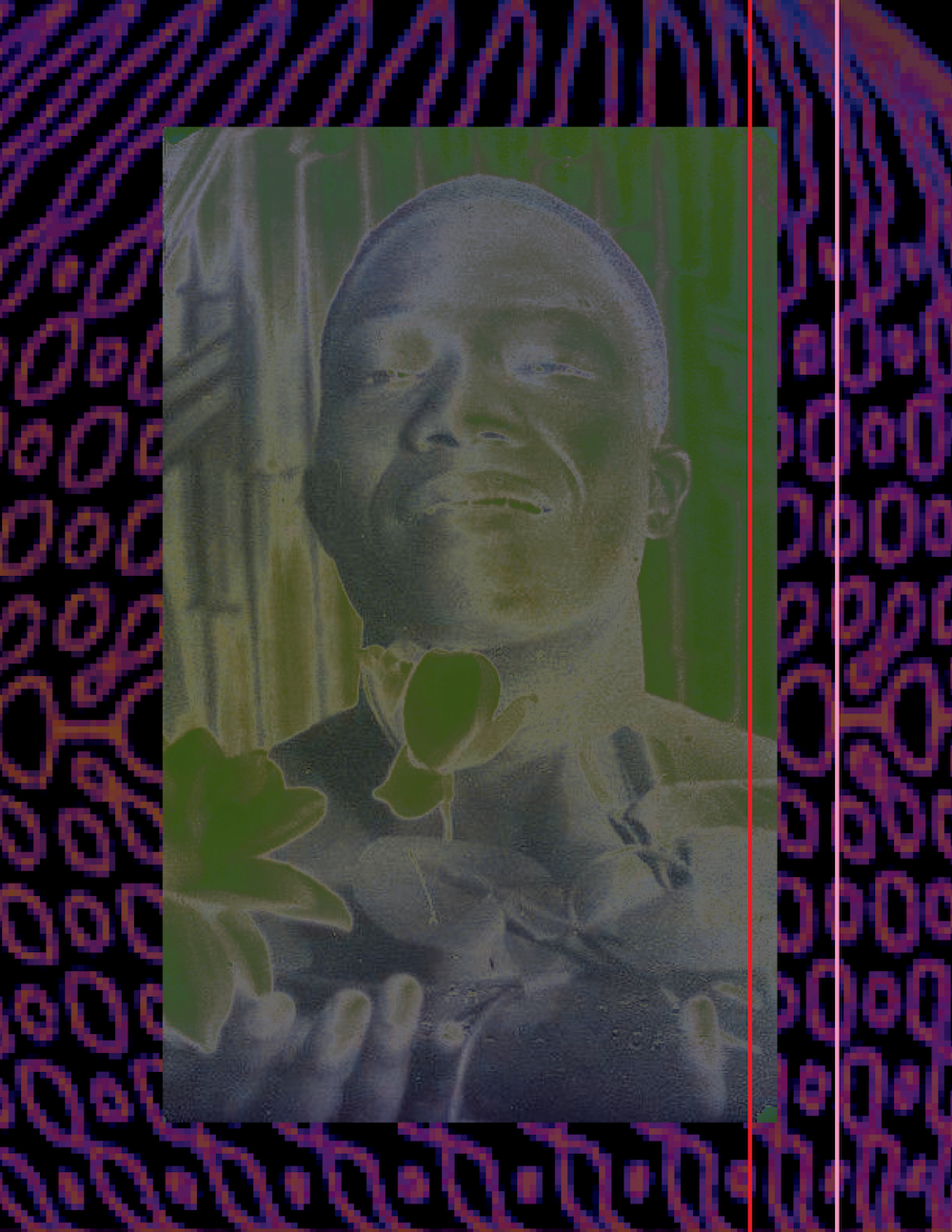
8.2.2022
#february

8.3.2022
Young man leaning on a rail outside Booker T. Washington High School in Montgomery, Alabama, probably before a football game.
#february

8.4.2022
1974 anti-racism rally in Boston
#february

8.5.2022
1959 Little Rock, Mob marching from capitol to Central High
#february
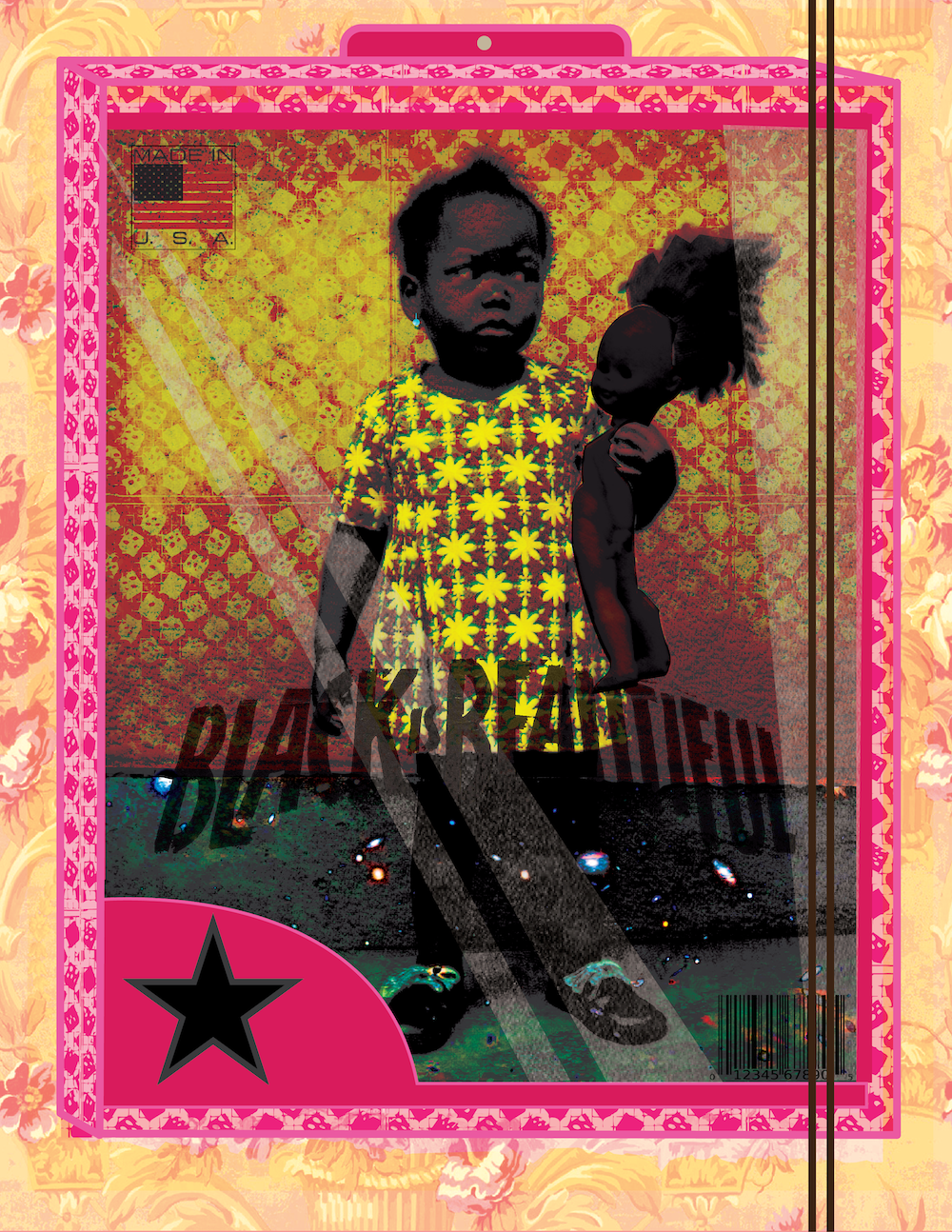
8.6.2022
In the 1940s, psychologists Kenneth and Mamie Clark designed and conducted a series of experiments known colloquially as “the doll tests” to study the psychological effects of segregation on African-American children.
The Clarks concluded that “prejudice, discrimination, and segregation” created a feeling of inferiority among African-American children and damaged their self-esteem.
The doll test was only one part of Dr. Clark’s testimony in Brown – it did not constitute the largest portion of his analysis and expert report.
His conclusions during his testimony were based on a comprehensive analysis of the most cutting-edge psychology scholarship of the period.
The Supreme Court cited Clark’s 1950 paper in its Brown decision and acknowledged it implicitly in the following passage:
“To separate [African-American children] from others of similar age and qualifications solely because of their race generates a feeling of inferiority as to their status in the community that may affect their hearts and minds in a way unlikely ever to be undone.”
Dr. Kenneth Clark was dismayed that the court failed to cite two other conclusions he had reached: that racism was an inherently American institution, and that school segregation inhibited the development of white children, too.
#february
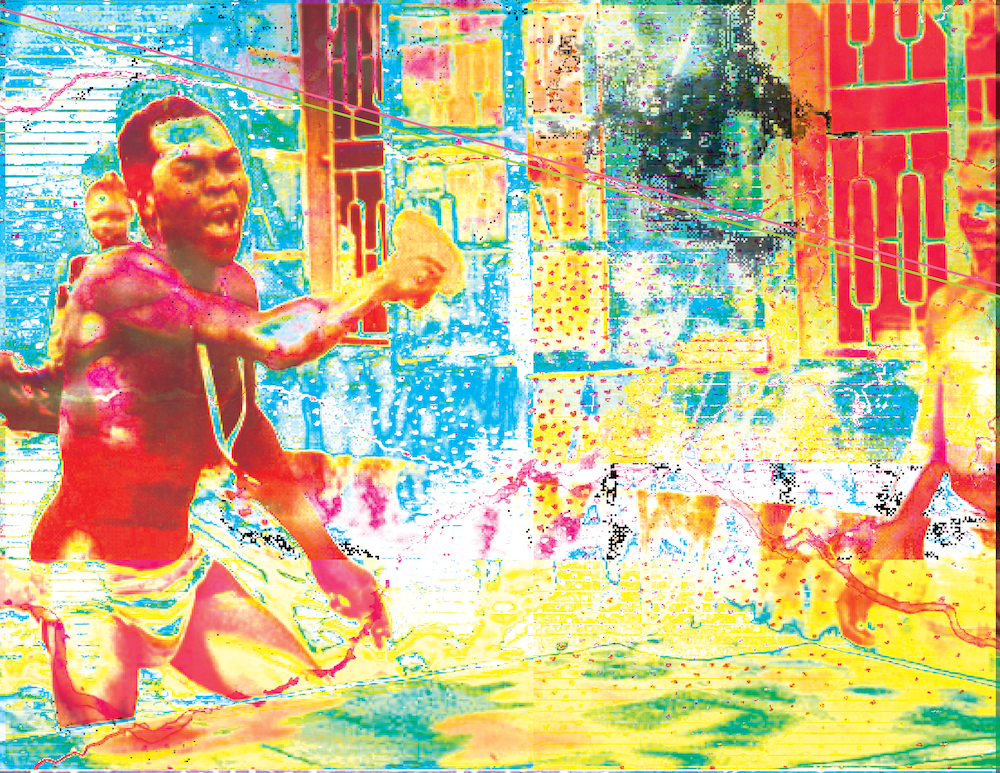
8.7.2022
Fela Anikulapo Kuti, also professionally known as Fela Kuti, or simply Fela, was a Nigerian multi-instrumentalist, musician, composer, pioneer of the Afrobeat music genre and human rights activist.
At the height of his popularity, he was referred to as one of Africa's most "challenging and charismatic music performers"
Fela was born Olufela Olusegun Oludotun Ransome-Kuti on 15 October 1938 in Abeokuta, the modern-day capital of Ogun State in the Federal Republic of Nigeria, then a city in the British Colony of Nigeria, into an upper-middle-class family.
His mother, Chief Funmilayo Ransome-Kuti, was a feminist activist in the anti-colonial movement; his father, Reverend Israel Oludotun Ransome-Kuti, an Anglican minister and school principal, was the first president of the Nigeria Union of Teachers. His brothers Beko Ransome-Kuti and Olikoye Ransome-Kuti, both medical doctors, were well known in Nigeria.
Fela is a first cousin to the Nigerian writer and Nobel laureate Wole Soyinka, the first African to win the Nobel Prize for Literature.
Fela attended Abeokuta Grammar School. Later he was sent to London in 1958 to study medicine, but decided to study music instead at the Trinity College of Music, the trumpet being his preferred instrument. While there, he formed the band Koola Lobitos, playing a fusion of jazz and highlife. In 1960, Fela married his first wife, Remilekun (Remi) Taylor, with whom he would have three children (Femi, Yeni, and Sola).
In 1963, Fela moved back to the newly independent Federation of Nigeria, re-formed Koola Lobitos and trained as a radio producer for the Nigerian Broadcasting Corporation. He played for some time with Victor Olaiya and his All Stars.
In 1967, Fela went to Ghana to think up a new musical direction. That was when Kuti first called his music Afrobeat a combination of highlife, funk, jazz, salsa, calypso and traditional Nigerian Yoruba music.
In 1969, Fela took the band to the United States where they spent 10 months in Los Angeles. While there, Fela discovered the Black Power movement through Sandra Smith (now Sandra Izsadore), a partisan of the Black Panther Party.
The experience would heavily influence his music and political views. He renamed the band Nigeria '70. Soon afterwards, the Immigration and Naturalization Service was tipped off by a promoter that Fela and his band were in the US without work permits. The band performed a quick recording session in Los Angeles that would later be released as The '69 Los Angeles Sessions.
#february
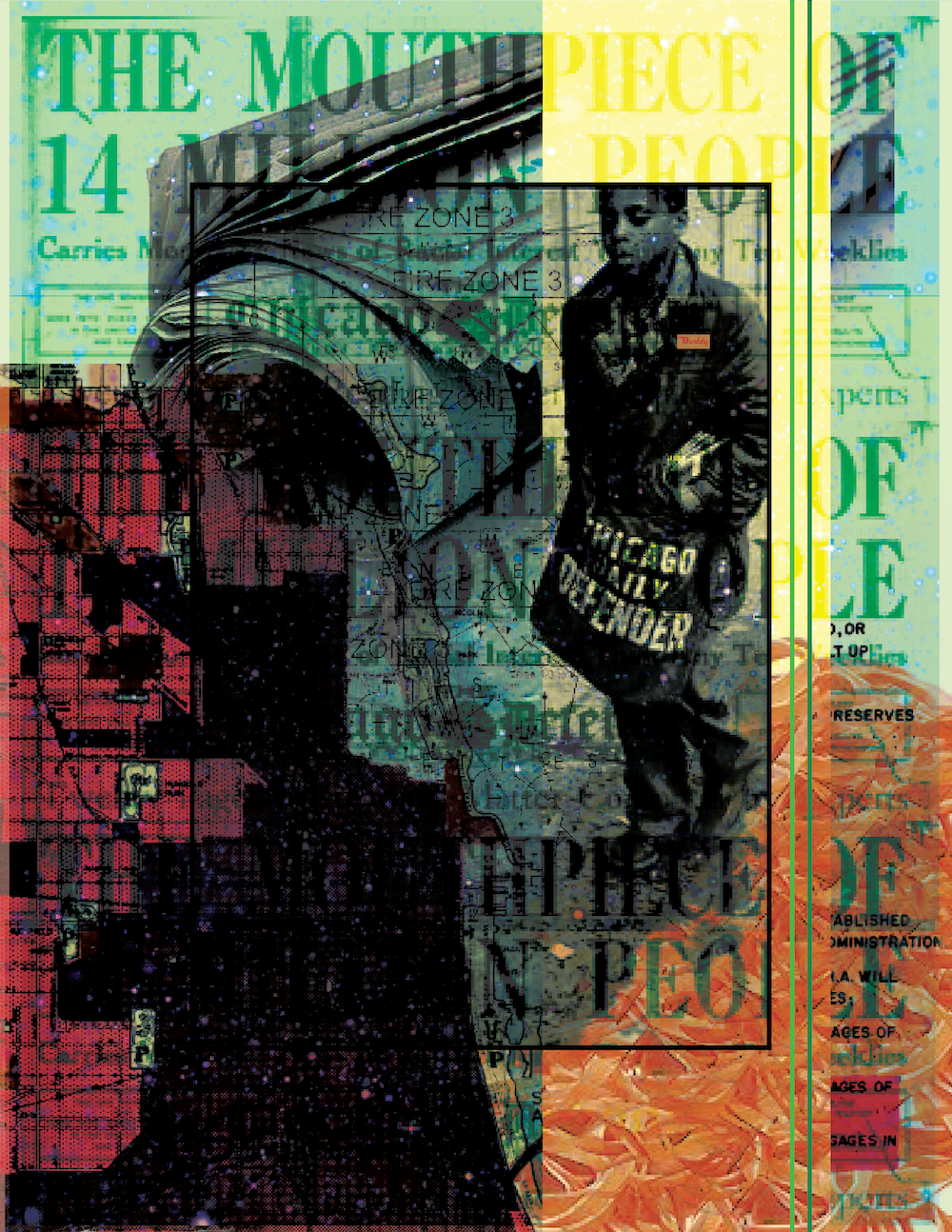
8.8.2022
The Chicago Defender is a Chicago-based weekly newspaper founded in 1905 by Robert S. Abbott for primarily African-American readers.
Historically, The Defender is considered the "most important" paper of what was then known as the colored or negro press.
Abbott's newspaper reported and campaigned against Jim Crow era violence and urged blacks in the American South to come north in what became the Great Migration.
Under his nephew and chosen successor, John H. Sengstacke, the paper took on segregation, especially in the U.S. military, during World War II.
In 1919–1922, the Defender attracted the writing talents of Langston Hughes. Later, Gwendolyn Brooks and Willard Motley wrote for the paper.
It was published as The Chicago Daily Defender, a daily newspaper, from 1956 to 2003, when it returned to a weekly format.
#february
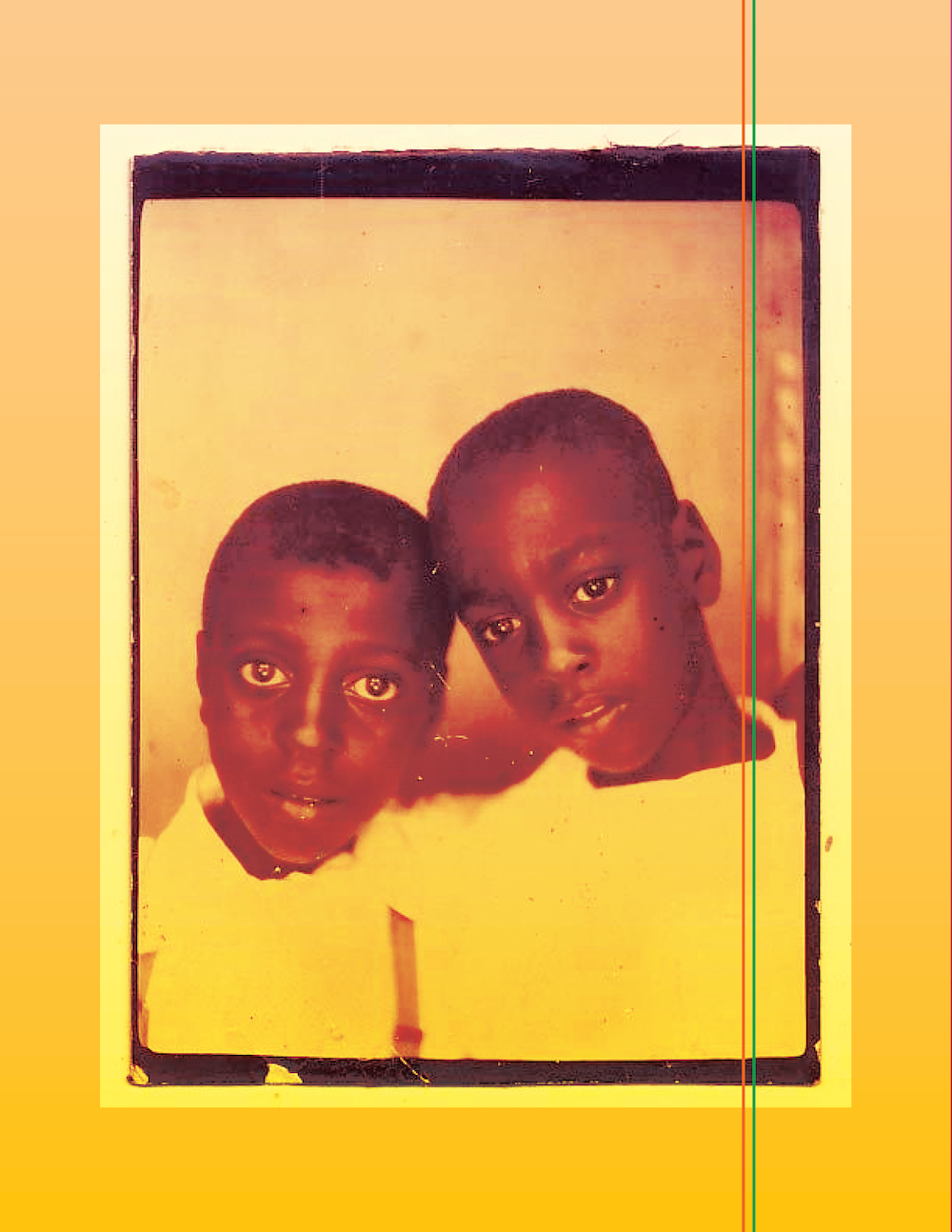
8.9.2022
#february
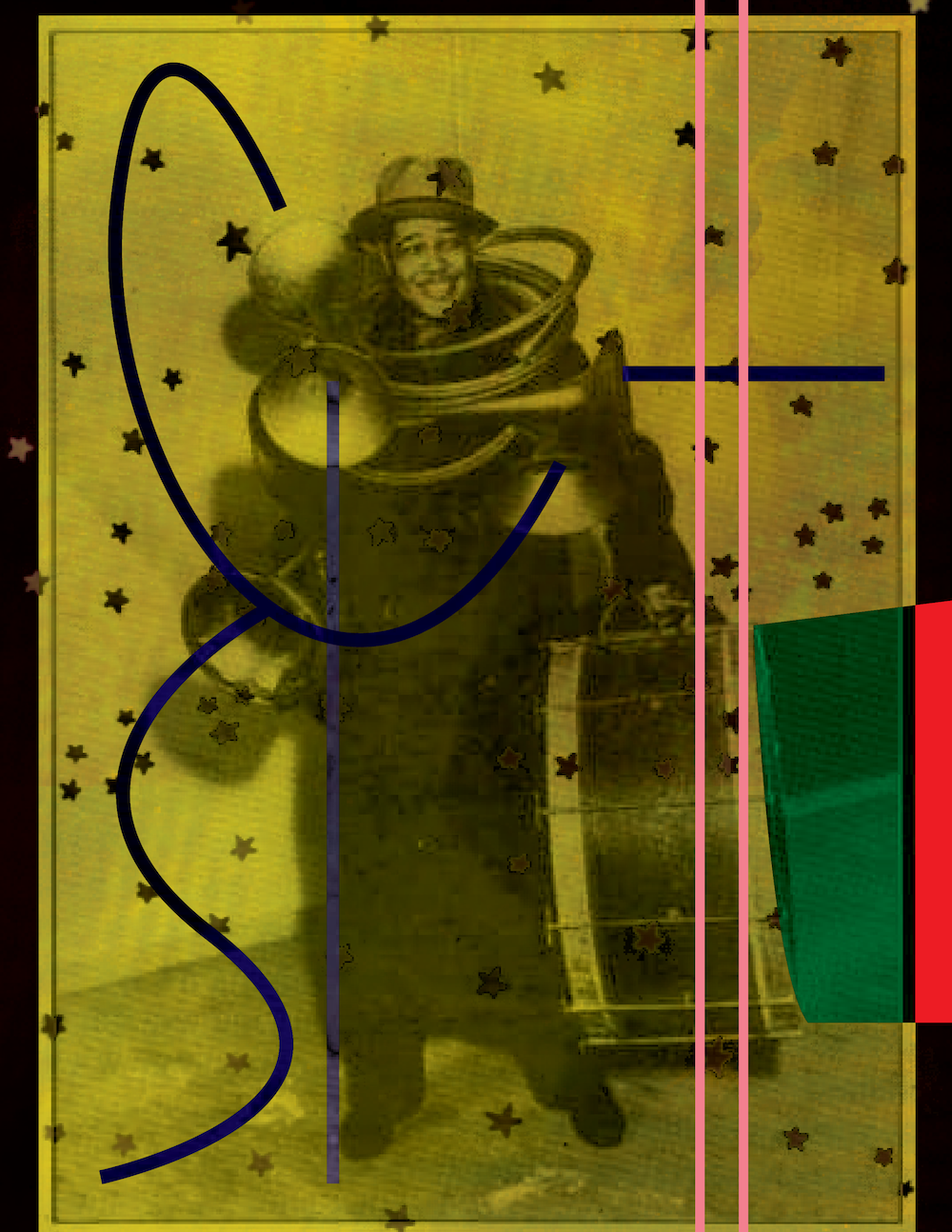
8.10.2022
Edward Kennedy "Duke" Ellington was an American composer, pianist, and bandleader of a jazz orchestra, which he led from 1923 until his death in a career spanning over fifty years.
Born in Washington, D.C., Ellington was based in New York City from the mid-1920s onward, and gained a national profile through his orchestra's appearances at the Cotton Club in Harlem. In the 1930s, his orchestra toured in Europe.
Though widely considered to have been a pivotal figure in the history of jazz, Ellington embraced the phrase "beyond category" as a liberating principle, and referred to his music as part of the more general category of American Music, rather than to a musical genre such as jazz.
Often collaborating with others, Ellington wrote more than one thousand compositions; his extensive body of work is the largest recorded personal jazz legacy, with many of his works having become standards.
Ellington also recorded songs written by his bandsmen, for example Juan Tizol's "Caravan", and "Perdido", which brought a Spanish tinge to big band jazz.
Due to his inventive use of the orchestra, or big band, and thanks to his eloquence and charisma, Ellington is generally considered to have elevated the perception of jazz to an art form on a par with other more traditional musical genres.
His reputation continued to rise after he died, and he was awarded a special posthumous Pulitzer Prize for music in 1999.
#february
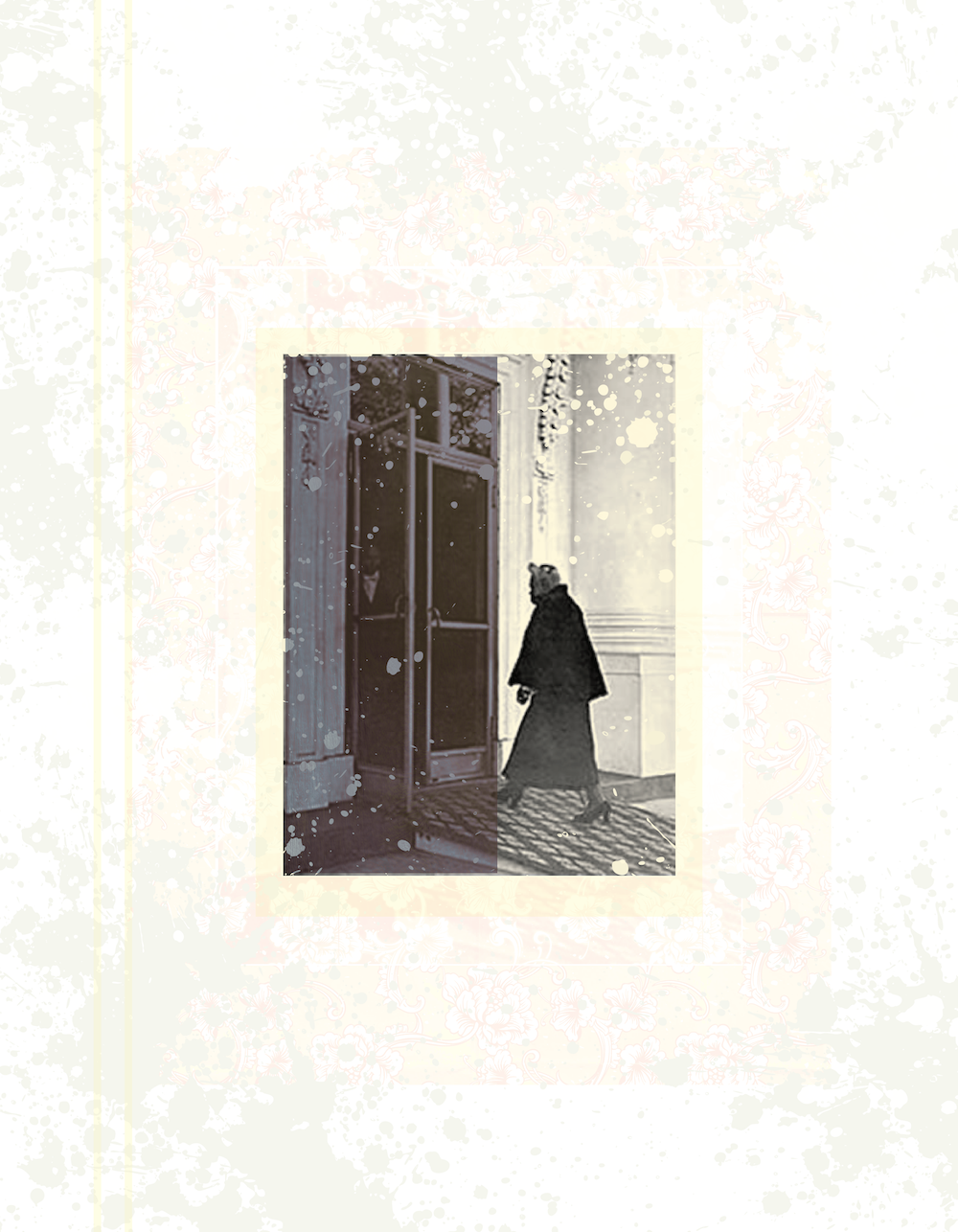
8.11.2022
Mary McLeod Bethune Entering The White House. 1935
Mary McLeod Bethune was an American educator, stateswoman, philanthropist, humanitarian and civil rights activist best known for starting a private school for African-American students in Daytona Beach, Florida.
She attracted donations of time and money, and developed the academic school as a college.
It later continued to develop as Bethune-Cookman University.
She also was appointed as a national adviser to President Franklin D. Roosevelt as part of what was known as his Black Cabinet.
She was known as "The First Lady of The Struggle" because of her commitment to gain better lives for African Americans.
#february

8.12.2022
We have all been regaled with stories about our slave ancestors escaping from the harsh life of the plantations in the South, finding their freedom in the North by "following the North Star" through alligator- and snake-infested swamps, hiding by day in dense forests, braving the elements, dangerous animals and disease-bearing mosquitos and eventually finding freedom across the Mason-Dixon Line, frequently guided by that courageous conductor on the Underground Railroad, Harriet Tubman. Few elements of African-American history have been more mythologized or misunderstood than the legendary Underground Railroad.
It stands to reason that slaves in the Southern states had to flee north to gain their freedom, following the metaphorical "drinking gourd" (as the Big Dipper was called), right? And this was certainly the case after 1830, when what we now call the Underground Railroad came into common usage in the press. So you will be forgiven if you think that this has always been true. Actually, the very first slaves in what is now the United States fled to their freedom by running south, not north.
Unlike the English settlement at Charleston, the Spanish settlement in Florida included some free blacks and mulattoes. Incredibly, the Spanish governor, Juan Marquez Cabrera, armed them to fight, forming a black militia at St. Augustine in 1683. In 1686, this militia formed part of a Spanish force that began to raid the Carolinians' territory. The presence of black soldiers among the Spanish forces must have astonished the Carolina slaves. And just a year later, the first documented group of black slaves — eight men, two women and a nursing child — managed to escape south from Charleston to St. Augustine, covering the 277 miles or so in a stolen canoe. The Spanish refused to return them to the English, and granted them their freedom.
#february
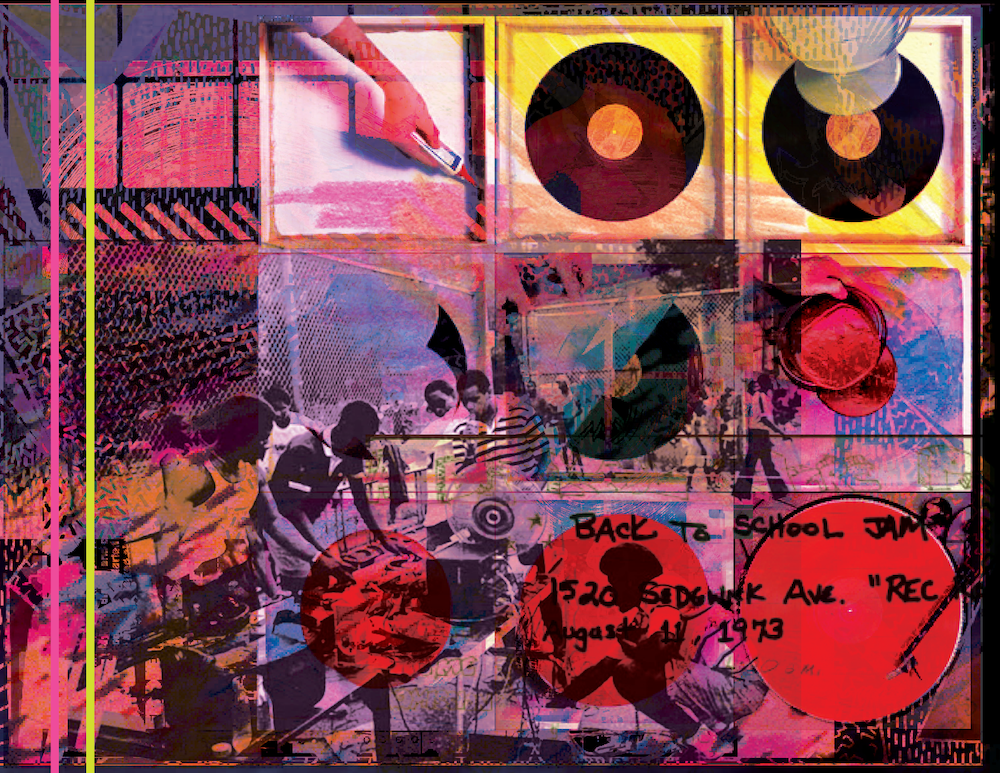
8.13.2022
Clive Campbell better known by his stage name DJ Kool Herc, is credited with originating hip hop music in the early 1970s in The Bronx, New York City.
His playing of hard funk records of the sort typified by James Brown was an alternative both to the violent gang culture of the Bronx and to the nascent popularity of disco in the 1970s.
Using the same two turntable set-up of disco DJs, Campbell used two copies of the same record to elongate the break. This breakbeat DJing formed the basis of hip hop music.
Campbell's announcements and exhortations to dancers helped lead to the syncopated, rhymed spoken accompaniment now known as rapping. He called his dancers "break-boys" and "break-girls", or simply b-boys and b-girls.
According to Steven Ivory, in 1973, Herc placed on the turntables two copies of Brown's 1970 Sex Machine album and ran "an extended cut 'n' mix of the percussion breakdown" from "Give It Up or Turnit Loose", signaling the birth of hip hop.
With the mystique of his graffiti name, his physical stature, and the reputation of his small parties, Herc became a folk hero in the Bronx. He began to play at nearby clubs as well as at high schools such as Dodge and Taft.
Rapping duties were delegated to Coke La Rock. Herc's collective, known as The Herculoids, was augmented by Clark Kent and dancers The Nigga Twins. Herc took his soundsystem (the herculords) —still legendary for its sheer volume —to the streets and parks of the Bronx. Nelson George recalls a schoolyard party:
"The sun hadn't gone down yet, and kids were just hanging out, waiting for something to happen. Van pulls up, a bunch of guys come out with a table, crates of records.
They unscrew the base of the light pole, take their equipment, attach it to that, get the electricity – Boom! We got a concert right here in the schoolyard and it's this guy Kool Herc. And he's just standing with the turntable, and the guys were studying his hands.There are people dancing, but there's as many people standing, just watching what he's doing. That was my first introduction to in-the-street, hip hop DJing."
#february
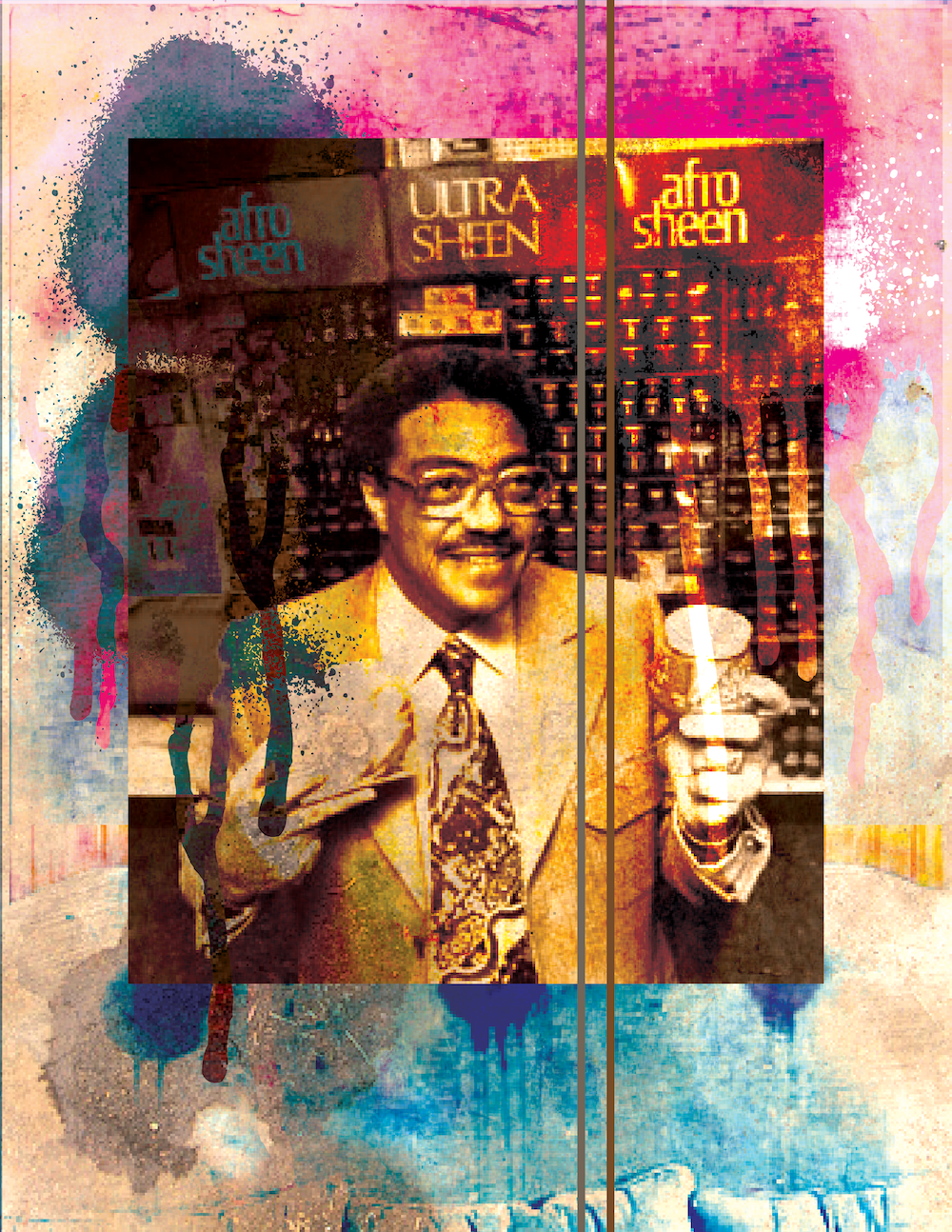
8.14.2022
George Ellis Johnson, Sr worked as a research chemist for Samuel B. Fuller, who owned a cosmetics firm, until 1954 when he borrowed $500 to start his own business, Johnson Products.
He marketed Ultra Wave, Ultra Sheen, and his most famous, Afro Sheen. Johnson Products was the only sponsor of Soul Train and in 1971 the first black-owned business listed on the American Stock Exchange.
#february
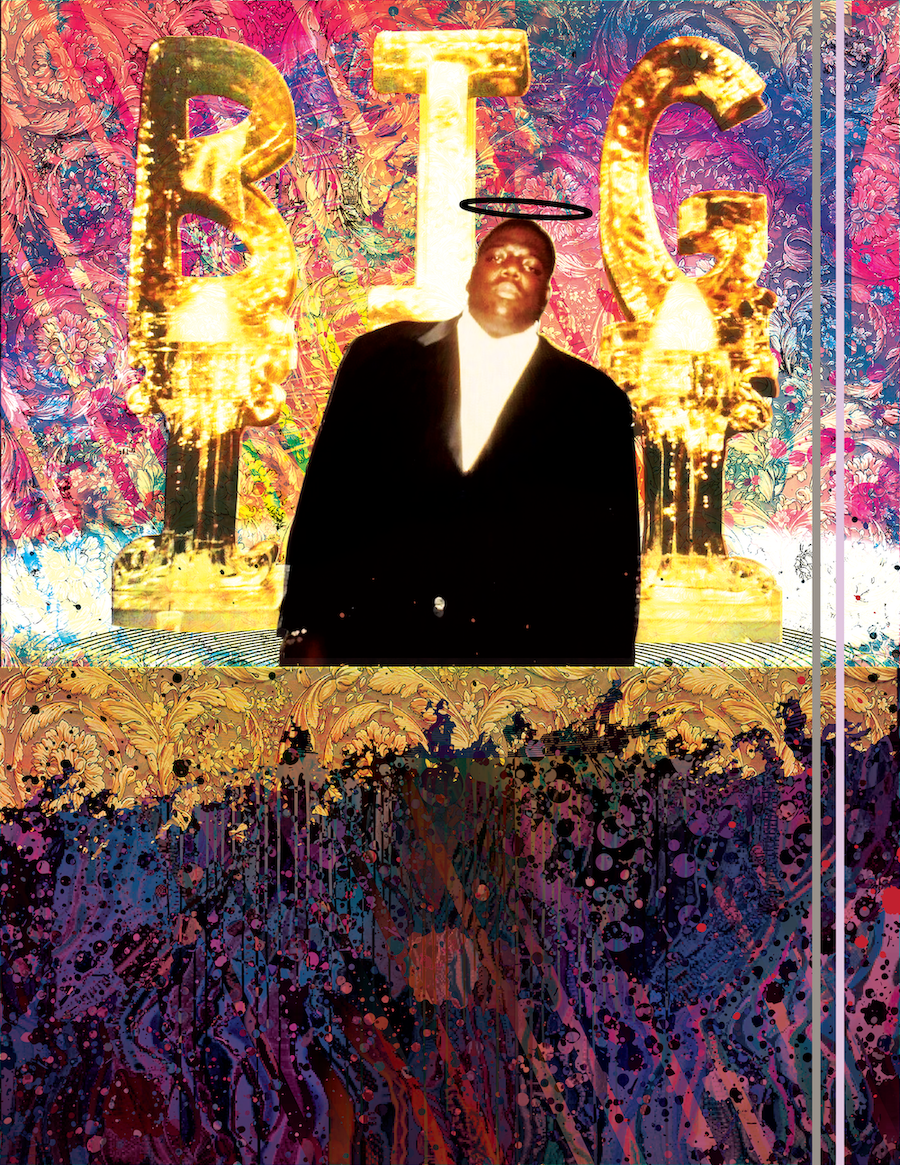
8.15.2022
Christopher George Latore Wallace better known by The Notorious B.I.G. was an American rapper. He is consistently ranked as one of the greatest and most influential rappers of all time. Wallace was raised in the Brooklyn borough of New York City.
When he released his debut album Ready to Die in 1994, he became a central figure in the East Coast hip hop scene and increased New York's visibility in the genre at a time when West Coast hip hop was dominant in the mainstream.
The following year, Wallace led his childhood friends to chart success through his protégé group, Junior M.A.F.I.A. While recording his second album, Wallace was heavily involved in the growing East Coast–West Coast hip hop feud.
On March 9, 1997, Wallace was killed by an unknown assailant in a drive-by shooting in Los Angeles. His double-disc album Life After Death, released 16 days later, rose to No. 1 on the U.S. album charts and was certified Diamond in 2000 by the Recording Industry Association of America, one of the few hip hop albums to receive this certification.
Wallace was noted for his "loose, easy flow", dark semi-autobiographical lyrics and storytelling abilities, sometimes changing his pitch on songs.
Two more albums have been released since his death. He has certified sales of 17 million units in the United States.
#february
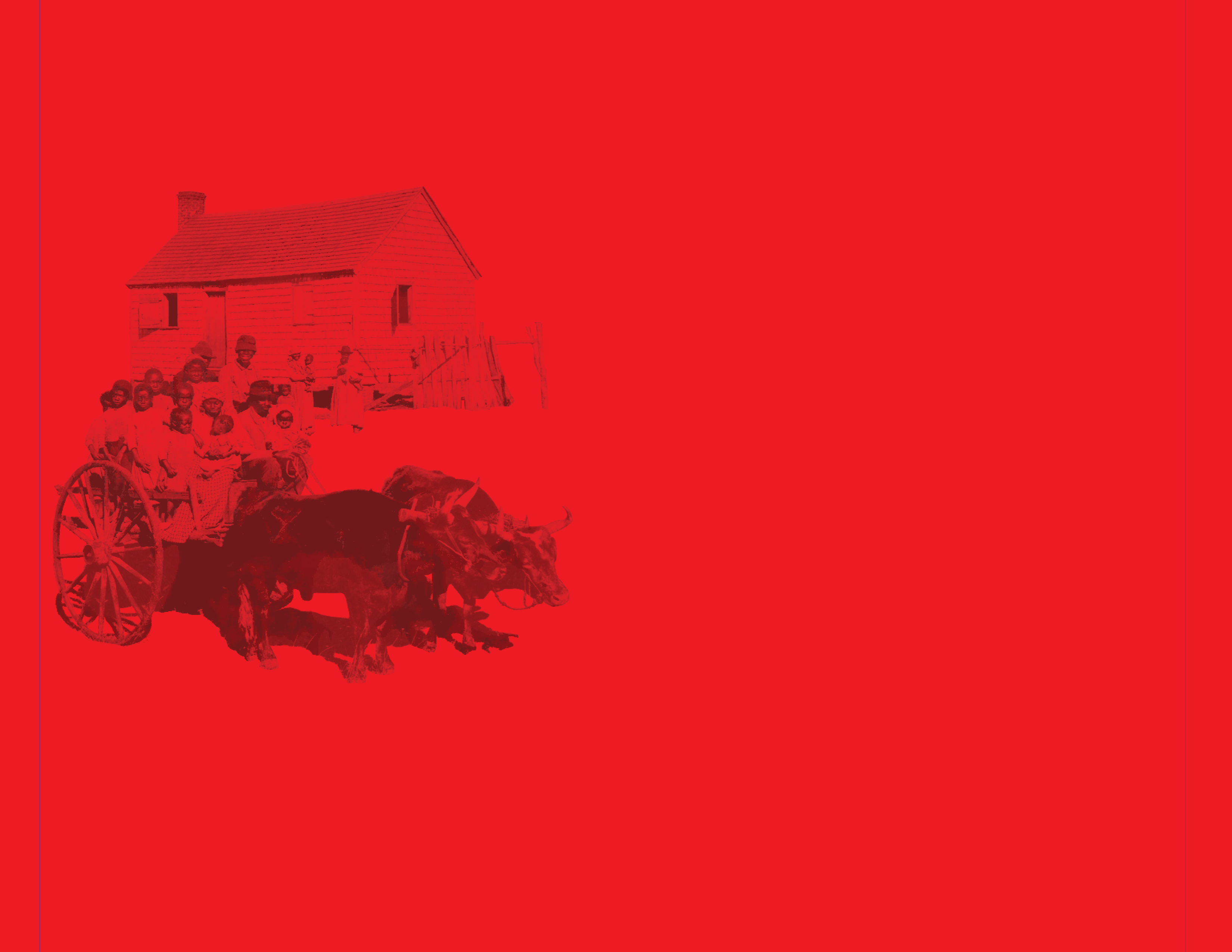
8.16.2022
Mississippi Delta
#february
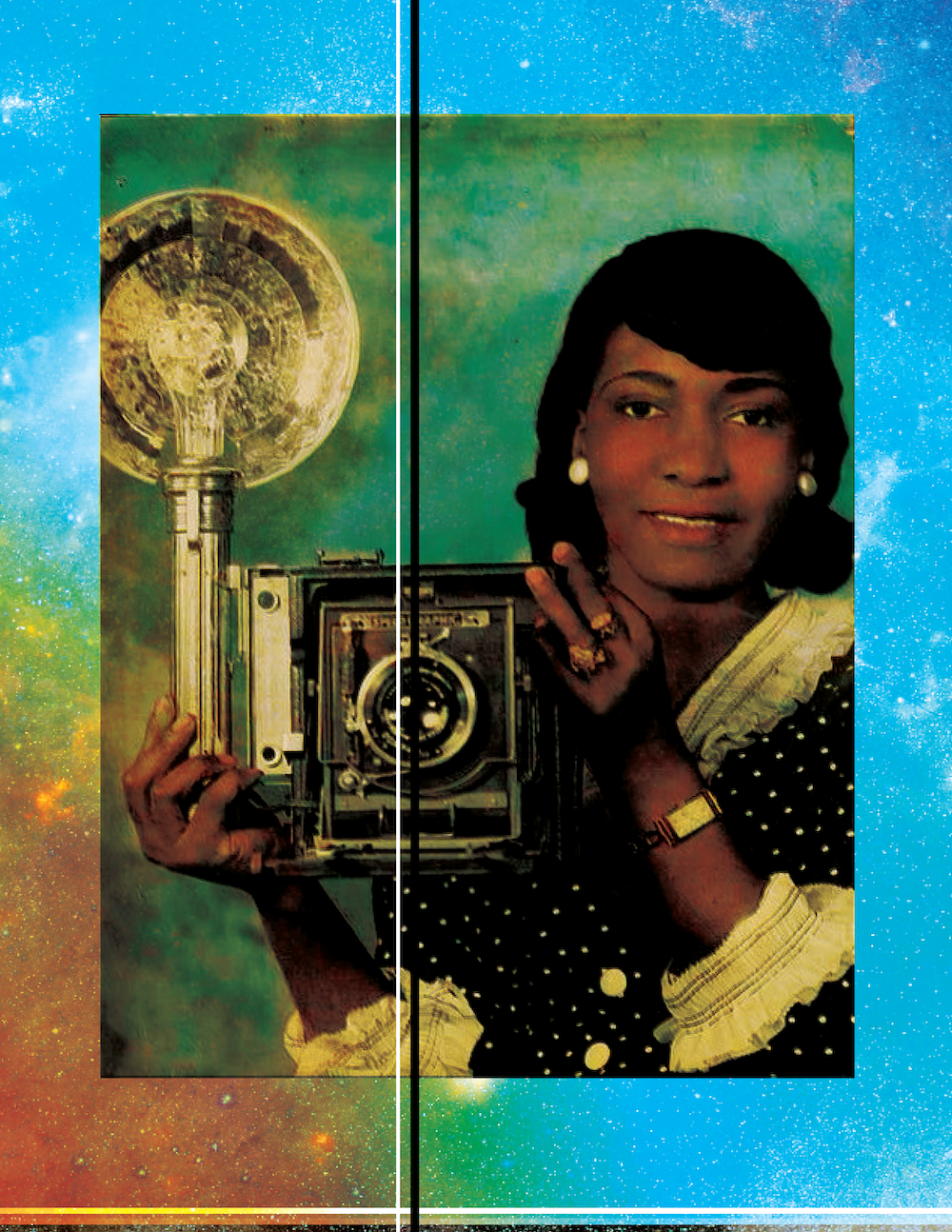
8.17.2022
#february

8.18.2022
#february
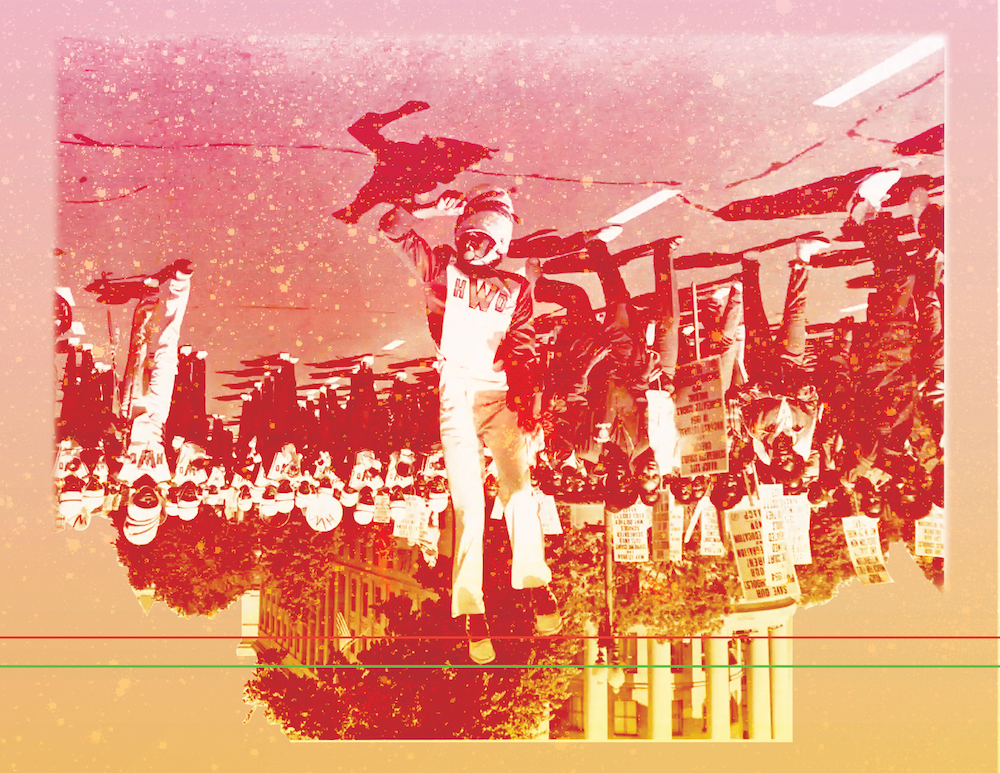
8.19.2022
#february
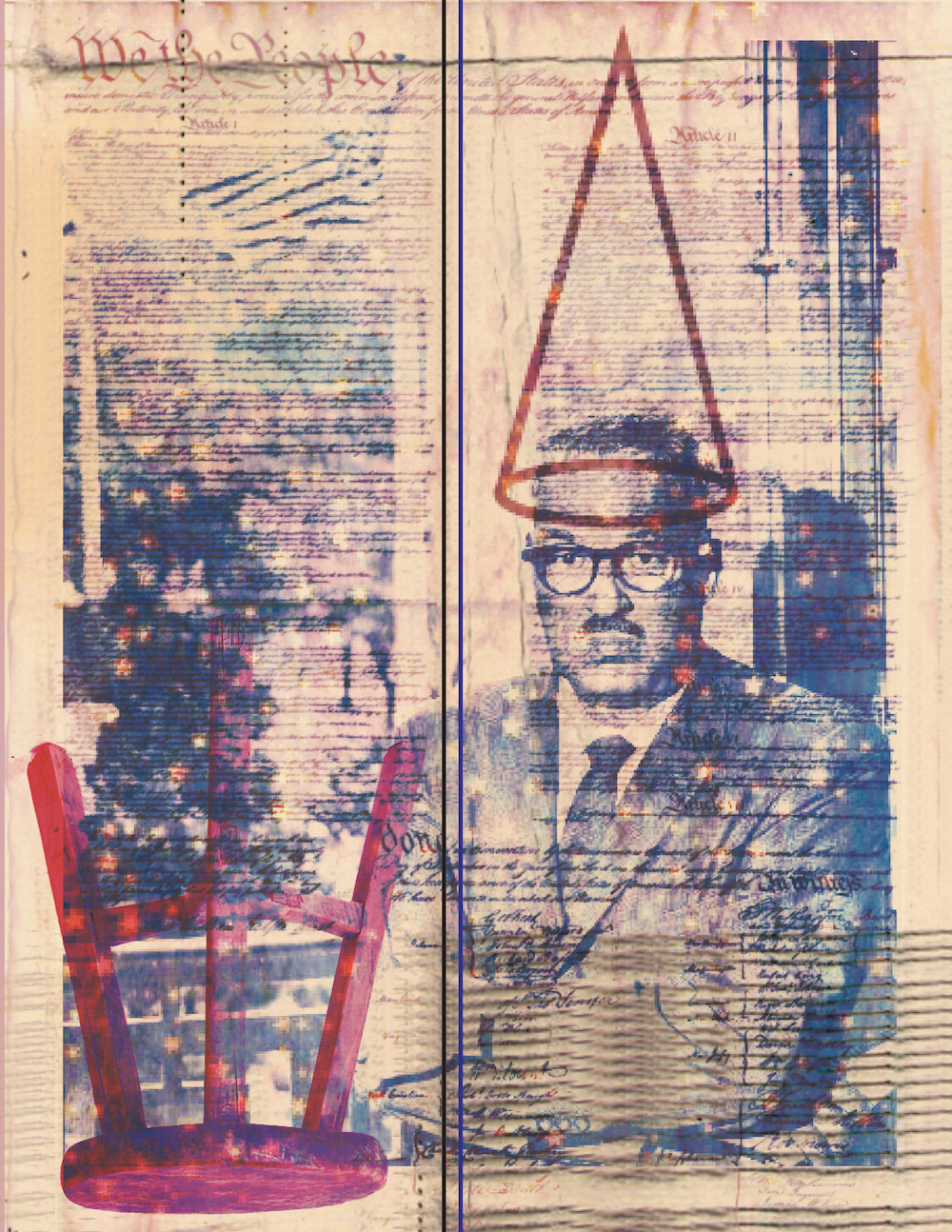
8.20.2022
Supreme Court Justice Thurgood Marshall said that he was punished for misbehavior in school by being forced to recite the Constitution, ultimately memorizing it.
Marshall was the Court's 96th justice and its first African-American justice. Prior to his judicial service, he successfully argued several cases before the Supreme Court.
Born in Baltimore, Maryland, Marshall graduated from the Howard University School of Law in 1933.
He established a private legal practice in Baltimore before founding the NAACP Legal Defense and Educational Fund, where he served as executive director.
In that position, he argued several cases before the Supreme Court, including Smith v. Allwright, Shelley v. Kraemer, and Brown v. Board of Education, which held that racial segregation in public education is a violation of the Equal Protection Clause.
In 1961, President John F. Kennedy appointed Marshall to United States Court of Appeals for the Second Circuit. Four years later, President Lyndon B. Johnson appointed Marshall as the United States Solicitor General.
In 1967, Johnson successfully nominated Marshall to succeed retiring Associate Justice Tom C. Clark. Marshall retired during the administration of President George H. W. Bush, and was succeeded by Clarence Thomas.
#february
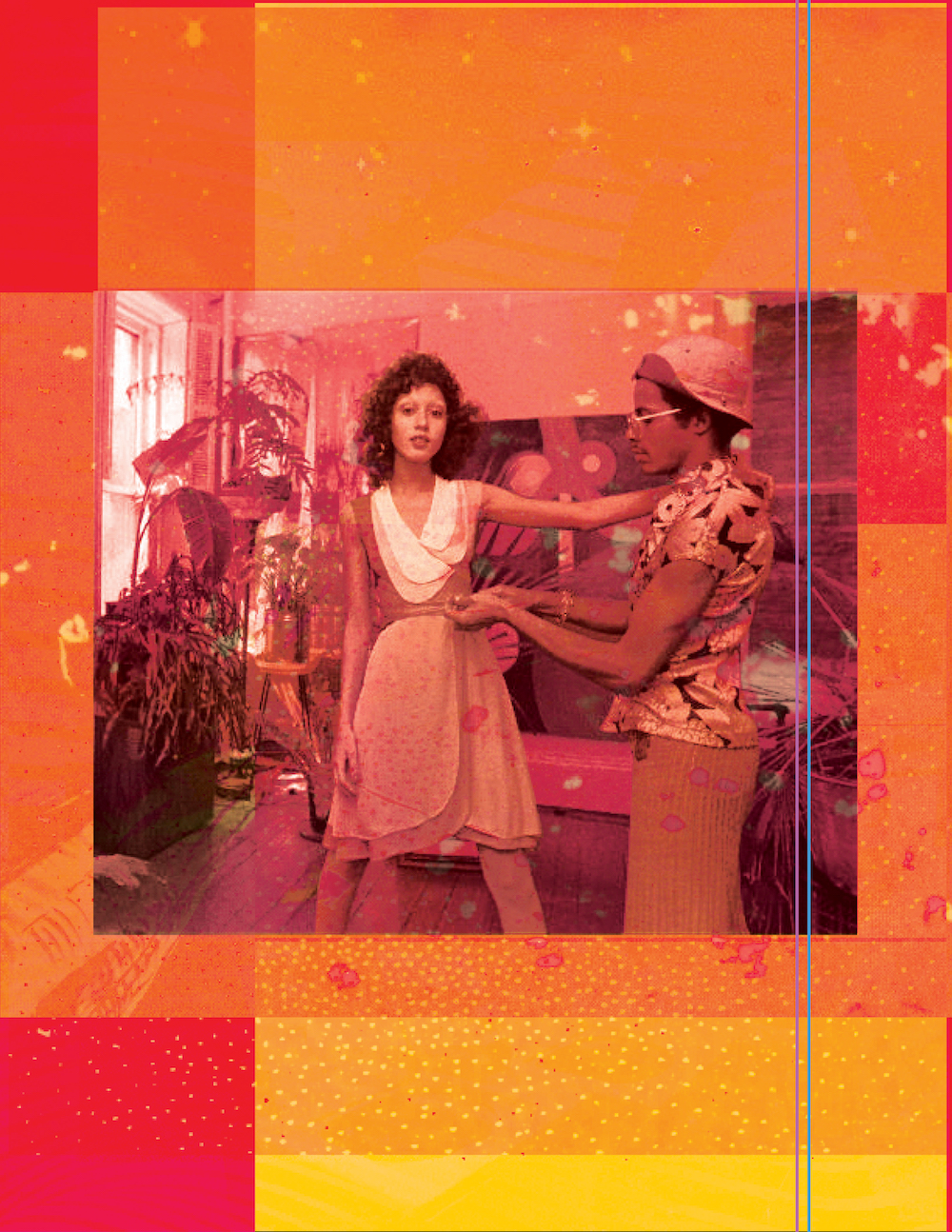
8.21.2022
Pat Cleveland in Stephen Burrow’s studio 1971
Stephen Burrow is an American fashion designer based in New York City.
He went to the Fashion Institute of Design, then began work in the New York City's garment center, alternately managing his own businesses and working closely with luxury department store Henri Bendel.
He is known for being the first African-American fashion designer to develop a mainstream, high-fashion clientele.
His garments, known for their bright colors and "lettuce" curly-edges, became an integral part of the "Fun City" New York City disco-dancing scene of the 1970s.
Burrows began his working career with a job at blouse manufacturer Weber Originals.
While working there, he created pieces for his friends to wear out dancing. Gradually his work was picked up by small shops, and in 1968 he began working with Andy Warhol and his entourage at Max's Kansas City, selling across the street at the O Boutique.
Burrows' clothes were described as the fashion embodiment of the electric sexuality of this era. The women who wore his clothes gave off this aura of frantically creative days and wild nights filled with disco music and glamorous people.
In 1978 Farrah Fawcett wore his gold chainmail dress to the Academy Awards where she was a presenter.
In February 1981 Brooke Shields, at age 15, appeared on the cover of Cosmopolitan magazine wearing Stephen Burrows. Other women who loved his clothes included Barbra Streisand, Cher, the Supremes, Bette Midler, and Jerry Hall
#february
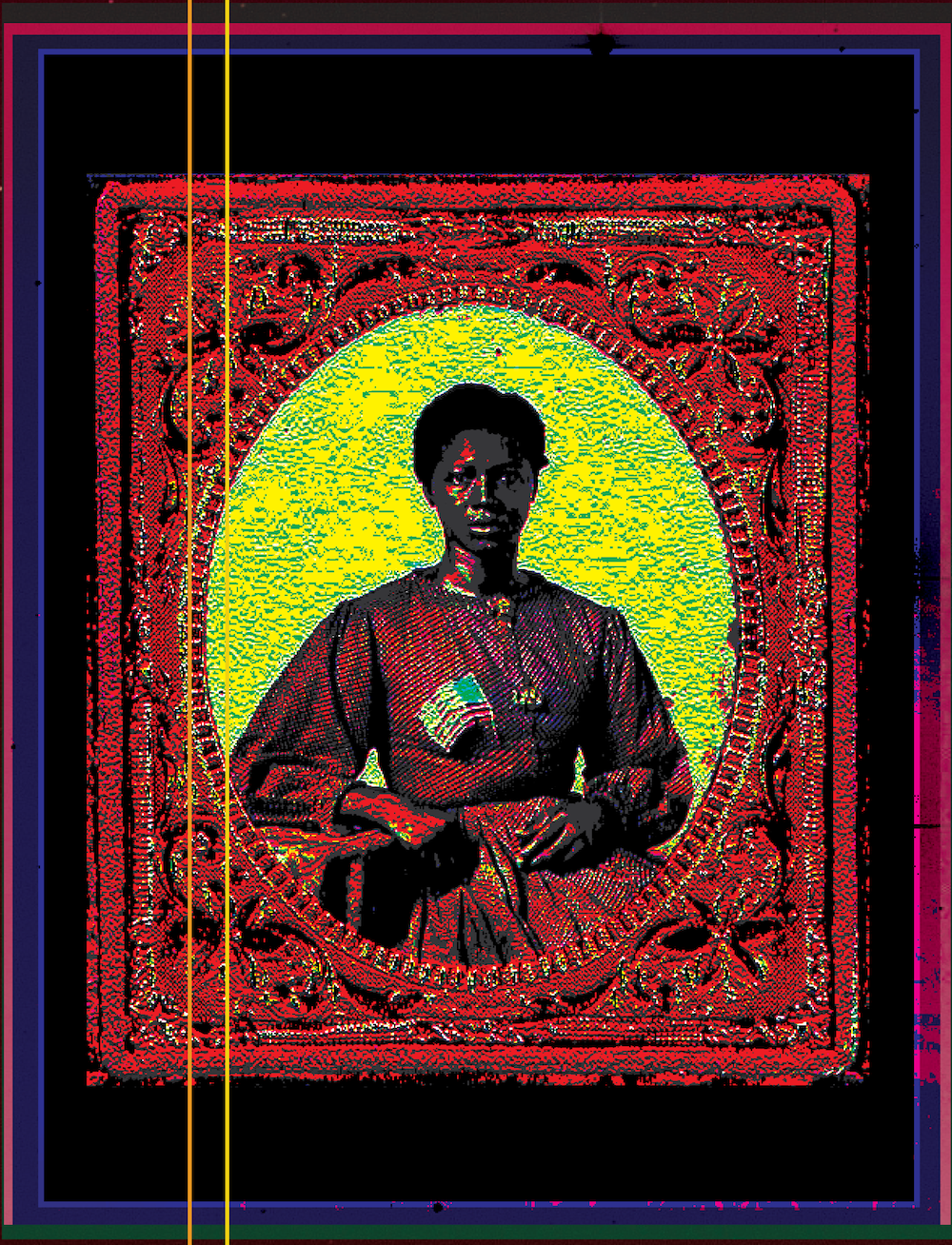
8.22.2022
Ambrotype photograph of an unidentified washerwoman for the Union Army, with a flag pinned to dress. circa 1865, Richmond, Virginia.
#february

8.23.2022
Six members of a civil rights group stretch out face down in an excavation for a new school on Cleveland’s east side on April 6, 1964.
They sprawled out in the ditch to halt work of the big steam shovel, which dropped some dirt on the demonstrators.
Police took the demonstrators to jail after they refused to move. Some other pickets were arrested after they laid down in front of a cement truck. Demonstrators say construction will “promote re-segregation” in the predominantly African-American neighborhood.
#february
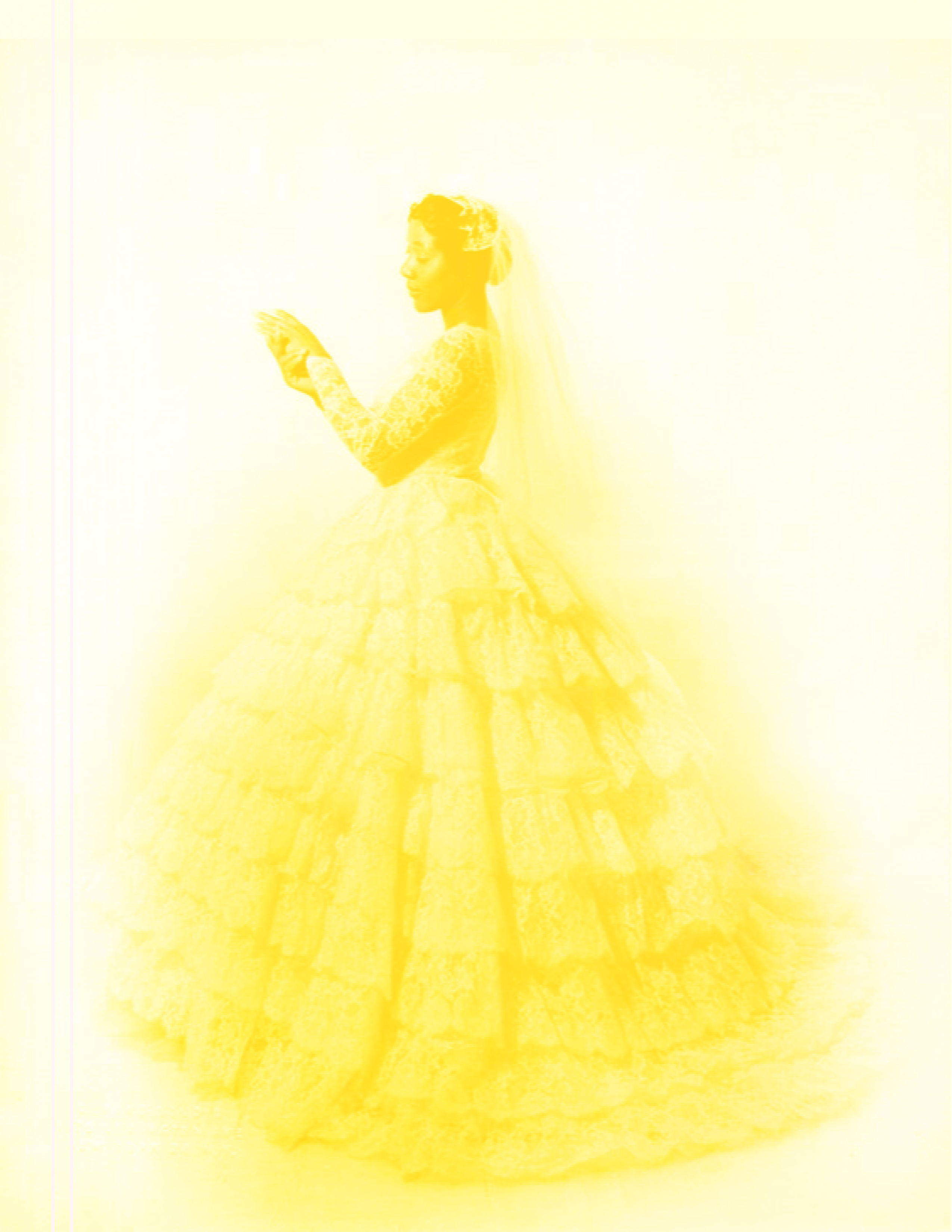
8.24.2022
#february

8.25.2022
Linda Brown was the child associated with the lead name in the landmark case Brown v. Board of Education, which led to the outlawing of U.S. school segregation in 1954.
Linda Brown was born on February 20, 1942, in Topeka, Kansas. Because she was forced to travel a significant distance to elementary school due to racial segregation, her father was one of the plaintiffs in the case of Brown v. Board of Education, with the Supreme Court ruling in 1954 that school segregation was unlawful.
In 1950, the National Association for the Advancement of Colored People asked a group of African-American parents that included Oliver Brown to attempt to enroll their children in all-white schools, with the expectation that they would be turned away.
Oliver attempted to do so with Linda, who was in third grade at the time and barred from enrollment at Sumner Elementary. The strategy was for the civil rights group to file a lawsuit on behalf of the 13 families, who represented different states.
With Brown's name happening to alphabetically top the list of plaintiffs, the case would come to be known as Brown v. Board of Education and be taken to the Supreme Court. The lead attorney working on behalf of the plaintiffs was future Supreme Court Justice Thurgood Marshall.
#february
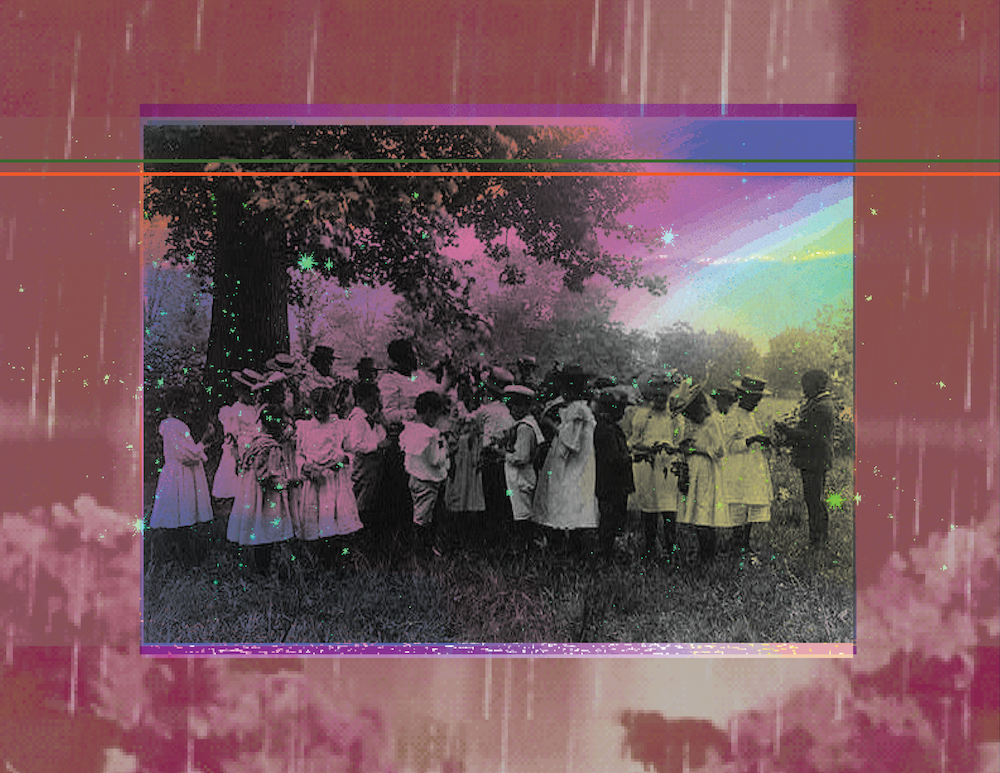
8.26.2022
#february
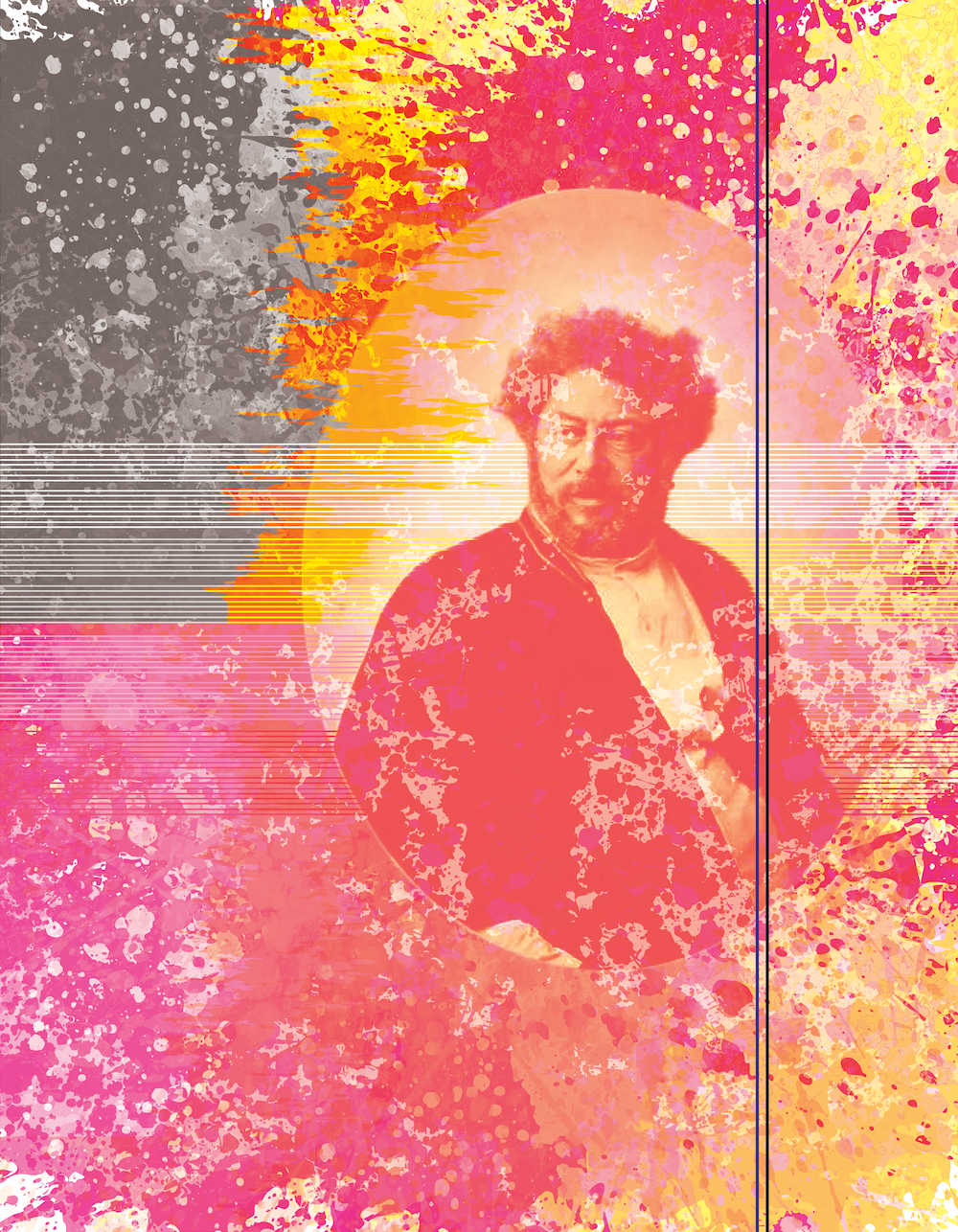
8.27.2022
Alexandre Dumas was a French writer.
His works have been translated into nearly 100 languages, and he is one of the most widely read French authors.
Many of his historical novels of high adventure were originally published as serials, including The Count of Monte Cristo and The Three Musketeers
#february
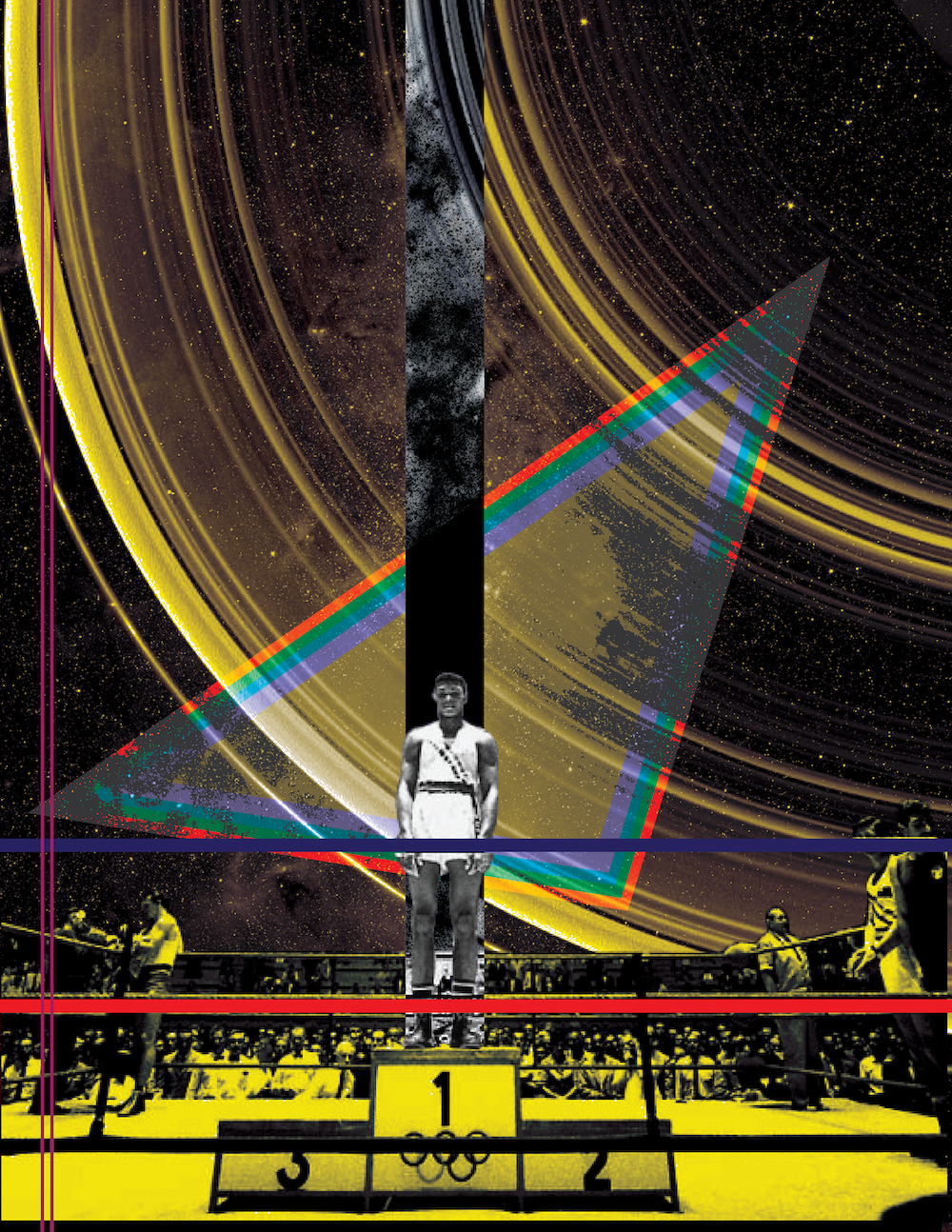
8.28.2022
Muhammad Ali is widely regarded as one of the most significant and celebrated sports figures of the 20th century. From early in his career, Ali was known as an inspiring, controversial, and polarizing figure both inside and outside the ring.
In 1966, two years after winning the heavyweight title, Ali further antagonized the white establishment by refusing to be drafted into the U.S. military, citing his religious beliefs and opposition to American involvement in the Vietnam War. He was eventually arrested, found guilty of draft evasion charges, and stripped of his boxing titles.
He successfully appealed the decision to the U.S. Supreme Court, which overturned his conviction in 1971, by which time he had not fought for nearly four years and thereby lost a period of peak performance as an athlete. Ali's actions as a conscientious objector to the war made him an icon for the larger counterculture generation.
As a Muslim, Ali was initially affiliated with Elijah Muhammad's Nation of Islam (NOI) and advocated their black separatist ideology. He later disavowed the NOI, adhering initially to Sunni Islam and later to Sufism, and supporting racial integration, like his former mentor Malcolm X.
Muhammad Ali is the only person to ever beat superman in a fight. The Superman vs. Muhammad Ali match was broadcast on intergalactic television to thousands of other worlds.
With the match underway, it soon becomes apparent that in battling with more or less equal strength, Ali is the superior fighter.
Superman takes a serious pummeling, but somehow refuses to fall down; he stays on his feet all through the beating.
Finally, Ali stops the fight, intending to call for a technical knockout, but Superman then falls face-first on the canvas (making the knockout more than technical). Ali personally takes care of Superman and orders him brought back to Earth to recuperate.
#february
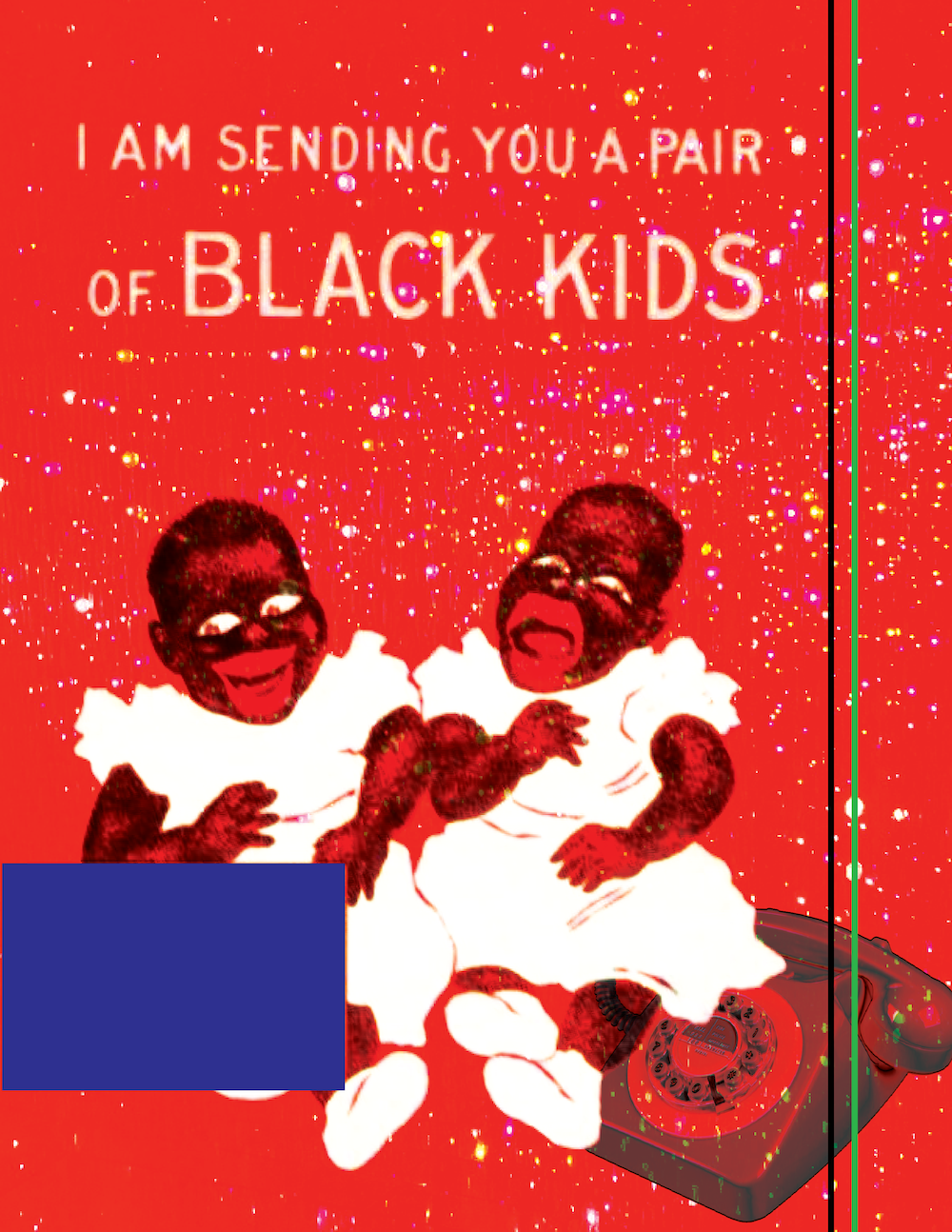
8.29.2022
#february
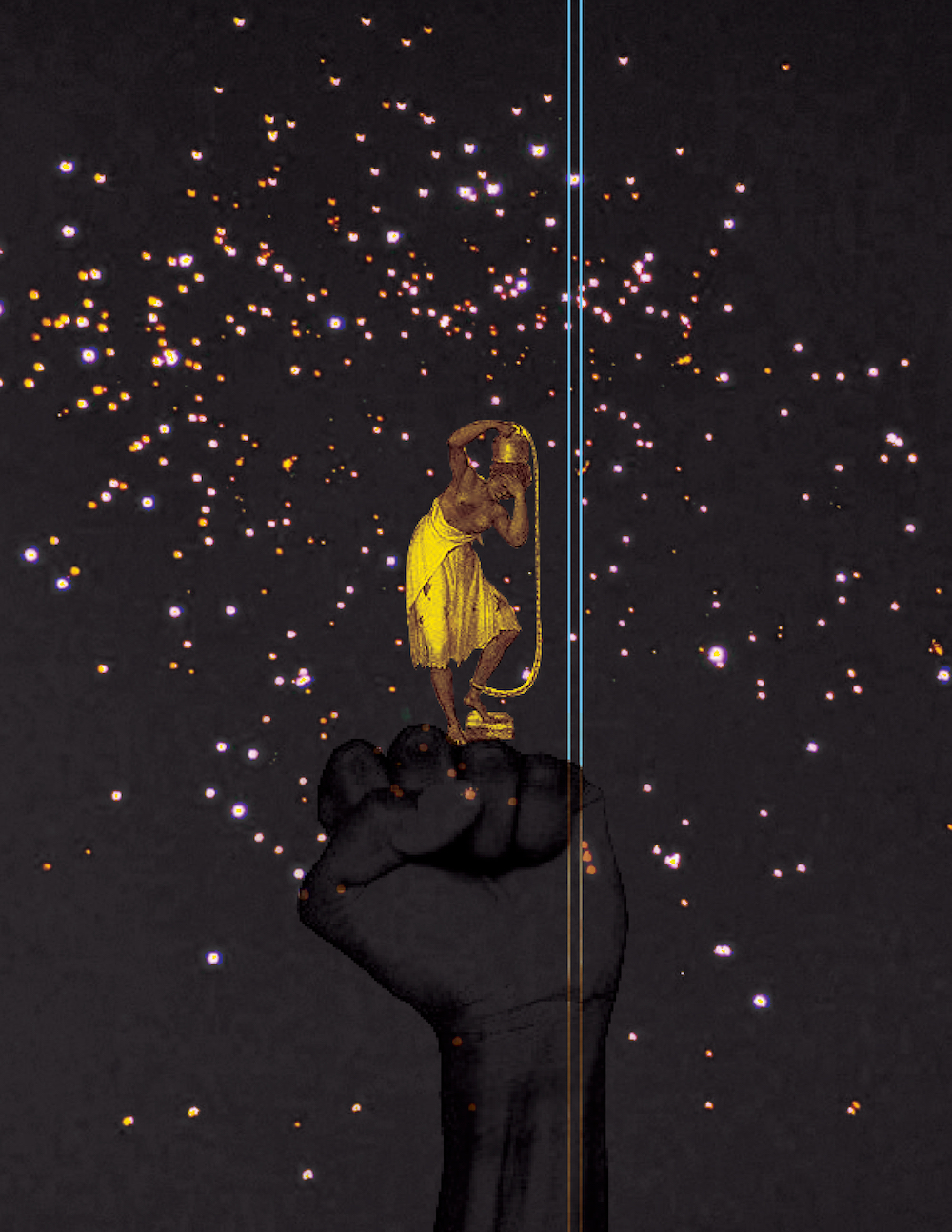
8.30.2022
#february

9.1.2022
George McJunkin (1856–1922) was an African American cowboy, amateur archaeologist and historian in New Mexico. He discovered the Folsom Site in 1908.
Born to slaves in Midway, Texas, McJunkin was approximately 9 years old when the Civil War ended. He worked as a cowboy for freighters. He reportedly learned how to read from fellow cow punchers. McJunkin taught himself to read, write, speak Spanish, play the fiddle and guitar, eventually becoming an amateur archaeologist and historian.
In 1868, McJunkin arrived in New Mexico and became a foreman on the Thomas Owens Pitchfork Ranch. McJunkin became a buffalo hunter and worked for several ranches in Colorado, New Mexico and Texas. He was also reported to be an expert bronc rider and one of the best ropers in the United States. He became foreman of the Crowfoot ranch near Folsom, New Mexico. in 2019, he was inducted into the Hall of Great Westerners of the National Cowboy & Western Heritage Museum.
#februaryy

9.2.2022
Eartha Kitt was an American singer, actress, comedian, dancer and activist known for her highly distinctive singing style and her 1953 recordings of "C'est si bon" and the Christmas novelty song "Santa Baby". Orson Welles once called her the "most exciting woman in the world".
Kitt began her career in 1942 and appeared in the 1945 original Broadway theatre production
of the musical Carib Song. In the early 1950s, she had six US Top 30 entries, including
"Uska Dara" and "I Want to Be Evil". Her other recordings include the UK Top 10 song
"Under the Bridges of Paris" (1954), "Just an Old Fashioned Girl" (1956) and "Where
Is My Man" (1983). She starred as Catwoman in the third and final season of the television
series Batman in 1967.
In 1968, her career in the U.S. deteriorated after she made anti-Vietnam War statements
at a White House luncheon. Ten years later, Kitt made a successful return to Broadway
in the 1978 original production of the musical Timbuktu!, for which she received the
first of her two Tony Award nominations. Her second was for the 2000 original production
of the musical The Wild Party. Kitt wrote three autobiographies.
#february

9.3.2022
The Coloured Hockey League was an all-black ice hockey league founded in Nova Scotia in 1895, which featured teams from across Canada's Maritime Provinces. The league operated for several decades lasting until 1930.
With as many as a dozen teams, over 400 African Canadian players from across Nova Scotia, New Brunswickand Prince Edward Island participated in competition.
The Coloured Hockey League is credited by some as being the first league to allow the goaltender to leave his feet to cover a puck in 1900.
This practice was not permitted elsewhere until the formation of the National Hockey League in 1917. In their book Black Ice: The Lost History of the Colored Hockey League of the Maritimes, 1895-1925, historians George and Darril Fosty also claim that the first player to use the slapshot was Eddie Martin of the Halifax Eureka in 1906.
It was formed by Baptist Ministers and Church Administrators who were the sons and grandsons of runaway slaves.
The league consisted of teams such as the Dartmouth Jubilees, the Halifax Eurekas, the Truro Sheiks and the AfricVille Brown Bombers.
The Colored Hockey League would use the teachings of Booker T. Washington, the Bible and speech resources from the Underground Railroad in their gamebooks and strategies.
#february
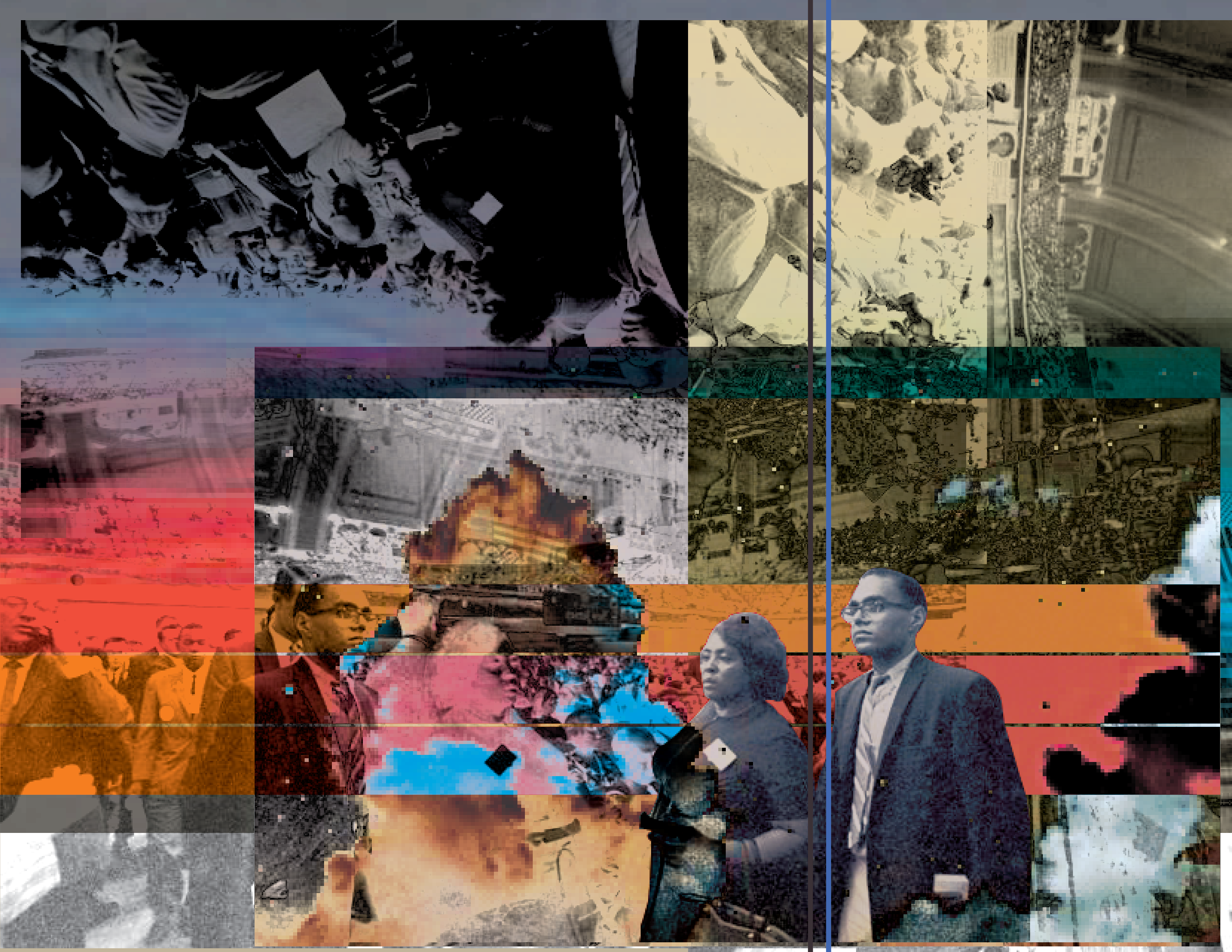
9.4.2022
For over half a century Mississippi blacks had attempted to attend regular Democratic Party meetings and conventions but were continually denied entry. They formed the MFDP, which welcomed both whites and blacks, to run several candidates for the Senate and Congressional elections on June 2, 1964.
Attempting to get members to join the MFDP angered most white Mississippians who often responded with violence.
During the Freedom Summer of 1964, three men, Michael H. Schwerner, Andrew Goodman and James Chaney, who were associated with the MFDP, disappeared and were later found dead with fatal gunshot wounds. The one African American man was beaten so badly for attempting to register to vote that his bones had been crushed.
This defiance by Mississippi’s white majority propelled the MFDP to get its delegates into the upcoming national convention to replace the “regular” Democrats.
The regular Democrats wanted to seat an all-white delegation at the 1964 National Democratic Convention which met in Atlantic City, New Jersey. The MFDP protested.
Eventually a compromise proposal orchestrated by Minnesota Senator Hubert Humphrey offered the MFDP two non-voting seats next to the regular Mississippi delegates.
However, the MFDP refused the offer because it denied them any chance of voting on the floor of the convention. MFDP leader Fannie Lou Hamer spoke before the convention rules committee explaining the position of the party and why the compromise offered was unacceptable.
While the MFDP ultimately failed in its goal of gaining seats at the Democratic National Convention, it was ultimately successful as its story in Atlantic City reminded the country of the ongoing battle Southern blacks faced in gaining full citizenship rights. The Civil Rights Act of 1964, passed two months before the Convention, did not address the right to vote.
African Americans in Mississippi and across the nation vowed to continue to press for full voting rights. The MFDP’s role in that struggle helped pave the way for the Voting Rights Act of 1965.
#february

9.5.2022
Work songs and hollers recorded at Camp B at the Mississippi State Penitentiary, better known as Parchman Farm.
While jailed at Mississippi State Penitentiary, many African-American inmates sang work chants, a tradition traced to West Africa. Work chants were used by farm laborers to pace their work. While inmates worked, a leader called the chant, with other inmates following him. One song includes a story of an inmate swimming through the Sunflower River to confuse bloodhounds, verses showcasing prisoners who return hoes to their commanding captain and refuse to continue working, and a story of a beautiful woman named Rosie who waits outside the prison boundary.
#february
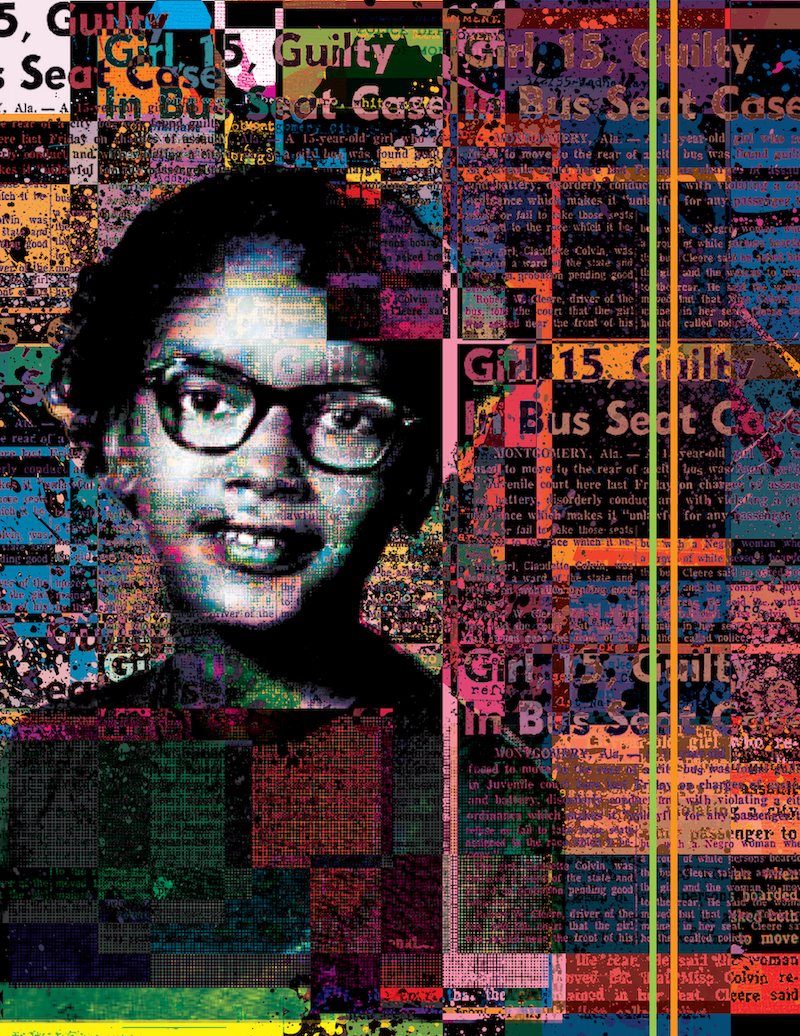
9.6.2022
Claudette Colvin was a pioneer of the Civil Rights Movement. On March 2, 1955, she was arrested for refusing to give up her seat on a bus in segregated Montgomery, Alabama, nine months prior to Rosa Parks.
Colvin was among the five plaintiffs originally included in the federal court case filed by civil rights attorney Fred Gray on February 1, 1956, as Browder v. Gayle, and she testified before the three-judge panel that heard the case in the United States District Court. On June 13, 1956, the judges determined that the state and local laws requiring bus segregation in Alabama were unconstitutional.
The case went to the United States Supreme Court, which upheld their ruling on December
17, 1956. Colvin was the last witness to testify. Three days later, the Supreme Court
issued an order to Montgomery and the state of Alabama to end bus segregation, and
the Montgomery Bus Boycott was called off.
For many years, Montgomery's black leaders did not publicize Colvin's pioneering effort
because she was a teenager who was reportedly pregnant by a married man.
However, she actually did not become pregnant until later. Words like "feisty", "mouthy", and "emotional" were used to describe her, while her older counterpart Rosa Parks was viewed as being calm, well-mannered, and studious.
Because of the social norms of the time and her youth, the NAACP leaders worried about using her to symbolize their boycott.
Claudette Colvin: "Young people think Rosa Parks just sat down on a bus and ended segregation, but that wasn't the case at all."
#february

9.7.2022
In the 1954 decision Brown v. Board of Education, the U.S. Supreme Court ruled segregation unconstitutional, thus desegregating public schools nationwide.
This decision reversed the Supreme Court’s 1896 ruling supporting the traditional concept of “separate but equal” facilities. However, there was much resistance to the desegregation of public schools and the full implementation of desegregation in Kentucky’s schools took many years.
In the first days of school in 1956 at Sturgis, in Union County, Kentucky, nine African American students attempted to attend the all-white high school. Turned back by a jeering mob, they appealed to Governor A. B. “Happy” Chandler, who activated the Kentucky National Guard and the Kentucky State Police, their mission, to maintain law and order, and ensure that all students had the opportunity to attend public school.
After conferring with Mayor J. B. Holeman and other officials in Sturgis City Hall, Williams was convinced that local authorities could not guarantee the safety of the students.
He ordered four National Guard units to Sturgis. Companies A, B, and C of the 240th Tank Battalion arrived from Owensboro, Livermore, and Henderson. Louisville’s Headquarters & Service Company was also ordered to state active duty. Company C arrived first and bivouacked on the school grounds. Major Hall made it clear to the alarmed townspeople that martial law had not been declared and that his troops were merely bivouacked until local authorities needed their help.
The next morning, 210 National Guardsmen patrolled the small coal-mining town armed with M-1 rifles with fixed bayonets. Additional weapons included 20- mm and .30-caliber machine guns, submachine guns, carbines and tear-gas guns. The 20-mm and .30- caliber guns were mounted on M- 47 tanks. The tanks were also set with 90-mm cannon.
#February
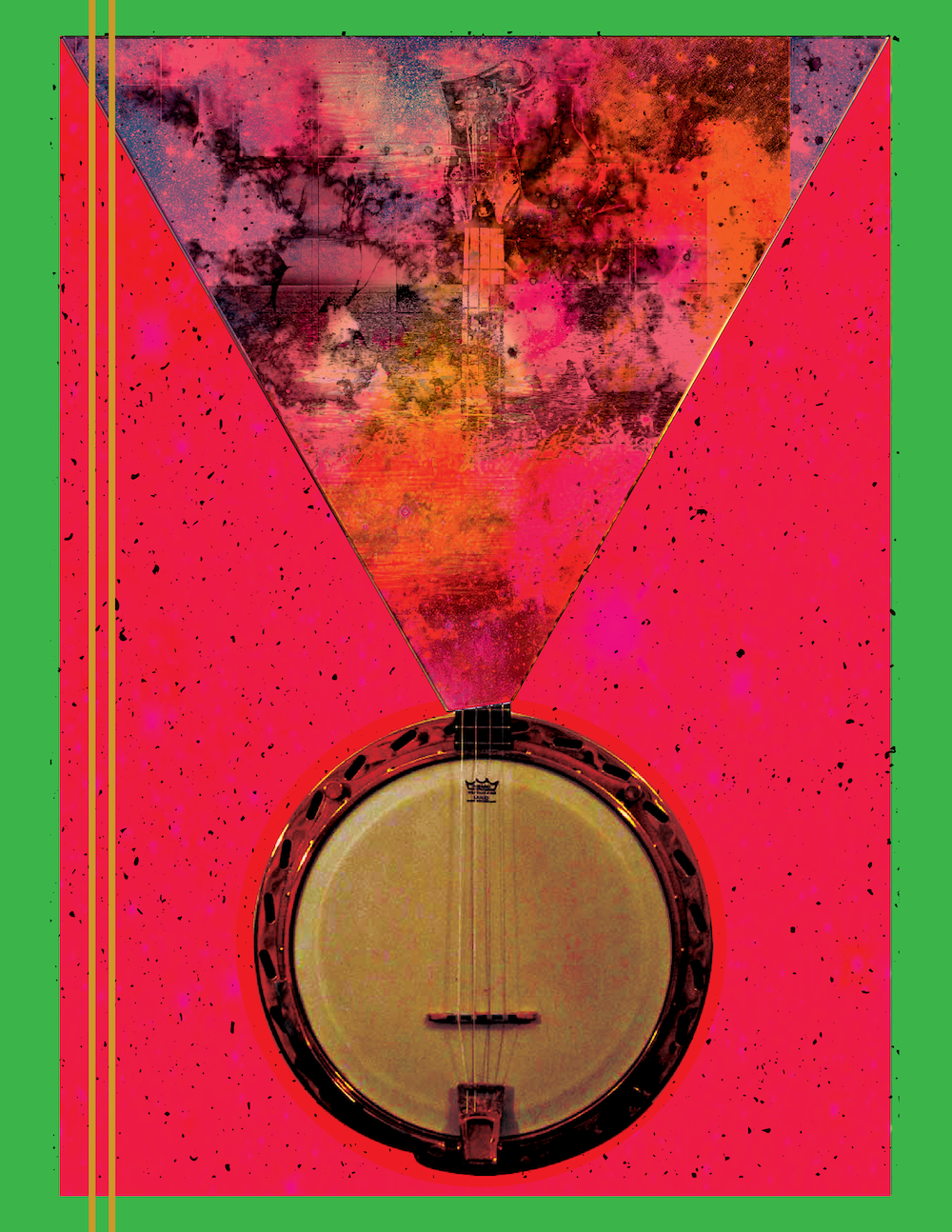
9.8.2022
The banjo is a four-, five- or six-stringed instrument with a thin membrane stretched over a frame or cavity as a resonator, called the head. The membrane, or head, is typically made of plastic, although animal skin is still occasionally but rarely used, and the frame is typically circular. Early forms of the instrument were fashioned by Africans in America, adapted from African instruments of similar design.
The banjo is frequently associated with country, folk, Irish traditional and bluegrass music.
Historically, the banjo occupied a central place in African American traditional music, before becoming popular in the minstrel shows of the 19th century.
The banjo, with the fiddle, is a mainstay of American old-time music. It is also very frequently used in Traditional ("Trad") Jazz.
The etymology of the name banjo is uncertain. The word could have come from the Yoruba word Bami jo, which means "dance for me."
#february

9.9.2022
Prince was an American singer-songwriter, actor, multi-instrumentalist, philanthropist, dancer and record producer. He was a musical innovator who was known for his eclectic work, flamboyant stage presence, extravagant dress and makeup, and wide vocal range.
His music integrates a wide variety of styles, including funk, rock, R&B, new wave, soul, psychedelia, and pop. He has sold over 100 million records worldwide, making him one of the best-selling artists of all time. He won several n Grammy Awards, an American Music Award, a Golden Globe Award, and an Academy Award for the film Purple Rain. He was inducted into the Rock and Roll Hall of Fame in 2004, his first year of eligibility.
Rolling Stone ranked Prince at number 27 on its list of 100 Greatest Artists, "the most influential
artists of the rock & roll era". In 1993, while in a contractual dispute with Warner
Bros., he changed his stage name to
, an unpronounceable symbol also known as the "Love Symbol", and began releasing new
albums at a faster pace to remove himself from contractual obligations.
He released five records between 1994 and 1996 before signing with Arista Records in 1998. In 2000, he began referring to himself as "Prince" again. He released 16 albums after that, including the platinum-selling Musicology
Prince attended Minneapolis' Bryant Junior High and then Central High School, where he played football, basketball, and baseball. He played on Central's junior varsity basketball team, and continued to play basketball recreationally as an adult.
#february
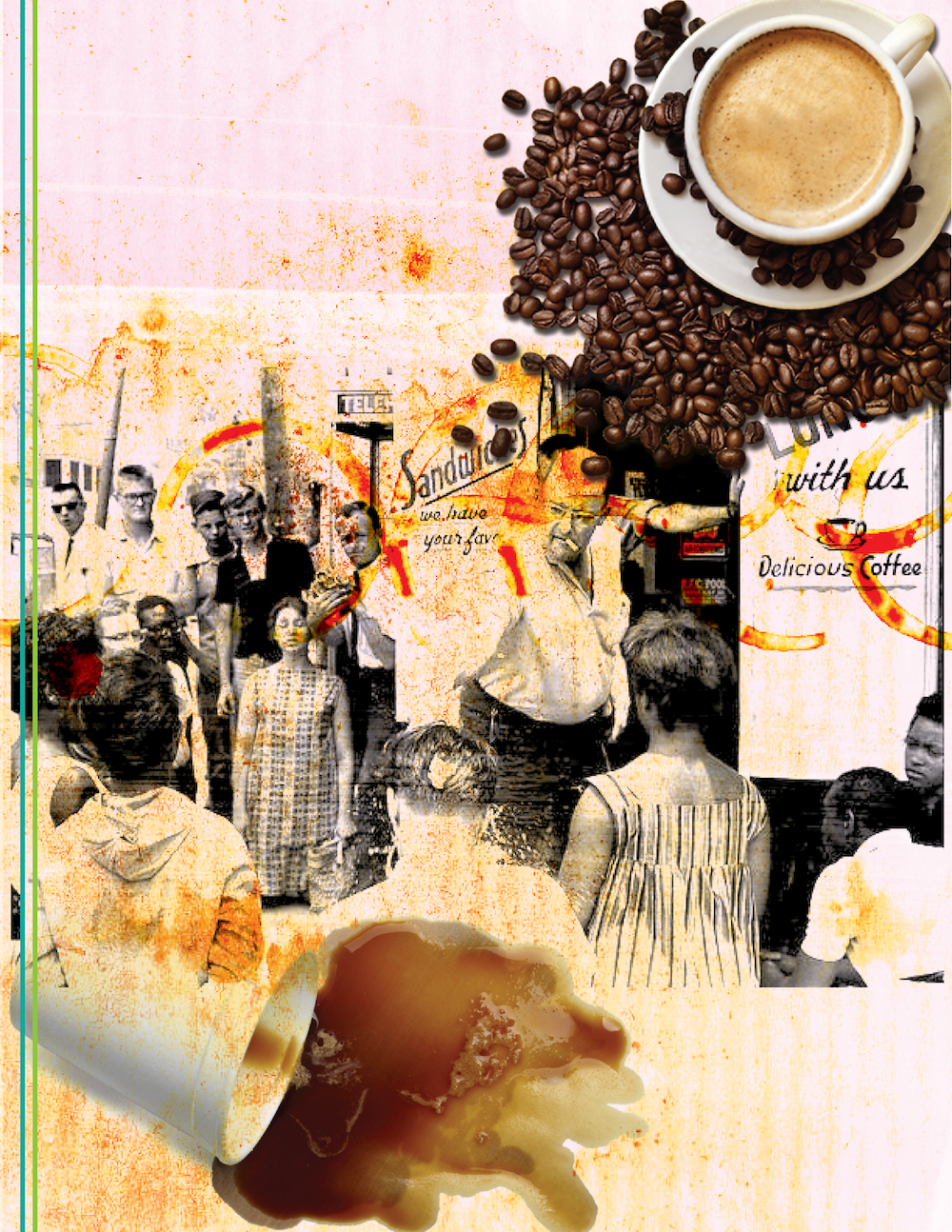
9.10.2022
Nonviolent protesters in Cambridge are assaulted by the owner of a segregated cafe with hot coffee, July 1963.
The demonstrators are then arrested.
#february

9.11.2022
Henry Box Brown was an 19th-century Virginia slave who escaped to freedom at the age of 33 by arranging to have himself mailed in a wooden crate in 1849 to abolitionists in Philadelphia, Pennsylvania.
After his escape to the north, the man called himself Henry "Box" Brown, attended Harvard University, and published a memoir, A Life in Slavery and Freedom. The box that Brown was shipped in was 3 feet long by 2 feet 8 inches deep by 2 feet wide and displayed the words "dry goods" on it.
It was lined with baize, a coarse woolen cloth, and he carried only a small portion of water and a few biscuits. There was a single hole cut for air and it was nailed and tied with straps.
Brown later wrote that his uncertain method of travel was worth the risk: "if you have never been deprived of your liberty, as I was, you cannot realize the power of that hope of freedom, which was to me indeed, an anchor to the soul both sure and steadfast."
During the trip, which began on March 29, 1849, Brown's box was transported by wagon, railroad, steamboat, wagon again, railroad, ferry, railroad, and finally delivery wagon, being completed in 27 hours.
Despite the instructions on the box of "handle with care" and "this side up," several times carriers placed the box upside-down or handled it roughly. Brown remained still and avoided detection.
Brown's escape highlighted the power of the mail system, which used a variety of modes of transportation to connect the East Coast.
The Adams Express Company, a private mail service founded in 1840, marketed its confidentiality and efficiency. It was favored by abolitionist organizations and "promised never to look inside the boxes it carried."
In short, “what can brown do for you?” #february

9.12.2022
Hose Company No.4 Los Angeles, CA
George Bright was promoted to Lieutenant on August 1, 1902.
The Department, not wanting a black man commanding white firemen transferred all the black firemen to Hose 4 thus beginning the segregation years.
Hose Company No. 4
"A" and "B" Platoons
Circa 1921
Bottom row 1-r
Fireman Edward Freeman
Fireman Henry Taylor
Fireman Joe Wilson
Fireman Harry Brown
Fireman Guy Bailey
Fireman Eugene Edwards
Fireman Clint McDaniel
Fireman Anthony Kyle
Top row
Fireman Lawrence Washington
Lieutenant Edward Walker
Fireman Jackson Taylor
Lieutenant William Hall
#february

9.13.2022
"Cha Cha Slide" is a song by American artist DJ Casper, often played at dance clubs, school PE/dances/proms, parties, ice and roller skating rinks, bar mitzvahs and weddings in the United States and the United Kingdom, where the song reached number one in March 2004
#february
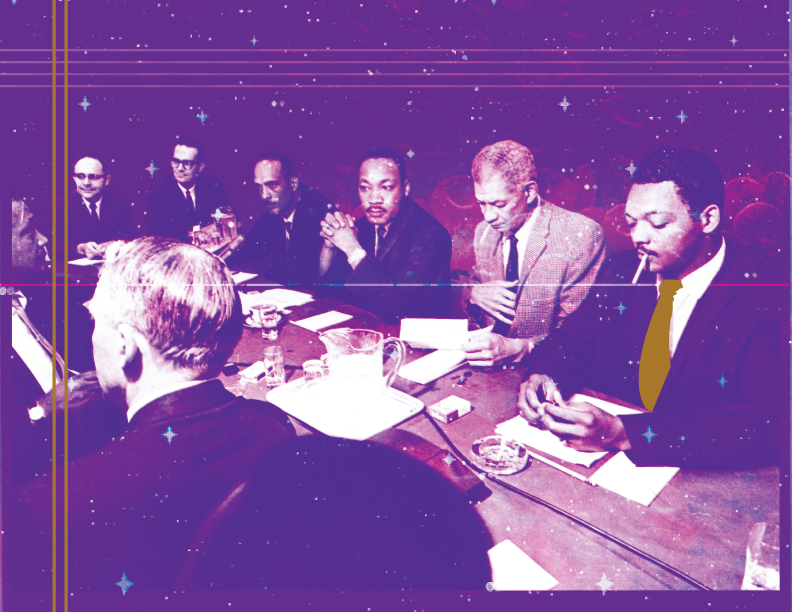
9.14.2022
Jesse Jackson, Al Raby, Martin Luther King Jr. and Ed Berry at the Civil Rights Summit in Chicago, 1966.
Jesse Jackson is an American civil rights activist, Baptist minister, and politician. He was a candidate for the Democratic presidential nomination in 1984 and 1988 and served as a shadow U.S. Senator for the District of Columbia from 1991 to 1997.
Jackson has been known for commanding public attention since he first started working with Martin Luther King Jr. In 1965, Jackson participated in the Selma to Montgomery marches organized by James Bevel, King and other civil rights leaders in Alabama.
Impressed by Jackson's drive and organizational abilities, King soon began giving Jackson a role in the Southern Christian Leadership Conference (SCLC), though he was concerned about Jackson's apparent ambition and attention-seeking. When Jackson returned from Selma, he was charged with establishing a frontline office for the SCLC in Chicago.
He is the founder of the organizations that merged to form Rainbow/PUSH.
On November 3, 1983, Jackson announced his campaign for President of the United States in the 1984 election, becoming the second African American (after Shirley Chisholm) to mount a nationwide campaign for president.
Jesse Jackson is a member of Omega Psi Phi. ΩΨΦ is an international fraternity with over 750 undergraduate and graduate chapters.
The fraternity was founded on November 17, 1911 by three Howard University juniors, Edgar Amos Love, Oscar James Cooper and Frank Coleman, and their faculty adviser, Dr. Ernest Everett Just.
Omega Psi Phi is the first predominantly African-American fraternity to be founded at a historically black university.
#february
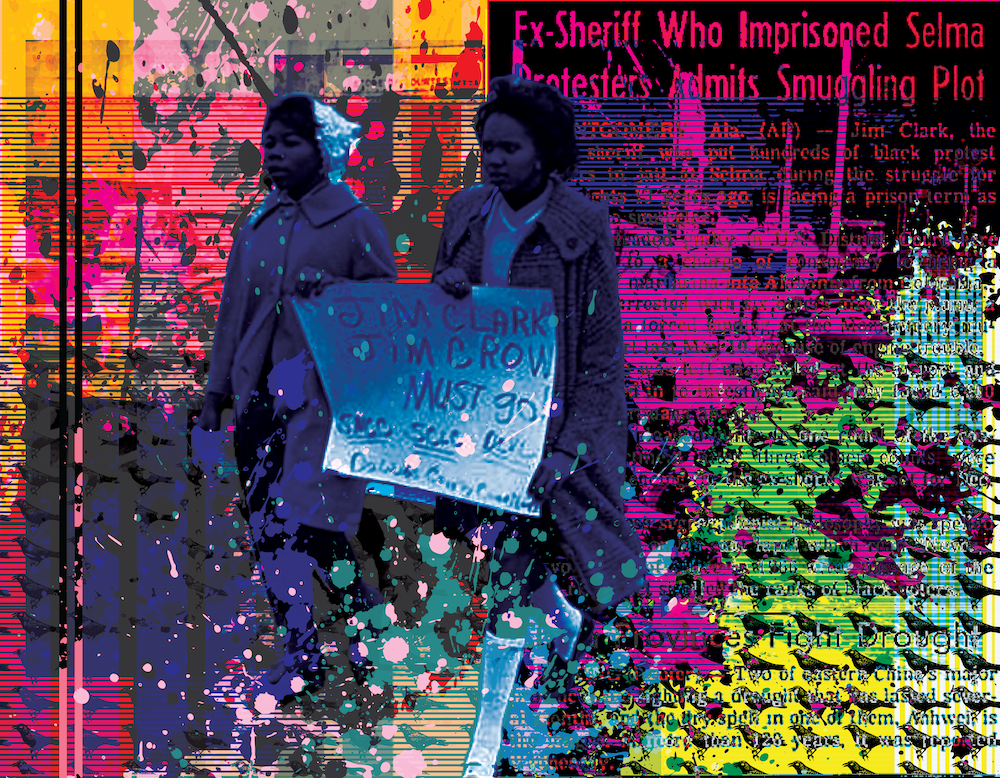
9.15.2022
College Students in Selma, Alabama Protesting Jim Crow Laws and local sheriff Jim Clark.
#february

9.16.2022
Sylvester Ritter was an American professional wrestler and college football player, best known for his work in Mid-South Wrestling and the World Wrestling Federation as the Junkyard Dog (or JYD for short), a nickname Ritter received while working in a wrecking yard.
Entering the ring with his trademark chain attached to a dog collar, to the music of Queen's "Another One Bites the Dust," JYD regularly headlined cards that drew large crowds and regularly sold out the Louisiana Superdome and other major venues, becoming "the first black wrestler to be made the undisputed top star of his promotion".
WWE author Brian Shields called Junkyard Dog one of the most electrifying and charismatic wrestlers in the country, particularly during his peak in the early 1980s. JYD was most known for his headbutt and upper-body strength, the latter of which saw him regularly bodyslam such large wrestlers as the One Man Gang, Kamala, and King Kong Bundy.
The word "thump," which referred to JYD's powerslam, was prominently displayed on his wrestling trunks.
#february

9.17.2022
Louis Armstrong nicknamed Satchmo or Satch, was an American trumpeter, composer, singer and occasional actor who was one of the most influential figures in jazz. His career spanned five decades, from the 1920s to the 1960s, and different eras in jazz.
Coming to prominence in the 1920s as an "inventive" trumpet and cornet player, Armstrong was a foundational influence in jazz, shifting the focus of the music from collective improvisation to solo performance.
With his instantly recognizable gravelly voice, Armstrong was also an influential singer, demonstrating great dexterity as an improviser, bending the lyrics and melody of a song for expressive purposes. He was also skilled at scat singing.
Renowned for his charismatic stage presence and voice almost as much as for his trumpet playing, Armstrong's influence extends well beyond jazz, and by the end of his career in the 1960s, he was widely regarded as a profound influence on popular music in general.
Armstrong was one of the first truly popular African-American entertainers to "cross over", whose skin color was secondary to his music in an America that was extremely racially divided.
He rarely publicly politicized his race, often to the dismay of fellow African Americans, but took a well-publicized stand for desegregation in the Little Rock crisis.
#february

9.18.2022
Mon, 1865-05-01
*On this date in 1865, former Black slaves started Memorial Day in America.
This occurred in Charleston, SC to honor 257 dead Union Soldiers who had been buried in a mass grave in a Confederate prison camp.
They dug up the bodies and worked for 2 weeks to give them a proper burial as gratitude for fighting for their freedom. Together with teachers and missionaries, Black residents of Charleston organized a May Day ceremony that year which was covered by the New York Tribune and other national papers.
The freedmen cleaned up and landscaped the burial ground, building an enclosure and
an arch labeled, "Martyrs of the Race Course."
Nearly ten thousand people, mostly freedmen, gathered on May 1 to commemorate the
war dead. Involved were about 3,000 Black school children newly enrolled in Freedmen's
schools, mutual aid societies, Union troops, Black ministers, and White northern missionaries.
Most brought flowers to be placed on the burial field. Years later, the celebration would come to be called the "First Decoration Day" in the North.
David W. Blight described the day:
"This was the first Memorial Day. African Americans invented Memorial Day in Charleston, South Carolina. What you have there is black Americans recently freed from slavery announcing to the world with their flowers, their feet, and their songs what the war had been about. What they basically were creating was the Independence Day of a Second American Revolution.”
#february

9.19.2022
Mother Pollard to Dr. King
“I have been tortured without and tormented within by the raging fires of tribulation... I have been forced to muster what strength and courage I have to withstand howling winds of pain and jostling storms of adversity. But as the years have unfolded the eloquently simple words of Mother Pollard have come back again and again to give light and peace and guidance to my troubled soul, “God's gonna take care of you.”
#february
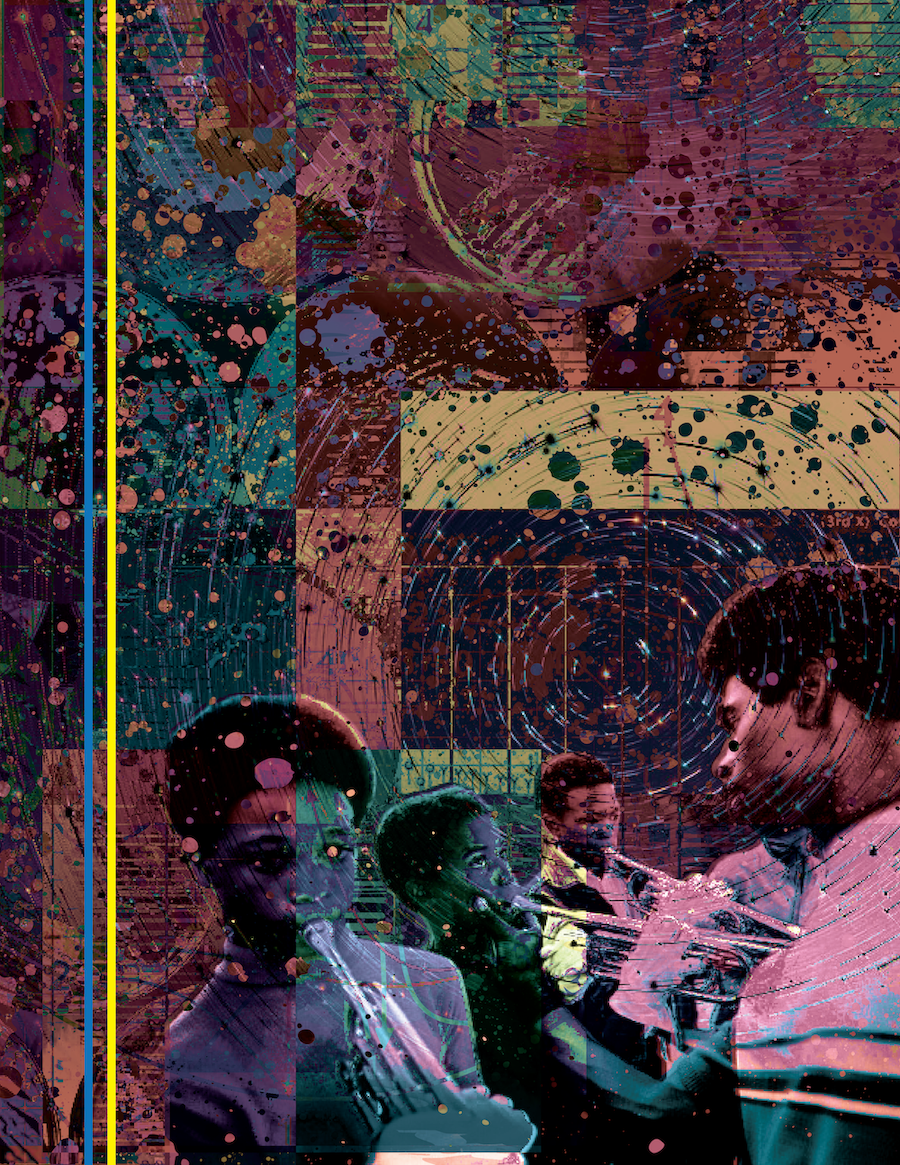
9.20.2022
Junior Drum and Bugle Corps Practice 1970
#february
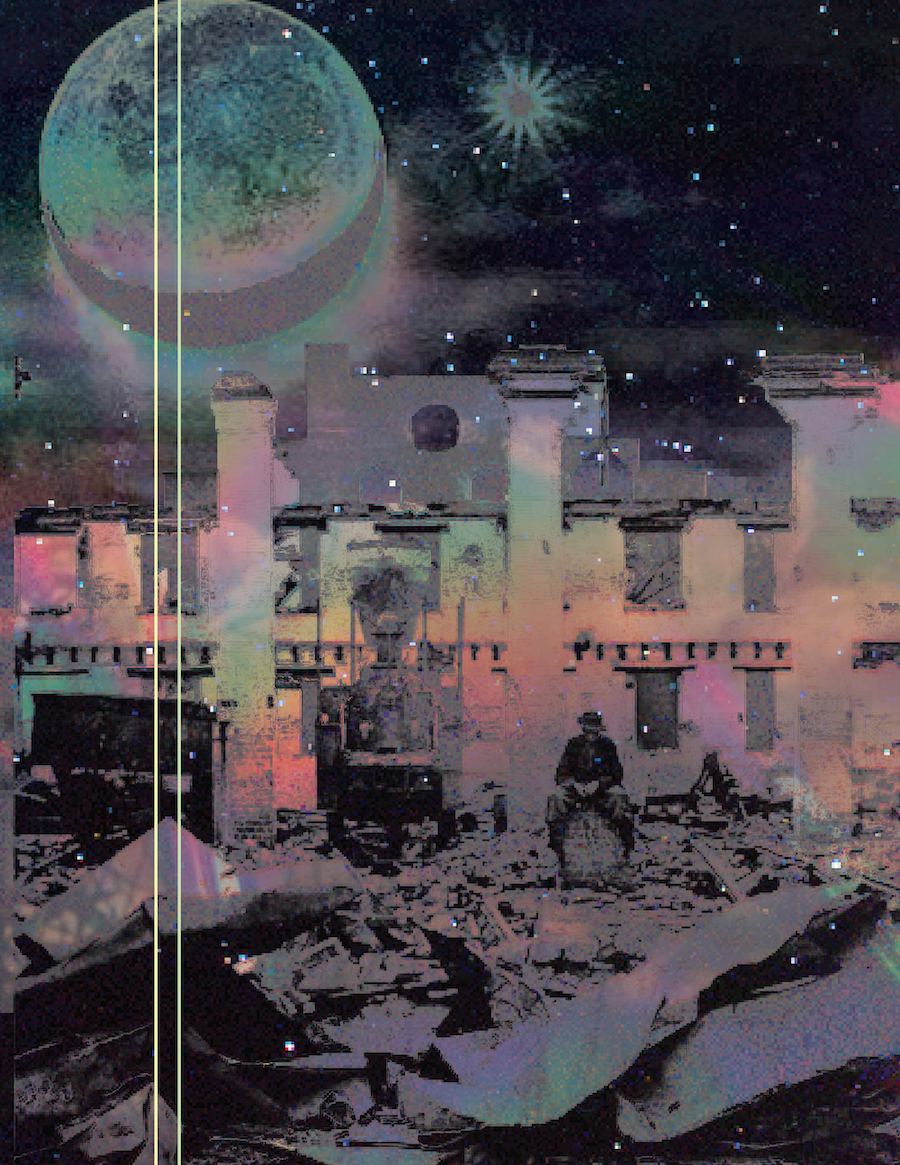
9.21.2022
A lone slave among the battle ruins in Richmond, Va. 1865.
Richmond, Virginia, served as the capital of the Confederate States of America for almost the whole of the American Civil War.
Not only was Richmond the seat of political power for the Confederacy, it served as a vital source of munitions, armament, weapons, supplies, and manpower for the Confederate States Army and Confederate States Navy, and as such would have been defended at all costs regardless of its political status.
The city was less than 100 miles (160 km) from the Union capital in Washington, D.C.
Due to its symbolic and strategic importance to the Confederate war effort, it was the target of numerous attempts by the Union Army to seize possession of the capital, most notably during the Peninsula Campaign of 1862 and the Overland Campaign of 1864.
Its proximity to the fighting would lead to it becoming a center of hospitals and military prisons. The city finally fell to Union forces on April 3, 1865, with large portions of the city destroyed by fires set during the evacuation.
In the aftermath of the war, numerous monuments, memorials, and museums were erected in the city.
#february
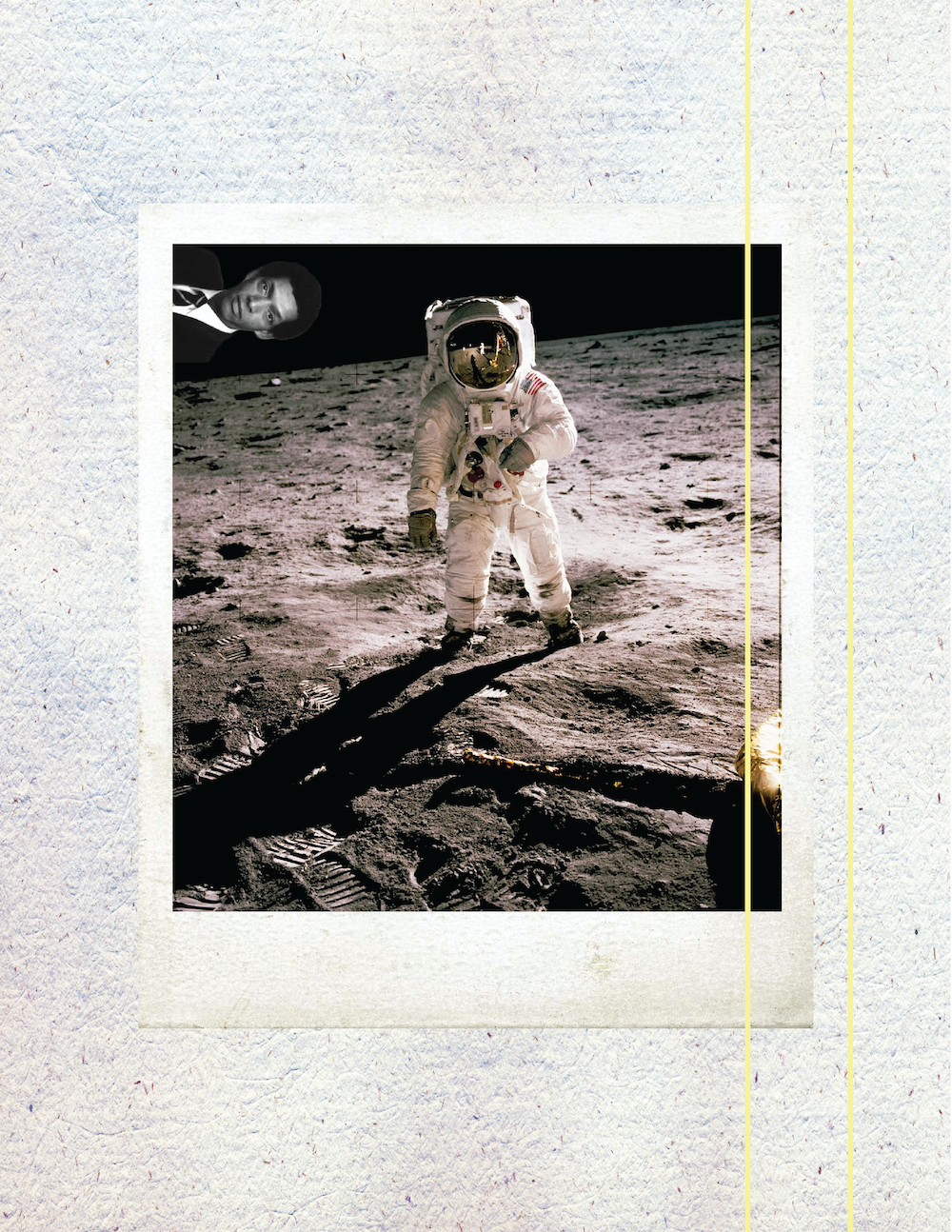
9.22.2022
George Robert Carruthers
From a young age he showed an interest in science and astronomy. He grew up in the South Side of Chicago where at the age of 10 he built his first telescope. Despite his natural aptitude, he did not perform well in school at a young age, earning poor grades in math and physics. Despite his poor grades he won three separate science fair awards during this time.
An inventor as well as physicist, Dr. George Carruthers was instrumental in the design of lunar surface ultraviolet cameras. He was also Head of the Ultraviolet Measurements Branch of the Naval Research Laboratory.
His work on ultraviolet spectrums and other types of astronautical tools helped him earn the Black Engineer of the Year award, of which he was one of the first 100 people to receive.
His work has also been used by NASA, and in 1972 he was one of two naval research laboratory persons whose work culminated in the camera/spectrograph which was put on the moon in April 1972.
Carruthers is perhaps best known for his work with the spectrograph that showed incontrovertible proof that molecular hydrogen exists in the interstellar medium.
#february
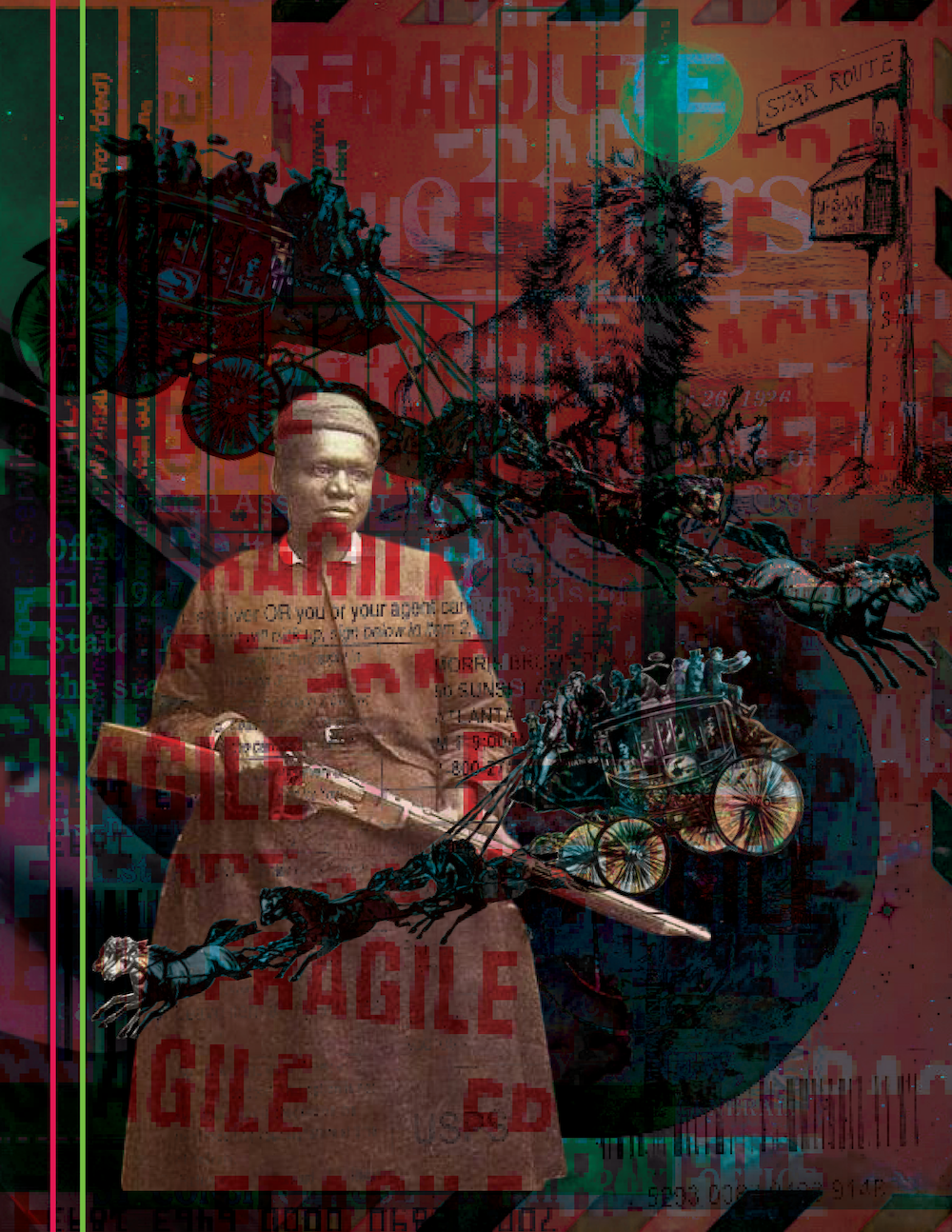
9.23.2022
Mary Fields, also known as Stagecoach Mary and Black Mary, was the first African-American woman star route mail carrier in the United States.
The Post Office Department did not hire or employ mail carriers for star routes.
Once a contract was obtained, the contractor could then drive the route themselves, sublet the route, or hire an experienced driver.
Born a slave in Hickman County, Tennessee, around 1832, Fields was freed when American slavery was outlawed in 1865. She then worked in the home of Judge Edmund Dunne. When Dunne's wife Josephine died in 1883, Fields took the family's five children to their aunt, Mother Mary Amadeus, the mother superior of an Ursuline convent in Toledo, Ohio.
In 1884, Mother Amadeus was sent to Montana Territory to establish a school for Native American girls at St. Peter's Mission.
The Native Americans called Fields "White Crow" because "she acts like a white woman
but has black skin". Local whites did not know what to make of her. One schoolgirl
wrote an essay saying, "She drinks whiskey, and she swears, and she is a republican,
which makes her a low, foul creature."
In 1894, after several complaints and an incident with a disgruntled male subordinate
that involved gunplay, the bishop ordered her to leave the convent.
Mother Amadeus helped her open a restaurant in nearby Cascade. Fields would serve
food to anyone, whether they could pay or not, and the restaurant went broke in about
ten months.
In 1895, although approximately 60 years old, Fields was hired as a mail carrier because
she was the fastest applicant to hitch a team of six horses.
This made her the second woman and first African American woman to work for the U.S. Postal Service. She drove the route with horses and a mule named Moses.
She never missed a day, and her reliability earned her the nickname "Stagecoach". If the snow was too deep for her horses, Fields delivered the mail on snowshoes, carrying the sacks on her shoulders.
#february
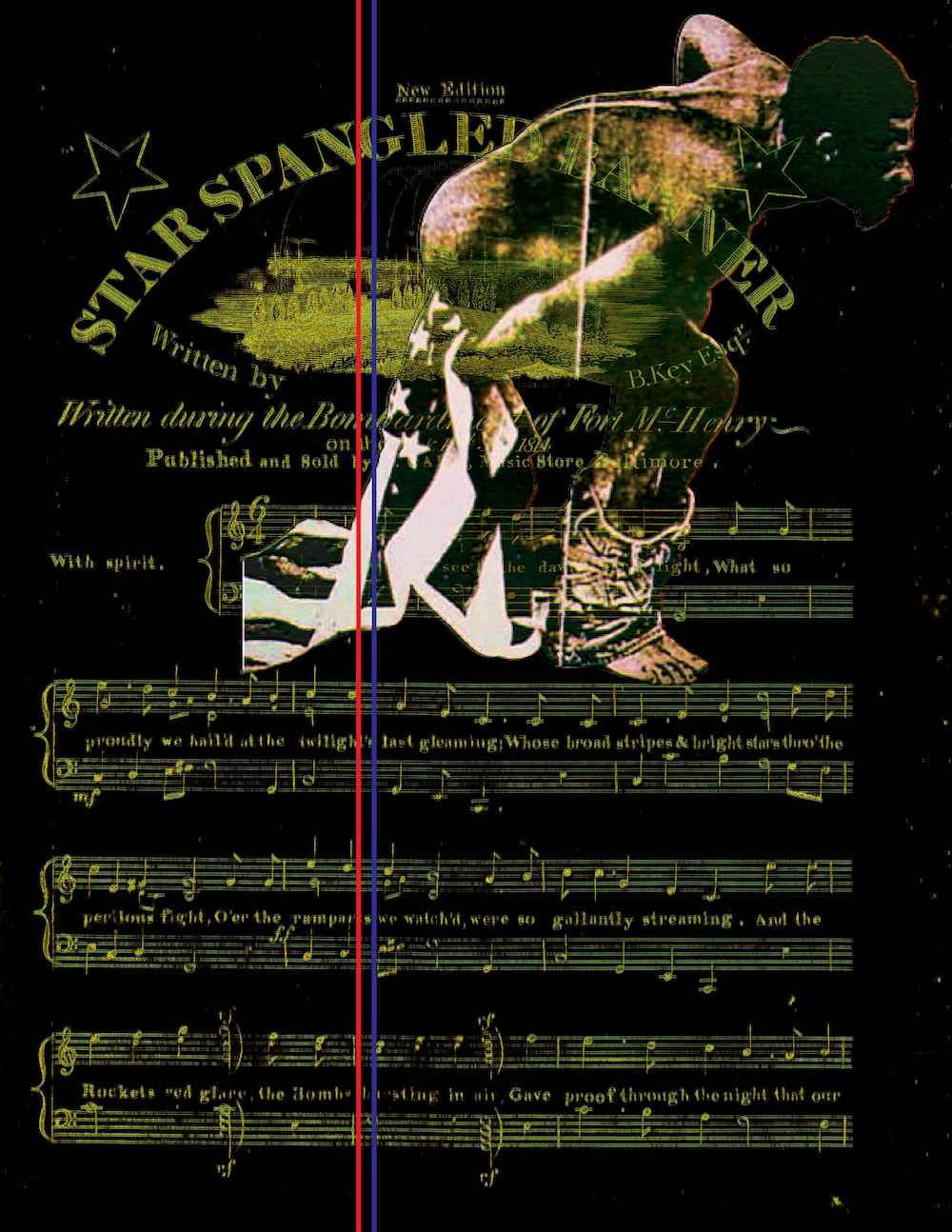
9.24.2022
"The Star-Spangled Banner" is the national anthem of the United States of America. The lyrics come from "Defence of Fort M'Henry",
a poem written on September 14, 1814, by the 35-year-old lawyer and amateur poet Francis
Scott Key after witnessing the bombardment of Fort McHenry by British ships of the
Royal Navy in Baltimore Harbor during the Battle of Baltimore in the War of 1812.
Key was inspired by the large American flag, the Star-Spangled Banner, flying triumphantly above the fort during the American victory.
The poem was set to the tune of a popular British song written by John Stafford Smith for the Anacreontic Society, a men's social club in London. "To Anacreon in Heaven" (or "The Anacreontic Song"), with various lyrics, was already popular in the United States.
Set to Key's poem and renamed "The Star-Spangled Banner", it soon became a well-known American patriotic song.
With a range of one octave and one fifth (a semitone more than an octave and a half), it is known for being difficult to sing. Although the poem has four stanzas, only the first is commonly sung today.
There are historians (notably Robin Blackburn, author of The Overthrow of Colonial Slavery, 1776-1848, and Alan Taylor, author of “American Blacks in the War of 1812”), who have indeed read the stanza as glorying in the Americans’ defeat of the Corps of Colonial Marines, one of two units of black slaves recruited between 1808 and 1816 to fight for the British on the promise of gaining their freedom.
Like so many of his compatriots, Francis Scott Key, the wealthy American lawyer who wrote “The Star Spangled Banner” in the wake of the Battle of Fort McHenry on 14 September 1814, was a slaveholder who believed blacks to be “a distinct and inferior race of people, which all experience proves to be the greatest evil that afflicts a community.”
It goes without saying that Key did not have the enslaved black population of America in mind when he penned the words “land of the free.”
It would be logical to assume, as well, that he might have harbored a special resentment toward African Americans who fought against the United States on behalf of the King.
#february

9.25.2022
Kareem Abdul-Jabbar was well known for his trademark "skyhook", a hook shot in which he bent his entire body (rather than just the arm) like a straw in one fluid motion to raise the ball and then release it at the highest point of his arm's arching motion.
Combined with his long arms and great height—7 ft 2 in (2.18 m)—the skyhook was difficult for a defender to block without goaltending.
It was a reliable and feared offensive weapon and contributed to his high lifetime field goal percentage of 0.559.
He was adept at shooting the skyhook with either hand, which made him even more difficult to defend against, though as a right-handed player, he was stronger shooting the skyhook with his right hand than he was with his left.
According to Abdul-Jabbar, he learned the move in fifth grade after practicing with the Mikan Drill and soon learned to value it, as it was "the only shot I could use that didn't get smashed back in my face"
#february

9.26.2022
Mae Jemison is an American engineer, physician and NASA astronaut. She became the first African-American woman to travel in space when she went into orbit aboard the Space Shuttle Endeavor on September 12, 1992.
After medical school and a brief general practice, Jemison served in the Peace Corps from 1985 until 1987, when she was selected by NASA to join the astronaut corps.
She resigned from NASA in 1993 to found a company researching the application of technology to daily life. She has appeared on television several times, including as an actress in an episode of Star Trek: The Next Generation.
She is a dancer and holds nine honorary doctorates in science, engineering, letters, and the humanities.
#february
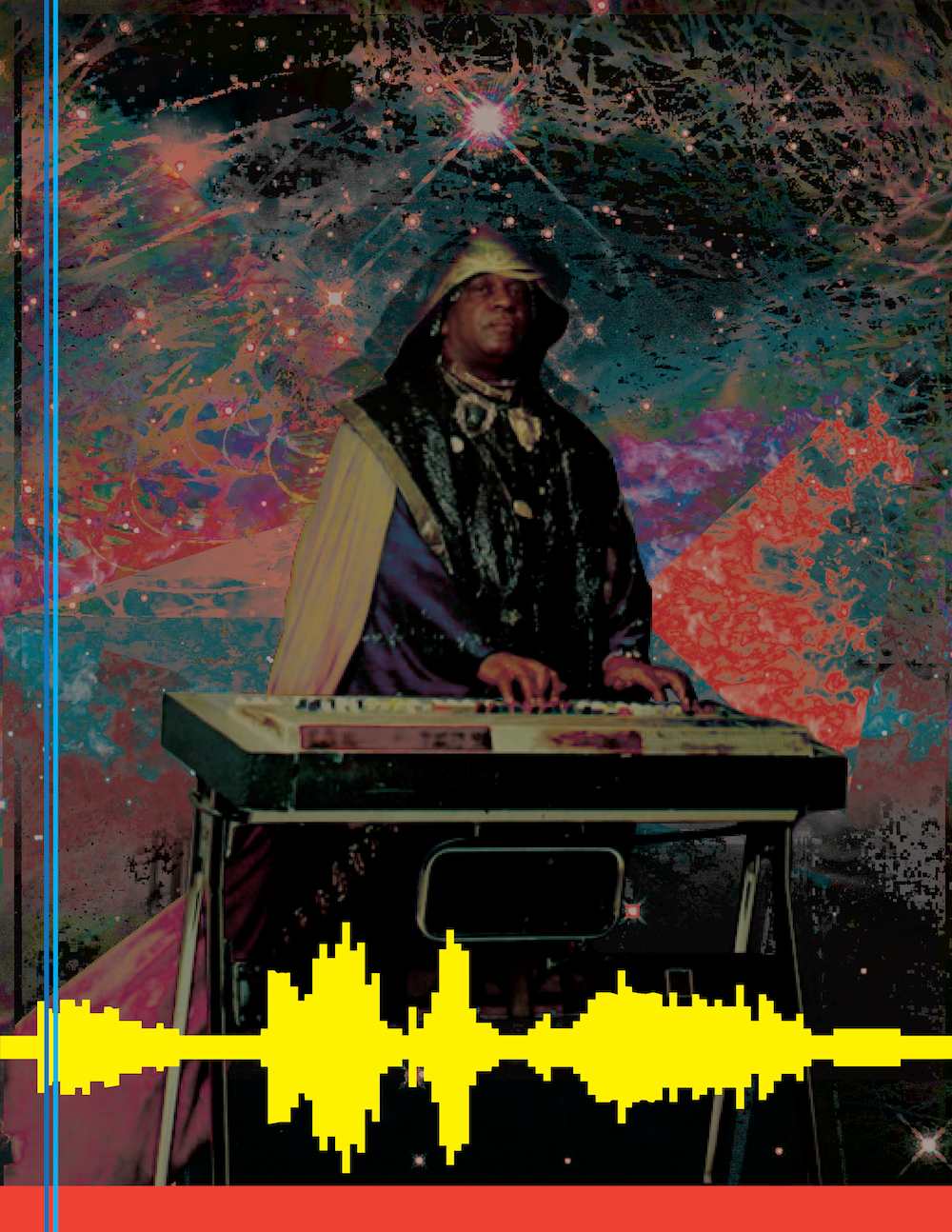
9.27.2022
Sun Ra was an American jazz composer, bandleader, piano and synthesizer player, poet and philosopher known for his experimental music, "cosmic" philosophy, prolific output, and theatrical performances. For much of his career, Ra led "The Arkestra," an ensemble with an ever-changing name and flexible line-up.Born and raised in Alabama, Blount eventually became involved in the Chicago jazz scene during the 1940s.
He soon abandoned his birth name, taking the name Sun Ra (after Ra, the Egyptian God of the Sun) and developing a complex persona and mythology that would make him a pioneer of Afrofuturism:
He claimed he was an alien from Saturn on a mission to preach peace, and throughout his life he consistently denied any ties to his prior identity.
His widely eclectic and avant-garde music would eventually touch on virtually the entire history of jazz, ranging from swing music and bebop to free jazz and fusion, and his compositions ranged from keyboard solos to big bands of over 30 musicians.
From the mid-1950s until his death, Ra led the musical collective The Arkestra (which featured artists such as Marshall Allen, John Gilmore, June Tyson throughout its various iterations).
Its performances often included dancers and musicians dressed in elaborate, futuristic costumes inspired by ancient Egyptian attire and the space age.
#february

9.28.2022
The 1992 Los Angeles riots, also known as the Rodney King riots, the South Central riots, the 1992 Los Angeles civil disturbance, the 1992 Los Angeles civil unrest, and the Los Angeles uprising, were a series of riots, lootings, arsons, and civil disturbances that occurred in Los Angeles County, California in April and May 1992.
The unrest began in South Los Angeles on April 29 after a trial jury acquitted four officers of the Los Angeles Police Department of the use of excessive force in the videotaped arrest and beating of Rodney King. It then spread throughout the Los Angeles metropolitan area as thousands of people rioted over a six-day period following the announcement of the verdict.
Widespread looting, assault, arson, and killings occurred during the riots, and estimates
of property damage were over $1 billion.
Order was only restored after members of the California Army National Guard, the 7th
Infantry Division, and the 1st Marine Division were called in to stop the rioting
when local police could not control the situation.
In total, 58 people were killed during the riots, more than 2,000 people were injured, and more than 11,000 were arrested. LAPD chief of police Daryl Gates, who had already announced his resignation by the time of the riots, took much of the institutional blame.
#february
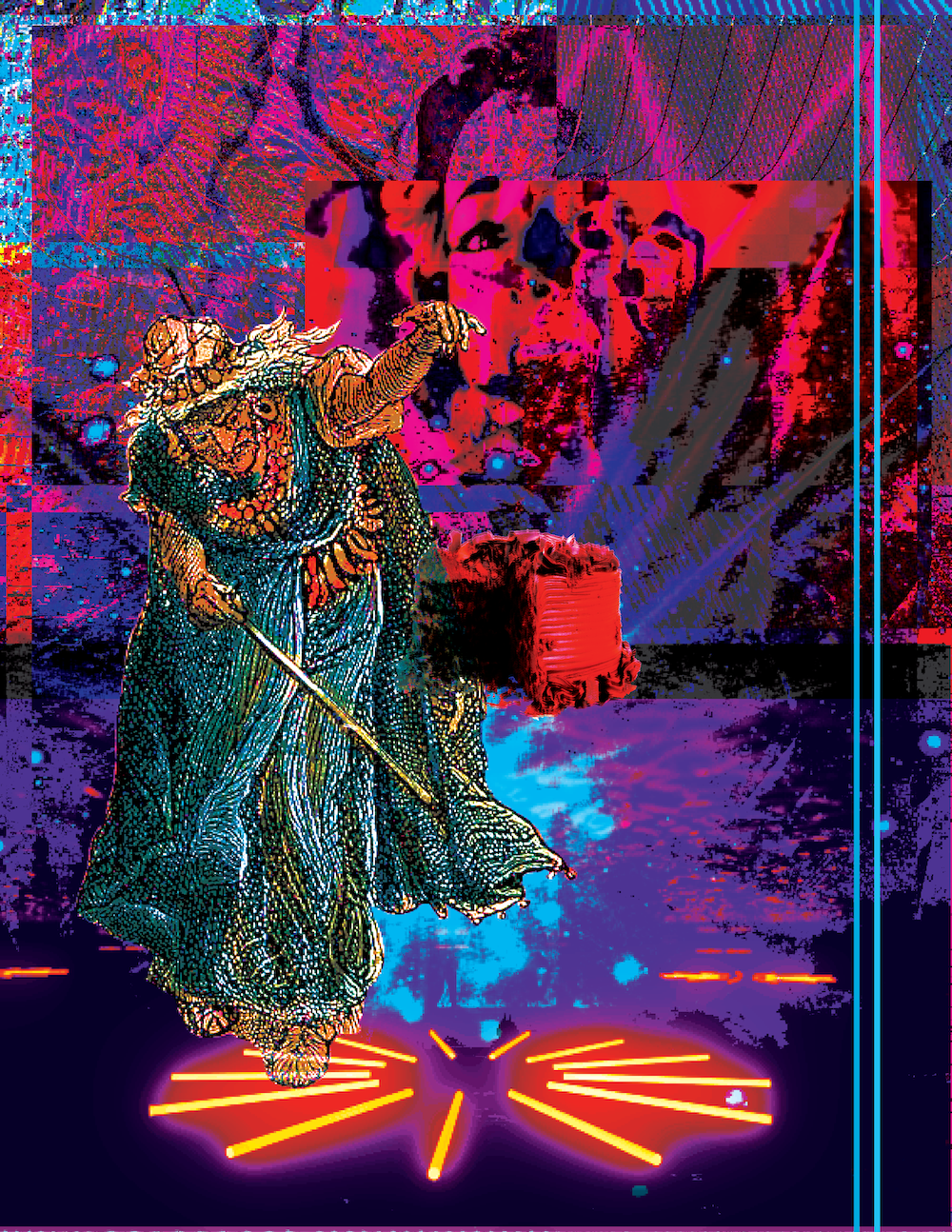
9.29.2022
Tituba was an enslaved woman, owned by Samuel Parris of Danvers, Massachusetts. Tituba was the first to be accused of practicing witchcraft during the 1692 Salem witch trials.
Little is known regarding Tituba's life prior to her enslavement. However, she became a pivotal figure in the witch trials when she confessed to witchcraft while also making claims that both Sarah Good and Sarah Osborne participated in said witchcraft.
The winter of 1691-92 is when Tituba—the Tituba of Salem—first appeared in the historical record.
Parris’ 9-year-old daughter, Elizabeth, and 11-year-old niece, Abigail Williams, were suffering repeated episodes of falling down, shaking and babbling. Speculation, even by their doctor, swirled around a supernatural source, perhaps even a curse.
In late February 1692, a neighbor of the Parrises, Mary Sibley, intervened. Seizing on the cure, she enlisted Tituba and John Indian to prepare an English folk recipe called a “witch-cake,” consisting of rye meal and the bewitched girls’ urine.
The object of the cake was a test: Once baked, it had to be served to a dog that, by digesting the grains and urine, would somehow draw the girls’ tormentors out.
there is no evidence that Tituba, the slave, had any particular interest, knowledge or skill in magic before she arrived in Salem and that the ritual she performed was based on English folk magic.
The girls “reported that Tituba’s specter followed them and clawed at them when she was nowhere near them.
When she was out of the room and out of their sight, Tituba learned the girls knew where she was and what she was doing, leaving her to wonder if Goody Sibley’s charm hadopened the girls’ eyes to the Invisible World.
Tituba was taken into custody with two white women the girls also had accused Sarah Good and Sarah Osbourne.
At first, Tituba, too, denied involvement in any devilish activities, but it quickly became clear that that was not what her inquisitors wanted to hear.
Tituba flipped and told her judges a series of fabulous and ever-creepier stories filled with witch covens and evil spirits.
The court valued Tituba’s voice, as the magistrates believed her and considered the other two to be liars. Yet all three were sent to jail to await trial as Salem continued to spin out of control with accusations.
later released by Samuel Conklin, little to nothing is known about Tituba's life following her subsequent release.
#february

9.30.2022
Yasuke was a samurai of black African origin who served under the Japanese hegemon and warlord Oda Nobunaga in 1581 and 1582.
According to Histoire Ecclesiastique Des Isles Et Royaumes Du Japon, written by François Solier of the Society of Jesus in 1627, Yasuke was likely from Portuguese Mozambique.
Yasuke arrived in Japan in 1579 in the service of the Italian Jesuit Alessandro Valignano, who had been appointed the Visitor (inspector) of the Jesuit missions in the Indies, meaning East Africa, South and East Asia.
He accompanied Valignano when the latter came to the capital area in March 1581 and caused something of a sensation.
In one event, several people were crushed to death while clamoring to get a look at him, the Jesuits feared their church would be flattened but they managed to avert disaster.
Nobunaga heard the noise from the temple where he was staying and expressed a desire to see him. Suspecting the black color of his skin to be black ink, Nobunaga had him strip from the waist up and made him scrub his skin.
In June 1582, Nobunaga was attacked and forced to commit seppuku in Honnō-ji in Kyoto by the army of Akechi Mitsuhide.
Yasuke was also there at the time and fought the Akechi forces.
Immediately after Nobunaga's death, Yasuke went to join Nobunaga's heir Oda Nobutada who was trying to rally the Oda forces at Nijō Castle. Yasuke fought alongside the Nobutada forces for a long time but eventually surrendered his sword to Akechi's men. They asked Akechi himself what to do with him.
Akechi said that the black man was a beast and did not know anything, and furthermore,
he was not Japanese, so they should not kill him but take him to the nanban-dera or
nanban-ji (南蛮寺, meaning the temple of the southern barbarians, how the Japanese referred
to the Jesuit church).
It is said that the reason why Akechi spoke in such a manner was a form of taking
pity on him, i.e. giving a clear reason why not to kill him. Black people were not
discriminated against in Japan at this time; they were even admired, for the Buddha
was often portrayed in black in Japanese temples.
#february
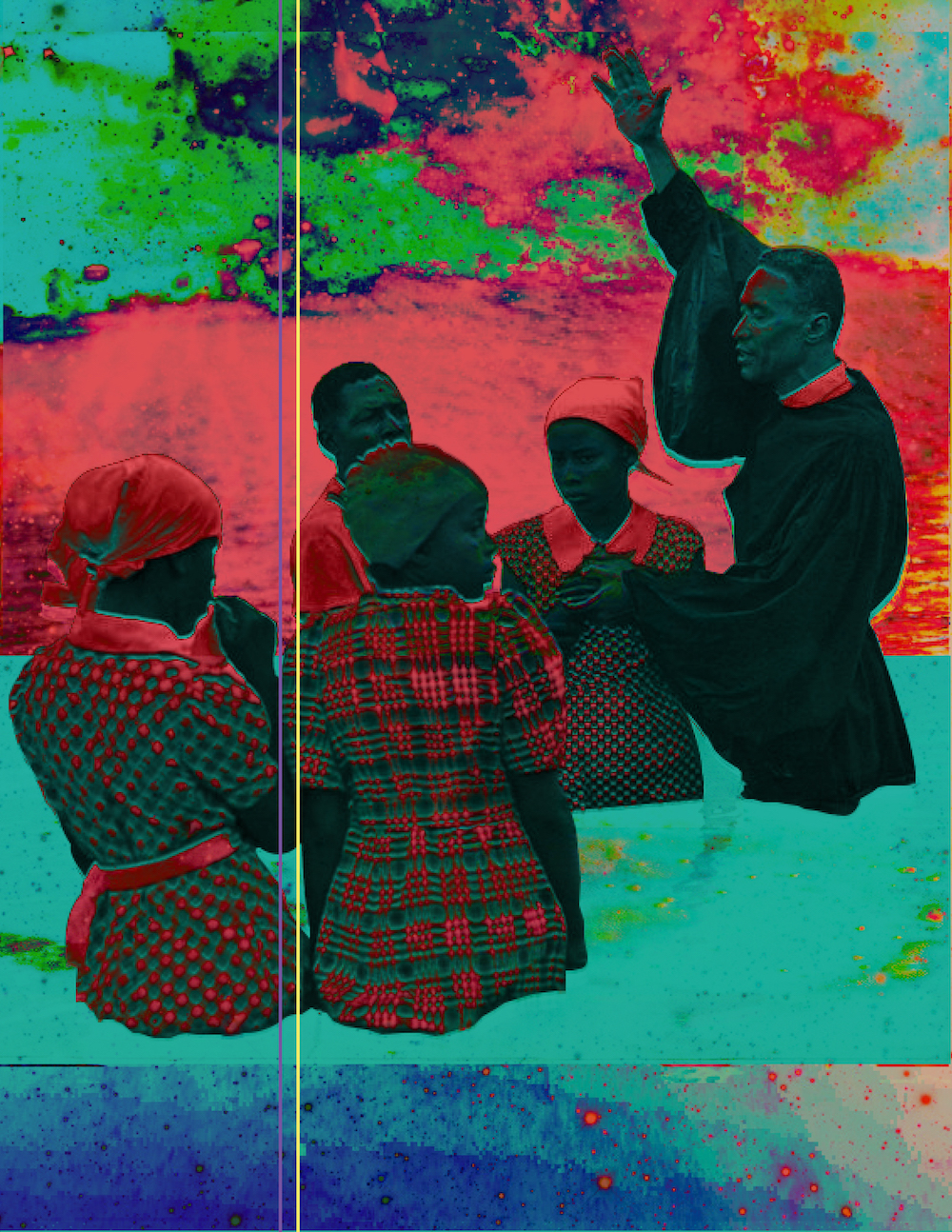
10.1.2022
Baptism in the Colorado River, Austin, Texas (1938)
#February

10.2.2022
Martin Luther King Jr. Drive and Medgar Evers Boulevard Jackson, MS 39213
Inscribed “Dedicated to everyone who believes in peace, love and non-violence; Let's keep the torch burning.”
#February

10.3.2022
Group of girls skating in the street in front of a public housing project on Smythe Curve in Montgomery, Alabama, during Christmas vacation, January 1966.
Each day of the Christmas holiday, the city of Montgomery closed over forty one-block areas in neighborhoods, so children could safely play in the streets.
#february

10.4.2022
#february
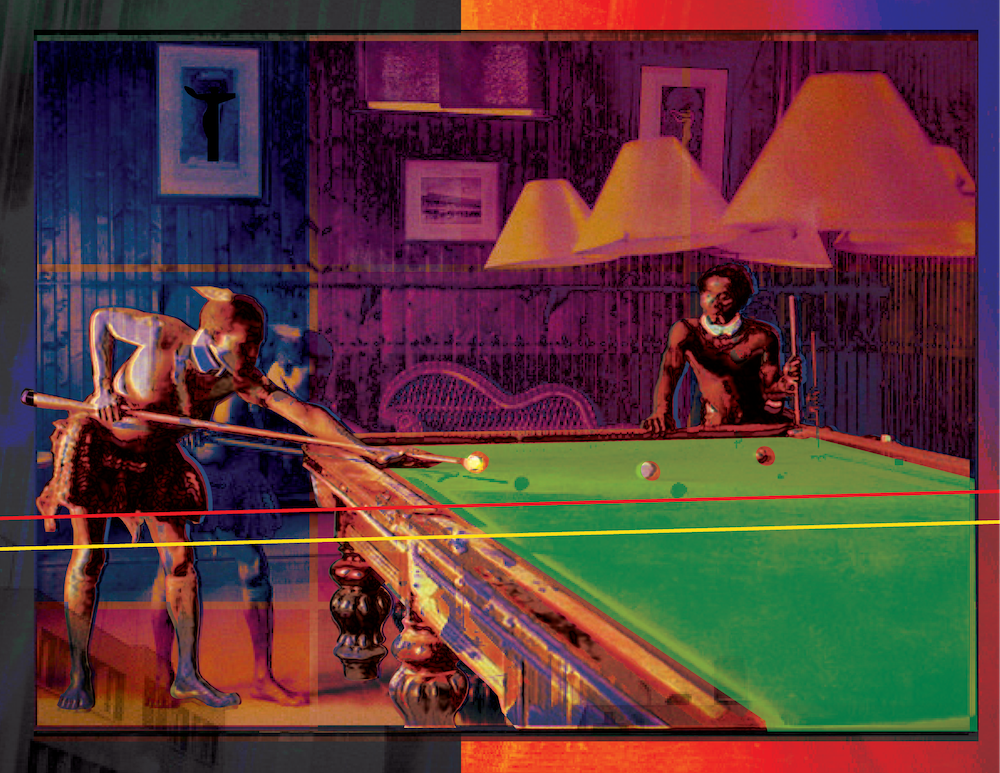
10.5.2022
zulu land in 1903
#february
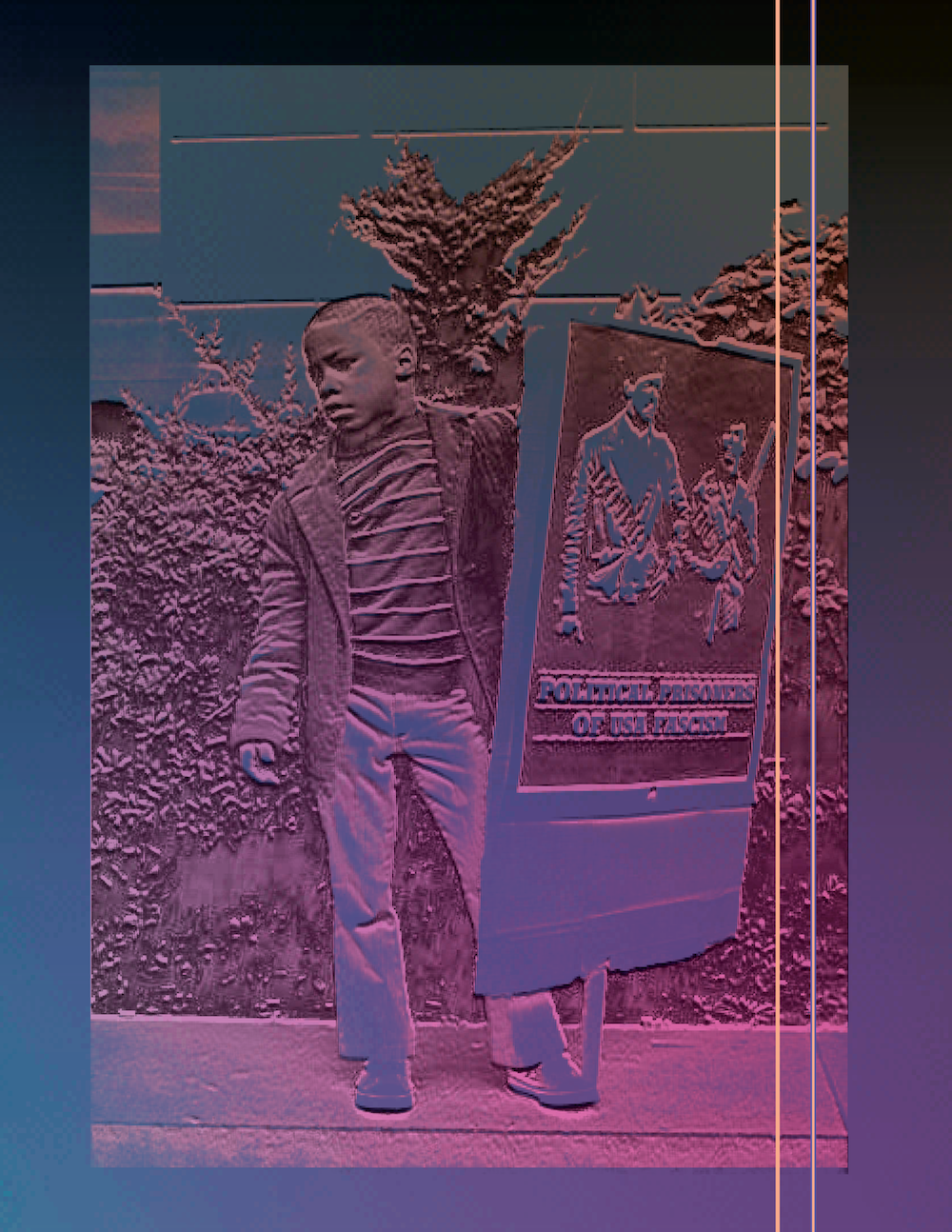
10.6.2022
#february
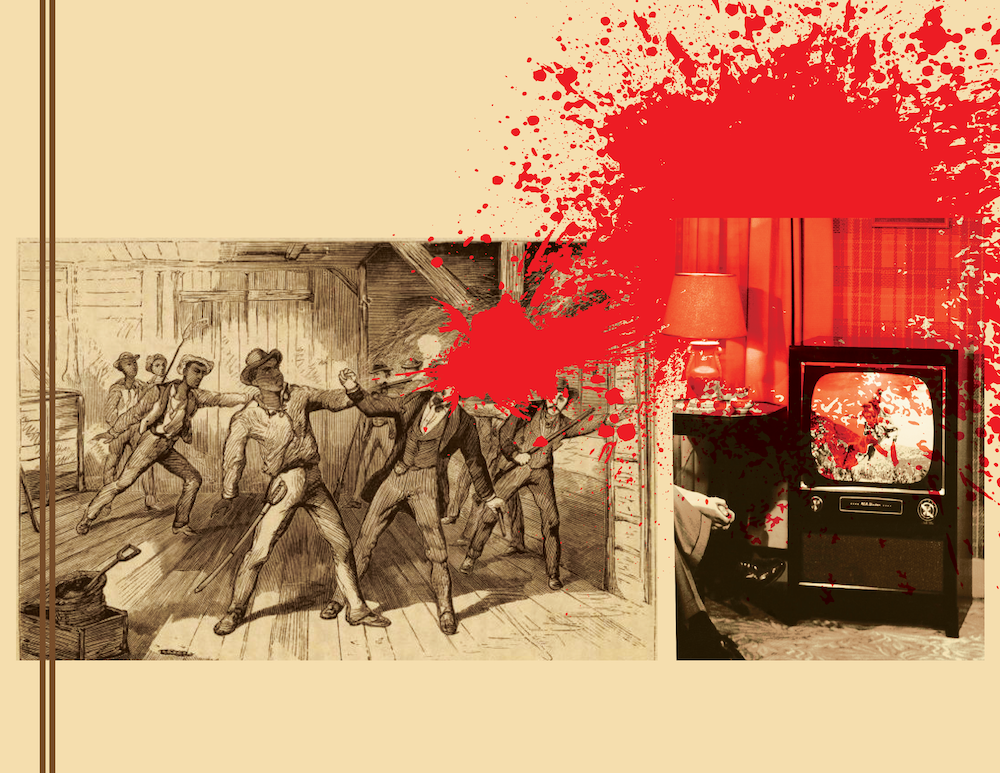
10.7.2022
One in four cowboys was Black, despite the stories told in popular books and movies.
In fact, it's believed that the real “Lone Ranger” was inspired by an African American man named Bass Reeves.
Reeves had been born a slave but escaped West during the Civil War where he lived in what was then known as Indian Territory.
He eventually became a Deputy U.S. Marshal, was a master of disguise, an expert marksman, had a Native American companion, and rode a silver horse. His story was not unique however.
In the 19th century, the Wild West drew enslaved Blacks with the hope of freedom and wages. When the Civil War ended, freedmen came West with the hope of a better life where the demand for skilled labor was high.
These African Americans made up at least a quarter of the legendary cowboys who lived dangerous lives facing weather, rattlesnakes, and outlaws while they slept under the stars driving cattle herds to market.
While there was little formal segregation in frontier towns and a great deal of personal freedom, Black cowboys were often expected to do more of the work and the roughest jobs compared to their white counterparts.
Loyalty did develop between the cowboys on a drive, but the Black cowboys were typically responsible for breaking the horses and being the first ones to cross flooded streams during cattle drives.
In fact, it is believed that the term “cowboy” originated as a derogatory term used to describe Black “cowhands.”
#february
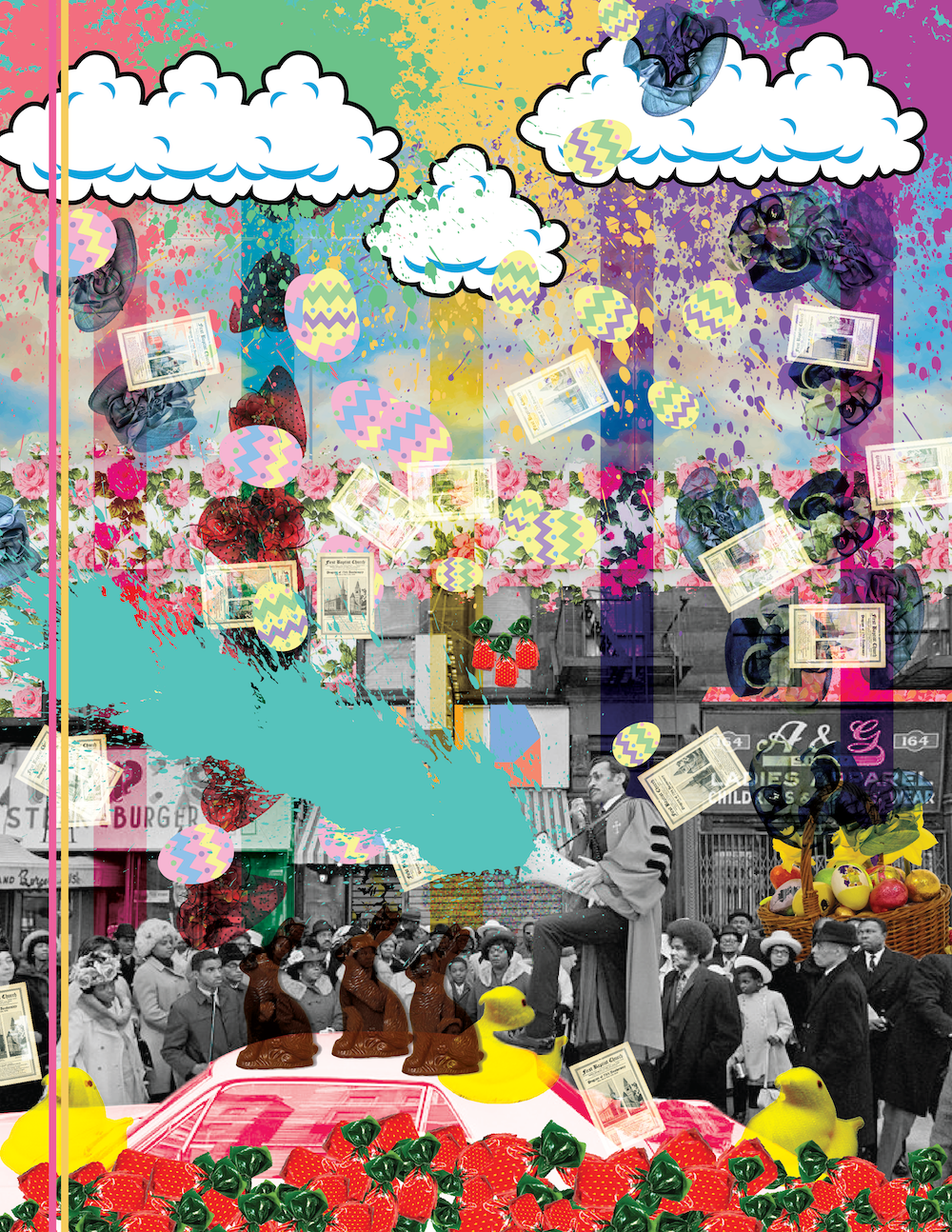
10.8.2022
The Rev. Wyatt Tee Walker served as chief of staff for the Rev. Dr. Martin Luther King Jr. from 1960 to 1964 and spent nearly four decades as the pastor of Canaan Baptist Church of Christ, in Harlem.
In this photo, from April 5, 1970, he is taking his message to the streets in a fight against drugs and social ills decreasing the quality of life for Harlem residents.
It must be noted that this was a particularly difficult period when the heroin trade was rampant throughout Harlem
#february

10.9.2022
Missy Elliott often known professionally as Missy "Misdemeanor" Elliott, is an American rapper, dancer, and record producer.
Elliott embarked on her music career with all-female R&B group Sista in the early 1990s and later became a member of the Swing Mob collective along with childhood friend and longtime collaborator Timbaland, with whom she worked on projects for Aaliyah, 702, Total, and SWV.
Following several collaborations and guest appearances, she launched her solo career in 1997 with her debut album Supa Dupa Fly, which spawned the hit singles "The Rain (Supa Dupa Fly)" and "Sock It 2 Me". The album debuted at number three on the Billboard 200, the highest-charting debut for a female rapper at the time.
In the center of a busy period making guest appearances and writing for other artists, Elliott's debut album, Supa Dupa Fly, was released in mid-1997; the success of its lead single "The Rain" led the album to be certified platinum.
The success was also a result of the music videos of her single releases which had been directed by Harold "Hype" Williams, who created many groundbreaking hip hop, or arguably more specifically Afrofuturistic, videos at the time. The album was also nominated for Best Rap Album at the 1998 Grammy Awards.
#february

10.11.2022
Sarah Baartman was a Khoikhoi woman who was exhibited as a freak show attraction in 19th-century Europe under the name Hottentot Venus, a name which was later attributed to at least one other woman similarly exhibited.
The term "Hottentot" was the colonial-era term for the indigenous Khoekoe (formerly known as Khoikhoi) people of the southwestern area of Africa. The women were exhibited for their steatopygic body type uncommon in Western Europe which not only was perceived as a curiosity at that time, but became subject of scientific interest, albeit of racist bias frequently, as well as of erotic projection. However, it has been suggested by anthropologists that this body type was once more widespread in humans, based on carvings of idealised female forms dating to the Paleolithic era collectively known as Venus figurines, also referred to as Steatopygian Venuses.
"Venus" is sometimes used to designate representations of the female body in arts and cultural anthropology, referring to the Roman goddess of love and fertility. "Hottentot" was the name for the Khoi people, now usually considered an offensive term. The Sarah Baartman story is often regarded as the epitome of racist colonial exploitation, and of the commodification of the dehumanization of black people. In recent years, some black women have found her story to be a source of empowerment, one that protests the ideals of white mainstream beauty, as curvaceous bodies are increasingly lauded in popular culture and mass media.
Baartman was born to a Khoekhoe family in the vicinity of the Camdeboo in what is now the Eastern Cape of South Africa (then the Dutch Cape Colony; a British colony by the time she was an adult). Saartjie is the diminutive form of Sarah; in Cape Dutch the use of the diminutive form commonly indicated familiarity, endearment or contempt. Her birth name is unknown. Her surname has also been spelt Bartman and Bartmann.
Her mother died when she was an infant and her father was later killed by Bushmen
(San people) while driving cattle.
Baartman spent her childhood and teenage years on Afrikaner farms. She went through
puberty rites, and kept the small tortoise shell necklace, probably given to her by
her mother, until her death in France.
#february
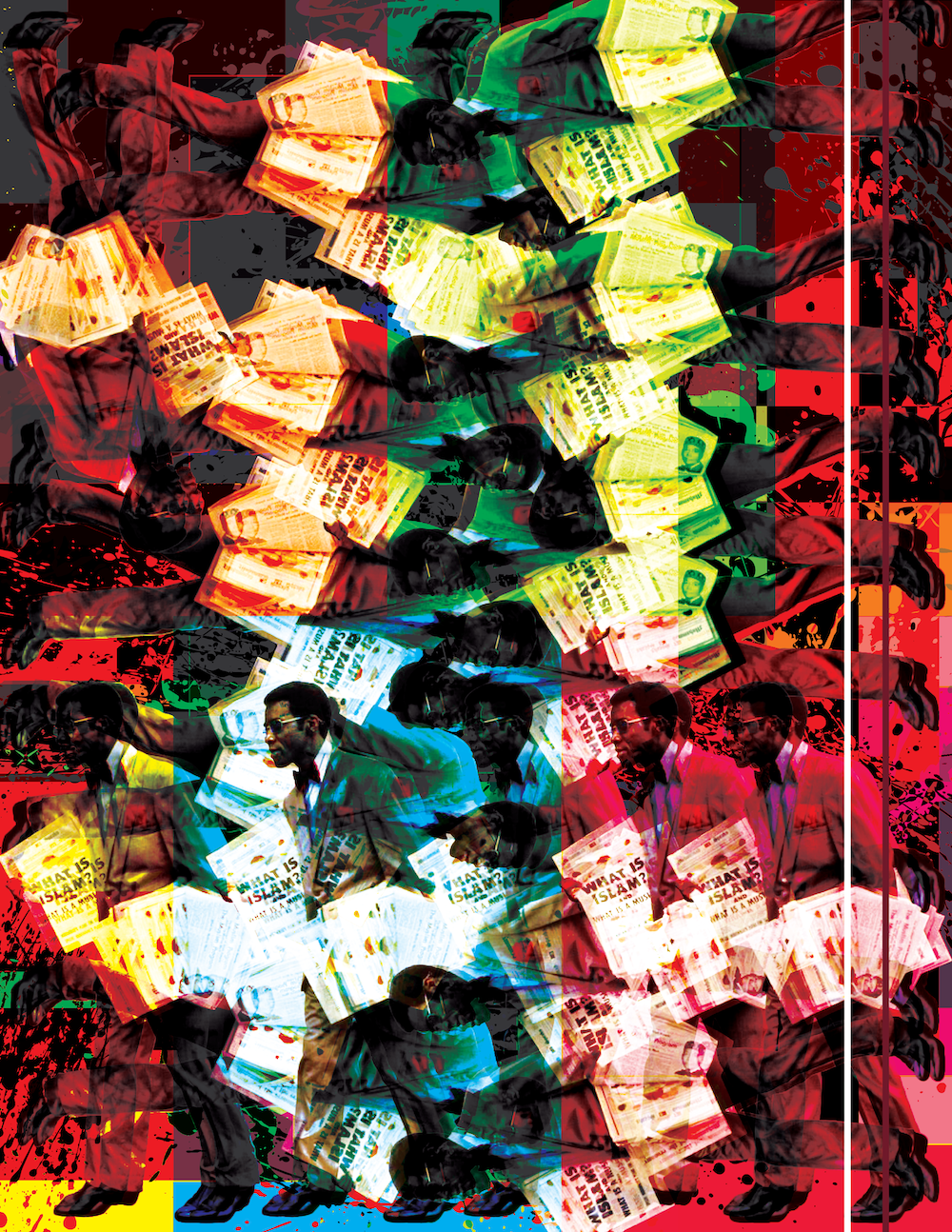
10.12.2022
Brother of the Nation of Islam Distributing The Final Call - Harlem 1970
The Nation of Islam, abbreviated as NOI, is an African American political and religious movement, founded in Detroit, Michigan, United States, by Wallace D. Fard Muhammad on July 4, 1930.
Its stated goals are to improve the spiritual, mental, social, and economic condition of African Americans in the United States and all of humanity. In 1995, the Nation of Islam sponsored the Million Man March in Washington, D.C. to promote African-American unity and family values.
Estimates of the number of marchers were given between 400,000 and 840,000. Under Farrakhan's leadership, the Nation of Islam tried to redefine the standard "black male stereotype" of drug and gang violence.
Meanwhile, the Nation continued to promote social reform in African-American communities according to its traditional goals of self-reliance and economic independence. Its official newspaper is The Final Call.
#february

10.13.2022
#february
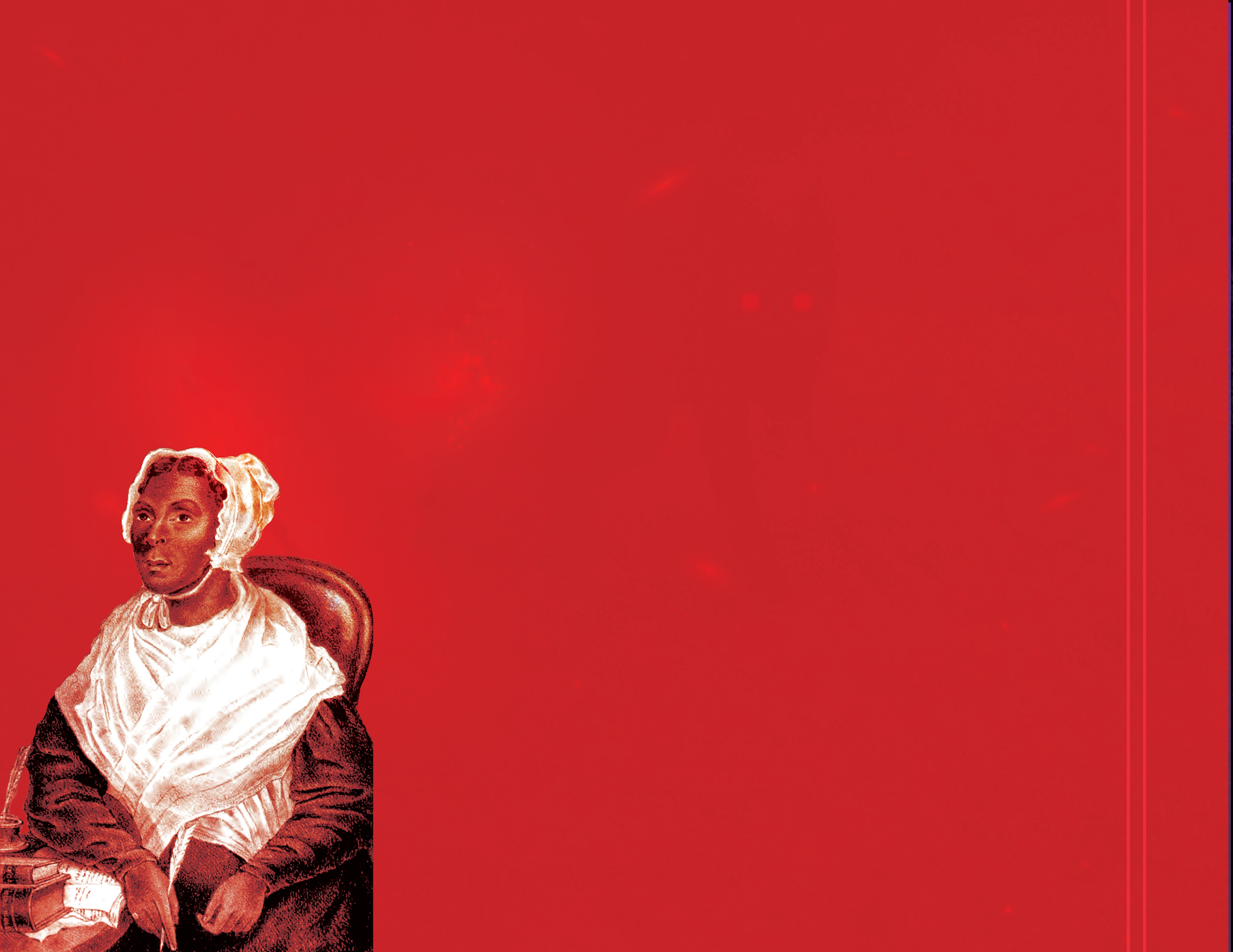
10.14.2022
Diane Nash is an American civil rights activist, and a leader and strategist of the
student wing of the Civil Rights Movement.
Nash's campaigns were among the most successful of the era. Her efforts included the
first successful civil rights campaign to integrate lunch counters (Nashville); the
Freedom Riders, who desegregated interstate travel; co-founding the Student Nonviolent
Coordinating Committee (SNCC); and co-initiating the Alabama Voting Rights Project
and working on the Selma Voting Rights Movement. This helped gain Congressional passage
of the Voting Rights Act of 1965, which authorized the federal government to oversee
and enforce state practices to ensure that African Americans and other minorities
were not prevented from registering and voting.
In spring 1960, nearly two hundred students involved with the nationwide sit-in movement arrived in Raleigh, North Carolina, for an organizing conference. There, the SCLC (Southern Christian Leadership Conference), at Ella Baker's request, sponsored the students' meeting on April 15.
Martin Luther King envisioned a simple SCLC student league, but Baker herself advised the youth to remain autonomous and follow their own principles. Accordingly, in April 1960 Nash was one of the leading founders of the Student Nonviolent Coordinating Committee (SNCC - pronounced "snick"), independent of any adult organizations, and quit school to lead its direct action wing.
In the coming years, organizations such as CORE and SCLC would try to recruit SNCC as their own student wing, with SNCC always resisting the invitations. The Student Nonviolent Coordinating Committee would go on to be involved with some of the most important campaigns of the civil rights era, adding a fresh and active youth voice to the movement.
In early 1961, Nash and ten fellow students were put under arrest in Rock Hill, South Carolina, for protesting segregation. Once jailed, they would not accept the chance for bail. These dramatic events began to bring light to the fight for racial justice that was beginning to emerge. It also highlighted the idea of "jail, no bail", which was utilized by many other civil rights activists as the fight for rights progressed.
Originally fearful of jail, Nash was arrested dozens of times for her activities. She spent 30 days in a South Carolina jail after protesting segregation in Rock Hill, in February 1961. In 1962, although she was four months pregnant with her daughter Sherri, she faced a two-year prison sentence in Mississippi for contributing to the delinquency of minors whom she had encouraged to become Freedom Riders and ride on the buses. Despite her pregnancy, she was ready to serve her time with the possibility of her daughter's being born in jail. Nash took the weight of this possibility seriously, spending two days praying and meditating before coming to a decision and penning an open letter. "I believe that if I go to jail now, it may help hasten that day when my child and all children will be free — not only on the day of their birth but for all their lives.
"She was sentenced to 10 days in jail in Jackson, Mississippi, "where she spent her
time there washing her only set of clothing in the sink during the day and listening
to cockroaches skitter overhead at night".
Nash would go on to serve many roles for the SCLC from 1961 through 1965 while it
was under Martin Luther King Jr. Though years later, Nash is clear about how she saw
herself in relation to King, stating "I never considered Dr. King my leader. I always
considered myself at his side and I considered him at my side. I was going to do what
the spirit told me to do. So If I had a leader, that was my leader."
She later cut ties with the SCLC, questioning their leadership structure, including their male- and clergy-dominated ranks. She would also split from SNCC in 1965 when their directives changed under Stokley Carmichael's leadership, taking particular issue with the organization's departure from the founding pillar of nonviolence.
#february

10.15.2022
#february
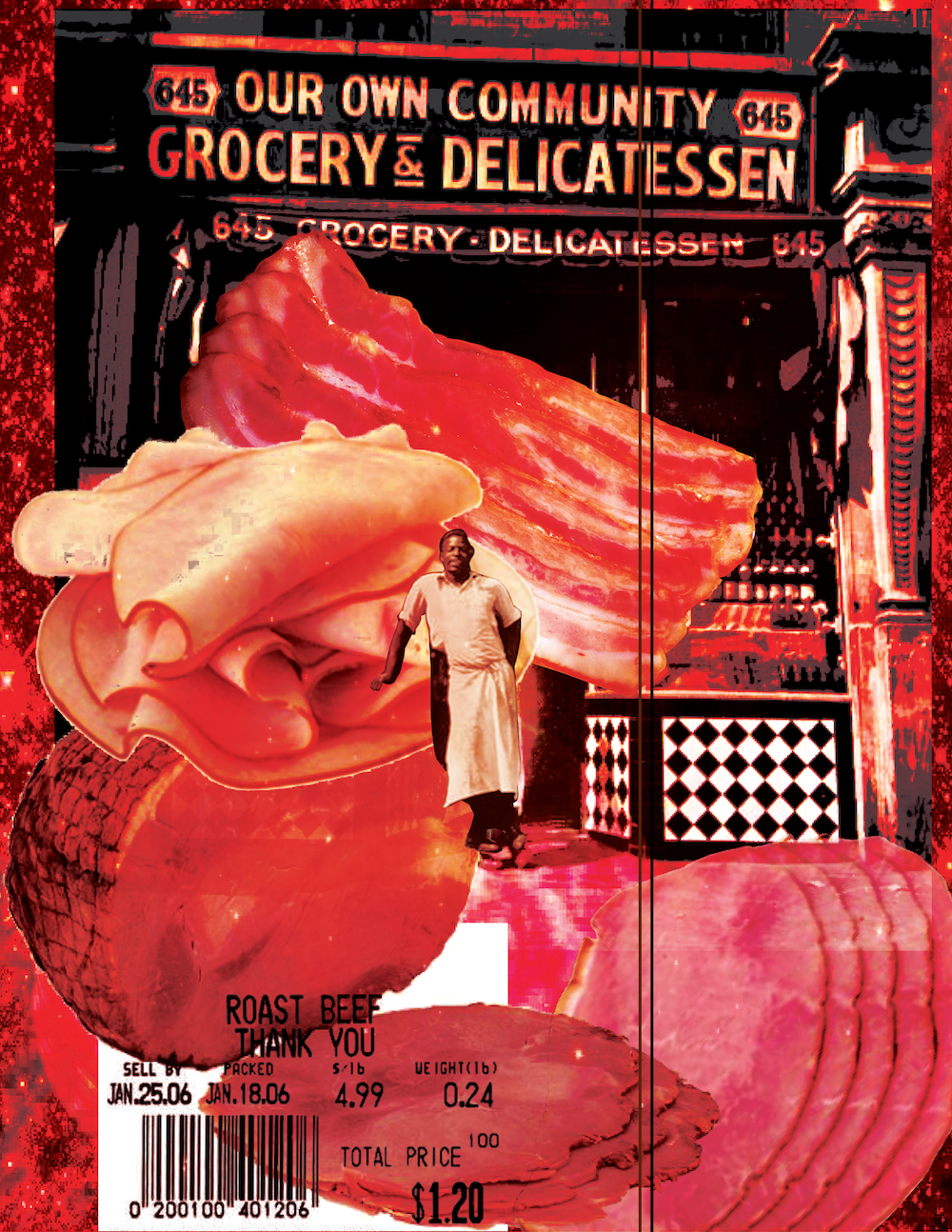
10.16.2022
Man in Deli Doorway
Harlem 1940
#february

10.17.2022
#february
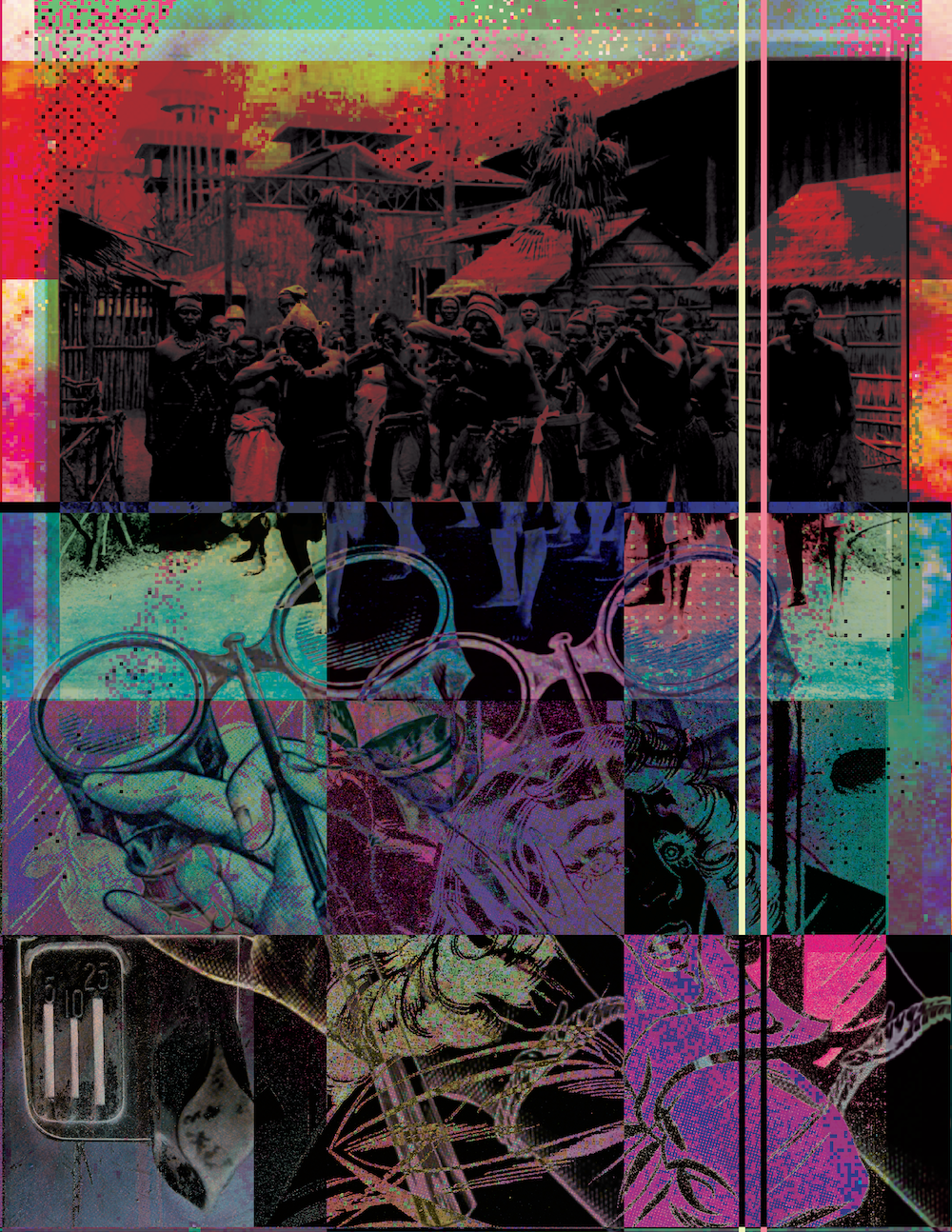
10.18.2022
Human zoos, also called ethnological expositions, were 19th-, 20th-, and 21st-century public exhibitions of humans, usually in a so-called natural or primitive state.
The displays often emphasized the cultural differences between Europeans of Western civilization and non-European peoples or with other Europeans who practiced a lifestyle deemed more primitive.
Some of them placed indigenous populations in a continuum somewhere between the great apes and Europeans. Ethnological expositions are sometimes criticized and ascertained as highly degrading and racist, depending on the show and individuals involved.
The notion of the human curiosity has a history at least as long as colonialism.
For instance, in the Western Hemisphere, one of the earliest-known zoos, that of Moctezuma in Mexico, consisted not only of a vast collection of animals, but also exhibited humans, for example, dwarves, albinos and hunchbacks.
During the Renaissance, the Medici developed a large menagerie in the Vatican. In the 16th century, Cardinal Hippolytus Medici had a collection of people of different races as well as exotic animals.
He is reported as having a troupe of so-called Savages, speaking over twenty languages; there were also Moors, Tartars, Indians, Turks and Africans.
#february

10.19.2022
#february

10.20.2022
Man spreads Ice Cream on woman's underarm
Notting Hill Carnival, 1984.
#february
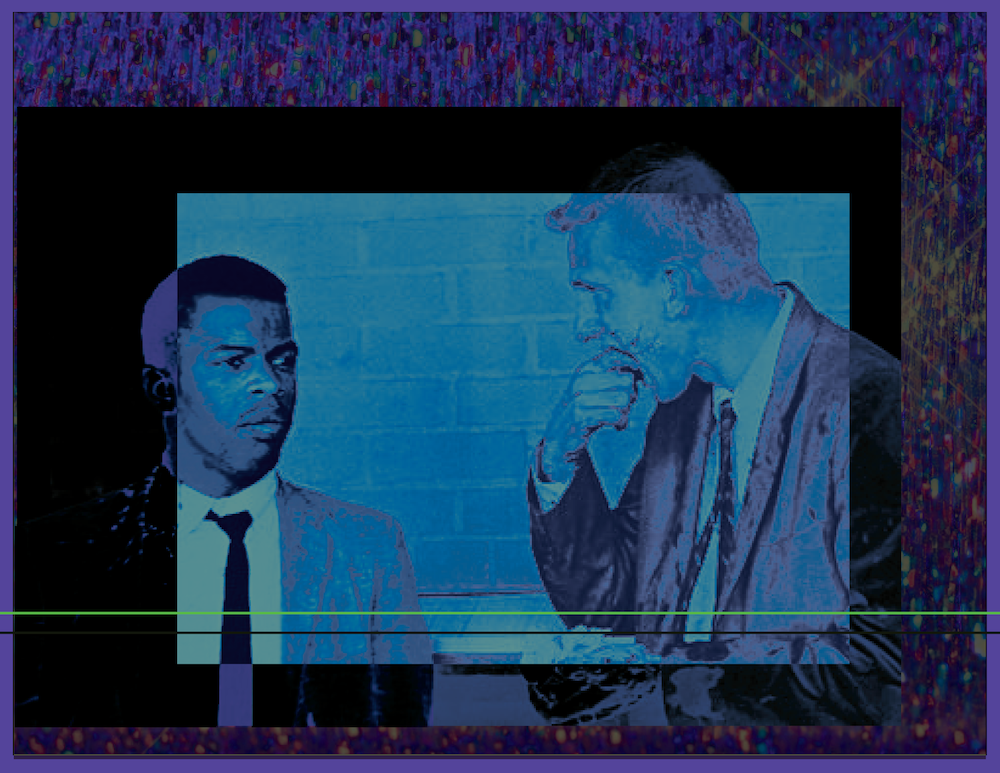
10.21.2022
John Lewis and a fellow Freedom Rider, James Zwerg, after they were attacked by segregationists in Montgomery, Ala., in May 1961.
#february
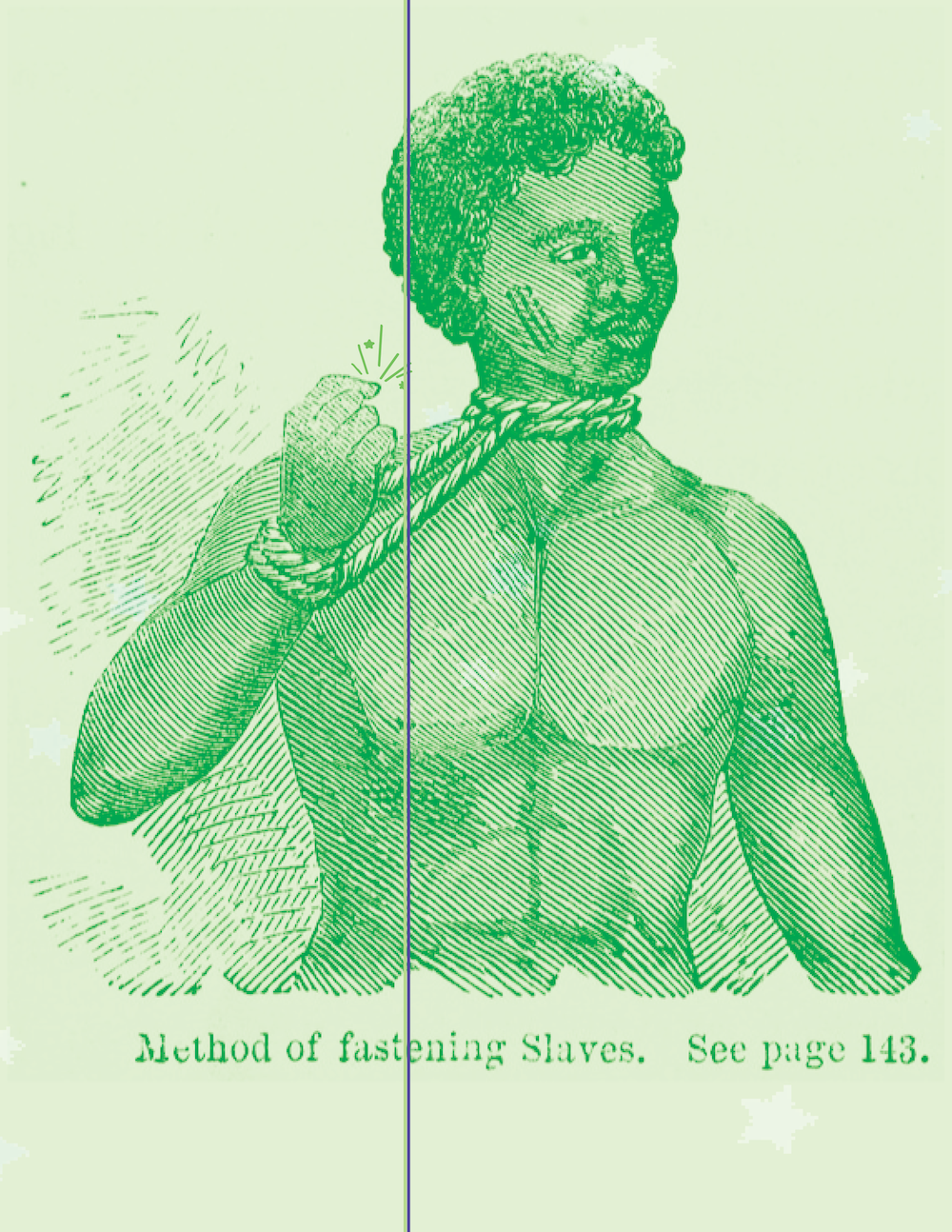
10.22.2022
#february
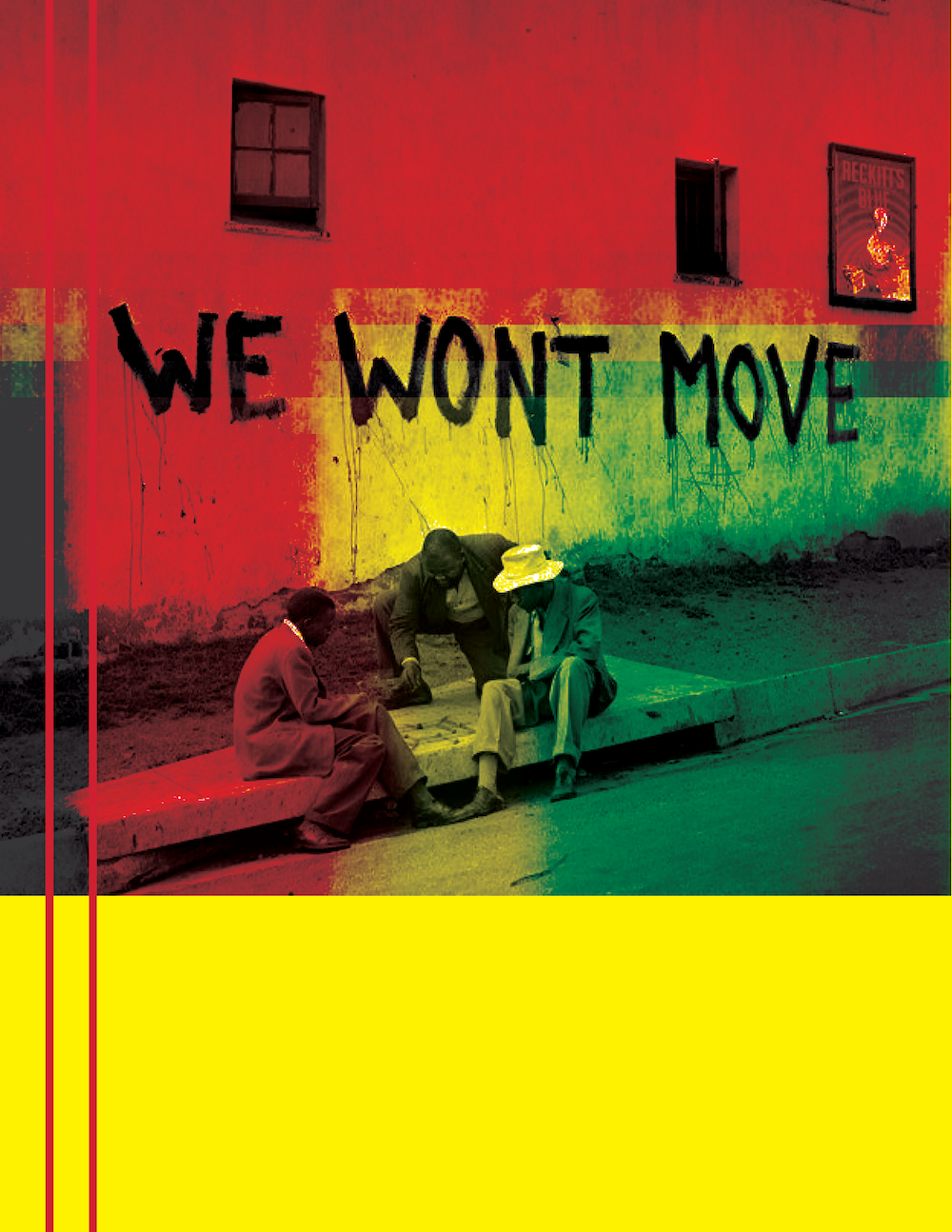
10.23.2022
#february
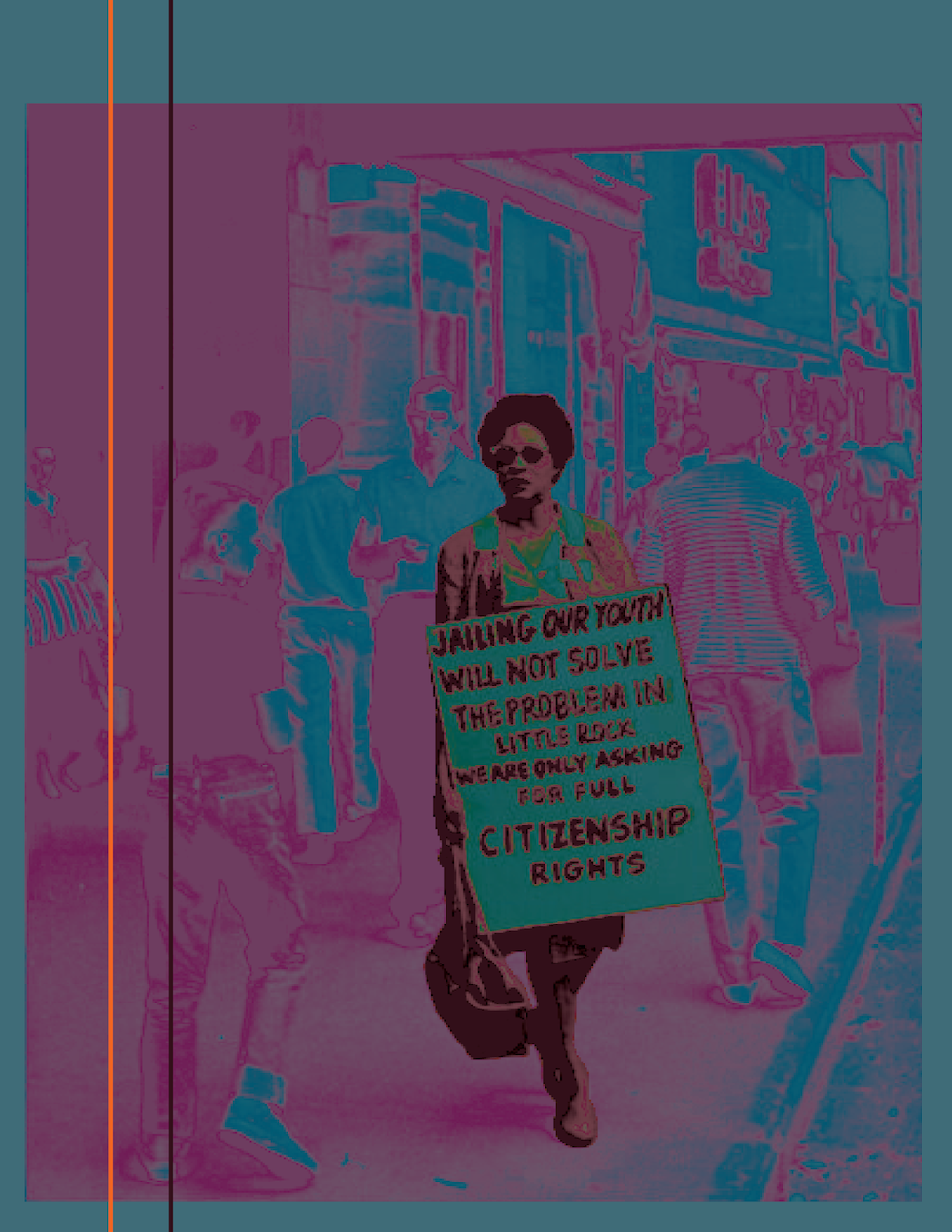
10.24.2022
#february
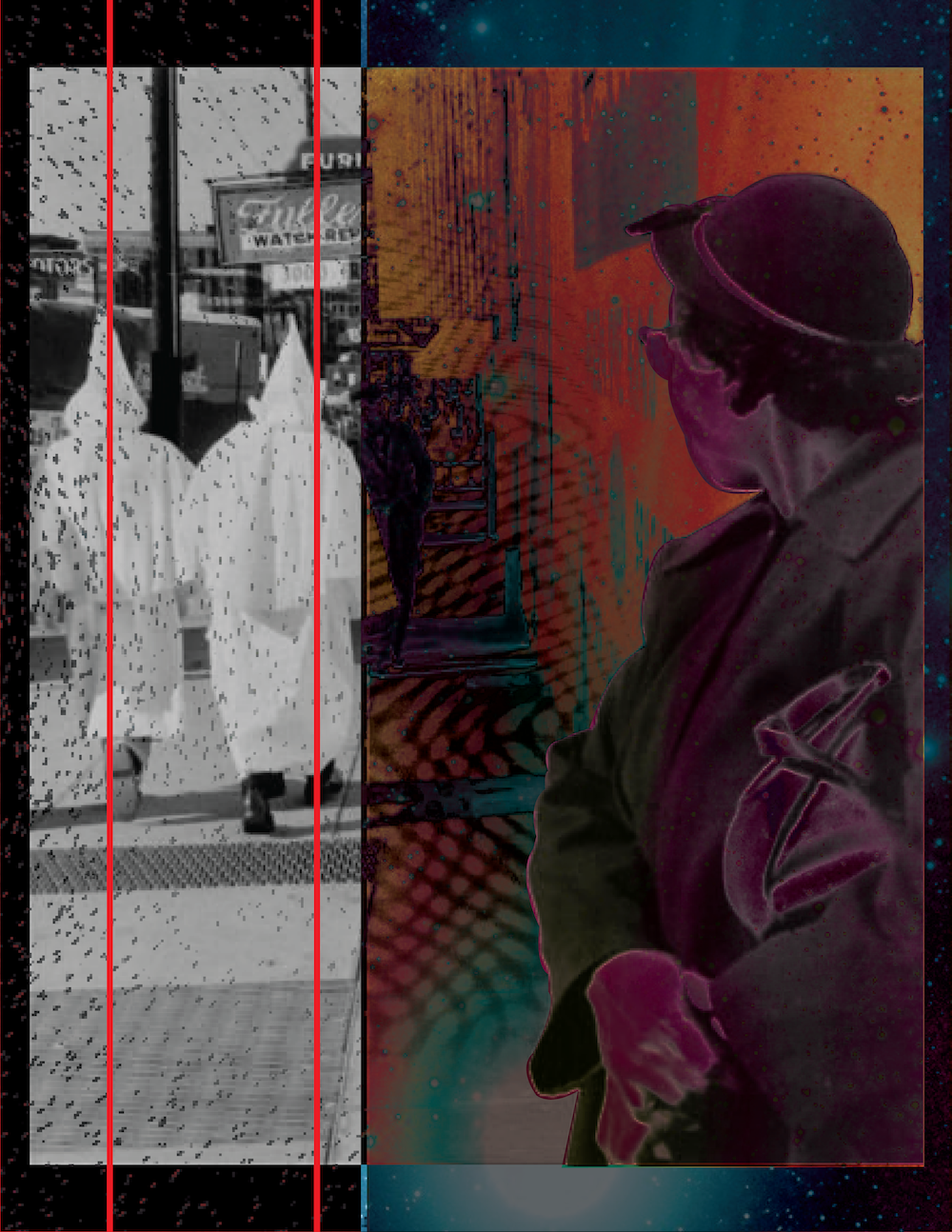
10.25.2022
Montgomery bus boycott
#February
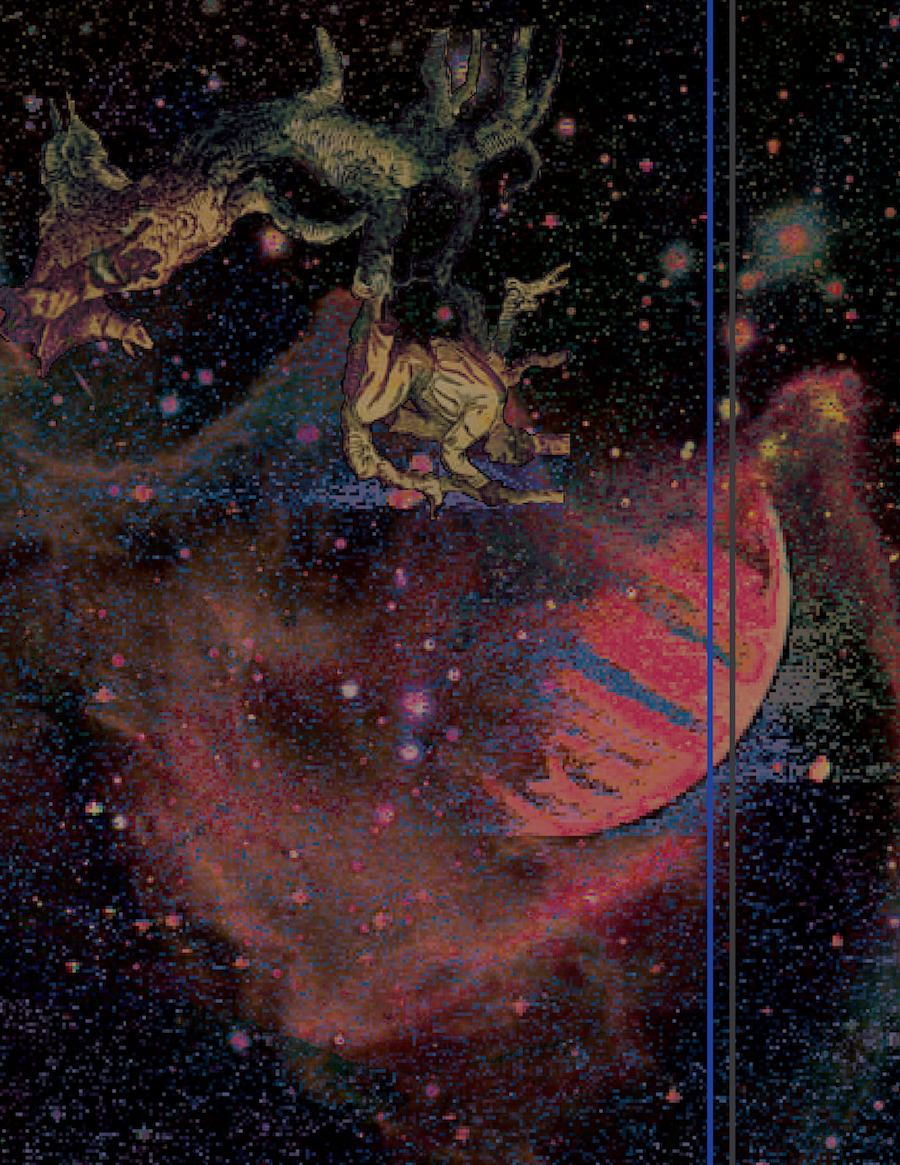
10.26.2022
Narrative of William W. Brown, an American Slave. Written by Himself.
London: C. Gilpin, 1849.
William Wells Brown (c. 1814 – November 6, 1884) was a prominent African- American abolitionist lecturer, novelist, playwright, and historian in the United States. Born into slavery in Montgomery County, Kentucky, near the town of Mount Sterling, Brown escaped to Ohio in 1834 at the age of 19. He settled in Boston, Massachusetts, where he worked for abolitionist causes and became a prolific writer. While working for abolition, Brown also supported causes including: temperance, women's suffrage, pacifism, prison reform, and an anti- tobacco movement.
His novel Clotel (1853), considered the first novel written by an African American, was published
in London, England, where he resided at the time; it was later published in the United
States.
Brown was an African-American pioneer in several different literary genres, including
travel writing, fiction, and drama. In 1858 he became the first published African-American
playwright, and often read from this work on the lecture circuit. Following the Civil
War, in 1867 he published what is considered the first history of African Americans
in the Revolutionary War. He was among the first writers inducted to the Kentucky
Writers Hall of Fame, established in 2013.
A public school was named for him in Lexington, Kentucky.
Brown was lecturing in England when the 1850 Fugitive Slave Law was passed in the
US; as its provisions increased the risk of capture and re-enslavement, he stayed
overseas for several years. He traveled throughout Europe. After his freedom was purchased
in 1854 by a British couple, he and his two daughters returned to the US, where he
rejoined the abolitionist lecture circuit in the North. A contemporary of Frederick
Douglass, Brown was overshadowed by the charismatic orator and the two feuded publicly.
#februray
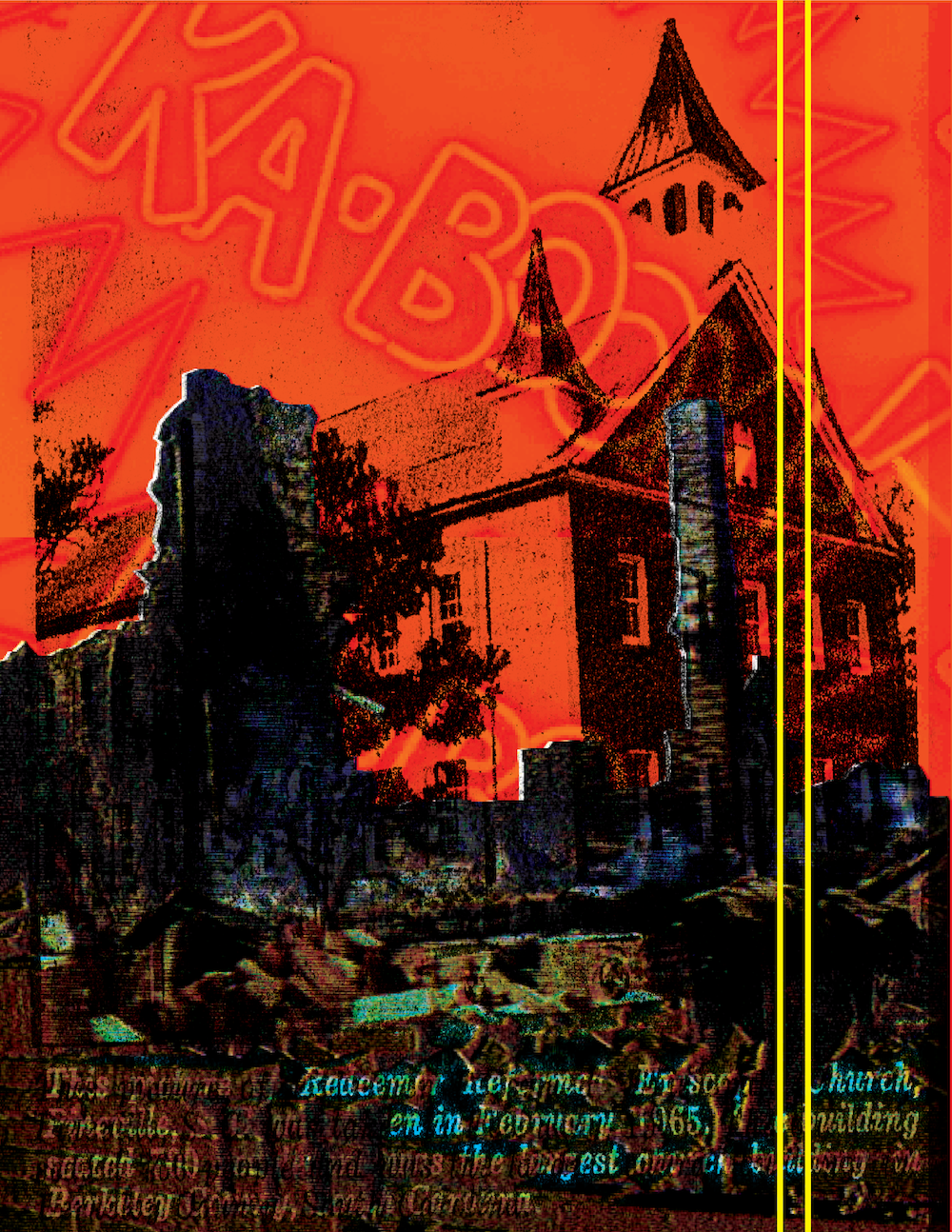
10.27.2022
Redeemer Reformed Episcopal Church, Pineville, SC. The main church for the SCOPE project.
“This Picture of Redeemer Reformed Episcopal Church, Pineville, SC. was taken February, 1965. The building seated 700 people and was the largest church building in Berkely County, South Carolina.”
Shortly after it was firebombed.
Project of the Southern Christian Leadership Conference (SCLC) was a voter registration civil rights initiative conducted from 1965-66 in 120 counties in six southern states.
While leading the Chatham County Crusade For Voters in Savannah, Georgia, one of many SCLC affiliates across the South, Rev. Hosea Williams, an SCLC aide to SCLC chairman Dr. Martin Luther King, Jr., had been joined by white college students for various short term civil rights projects. From that interracial success, the idea of SCOPE grew to fruition.
Dr. King announced the SCOPE project in a speech at UCLA on April 27, 1965, and his visit resulted in the recruitment of twenty UCLA students, including the late Joel Siegel, who later became the film critic for Good Morning America, and Rick Tuttle, who worked with Williams and Andrew Young and spent two months in a Savannah jail as a result of his movement activities.
SCOPE volunteers experienced violence, tear-gassing, harassment and threats with guns on numerous occasions, according to "incident reports” from the project's administrative records.
#february
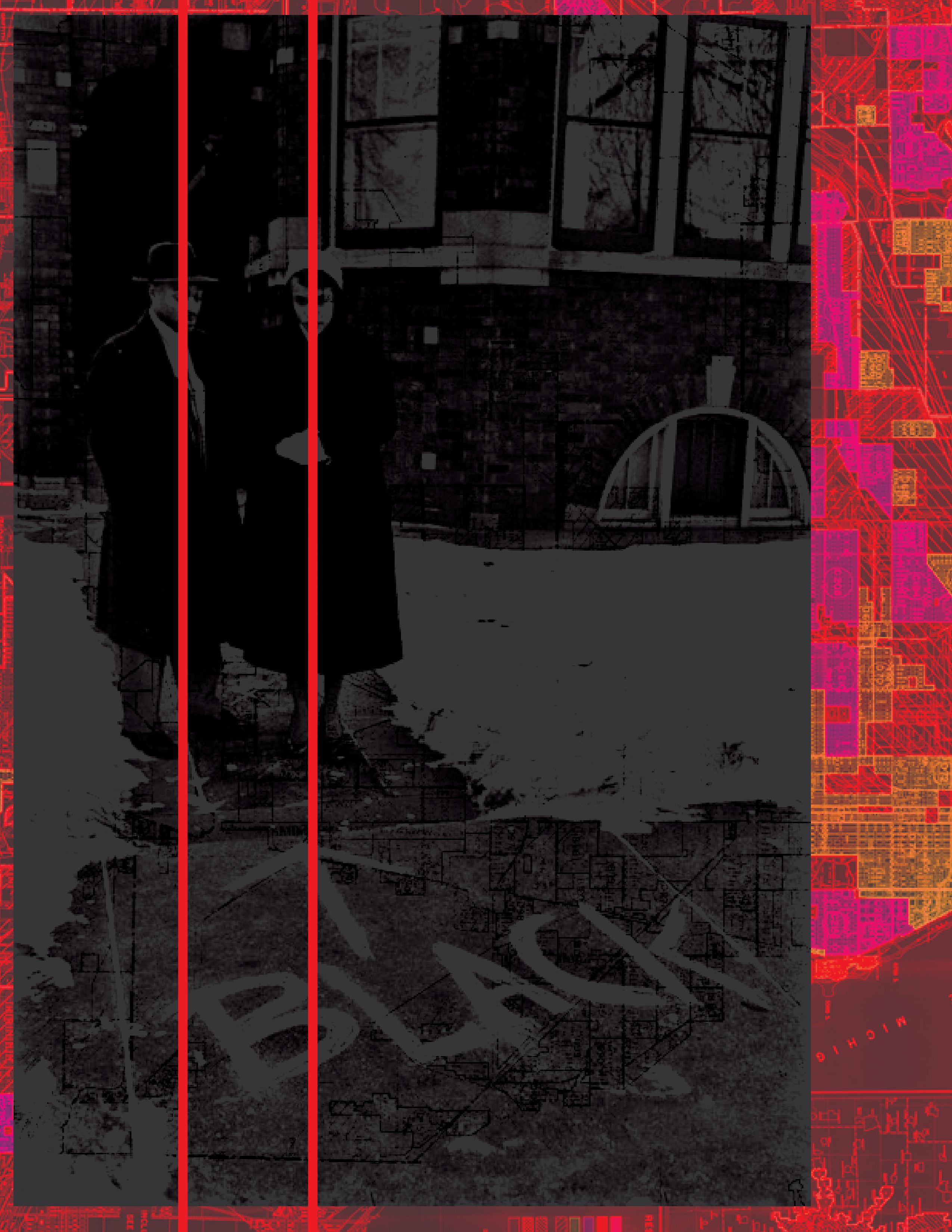
10.28.2022
#february

10.29.2022
Hamilton Naki became a self-taught surgeon of such skill that Dr. Christiaan Barnard chose him to assist in the world's first human heart transplant in 1967.
His contribution was kept secret for three decades because he was a black man in apartheid-era South Africa.
He acquired his surgical skills through years of silent observation and covert practice at the university's medical school.
A controversy arose after his death in that at least five periodicals and
the Associated Press retracted statements in their obituaries of Naki that claimed
that he participated in the world's first human-to-human heart transplantation in
1967; the incident has been cited as an example of inadequate fact checking by the
newsmedia and delayed corrections of the errors.
#february
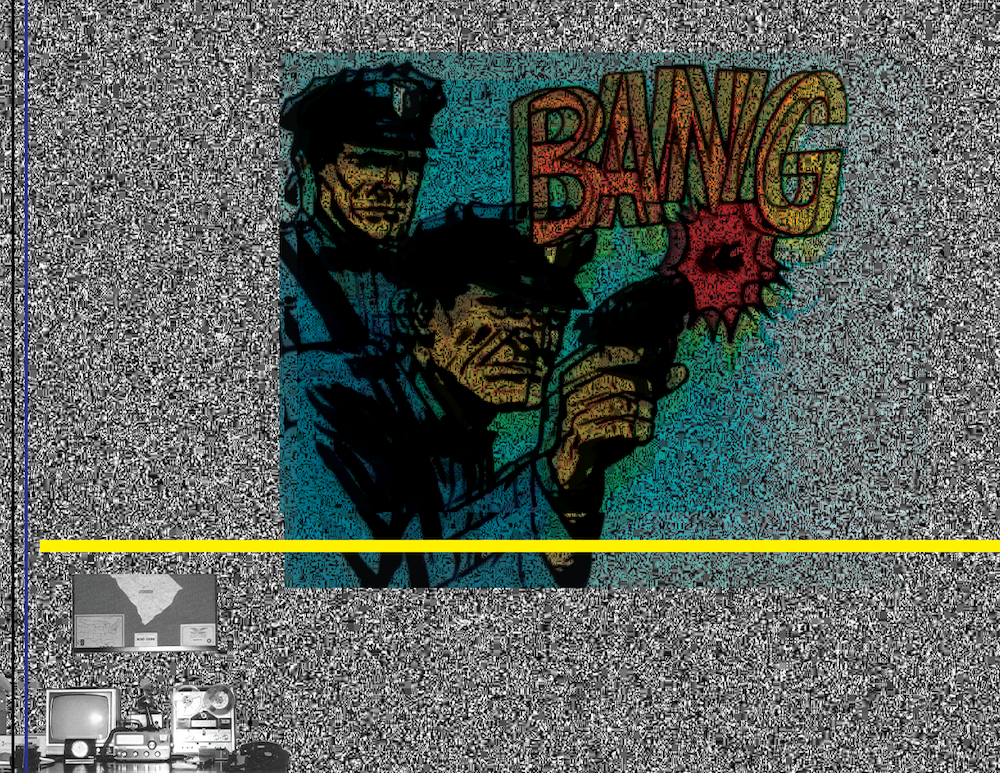
10.30.2022
#february
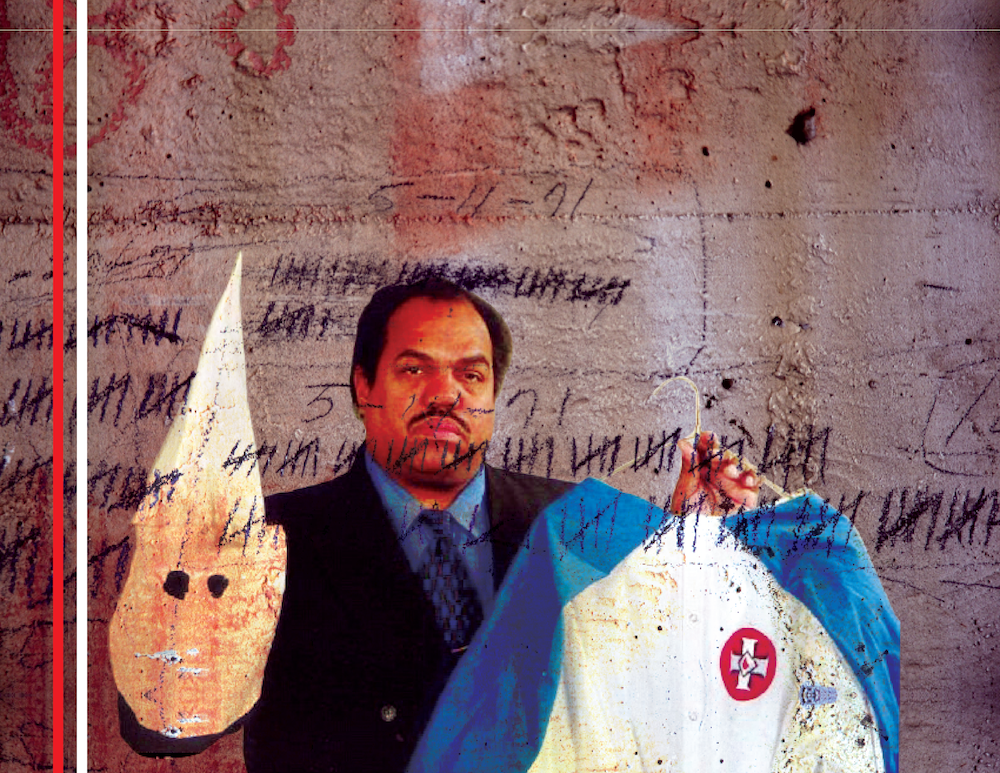
10.31.2022
Daryl Davis is an American R&B and blues musician, author, actor and bandleader. Known for his energetic style of Boogie-woogie piano, Davis has played with such musicians as Chuck Berry, Jerry Lee Lewis, B. B. King, Bruce Hornsby, and Bill Clinton.
His efforts to improve race relations, in which as an African-American he engaged with members of the Ku Klux Klan (KKK).
Davis is a Christian and he has used his religious beliefs to convince Klansmen to leave and denounce the KKK.
In 1983, he was playing country western music in a “white” bar when a patron came up to him and said it was the first time he had “heard a black man play as well as Jerry Lee Lewis.”
Davis explained to the man that “Jerry Lee learned to play from black blues and boogie woogie piano players and he’s a friend of mine.” The white patron was skeptical and over a drink admitted he was a member of the KKK. The two became friends and eventually, the man gave Davis contact information on KKK leaders.
A few years later, Davis decided he wanted to interview Klan members and write a book on the subject. He had a "question in my head from the age of 10: 'Why do you hate me when you know nothing about me?' That question had never been answered from my youth."
Davis eventually went on to befriend over 20 members of the KKK. He found that the Klansmen had many misconceptions about blacks, which stem mostly from intense brainwashing in their youth. When they got to know him, Davis claims, it was more difficult to maintain their prejudices. Davis recounted his experiences in his 1998 book, Klan-destine Relationships: A Black Man's Odyssey in the Ku Klux Klan.
Davis claims to be responsible for helping to dismantle the KKK in Maryland because things "fell apart" after he began making inroads with its members there.
"The lesson learned is: ignorance breeds fear," says Davis. "If you don’t keep that fear in check, that fear will breed hatred. If you don’t keep hatred in check, it will breed destruction."
#february
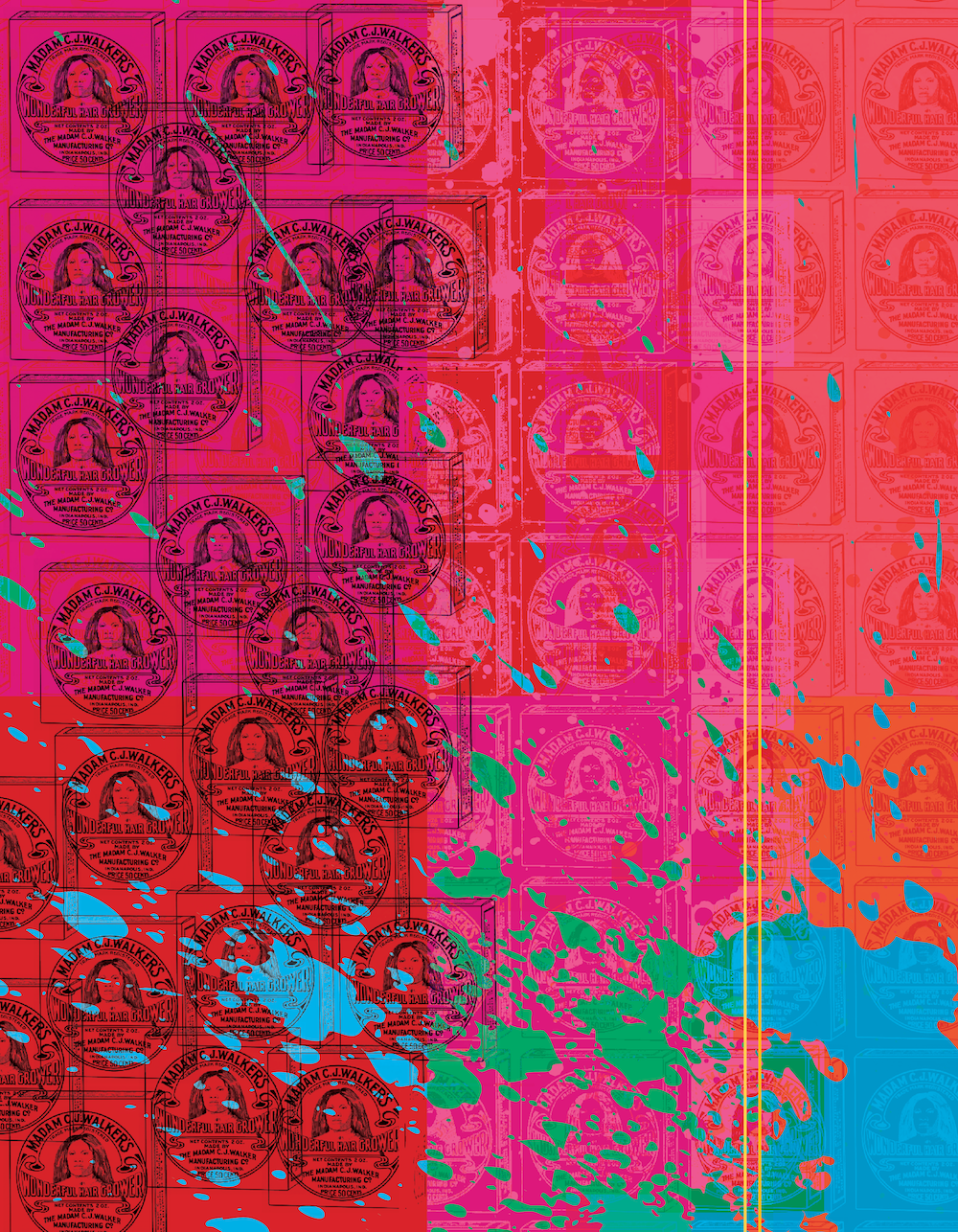
11.1.2022
Madam C. J. Walker, was an African American entrepreneur, philanthropist, and a political and social activist. Eulogized as the first female self-made millionaire in America, she became one of the wealthiest African American women in the country, "the world's most successful female entrepreneur of her time," and one of the most successful African-American business owners ever.
#february

11.2.2022
#february

11.3.2022
The iconic cartoon character Betty Boop was inspired by a Black jazz singer in Harlem. Introduced by cartoonist Max Fleischer in 1930, the caricature of the jazz age flapper was the first and most famous sex symbol in animation. Betty Boop is best known for her revealing dress, curvaceous figure, and signature vocals “Boop Oop A Doop!”
While there has been controversy over the years, the inspiration has been traced back to Esther Jones who was known as “Baby Esther” and performed regularly in the Cotton Club during the 1920s.
Baby Esther’s trademark vocal style of using “boops” and other childlike scat sounds attracted the attention of actress Helen Kane during a performance in the late 1920s. After seeing Baby Esther, Helen Kane adopted her style and began using “boops” in her songs as well. Finding fame early on, Helen Kane often included this “baby style” into her music.
When Betty Boop was introduced, Kane promptly sued Fleischer and Paramount Publix Corporation stating they were using her image and style. However video evidence came to light of Baby Esther performing in a nightclub and the courts ruled against Helen Kane stating she did not have exclusive rights to the “booping” style or image, and that the style, in fact, pre-dated her.
Baby Esther’s “baby style” did little to bring her mainstream fame and she died in relative obscurity but a piece of her lives on in the iconic character Betty Boop.
#february
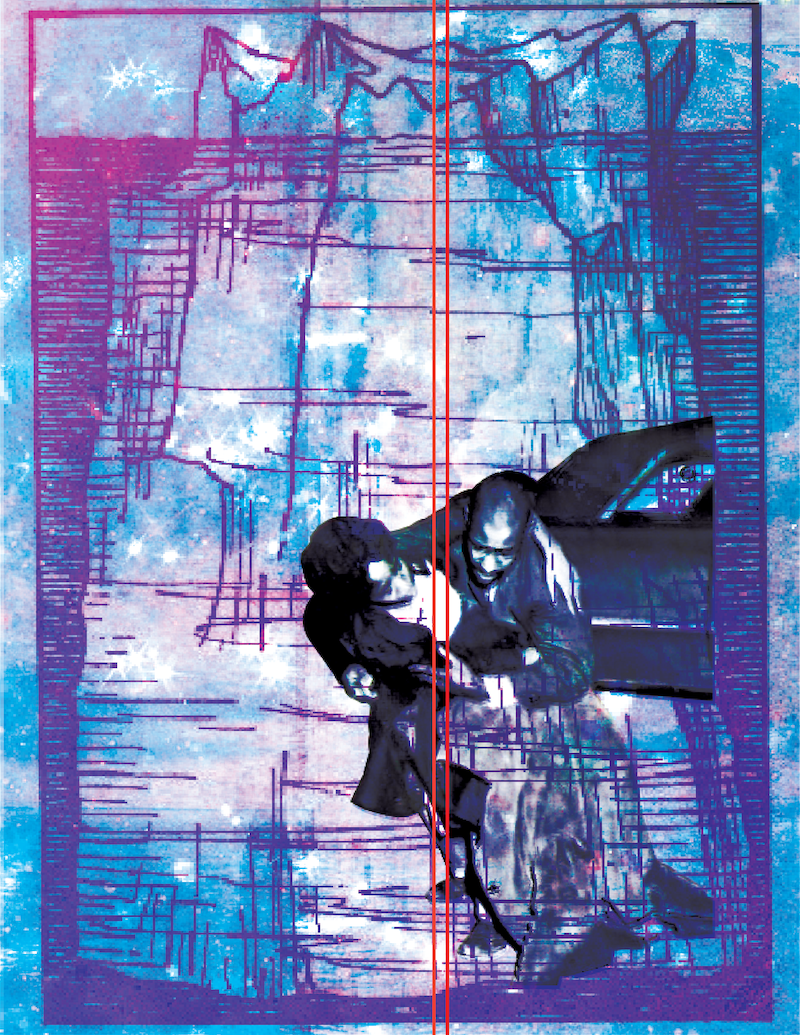
11.4.2022
Chapelhill NC, winter 1964. One of hundreds of anti-segregation protesters doused with freezing water in 15° weather.
#february
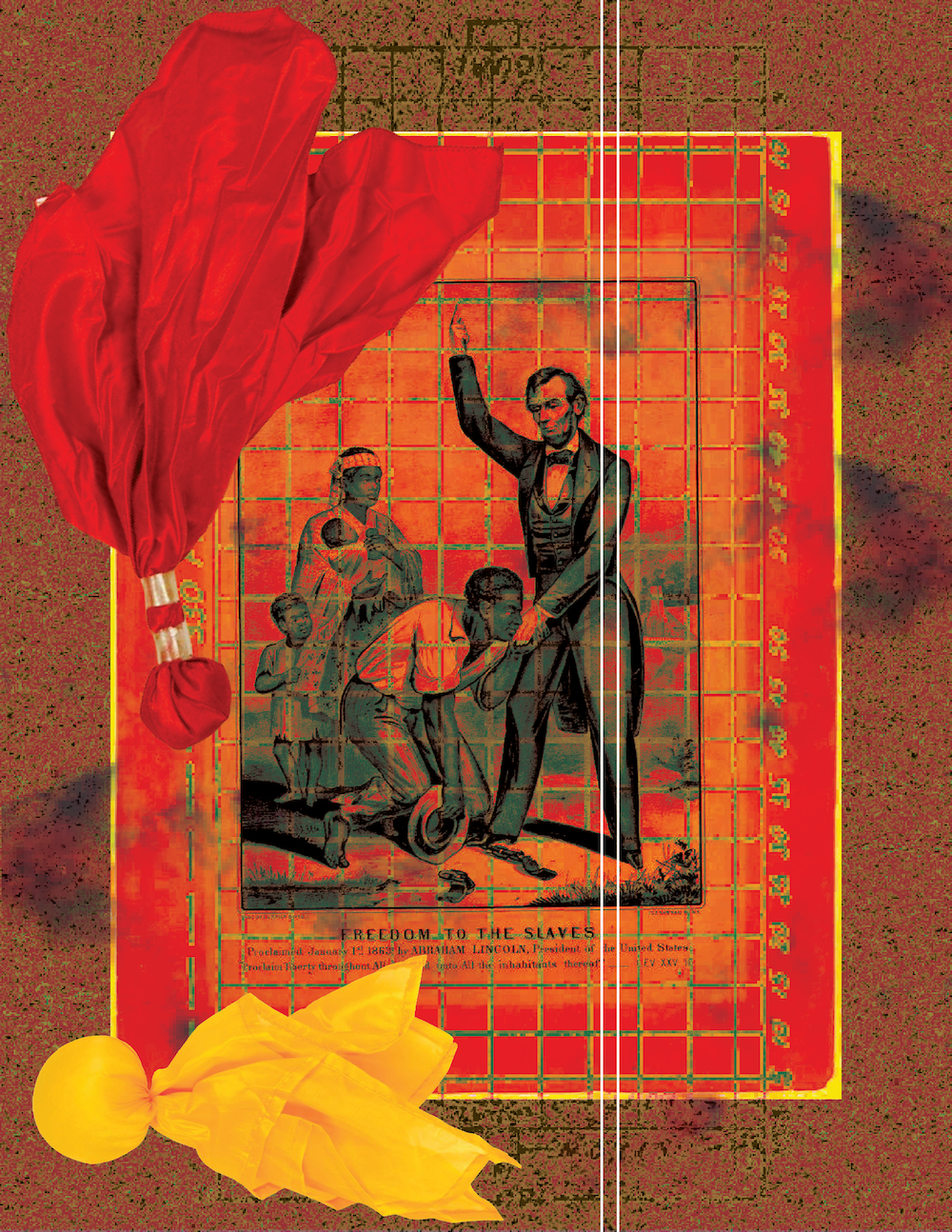
11.5.2022
Lincoln did believe that slavery was morally wrong, but there was one big problem: It was sanctioned by the highest law in the land, the Constitution.
The nation’s founding fathers, who also struggled with how to address slavery, did not explicitly write the word “slavery” in the Constitution, but they did include key clauses protecting the institution, including a fugitive slave clause and the three-fifths clause, which allowed Southern states to count slaves for the purposes of representation in the federal government.
In a three-hour speech in Peoria, Illinois, in the fall of 1854, Lincoln presented more clearly than ever his moral, legal and economic opposition to slavery—and then admitted he didn’t know exactly what should be done about it within the current political system.
Though Lincoln argued that the founding fathers’ phrase “All men are created equal” applied to blacks and whites alike, this did not mean he thought they should have the same social and political rights.
His views became clear during an 1858 series of debates with his opponent in the Illinois race for U.S. Senate, Stephen Douglas, who had accused him of supporting “negro equality.”
In their fourth debate, at Charleston, Illinois, on September 18, 1858, Lincoln made his position clear.
“I will say then that I am not, nor ever have been, in favor of bringing about in any way the social and political equality of the white and black races,” he began, going on to say that he opposed blacks having the right to vote, to serve on juries, to hold office and to intermarry with whites.
#february

11.6.2022
Sugar Ray Robinson was an American professional boxer who competed from 1940 to 1965.
Widely considered the greatest pound-for-pound boxer of all time, Robinson's performances in the welterweight and middleweight divisions prompted sportswriters to create "pound for pound" rankings, where they compared fighters regardless of weight.
He was inducted into the International Boxing Hall of Fame in 1990.
Robinson was 85–0 as an amateur with 69 of those victories coming by way of knockout, 40 in the first round.
He turned professional in 1940 at the age of 19 and by 1951 had a professional record of 128–1–2 with 84 knockouts.
From 1943 to 1951 Robinson went on a 91 fight unbeaten streak, the third longest in professional boxing history.
Renowned for his flamboyant lifestyle outside the ring, Robinson is credited with being the originator of the modern sports "entourage".
After his boxing career ended, Robinson attempted a career as an entertainer, but it was not successful. He struggled financially until his death in 1989.
In 2006 he was featured on a commemorative stamp by the United States Postal Service.
#february
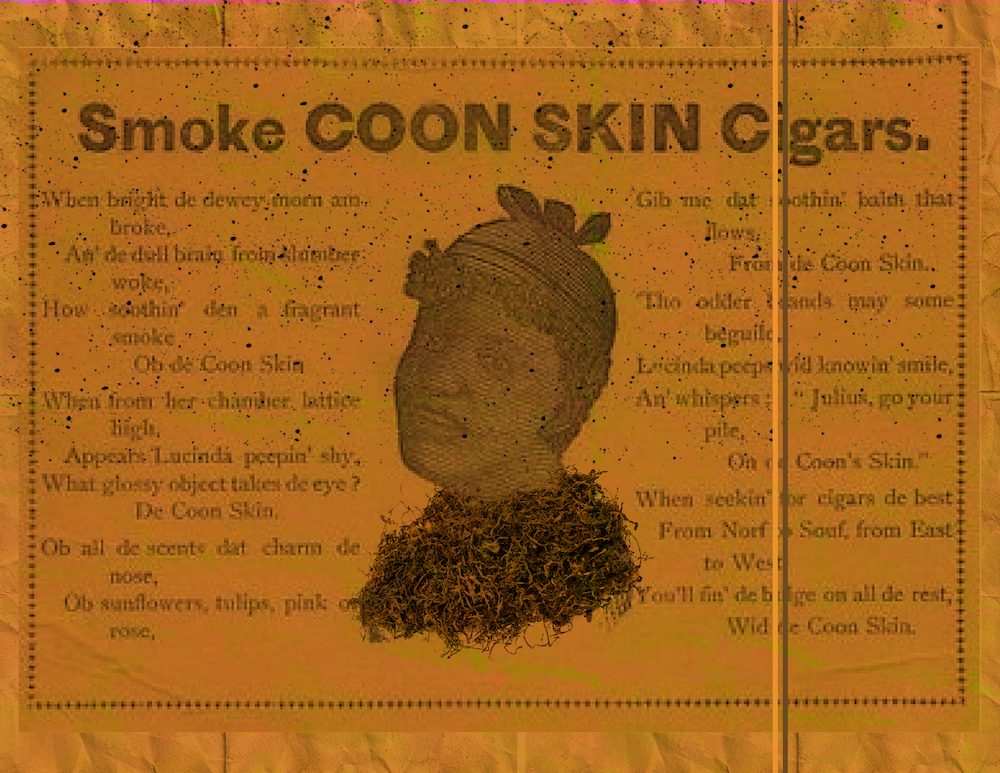
11.7.2022
#february
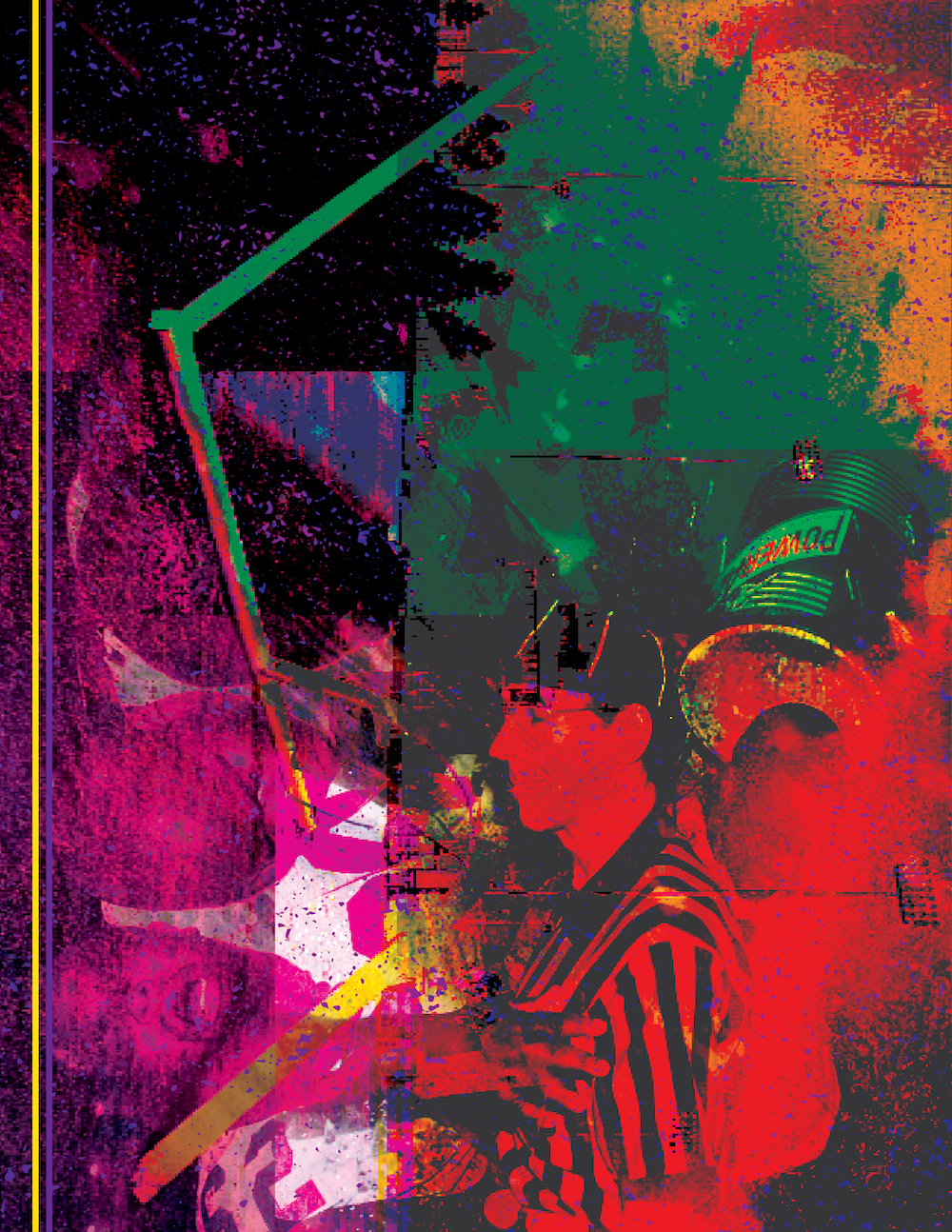
11.8.2022
Prairie View A&M, a historically black university in Prairie View, Texas.
PV has a had a history of success on the gridiron, dating back to the 1950s, the Panthers have won five black college football national championships (1953, 1954, 1958, 1963 and 1964), and have captured 11 conference championships, the most recent coming in 2009.
More than 30 Panthers have gone on to careers in the NFL.
However, on Oct. 28, 1989, Prairie View A&M beat Mississippi Valley State 21-12. The following week the Panthers lost 19-18 to Langston and didn’t win again until a 14-12 victory over that same Langston program on Sept. 27, 1998, in which Prairie View stopped a two-point conversion in the final minute to seal the game.
The 80-game losing streak dwarfs the longest such streak at the now-FBS level. Northwestern dropped 34 games in a row from 1979-82. Columbia, who was a member of NCAA Division 1-AA at the time, failed to win a game in 44 opportunities from 1983-88, which was the longest streak in Division I history until Prairie View concluded theirs a decade later.
Prairie View A&M actually won again in 1998 and finished with a 2-9 record.
#february

11.9.2022
W.E.B. Du Bois and William Monroe Trotter founded The Niagara Movement, a black civil rights organization that got its name from the group's meeting location - Niagara Falls.
It was named for the "mighty current" of change the group wanted to effect and Niagara Falls, near Fort Erie, Ontario, was where the first meeting took place in July 1905.
The Niagara Movement was a call for opposition to racial segregation and disenfranchisement, and it was opposed to policies of accommodation and conciliation promoted by African-American leaders such as Booker T. Washington.
#february

11.10.2022
#february

11.11.2022
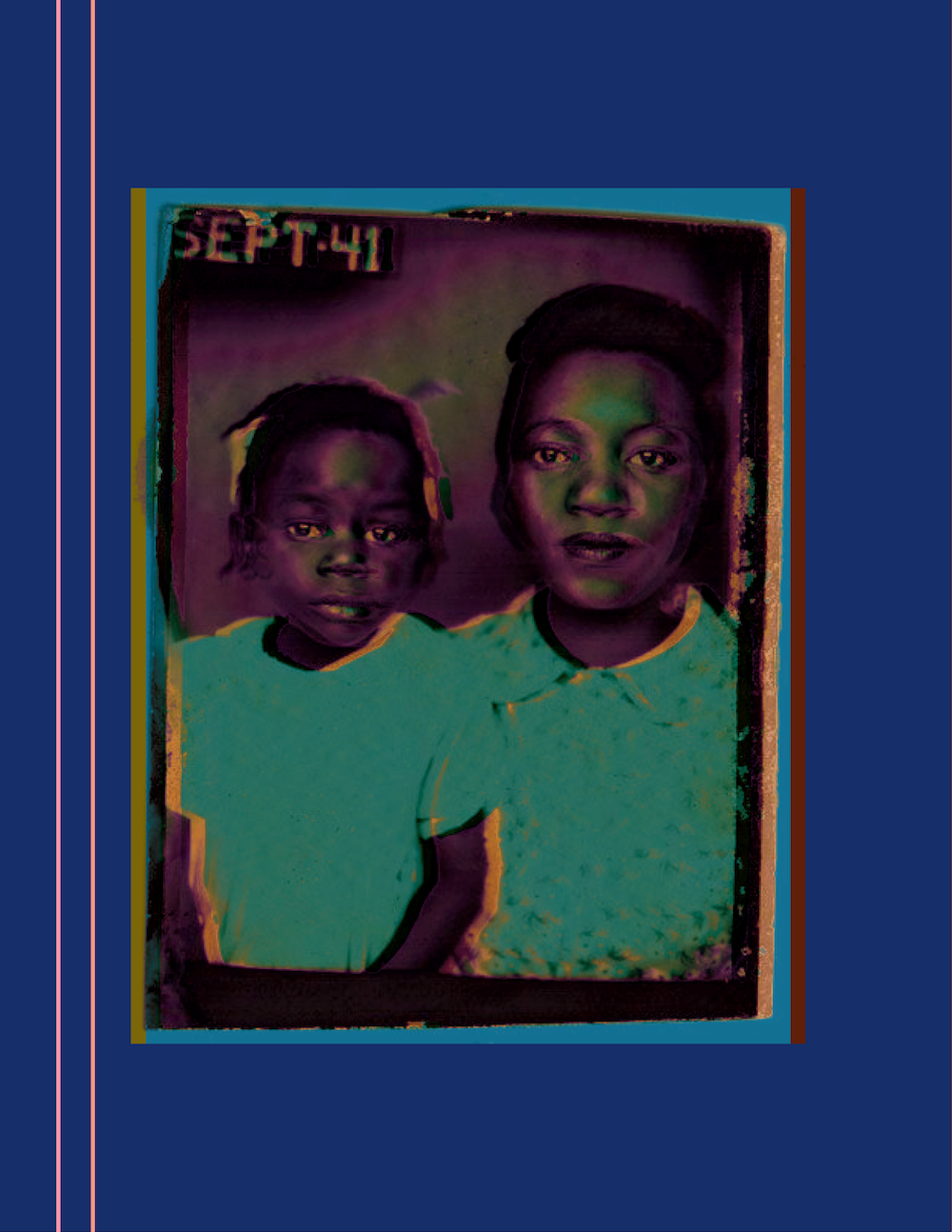
11.12.2022
#february

11.13.2022
#february

11.14.2022
Dorothy Dandridge was an American film and theatre actress, singer, and dancer. She is perhaps best known for being the first African-American actress to be nominated for an Academy Award for Best Actress for her performance in the 1954 film Carmen Jones.
Dandridge performed as a vocalist in venues such as the Cotton Club and the Apollo Theater. During her early career, she performed as a part of The Wonder Children, later The Dandridge Sisters, and appeared in a succession of films, usually in uncredited roles.
In 1959 she was nominated for a Golden Globe Award for Porgy and Bess. She is the subject of the 1999 HBO biographical film, Introducing Dorothy Dandridge.
She has been recognized with a star on the Hollywood Walk of Fame.
In the February 2016 episode of Black-ish entitled "Sink or Swim", Dre refers to Beyoncé as being the "Dorothy Dandridge" of our time, pointing out the star power of Dandridge during her day. He tells of a story where white people had a pool drained simply because Dandridge dipped her toe in it.
#february

11.15.2022
#february
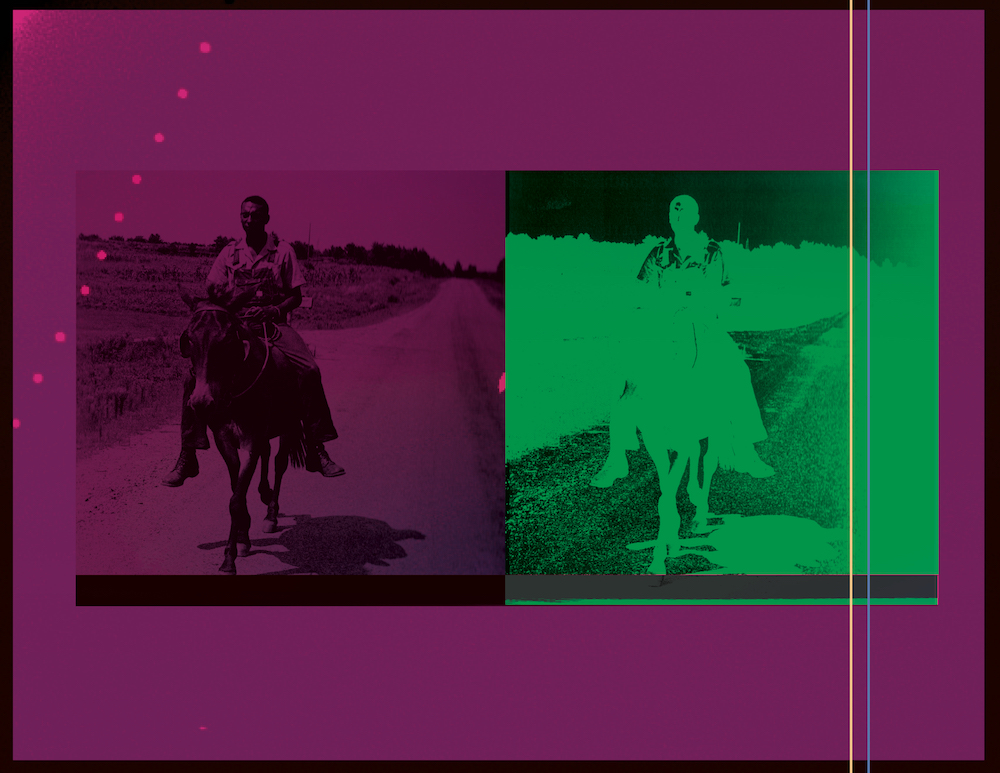
11.16.2022
Stokely Carmichael riding horseback canvassing for voter registration in Lowndes County, Alabama
#february
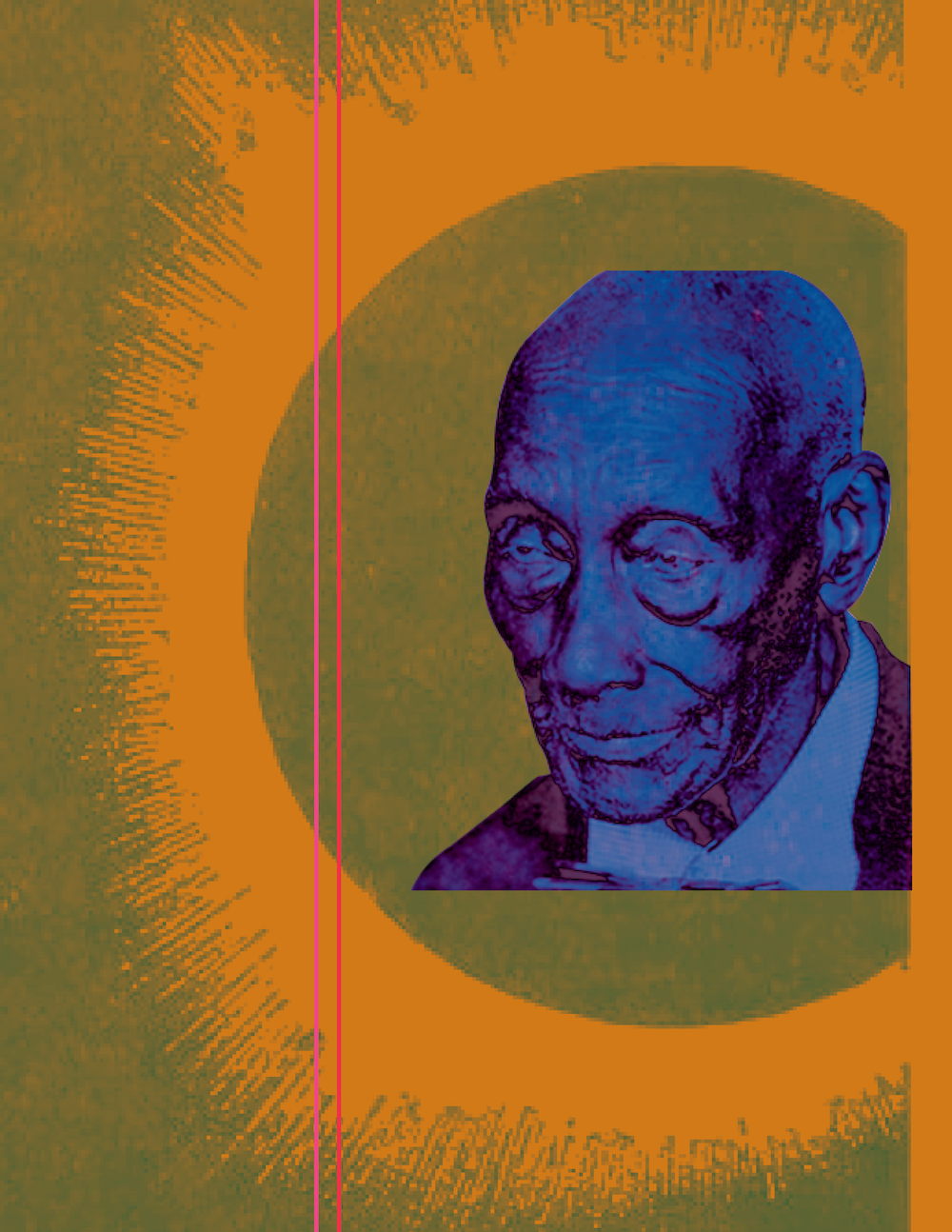
11.17.2022
#february
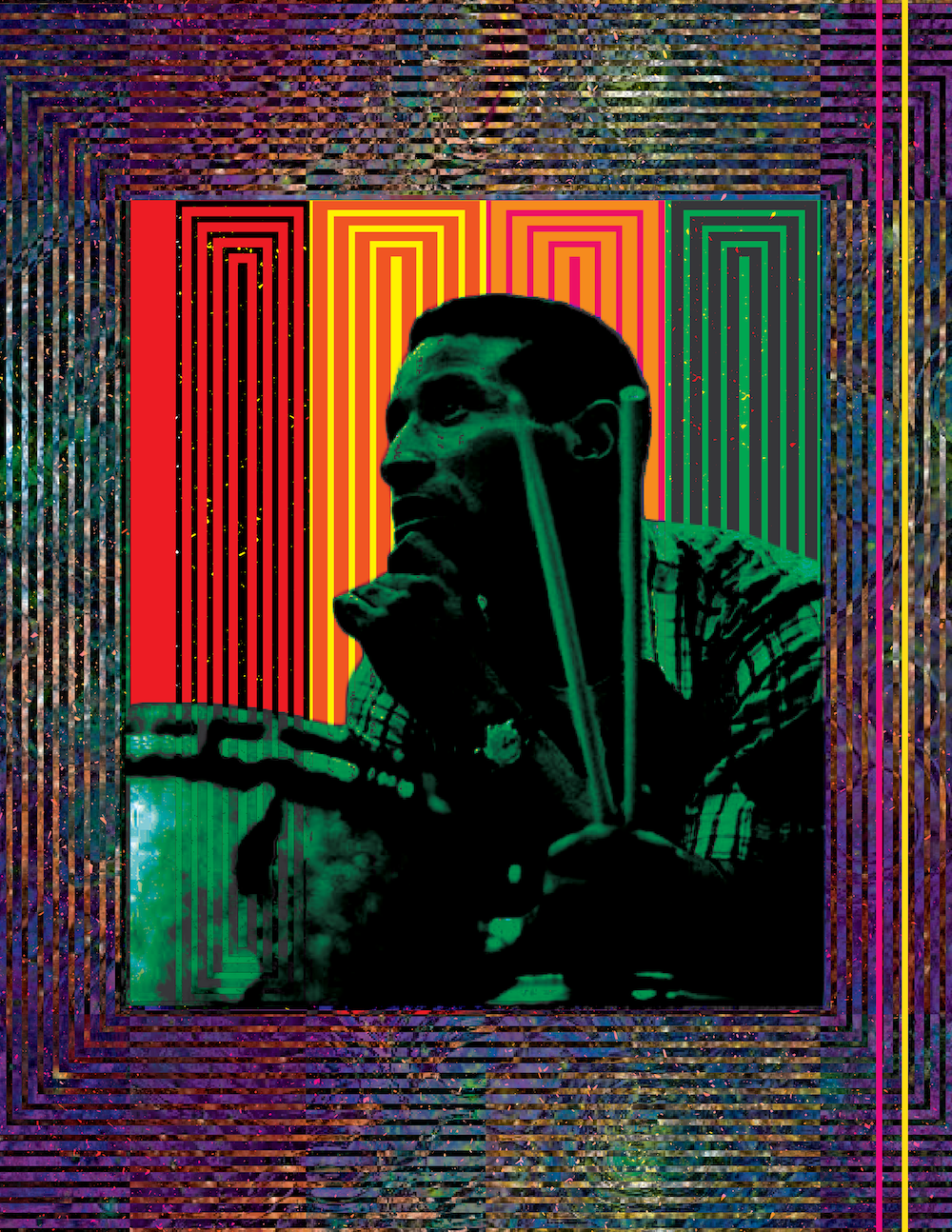
11.18.2022
Max Roach was an American jazz percussionist, drummer, and composer.
A pioneer of bebop, Roach went on to work in many other styles of music, and is generally considered alongside the most important drummers in history.
He worked with many famous jazz musicians, including Coleman Hawkins, Dizzy Gillespie, Charlie Parker, Miles Davis, Duke Ellington, Thelonious Monk, Charles Mingus, Billy Eckstine, Stan Getz, Sonny Rollins, Eric Dolphy, Booker Little, and Robert Stewart (saxophonist).
He was inducted into the Down Beat Hall of Fame in 1980 and the Modern Drummer Hall of Fame in 1992.
Roach also led his own groups, notably a pioneering quintet co-led with trumpeter Clifford Brown and the percussion ensemble M'Boom, and made numerous musical statements relating to the Civil Rights Movement.
#february
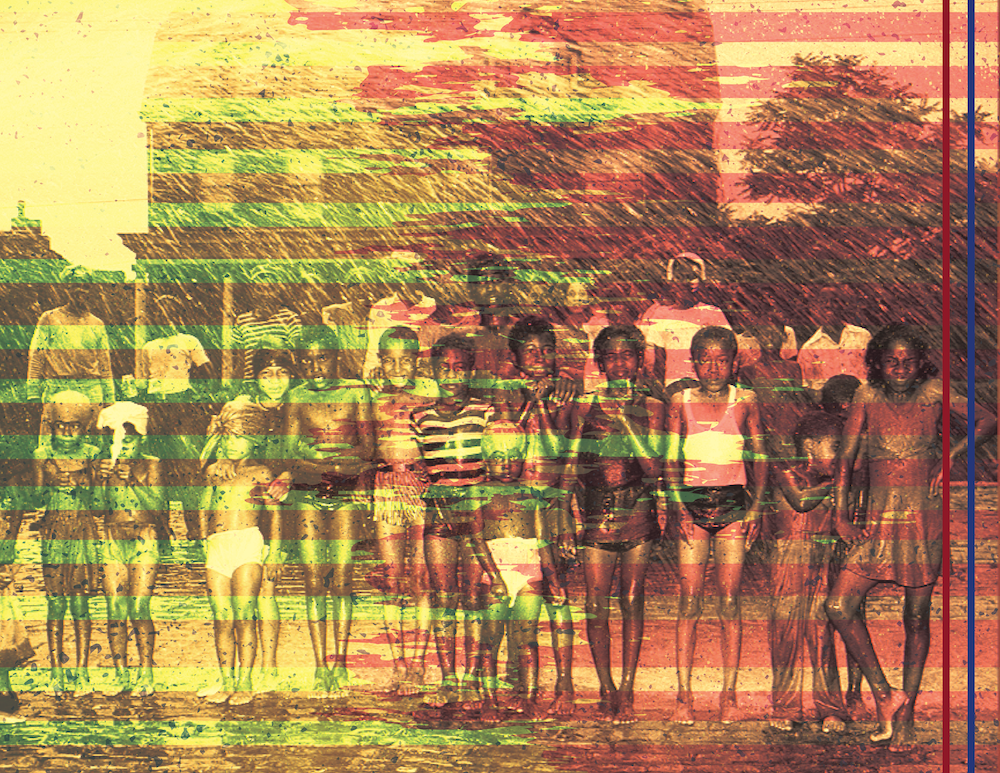
11.19.2022
#february

11.20.2022
Kress 5&10 store removes stools to prevent students from integrating the lunch counter with a sit-in, 1960. Orangeburg, SC.
#february

11.21.2022
After a cross was burned in front of a freedom house, it was turned into a freedom sign.
#february
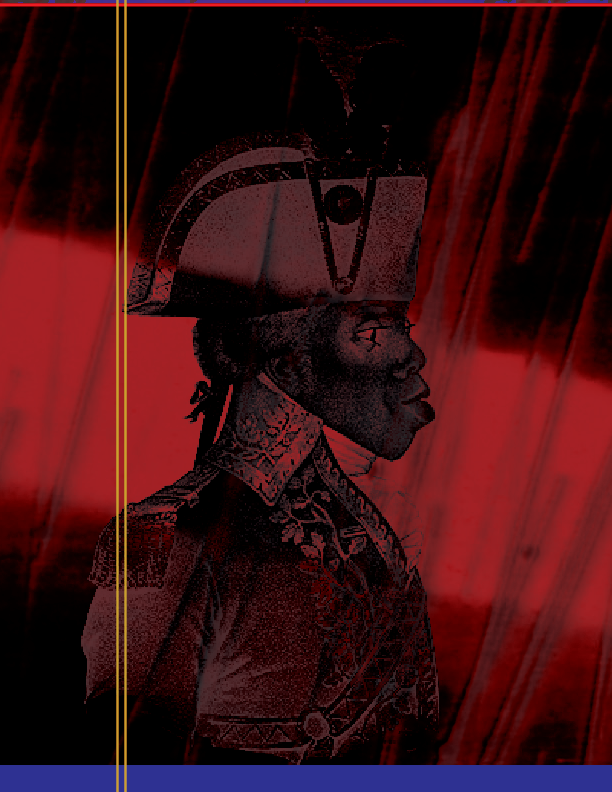
11.22.2022
François-Dominique Toussaint Louverture also known as Toussaint L'Ouverture or Toussaint Bréda, was the best-known leader of the Haitian Revolution.
His military and political acumen saved the gains of the first Black insurrection in November 1791. He first fought for the Spanish against the French; then for France against Spain and Great Britain; and finally, for Saint-Domingue against Napoleonic France.
He then helped transform the insurgency into a revolutionary movement, which by 1800 had turned Saint-Domingue, the most prosperous slave colony of the time, into the first free colonial society to have explicitly rejected race as the basis of social ranking.
Though Toussaint did not sever ties with France, his actions in 1800 constituted a de facto autonomous colony.
The colony's constitution proclaimed him governor for life even against Napoleon Bonaparte's wishes. He died betrayed before the final and most violent stage of the armed conflict.
However, his achievements set the grounds for the Black army's absolute victory and for Jean-Jacques Dessalines to declare the sovereign state of Haiti in January 1804.
Toussaint's prominent role in the Haitian success over colonialism and slavery had earned him the admiration of friends and detractors alike.
"I was born a slave, but nature gave me the soul of a free man."
#february

11.23.2022
Originally a local Philadelphia area contest to protest the lack of black women in the Miss America pageant.
J. Morris Anderson created and produced the Miss Black America Pageant on August 17, 1968, at the Ritz-Carlton in Atlantic City.
With support from Phillip H. Savage, Tri-State Director of the NAACP, the pageant received nationwide press coverage as a protest against the Miss America Pageant, an event that Mr. Savage and other NAACP leaders had long condemned for exclusion of black women contestants.
In September 1977, NBC televised the Miss Black America contest, the day before CBS televised Miss America.
#february

11.24.2022
The Scottsboro Boys were nine African American teenagers accused in Alabama of raping two White American women on a train in 1931.
The landmark set of legal cases from this incident dealt with racism and the right to a fair trial. The cases included a lynch mob before the suspects had been indicted, all-white juries, rushed trials, and disruptive mobs. It is commonly cited as an example of a miscarriage of justice in the United States legal system.
On March 25, 1931, two dozen people were 'hoboing' on a freight train traveling between Chattanooga and Memphis, Tennessee, the hoboes being an equal mix of African-Americans and Caucasians.
A group of white teenage boys saw 18 year-old Haywood Patterson on the train and attempted to push him off the train, claiming that it was "a white man's train". A group of whites gathered rocks and attempted to force all of the black men from the train. Patterson and the other black passengers were able to ward off the group.
The humiliated white teenagers jumped or were forced off the train and reported to the city's sheriff that they had been attacked by a group of black teenagers. The sheriff deputized a posse comitatus, stopped and searched the train at Paint Rock, Alabama and arrested the black Americans.
Two young white women also got off the train and accused the black teenagers of rape. The case was first heard in Scottsboro, Alabama, in three rushed trials, in which the defendants received poor legal representation.
All but 12-year-old Roy Wright were convicted of rape and sentenced to death, the common sentence in Alabama at the time for black men convicted of raping white women.
With help from the Communist Party USA (CPUSA) and the NAACP, the case was appealed. The Alabama Supreme Court affirmed seven of the eight convictions, and granted 13-year-old Eugene Williams a new trial because he was a minor.
Chief Justice John C. Anderson dissented, ruling that the defendants had been denied an impartial jury, fair trial, fair sentencing, and effective counsel. While waiting for their trials, eight of the nine defendants were held in Kilby Prison. The cases were twice appealed to the United States Supreme Court, which led to landmark decisions on the conduct of trials. In Powell v. Alabama (1932), it ordered new trials.
#february
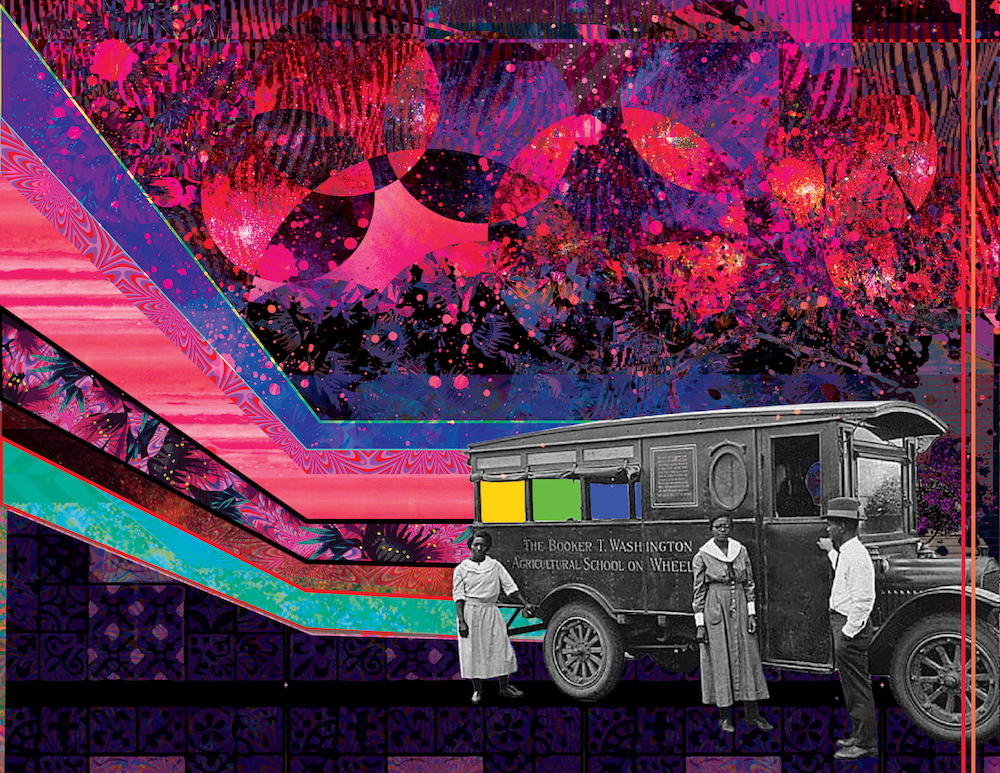
11.25.2022
Booker T. Washington, founder of Tuskegee University, and scientist/inventor George Washington Carver are well known for their pioneering work in education and agriculture at Tuskegee University. Many may not know though that they also offered people the opportunity for education through a “school on wheels”.
The school was used as a form of outreach to rural farmers to help expose them to modern tools and methods of farming. The school on wheels operated in several different forms from 1906-1944. The first school on wheels was a horse drawn wagon.
The school was birthed with funding from benefactor Morris K. Jessup and built by Tuskegee students. Booker T. Washington had a goal to provide agricultural education to those who could not afford to travel to Tuskegee.
When George Washington Carver came to Tuskegee he also shared the desire to educate rural farmers. Both he and Washington were known for visiting rural farmers and sharing information with them.
The school was overseen by Thomas Moore. In 1918 the school on wheels transitioned from being horse- drawn to being a Ford truck. Tuskegee continues the school on wheels tradition today through its veterinary science program.
#february
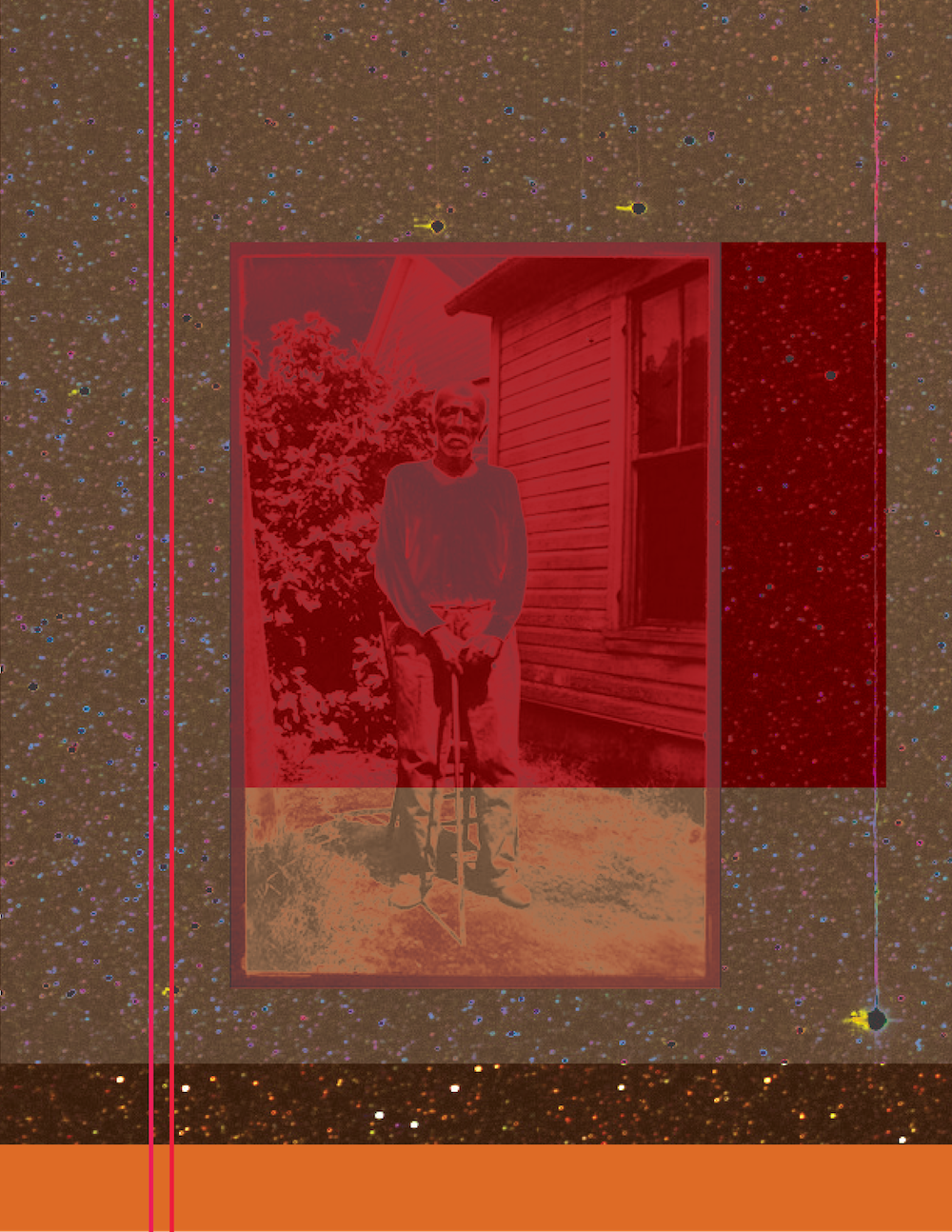
11.26.2022
#February

11.27.2022
African American boy seated on porch of house, while another African American boy is standing with bicycle on porch of another house, with two young African American women on steps, Georgia 1899
#februray
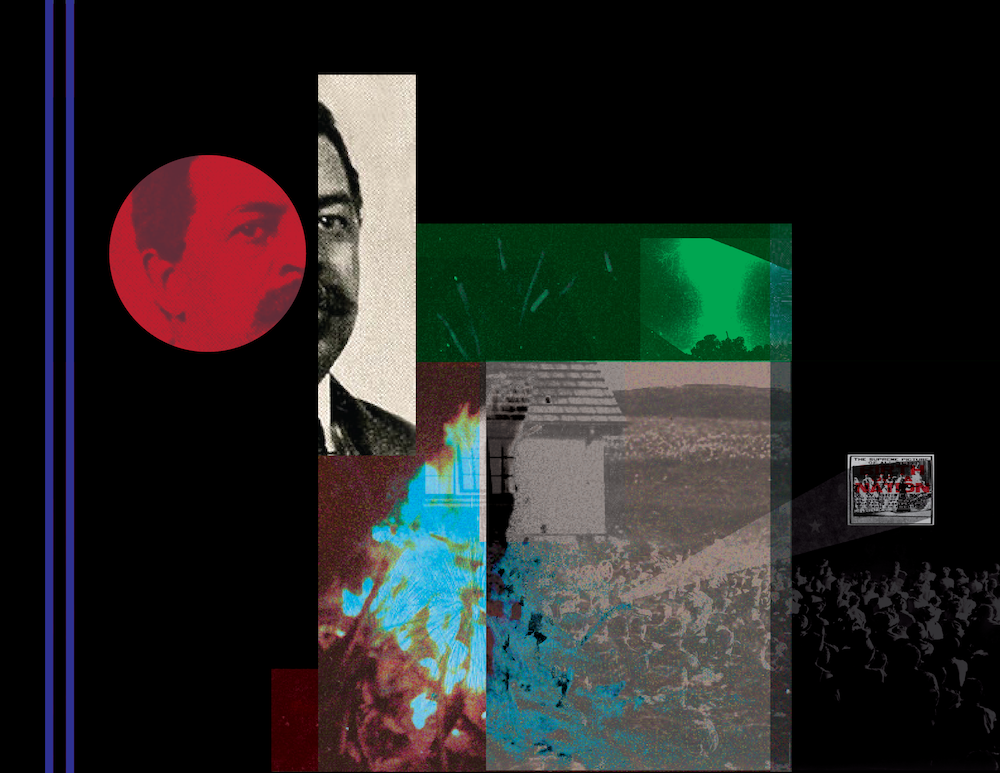
11.28.2022
William Monroe Trotter sometimes just Monroe Trotter was a newspaper editor and real estate businessman based in Boston, Massachusetts, and an activist for African-American civil rights.
He was an early opponent of the accommodationist race policies of Booker T. Washington, and in 1901 founded the Boston Guardian, an independent African- American newspaper, as a vehicle to express that opposition.
In 1914 he had a highly publicized meeting with President Woodrow Wilson, in which he protested Wilson's introduction of segregation into the federal workplace. In Boston, Trotter succeeded in 1910 in shutting down productions of The Clansman but he was unsuccessful in 1915 with screenings of the movie Birth of a Nation, which also portrayed the Ku Klux Klan in favorable terms
On the evening of March 21, 1915, President Woodrow Wilson attended a special screening at the White House of THE BIRTH OF A NATION, a film directed by D.W. Griffith and based on THE CLANSMAN, a novel written by Wilson's good friend Thomas Dixon.
After seeing the film, an enthusiastic Wilson reportedly remarked: "It is like writing history with lightning, and my only regret is that it is all so terribly true."
He was not able to influence the peace talks at the end of World War I, and was in later years a marginalized voice of protest. In an alliance with Roman Catholics, in 1921 he did get a revival screening banned of Birth of a Nation. He died on his 62nd birthday after a possibly suicidal fall from his Boston home.
#february

11.29.2022
Inmates pick cotton on a state prison farm in Sugar Land, Texas. 1960s
#february

11.30.2022
#february
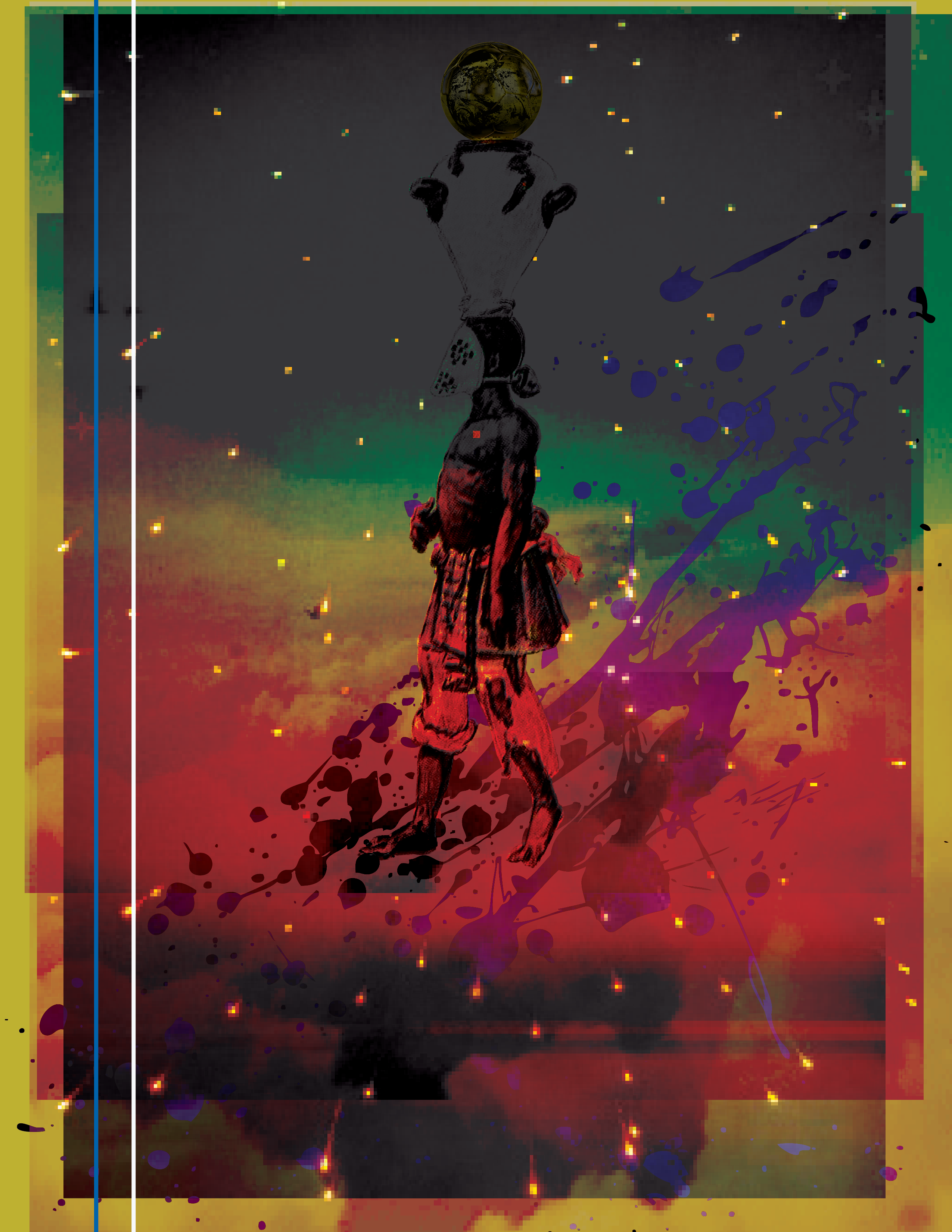
12.1.2022
The Portuguese became involved with the African slave trade first during the Reconquista ("reconquest") of the Iberian Peninsula mainly through the mediation of the Alfaqueque: the person tasked with the rescue of Portuguese captives, slaves and prisoners of war; and then later in 1441, long before the colonization of Brazil, but now as slave traders.
Slaves exported from Africa during this initial period of the Portuguese slave trade primarily came from Mauritania, and later the Upper Guinea coast.
Scholars estimate that as many as 156,000 slaves were exported from 1441 to 1521 to Iberia and the Atlantic islands from the African coast.
The trade made the shift from Europe to the Americas as a primary destination for slaves around 1518.
Prior to this time, slaves were required to pass through Portugal to be taxed before making their way to the Americas.
#february

12.2.2022
#february

12.3.2022
Ida B. Wells, was an African-American journalist, newspaper editor, suffragist, sociologist, feminist, Georgist, and an early leader in the Civil Rights Movement. She was one of the founders of the National Association for the Advancement of Colored People (NAACP) in 1909.
The murder of her friends drove Wells to research and document lynchings and their causes. She began investigative journalism by looking at the charges given for the murders, which officially started her anti-lynching campaign.
She spoke on the issue at various black women's clubs, and raised more than $500 to
investigate lynchings and publish her results. Wells found that black people were
lynched for such social control reasons as failing to pay debts, not appearing to
give way to whites, competing with whites economically, and being drunk in public.
She found little basis for the frequent claim that black men were lynched because
they had sexually abused or attacked white women.
This alibi seemed to have partly accounted for white America's collective acceptance or silence on lynching, as well as its acceptance by many in the educated African-American community. Before her friends were lynched and she conducted research, Wells had concluded that "although lynching was... contrary to law and order...it was the terrible crime of rape [that] led to the lynching; [and] that perhaps...the mob was justified in taking his [the rapist's] life".
She published her findings in a pamphlet entitled "Southern Horrors: Lynch Law in All Its Phases." She followed this with an editorial that suggested that, unlike the myth that white women were sexually at risk of attacks by black men, most liaisons between black men and white women were consensual.
After the editorial was published, Wells left Memphis for a short trip to New England, to cover another story for the newspaper. Her editorial enraged white men in Memphis. Their responses in two leading white newspapers, The Daily Commercial and The Evening Scimitar, were brimming with hatred; "the fact that a black scoundrel is allowed to live and utter such loathsome...calumnies is a volume of evidence as to the wonderful patience of southern whites. But we have had enough of it".
On May 27, 1892, while she was away in Philadelphia, a white mob destroyed the offices
of the Free Speech and Headlight.
Numerous other studies have supported Wells' findings of lynching as a form of community
control and analyzed variables that affect lynching.
Beck and Tolnay's influential 1990 study found that economics played a major role, with the rate of lynchings higher when marginal whites were under threat because of uncertain economic conditions.
#february
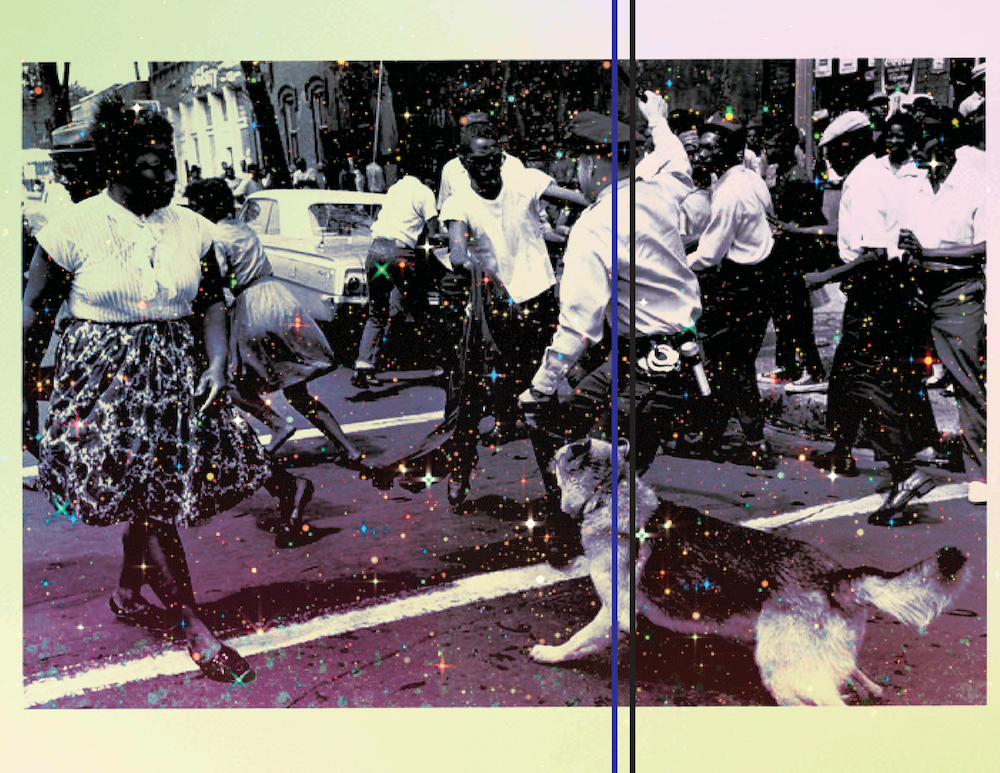
12.4.2022
#february
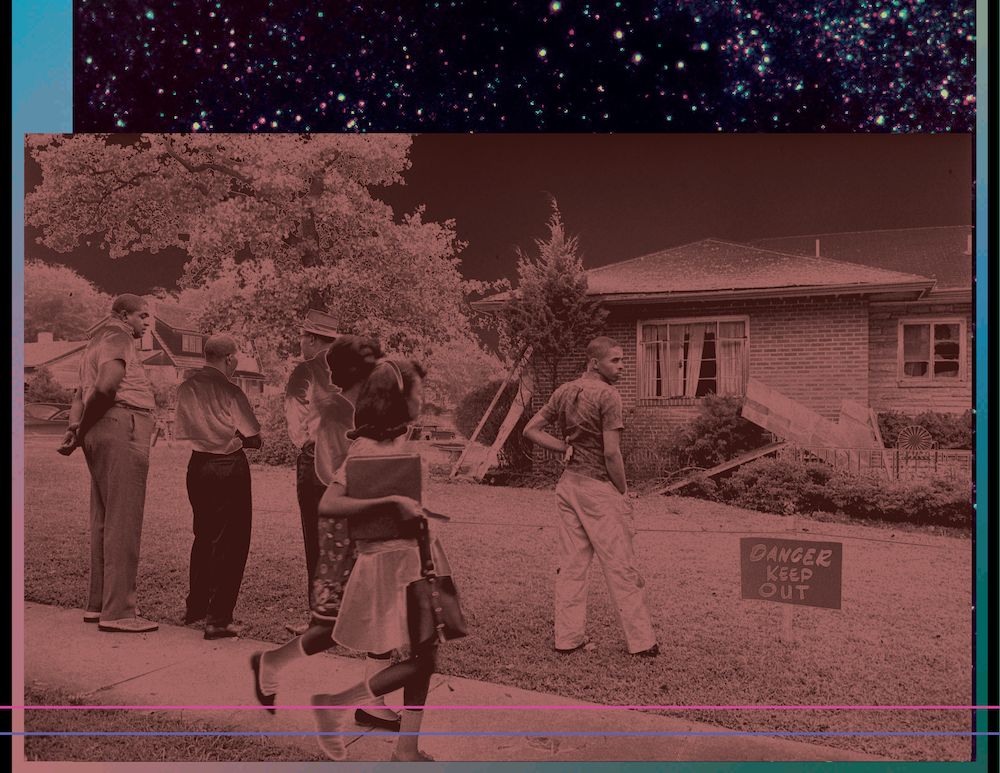
12.5.2022
Birmingham, Alabama residents viewing the bomb-damaged home of Arthur Shores on September 5, 1963. The bomb exploded the previous day, September 4, injuring Shores' wife.
Arthur Davis Shores (September 25, 1904 – December 16, 1996) was an American civil rights attorney who was considered Alabama's "drum major for justice".
In 1955, Shores successfully argued before the U.S. Supreme Court in Lucy v. Adams to prevent the University of Alabama from denying admission solely based on race or color. Autherine Lucy became the first African-American to attend the school when she was admitted in 1956. On the third day of classes, a hostile mob assembled to prevent Lucy from attending classes. The police were called to secure her admission but, that evening, the University suspended Lucy on the grounds that it could not provide a safe environment.
Shores' campaign in 1963 to integrate the Birmingham public schools brought violence to him and other residents. Shore's home was fire-bombed on August 20 and September 4 in retaliation for black parents registering their children at white schools. Eleven days later a bomb killed four girls at 16th Street Baptist Church.He argued before the Supreme court in the same year that the arrests of peaceful demonstrators in Birmingham should be ruled unconstitutional.
#february

12.6.2022
The Supremes were the most commercially successful of Motown's acts and are, to date, America's most successful vocal group
#february
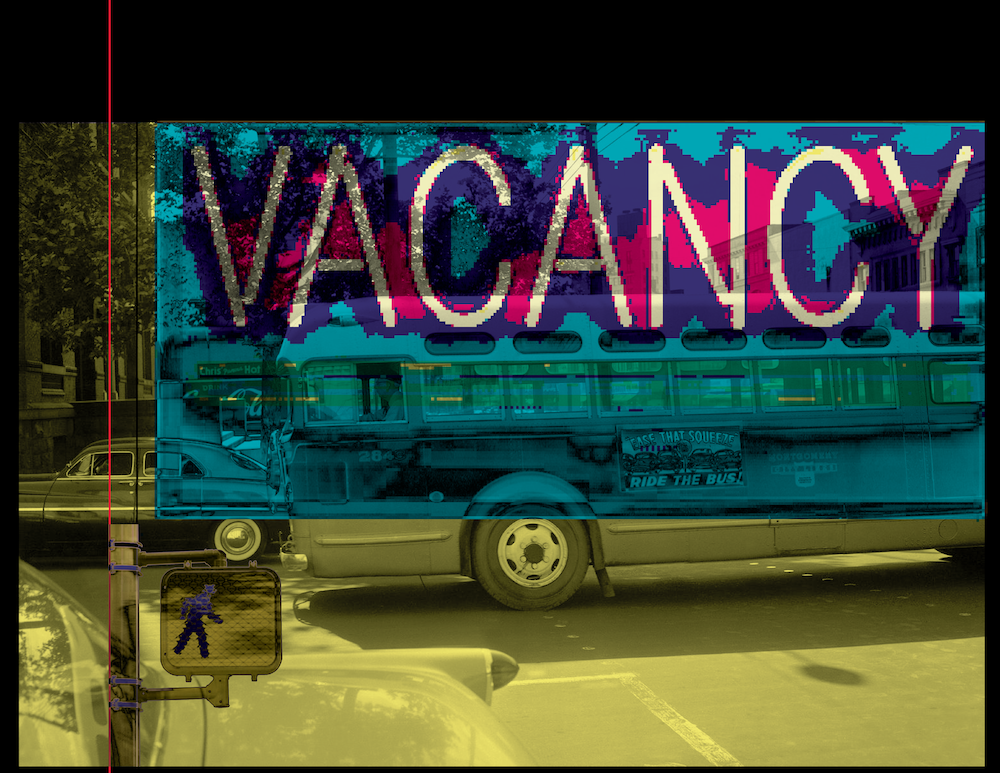
12.7.2022
On the night of Rosa Parks' arrest, the Women's Political Council, led by Jo Ann Robinson, printed and circulated a flyer throughout Montgomery's black community that read as follows:
Another woman has been arrested and thrown in jail because she refused to get up out
of her seat on the bus for a white person to sit down. It is the second time since
the Claudette Colvin case that a Negro woman has been arrested for the same thing.
This has to be stopped. Negroes have rights too, for if Negroes did not ride the buses,
they could not operate. Three-fourths of the riders are Negro, yet we are arrested,
or have to stand over empty seats. If we do not do something to stop these arrests,
they will continue. The next time it may be you, or your daughter, or mother. This
woman's case will come up on Monday. We are, therefore, asking every Negro to stay
off the buses Monday in protest of the arrest and trial. Don't ride the buses to work,
to town, to school, or anywhere on Monday. You can afford to stay out of school for
one day if you have no other way to go except by bus. You can also afford to stay
out of town for one day. If you work, take a cab, or walk. But please, children and
grown-ups, don't ride the bus at all on Monday. Please stay off all buses Monday
#february
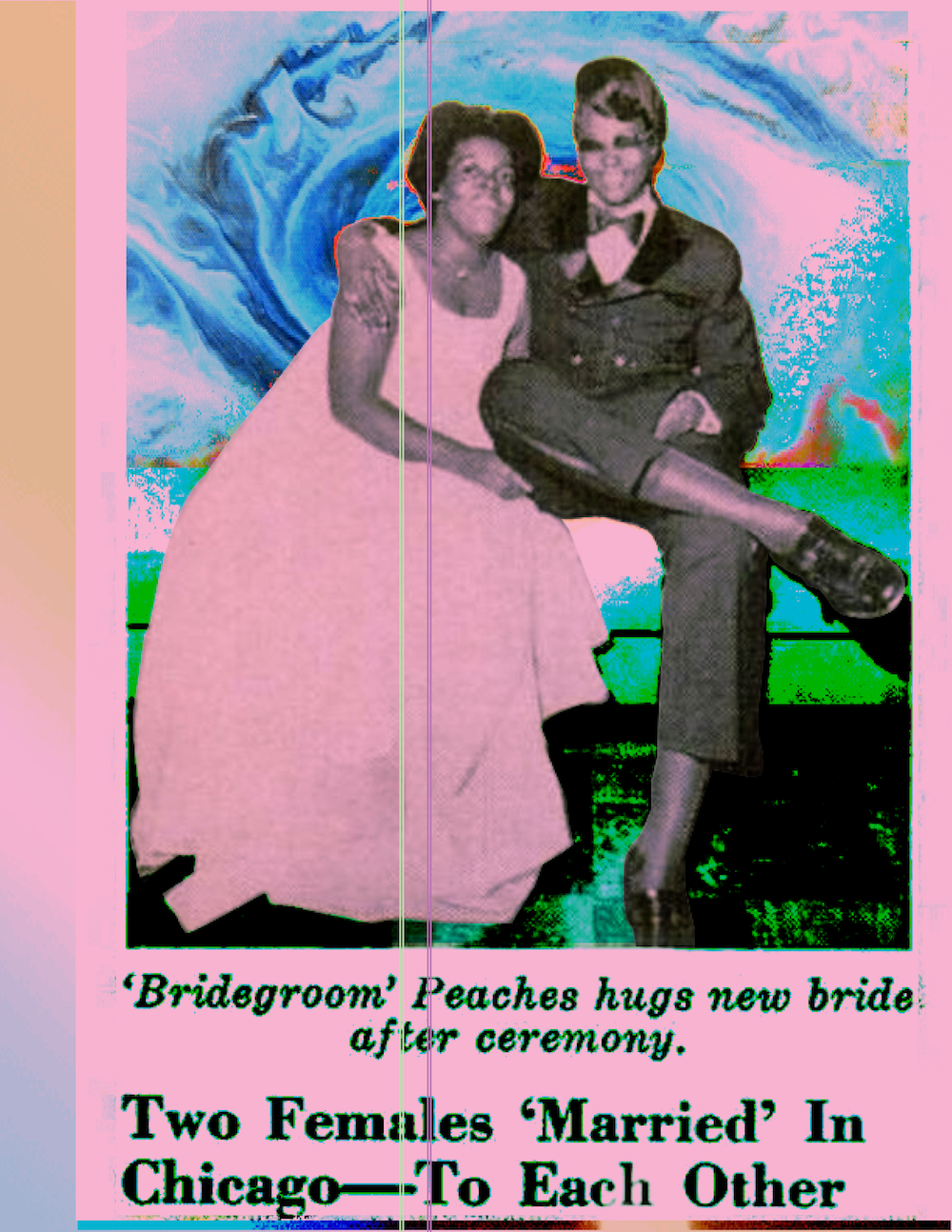
12.8.2022
#february

12.9.2022
George Junius Stinney Jr. was a 14 year old African-American convicted of murder as a result of a racially-biased and discriminatory trial in 1944 in his home town of Alcolu, South Carolina.
He is one of the youngest persons in the United States in the 20th-century to be sentenced to death and to be executed.
Stinney was convicted in less than 10 minutes, during a one-day trial, by an all-white jury of the first-degree murder of two white girls: 11-year-old Betty June Binnicker and 8- year-old Mary Emma Thames.
After being arrested, Stinney was said to have confessed to the crime.
There was no written record of his confession apart from notes provided by an investigating deputy, and no transcript was recorded of the brief trial. He was denied appeal and executed by electric chair.
On December 17, 2014, his conviction was posthumously vacated 70 years after his execution, because the circuit court judge ruled that he had not been given a fair trial; he had no effective defense and his Sixth Amendment rights had been violated. ⠀⠀⠀⠀⠀⠀⠀⠀⠀
#february
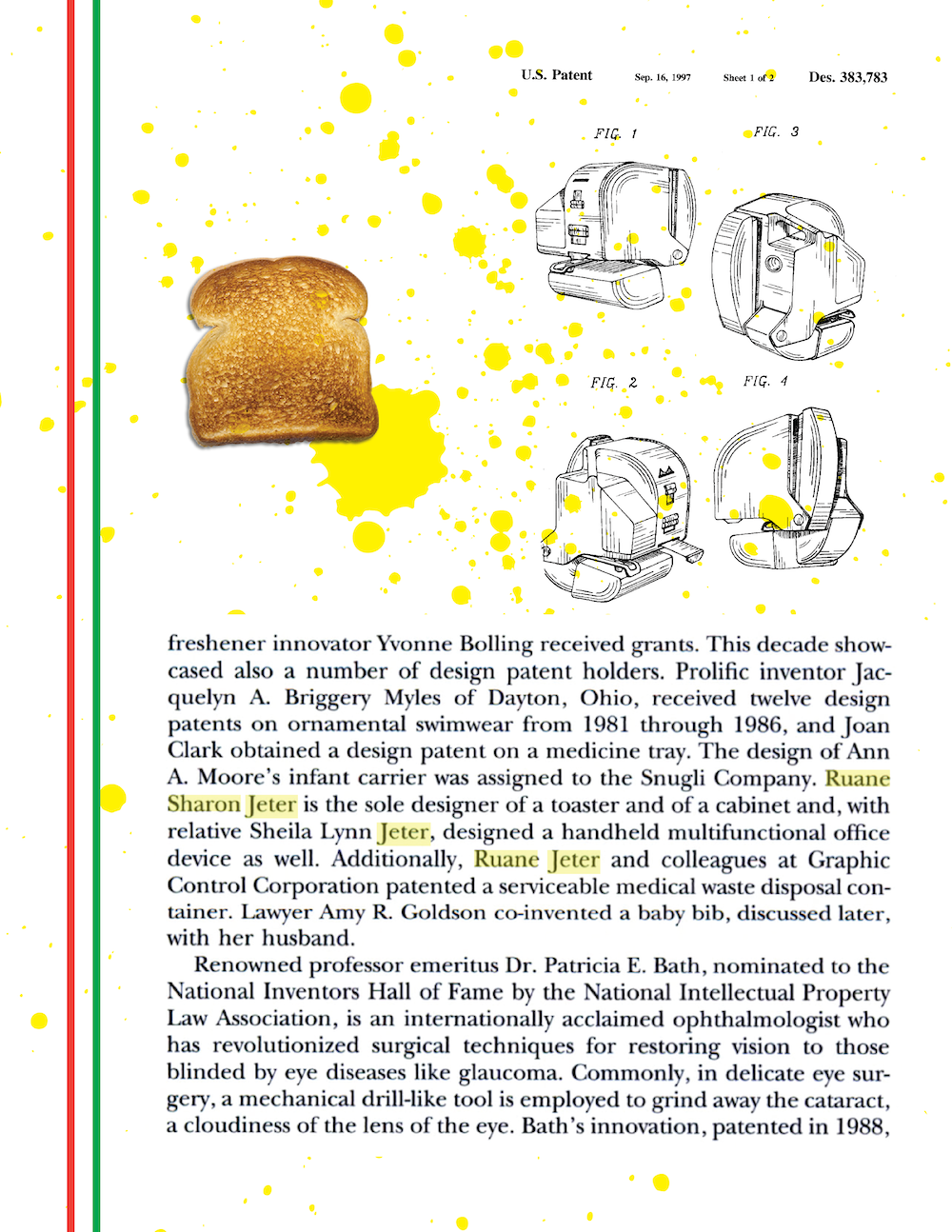
12.10.2022
Ruane Sharon Jeter and Shelia Lynn Jeter are two black inventors. There is little to no information on either women. My findings have led me to these small snippets of information.
Ruane Sharon Jeter was awarded a patent in 1987 for A toaster with a digital clock
that allowed users to control how brown they wanted their bread.
Together (nonexclusive) with Shelia Lynn Jeter the two have been credited with holding
patents for:
• Sheathed scissors
• Tape rule calculator
• Multipurpose stationery tool
• Simulative toy pencil sharpener
• Simulative toy hole punch
• Multipurpose office-use article
• Combined tape measure and pencil sharpener • Carpenter’s rule with pencil sharpener
• Stapler
• Staple remover
• medical waste disposable container
Due to the insignificant amount of information I am solely presented my findings, The only available information about either women is a patent image of the multipurpose tool from google Patent number: D383783, a small section from a book written on African American inventors (The Inventive Spirit of African Americans: Patented Ingenuity By Patricia Carter Sluby) , and of course, toast.
#february

12.11.2022
#february

12.12.2022
#february
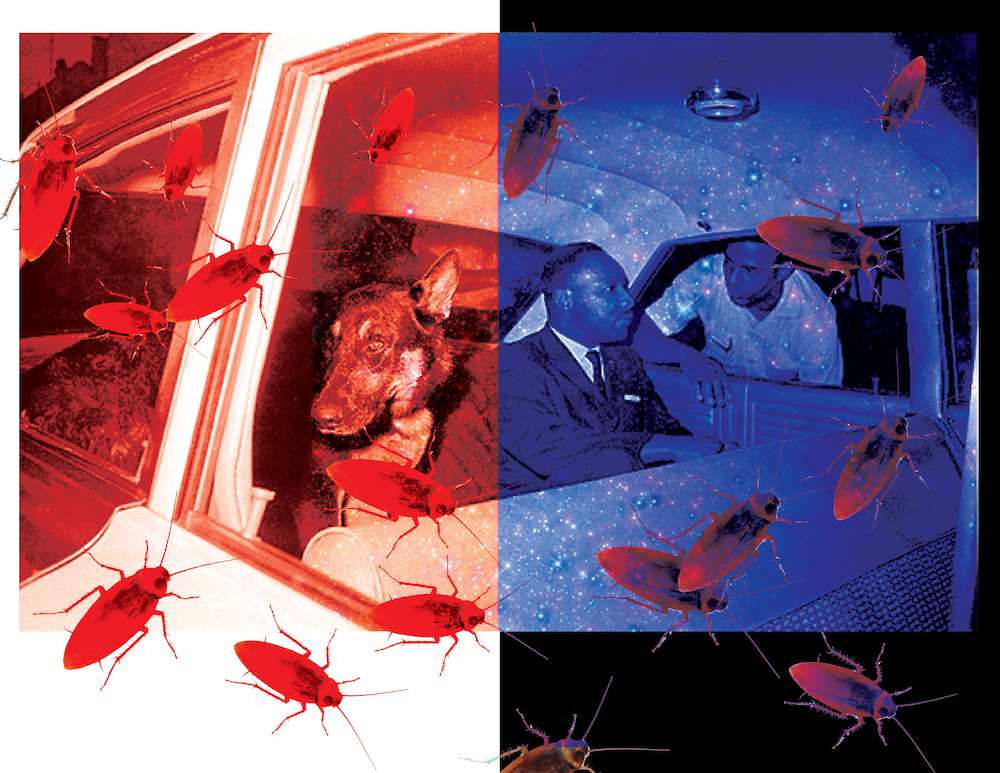
12.13.2022
MLK is arrested for protesting in the Ancient City, St. Augustine, Florida.
#february

12.14.2022
#february

12.15.2022
Jamaican Maroons are descend from maroon, Africans who escaped from slavery onto the island of Jamaica and established free communities in the mountainous interior, primarily in the eastern parishes. Escaped Africans who were enslaved during Spanish rule over Jamaica (1493–1656) may have been the first to develop such refugee communities.
The British, who invaded the island in 1655, expanded the importation of slaves to support their extensive development of sugar-cane plantations. Africans in Jamaica continually fought and revolted, with many who escaped becoming maroons. The revolts had the effect of disrupting the sugar economy in Jamaica and making it less profitable. The revolts simmered down after the British government promised to free the slaves if they stopped revolting, and slavery was abolished in 1834.
The Windward Maroons and those from the Cockpit Country resisted conquest in the First Maroon War (c. 1728 to 1740), which the government ended in 1739–1740 by making treaties to grant lands and to respect maroon autonomy, in exchange for peace and aiding the colonial militia if needed against external enemies.
Tension between British colonial Governor Alexander Lindsay, 6th Earl of Balcarres, and the majority of the Leeward Maroons resulted in the Second Maroon War from 1795 to 1796. Although the governor promised leniency if the maroons surrendered, he later betrayed them and, supported by the Assembly, insisted on deporting 600 maroons to British settlements in Nova Scotia, where British slaves who escaped from the United States were also resettled.
The deported maroons were unhappy with conditions in Canada, and in 1800 a majority left, having obtained passage to Freetown, eight years after the Sierra Leone Company established it in West Africa (in present-day Sierra Leone).
The word "maroon" is derived via French from the Spanish word cimarrón, meaning "wild" or "untamed". This word usually referred to runaways, castaways, or the shipwrecked; those marooned probably would never return. The origin of the Spanish word cimarrón is unknown.
#februray

12.16.2022
Octavia E. Butler was an American science fiction writer. A multiple recipient of both the Hugo and Nebula awards, in 1995 she became the first science fiction writer to receive the MacArthur Fellowship, nicknamed the "Genius Grant"Octavia Estelle Butler was born on June 22, 1947, in Pasadena, California, the only child of Octavia Margaret Guy, a housemaid, and Laurice James Butler, a shoeshine man.
From an early age, an almost paralyzing shyness made it difficult for Butler to socialize with other children. Her awkwardness, paired with a slight dyslexia that made schoolwork a torment, led her to believe that she was "ugly and stupid, clumsy, and socially hopeless," becoming an easy target for bullies. As a result, she frequently passed the time reading at the Pasadena Central Library and writing reams and reams of pages in her "big pink notebook".
At age 10, she begged her mother to buy her a Remington typewriter on which she "pecked [her] stories two fingered". At 12, watching the televised version of the film Devil Girl from Mars (1954) convinced her she could write a better story, so she drafted what would later become the basis for her Patternist novels.
Happily ignorant of the obstacles that a black female writer could encounter, she became unsure of herself for the first time at the age of 13, when her well-intentioned aunt Hazel conveyed the realities of segregation in five words: "Honey ... Negroes can't be writers."
#february
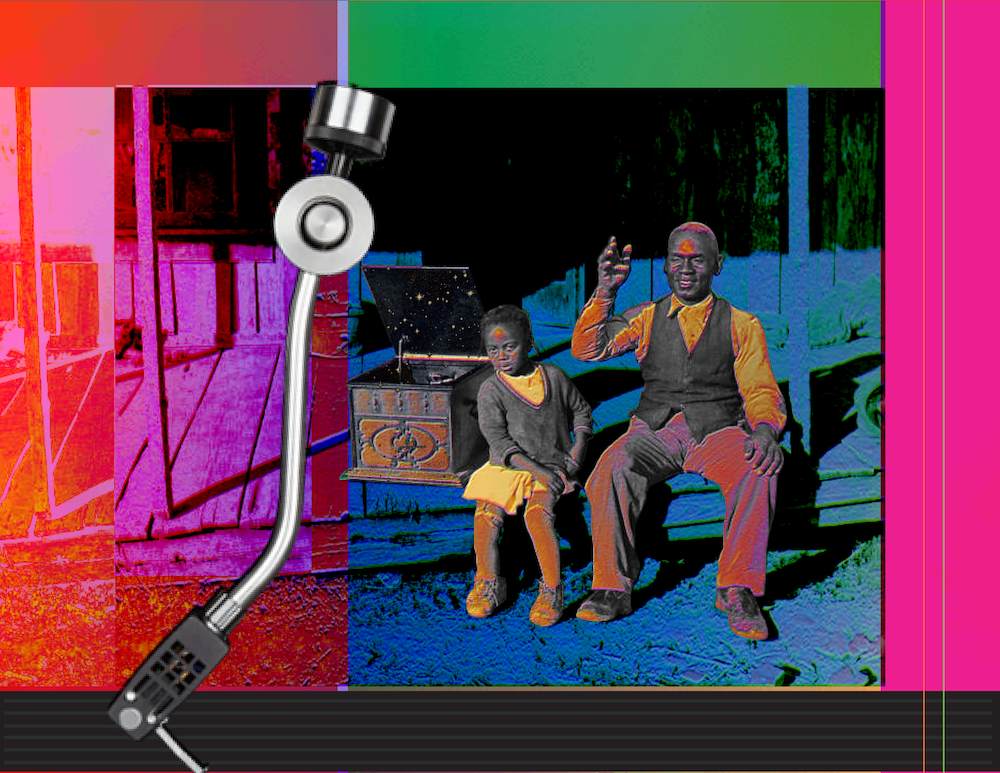
12.17.2022
Lonnie Fair and Daughter Listen to Victrola on Farm in Mississippi
#february
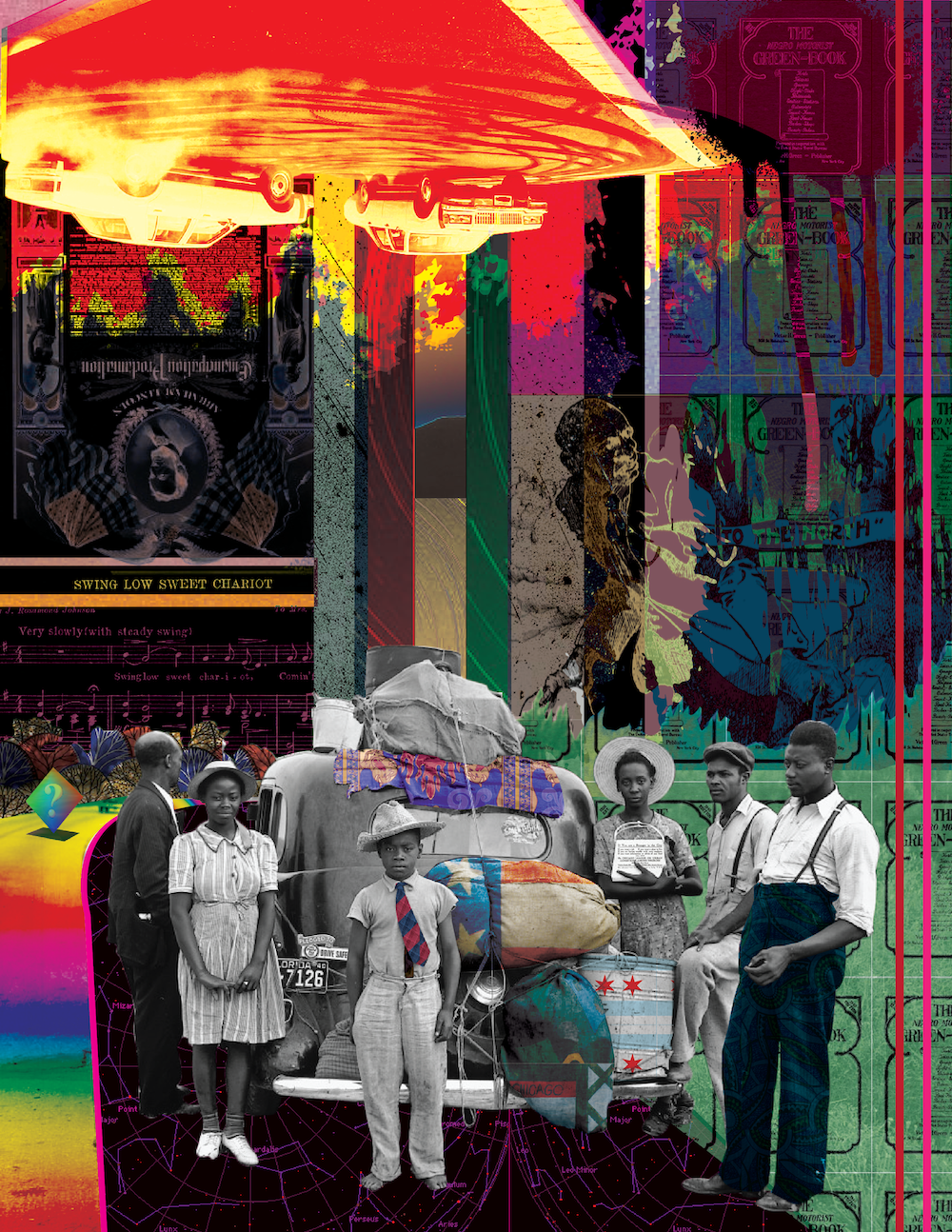
12.18.2022
The Great Migration was the movement of 5 million African-Americans out of the rural Southern United States to the urban Northeast, Midwest, and West that occurred between 1915 and 1960. Until 1910, more than 90 percent of the African American population lived in the American South.
In 1900, only one-fifth of African-Americans living in the South were living in urban areas. By the end of the Great Migration, 53 percent of the African-American population remained in the South, while 40 percent lived in the North, and 7 percent in the West, and the African-American population had become highly urbanized.
By 1970, more than 80 percent of African-Americans lived in cities, and by 1960, of those African-Americans still living in the South, half now lived in urban areas.
In 1991, Nicholas Lemann wrote that the Great Migration:
was one of the largest and most rapid mass internal movements in history—perhaps the
greatest not caused by the immediate threat of execution or starvation.
In sheer numbers it outranks the migration of any other ethnic group—Italians or Irish
or Jews or Poles—to [the United States].
For blacks, the migration meant leaving what had always been their economic and social base in America, and finding a new one.
#february
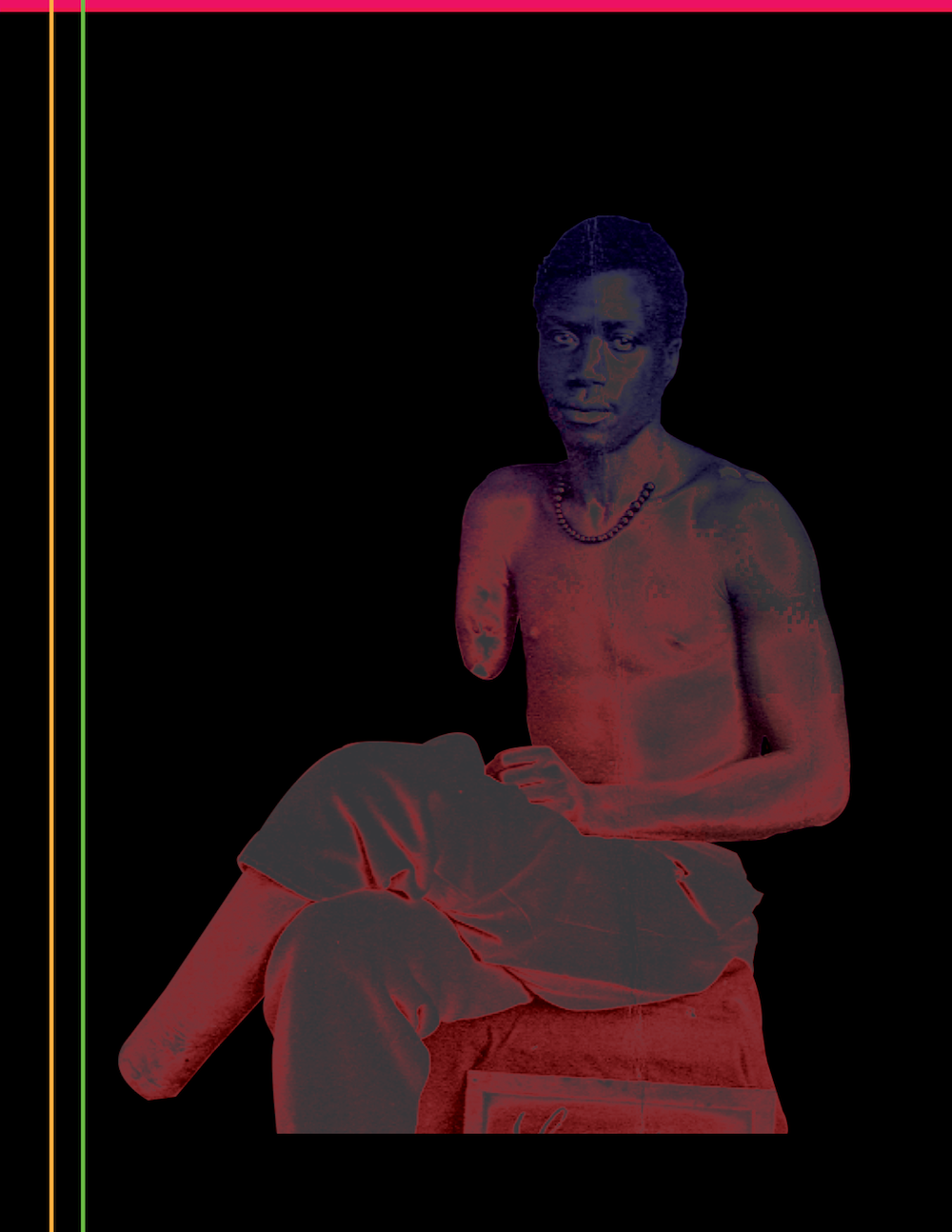
12.19.2022
#february

12.20.2022
shortly before South Africa's first nonsegregated election in April 1994.
#february

12.21.2022
The 1967 Detroit Riot, also known as the 12th Street Riot or Detroit Rebellion, was the bloodiest of the urban riots in the United States during the "Long, hot summer of 1967”. Composed mainly of confrontations between Black residents and the Detroit Police Department, it began in the early morning hours of Sunday July 23, 1967, in Detroit, Michigan.
The precipitating event was a police raid of an unlicensed, after-hours bar, known as a blind pig, on the city's Near West Side. It exploded into one of the deadliest and most destructive riots in American history, lasting five days and surpassing the scale of Detroit's 1943 race riot 24 years earlier.
In the early 20th century, when African Americans migrated to Detroit in the Great Migration, the city experienced a rapidly increasing population and a shortage of housing. African Americans encountered strong discrimination in housing. Both racial covenants and unspoken agreements among whites kept black people out of certain neighborhoods and prevented most African Americans from buying their own homes.
The presence of Ku Klux Klan members throughout Michigan furthered racial tensions and violence. Malcolm X's father, Earl Little, was killed in a streetcar accident in 1931, although it is alleged the Klan's Black Legion in East Lansing was involved.
In addition, a system of redlining was instituted, which made it nearly impossible for black Detroiters to purchase a home in most areas of the city, effectively locking black residents into lower-quality neighborhoods. These discriminatory practices and the effects of the segregation that resulted from them contributed significantly to the racial tensions in the city before the riot. Segregation also encouraged harsher policing in African American neighborhoods, which escalated black Detroiters' frustrations leading up to the riot.
The violence escalated throughout Monday, resulting in some 483 fires, 231 incidents reported per hour, and 1,800 arrests. Looting and arson were widespread. Black-owned businesses were not spared. One of the first stores looted in Detroit was Hardy's drug store, owned by black people and known for filling prescriptions on credit. Detroit's leading black-owned women's clothing store was burned, as was one of the city's best-loved black restaurants. In the wake of the riots, a black merchant said, "you were going to get looted no matter what color you were." Firefighters of the Detroit Fire Department who were attempting to fight the fires were shot at by rioters. During the riots, 2,498 rifles and 38 handguns were stolen from local stores. It was obvious that the City of Detroit, Wayne County, and State of Michigan forces were unable to restore order.
Some analysts believed that violence escalated with the deployment of troops, although they brought rioting under control within 48 hours. Nearly all of the Michigan Army National Guard were exclusively white, inexperienced militarily, and did not have urban backgrounds, while the Army paratroopers were racially integrated and had seen service in Vietnam. As a result, the Army paratroopers were at ease and able to communicate easily in the city while the National Guardsmen were not as effective. The National Guardsmen engaged in what they said were firefights with locals, resulting in the death of one Guardsman. Of the 12 people that troops shot and killed, only one was shot by a federal soldier. Army paratroopers were ordered not to load their weapons except under the direct order of an officer. The Cyrus Vance report made afterward criticized the actions of the National Guardsmen, who shot and killed nine civilians.
The most influential change came from African Americans in powerful positions. The uprising made African Americans the majority in Detroit, and gave them political power. For the first time in the city's history, African Americans could affect municipal policy. Political figures such as Mayor Coleman Young enacted policies which attempted to integrate the city. Young began with changes to the police and fire departments, implementing a two-list system which gave African Americans an equal chance of promotion; his goal was to balance the departments' racial and gender makeup. Young sought the backing of President Jimmy Carter, allowing money to flow into Detroit for improvements in education and housing. In 1972 the Detroit Common Council elected its first African American president, Erma Henderson, who fought insurance redlining and discrimination in the judicial system and public spaces.
#february

12.22.2022
enslaved Africans processing sugar
Jamestown, Virginia was founded in 1607. Sugarcane was brought there by 1619, but the colonists couldn't make it grow.
As it was a new country, the United States started their sugar production late in the game versus the forces of England, France, and Portugal. However they had their own sugar islands in Puerto Rico, Cuba, Hawaii, and The Philippines.
Around the time of the US Civil War, we got half our sugar from Cuba and half from Louisiana. After the American Civil War (that ended slavery), Cuban slave owners wanted to end slavery but wanted to be compensated from Spain for each slave freed. Spain refused, and this led to the Ten Years War. This didn’t end up freeing Cuba (that was 1898) from Spain but it did end slavery in Cuba in 1886.
After this, the US imported 82 percent of all Cuban sugar, so sugar interests in Cuba became controlled by American interests. Eventually 2/3 of Cuban sugar was controlled by American interests.
In the US, it was sugar producers fleeing the Haitian revolution who made Louisiana’s sugar plantations profitable.
In Hawaii as land leases were granted to grow sugarcane, native Hawaiians were displaced. Irrigation for sugarcane cultivation diverted streams from their land, so many younger Hawaiians immigrated to California.
The US marines, acting for the sugar interests, deposed Queen Lili’uokalani. Hawaii was annexed to the US mostly so that the sugar planters could have free access to the US market.
At the 1904 St. Louis World’s Fair, Miss Louisiana was carved from a five-foot sugar lump. Jell-O created new fans. Fairy Floss, aka cotton candy, was also introduced.
In the 1800s in the US, grocery stores had portable mills to grind lumps of muscovado sugar into granules.
In 1858 the Mason Jar was invented and canning took off. Canning required white sugar, increasing the demand for it. The ice cream craze also increased demand for sugar through the mid-1800s.
#february
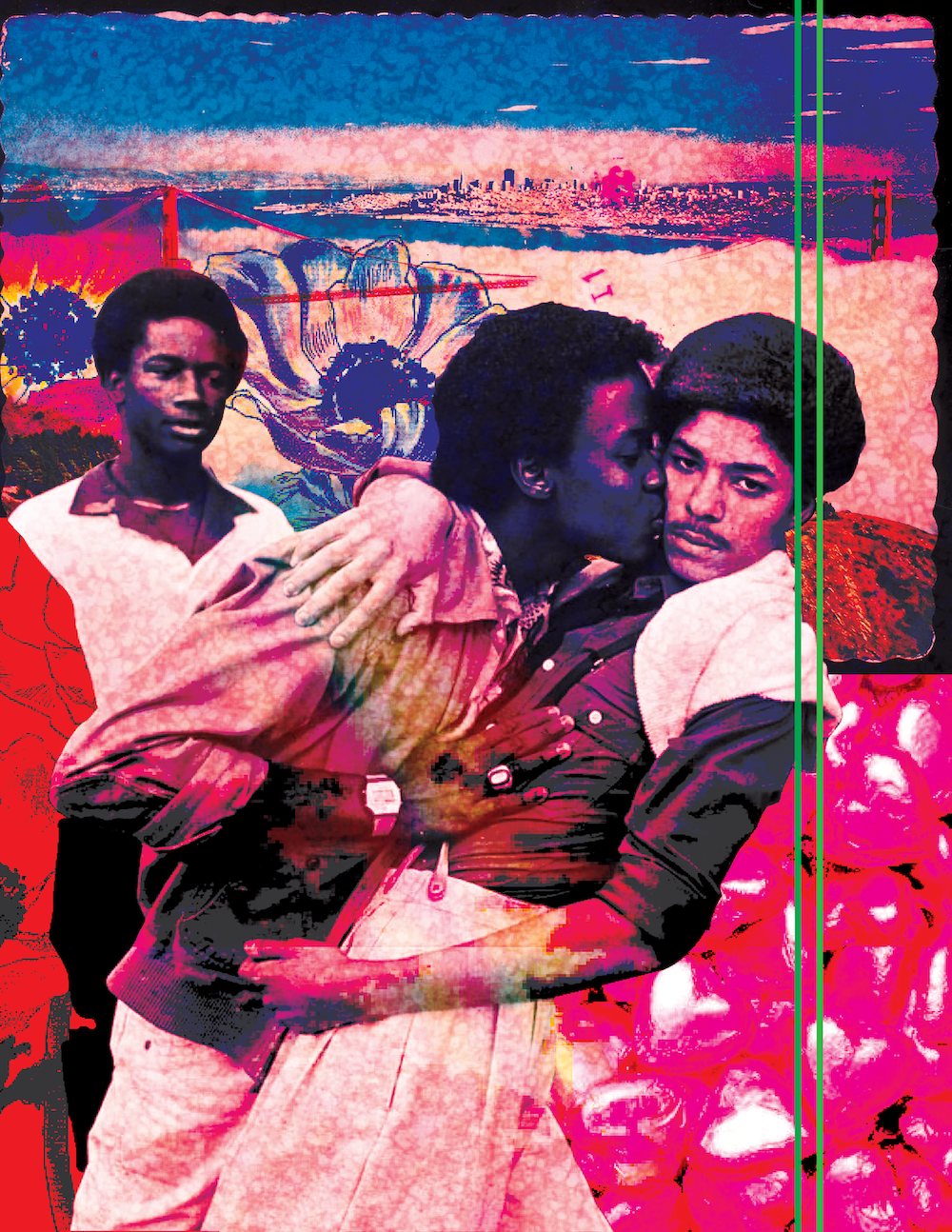
12.23.2022
Castro Street Fair, San Francisco, August 17, 1980
#february

12.24.2022
Malcolm X later also known as el-Hajj Malik el-Shabazz was an African AmericanMuslim minister and human rights activist. To his admirers he was a courageous advocate for the rights of blacks, a man who indicted white America in the harshest terms for its crimes against black Americans; detractors accused him of preaching racism and violence.
He has been called one of the greatest and most influential African Americans in history.
Malcolm X was effectively orphaned early in life. His father was killed when he was six and his mother was placed in a mental hospital when he was thirteen, after which he lived in a series of foster homes.
In 1946, at age 20, he went to prison for larceny and breaking and entering. While in prison, he became a member of the Nation of Islam, and after his parole in 1952, quickly rose to become one of the organization's most influential leaders.
He served as the public face of the controversial group for a dozen years. In his
autobiography, Malcolm X wrote proudly of some of the social achievements the Nation
made while he was a member, particularly its free drug rehabilitation program.
The Nation promoted black supremacy, advocated the separation of black and white Americans,
and rejected the civil rights movement for its emphasis on integration.
By March 1964, Malcolm X had grown disillusioned with the Nation of Islam and its
leader Elijah Muhammad. Expressing many regrets about his time with them, which he
had come to regard as largely wasted, he embraced Sunni Islam.
After a period of travel in Africa and the Middle East, which included completing the Hajj, he repudiated the Nation of Islam, disavowed racism and founded Muslim Mosque, Inc. and the Organization of Afro-American Unity.
He continued to emphasize Pan-Africanism, black self-determination, and black self defense.
#february

12.25.2022
In December 1955, after Rosa Parks refused to give up her seat on a Montgomery, Ala., bus to a white man, the Rev. Martin Luther King Jr. and other black ministers and community leaders organized a citywide bus boycott in protest. That part is well known. Less well-known is the story of Georgia Gilmore, the Montgomery cook, midwife and activist whose secret kitchen fed the civil rights movement.
When King and others held meetings of the Montgomery Improvement Association at the Holt Street Baptist Church, Gilmore was there, selling fried chicken sandwiches and other foods to the African-American men and women gathered there who'd pledged not to use the city's buses until they were desegregated.
Gilmore organized black women to sell pound cakes and sweet potato pies, fried fish and stewed greens, pork chops and rice at beauty salons, cab stands and churches.
"She offered these women, many of whose grandmothers were born into slavery, a way to contribute to the cause that would not raise suspicions of white employers who might fire them from their jobs, or white landowners who might evict them from the houses they rented.
The money they raised helped pay for the alternative transportation system that arose in Montgomery during the 381-day bus boycott: hundreds of cars, trucks and wagons that ferried black workers to and from their jobs across town each day.
Gilmore's cooking helped pay for the insurance, gas, wagons and vehicle repairs that kept that system going.
She called the group of women who worked with her in this project "The Club from Nowhere" because, as Betty Gilmore, Georgia's sister, told Edge years later, "It was like, 'Where did this money come from? It came from nowhere.”
#february
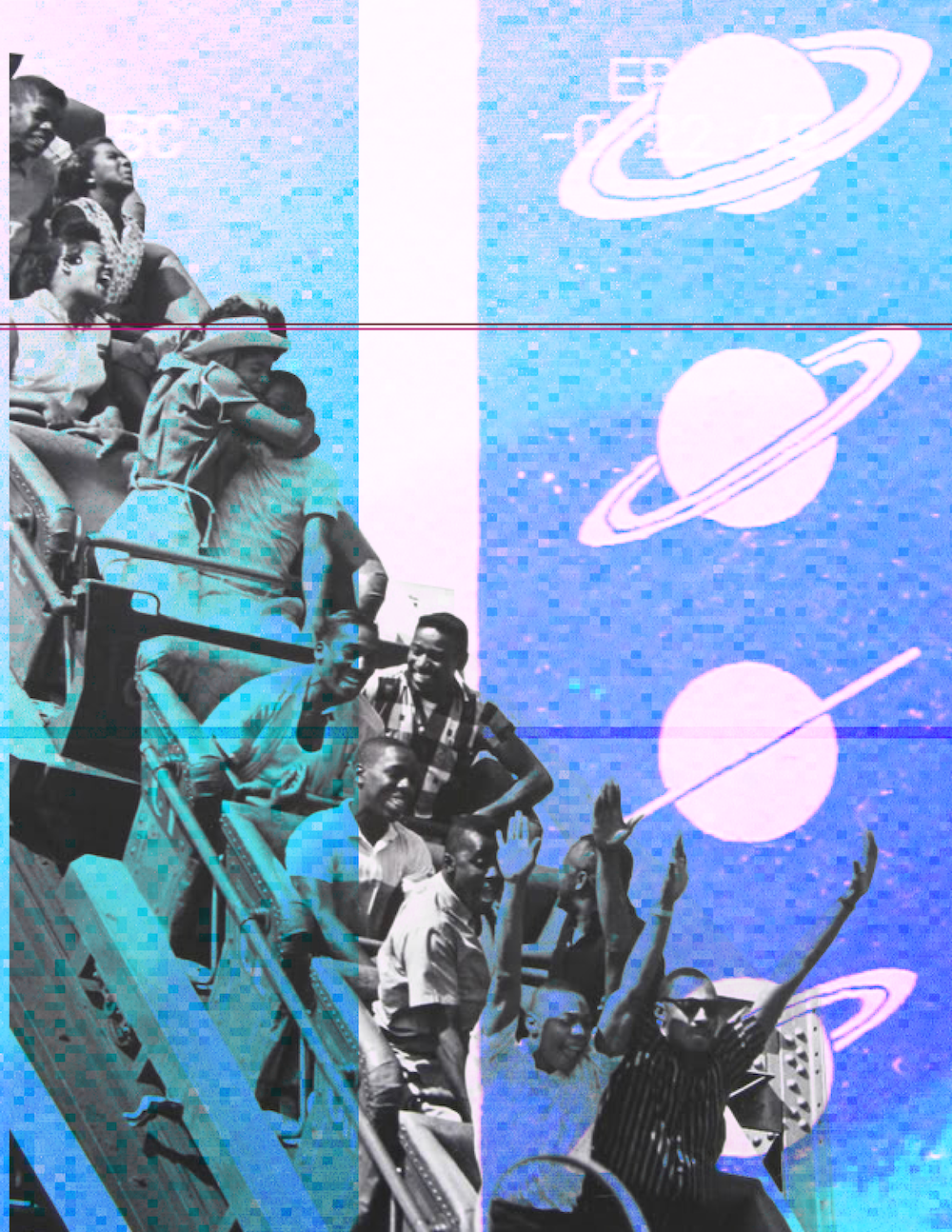
12.26.2022
Coney Island cyclone
#february

12.27.2022
#february
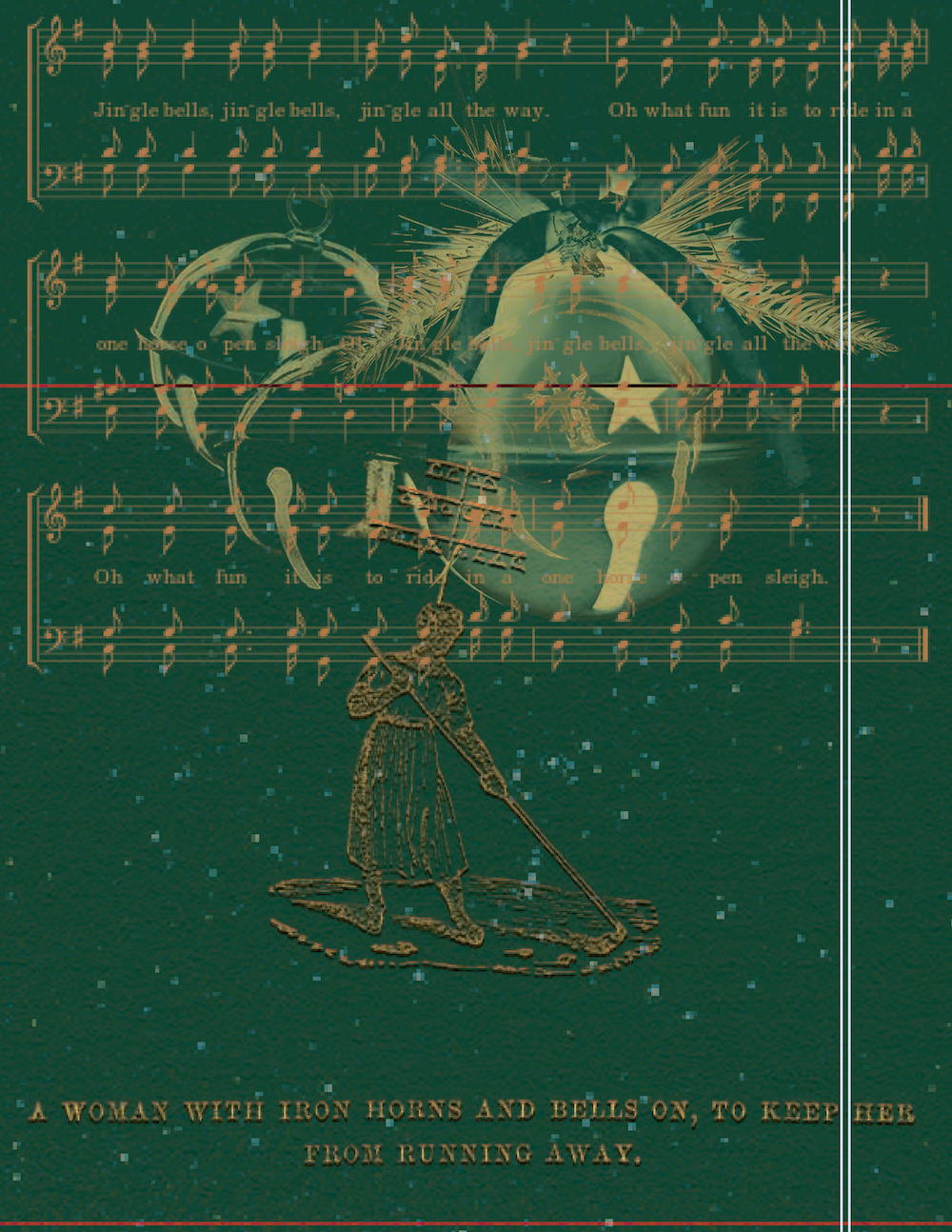
12.28.2022
taken from Narrative of the Adventures and Escape of Moses Roper from American Slavery.
Another mode of punishment which this man adopted, was that of using iron horns, with bells, attached to the back of the slave's neck. The following is the instrument of torture:-- See image
This instrument he used to prevent the negroes running away, being a very ponderous machine, several feet in height, and the cross pieces being two feet four, and six feet in length. This custom is generally adopted among the slave-holders in South Carolina, and other slave States.
One morning, about an hour before day break, I was going on an errand for my master; having proceeded about a quarter of a mile, I came up to a man named King, (Mr. Sumlin's overseer,) who had caught a young girl that had run away with the above machine on her.
She had proceeded four miles from her station, with the intention of getting into the hands of a more humane master. She came up with this overseer nearly dead, and could get no farther; he immediately secured her, and took her back to her master, a Mr. Johnson.
Having been in the habit of going over many slave States with my master, I had good opportunities of witnessing the harsh treatment which was adopted by masters towards their slaves.
As I have never heard or read anything connected with slavery, so cruel as what I have myself witnessed, it will be as well to mention a case or two.
#february
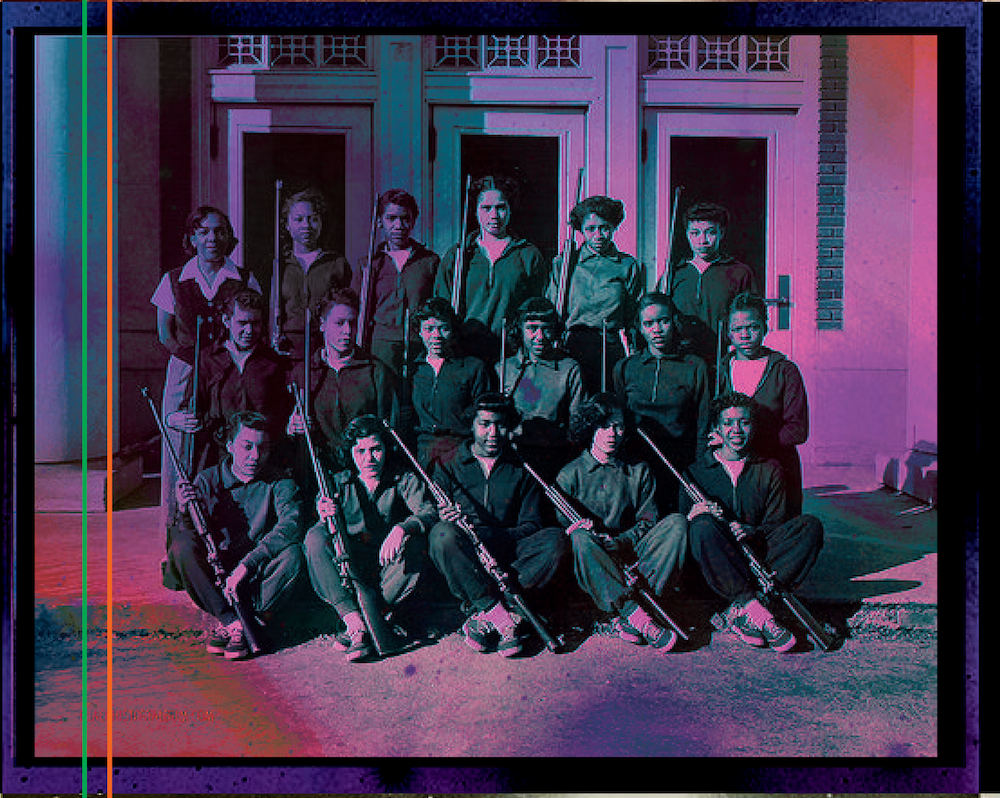
12.29.2022
Women's rifle team, Howard University, Washington DC, 1937.
#february
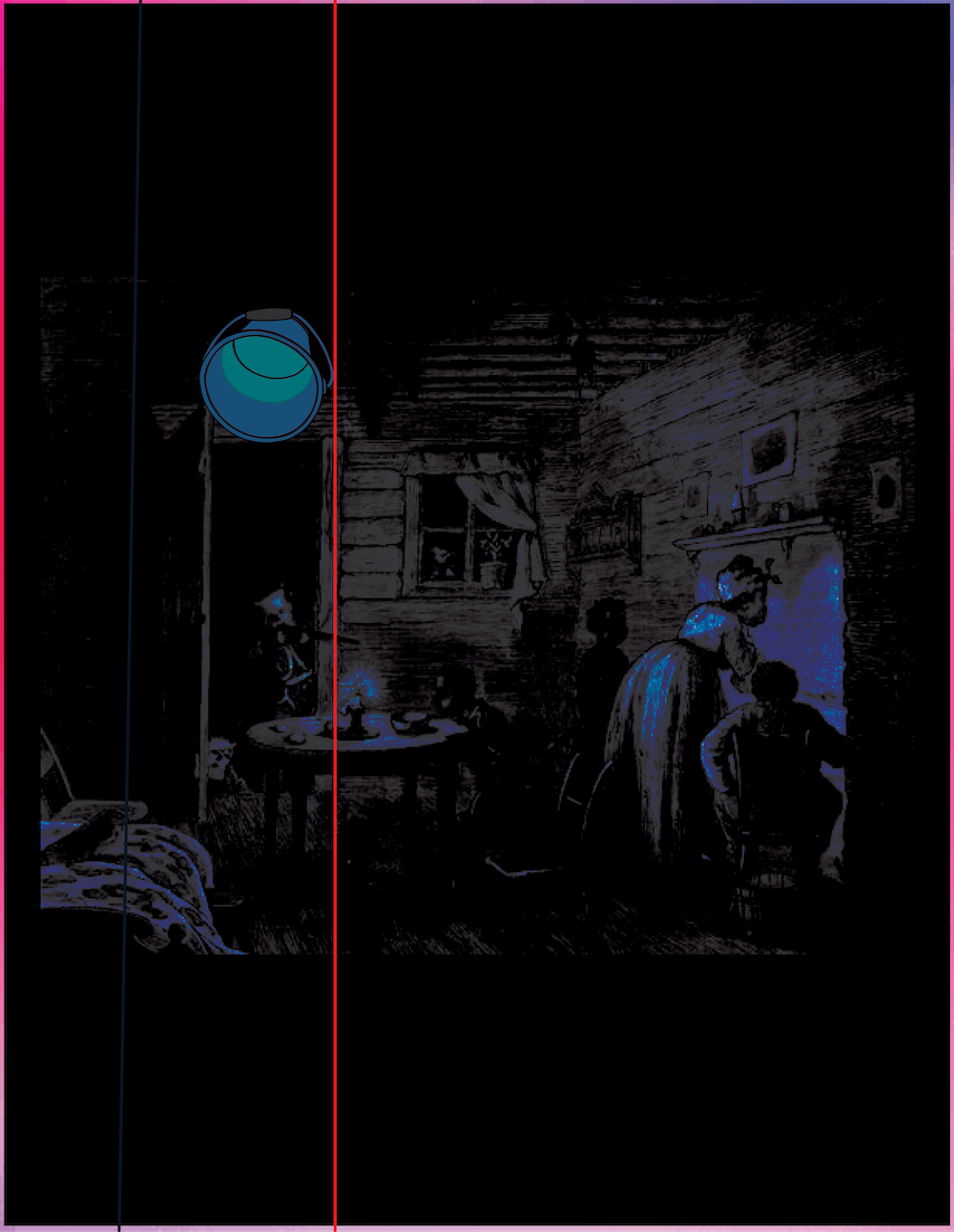
12.30.2022
February 24, 1872
"Visit of the Ku Klux Klan"
#february

12.31.2022
Shirley Chisolm conducting the census
#february